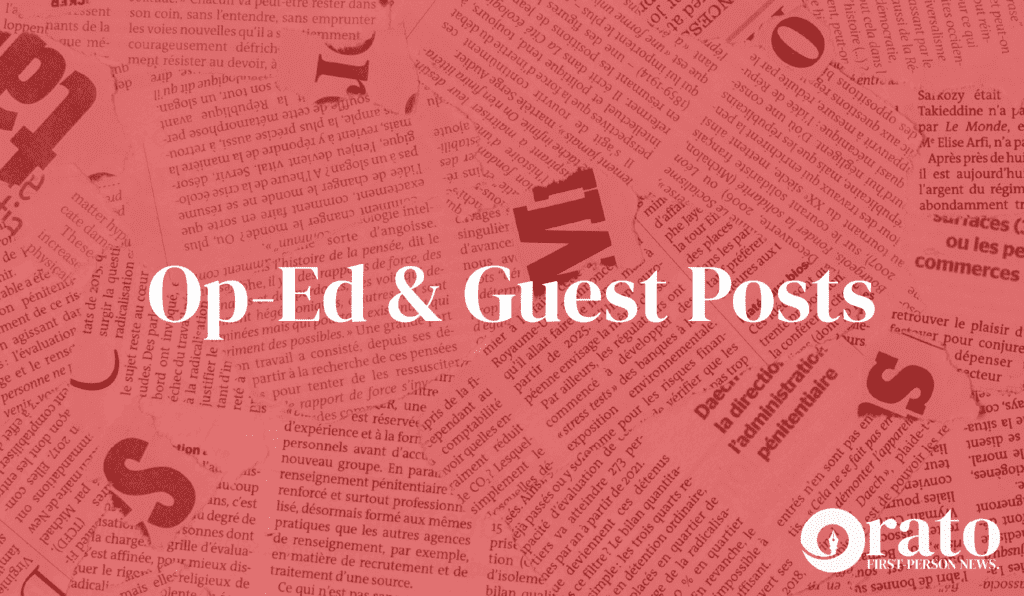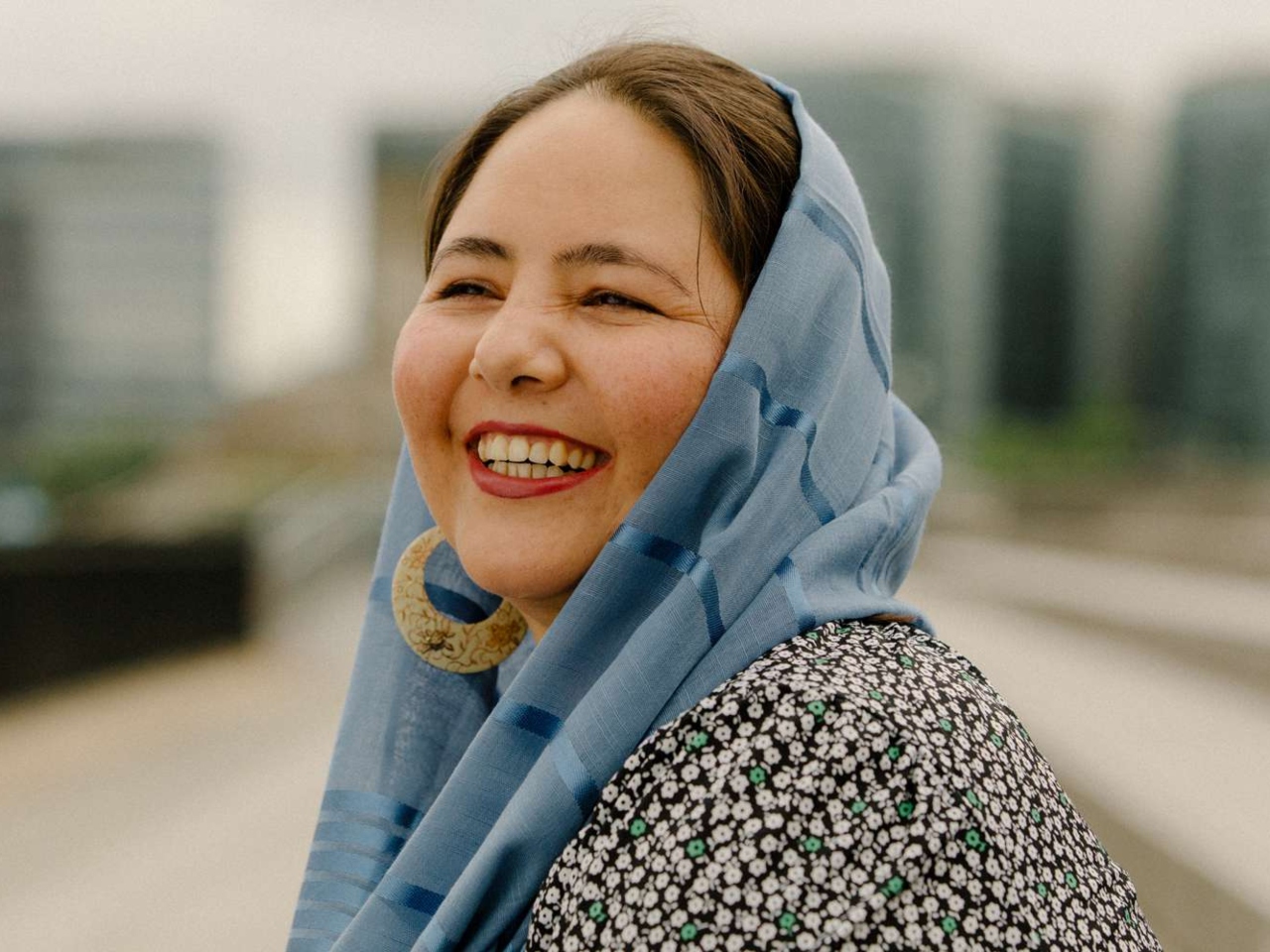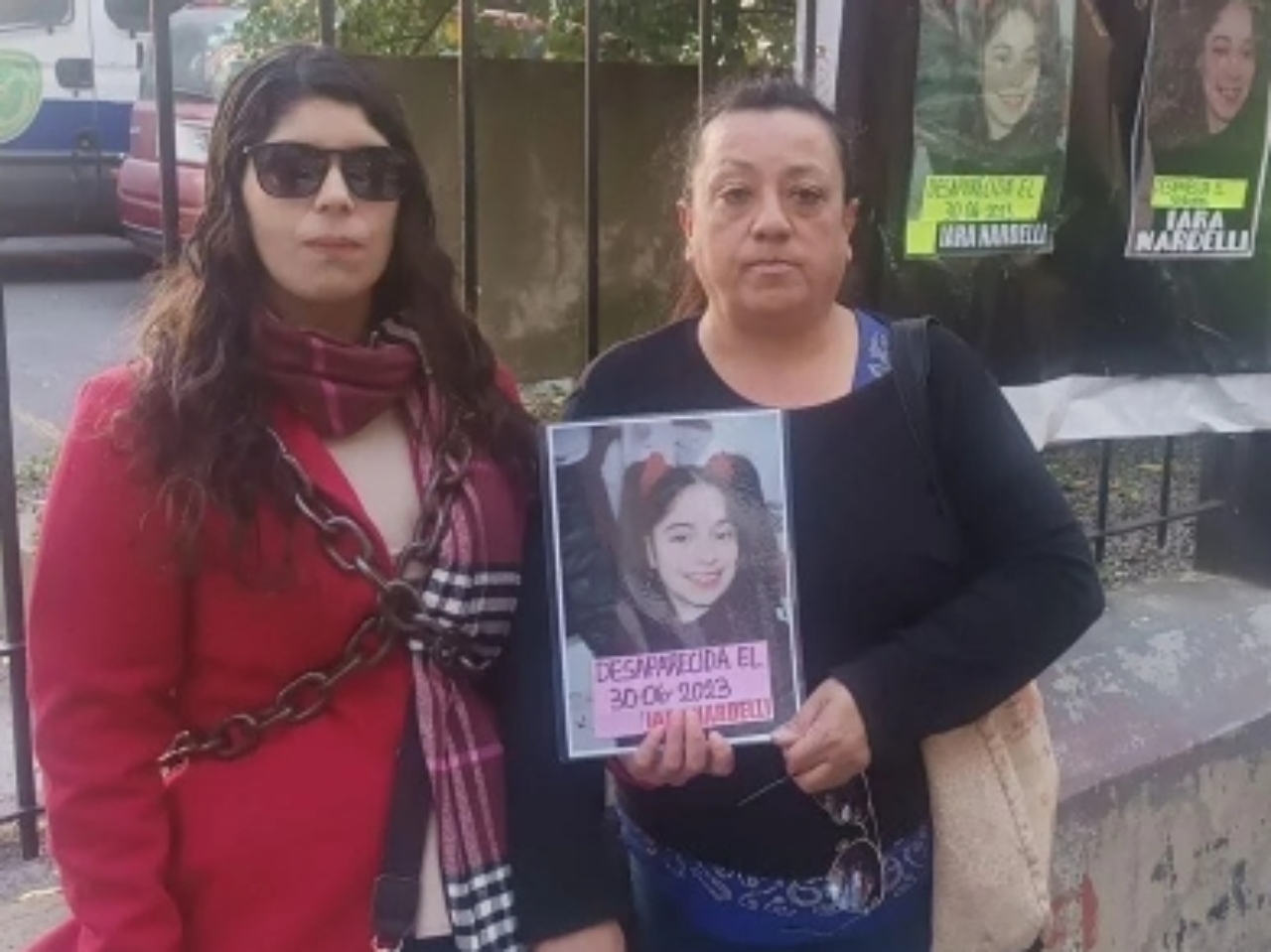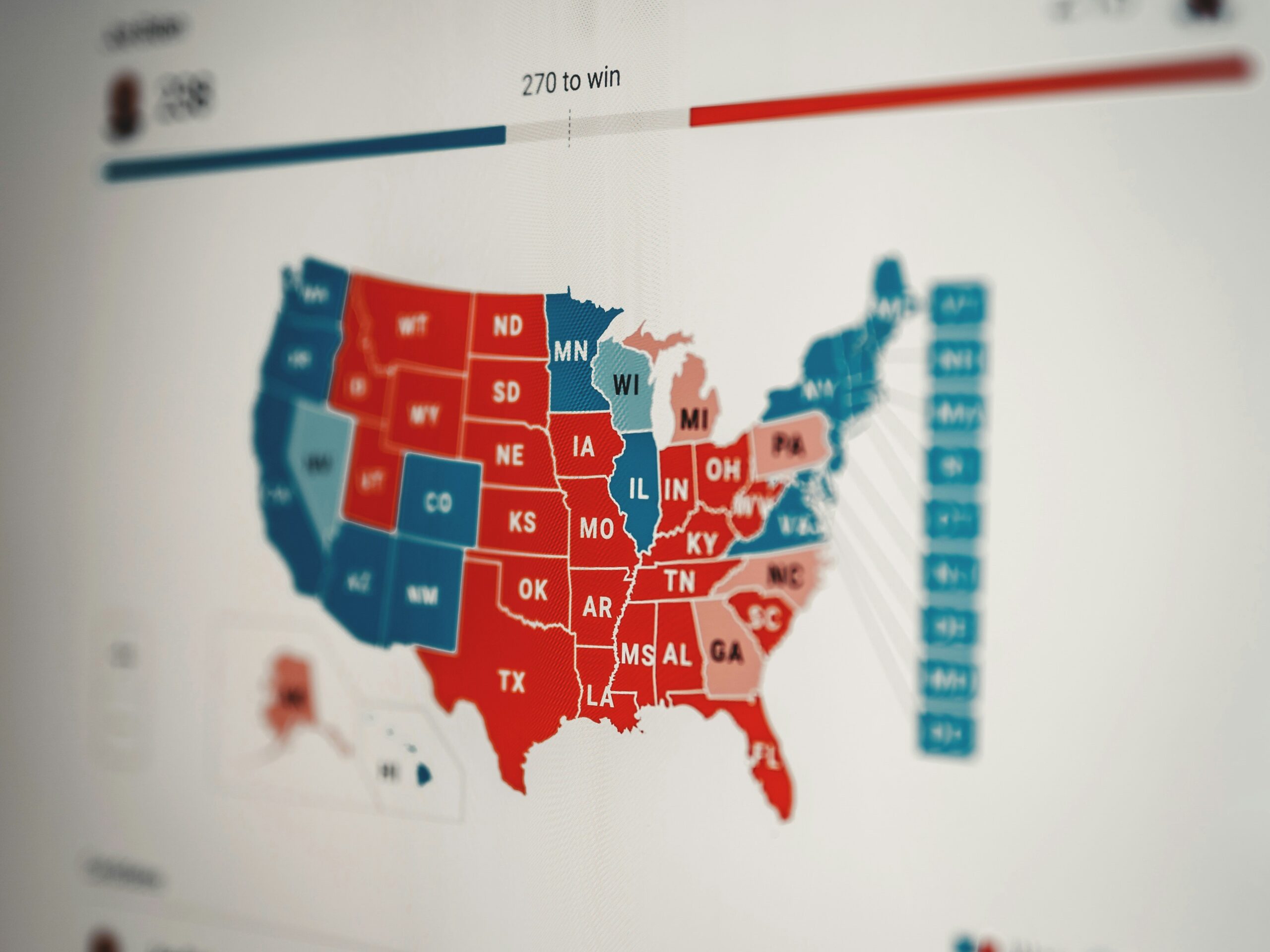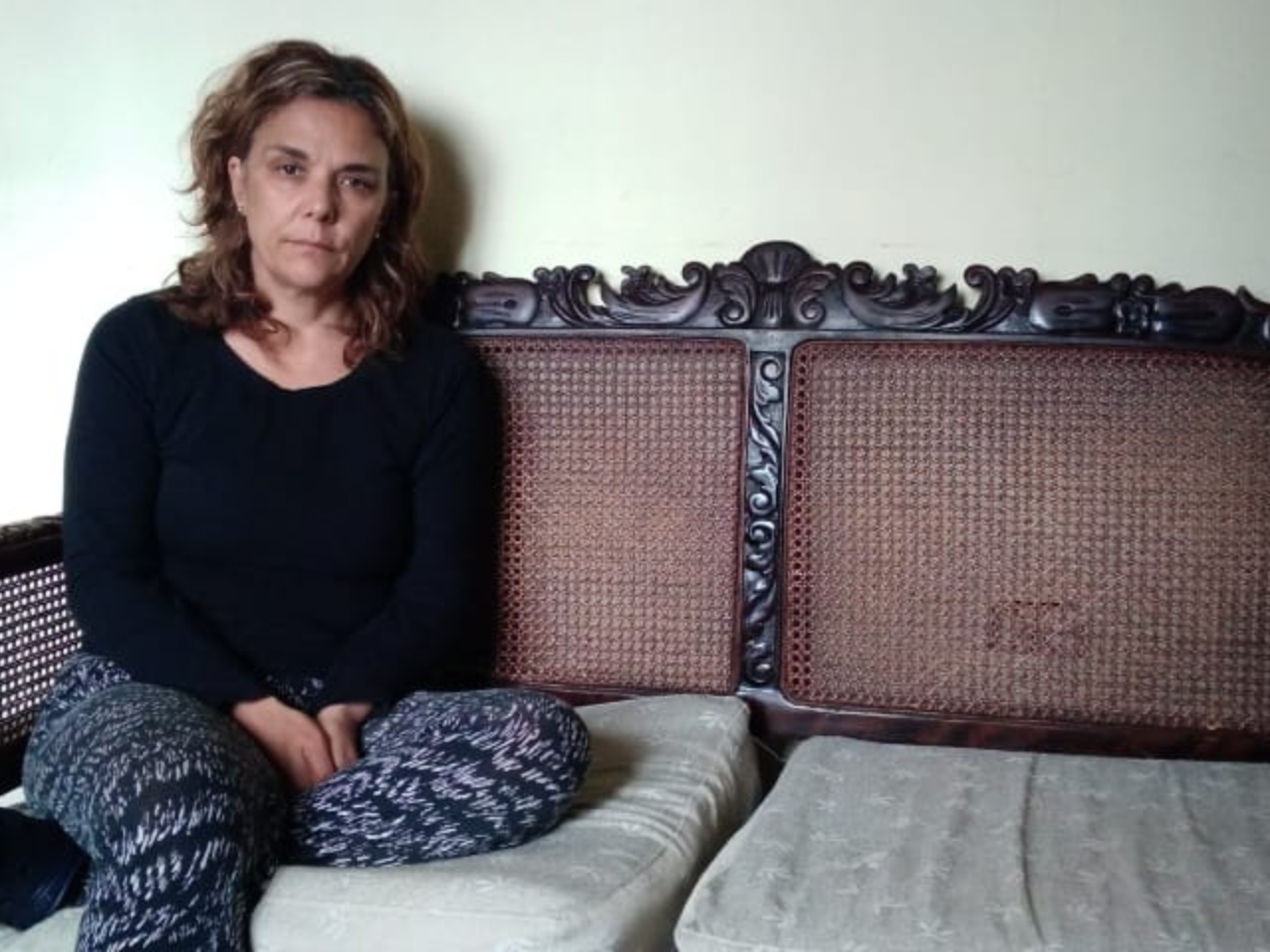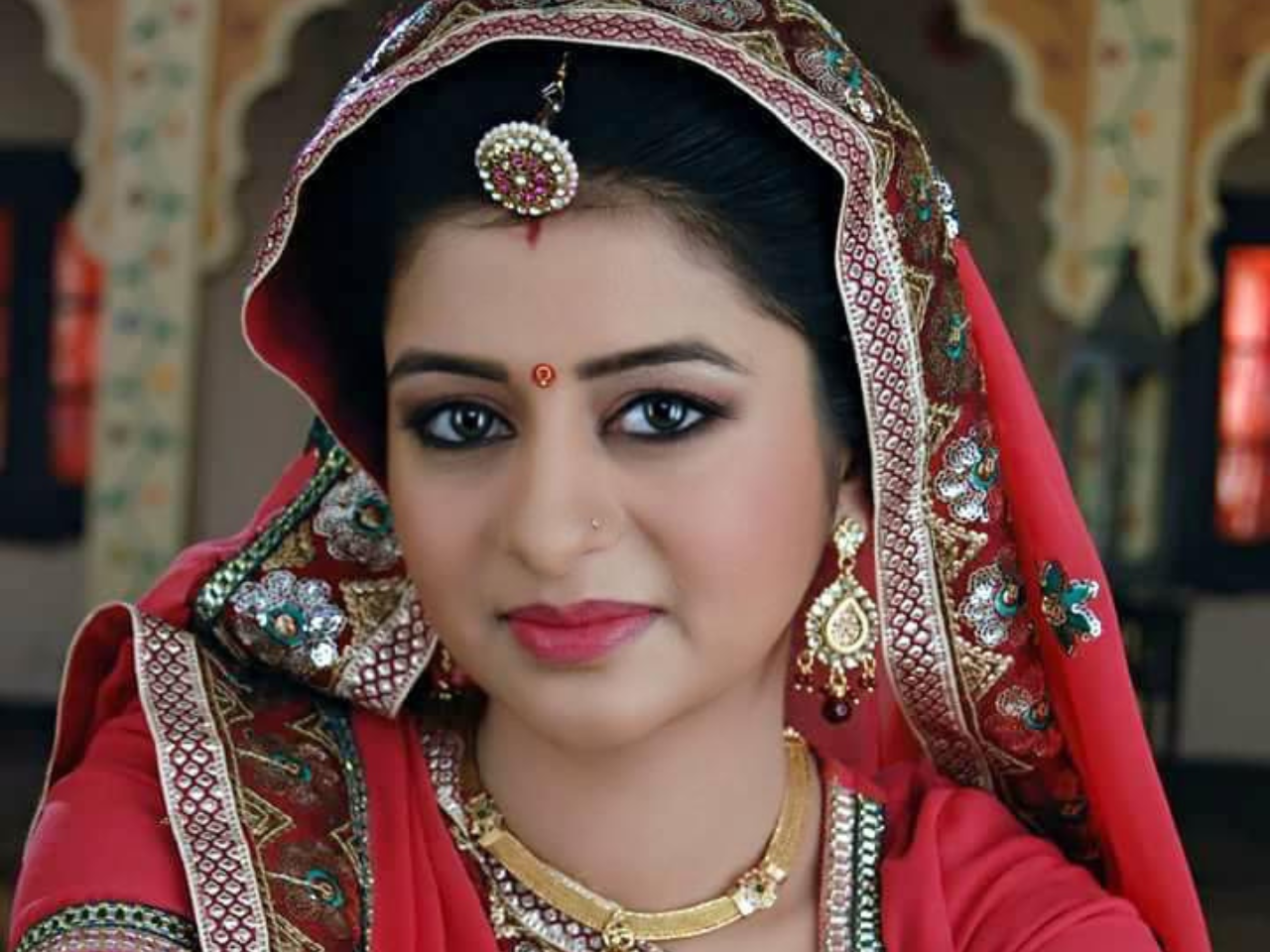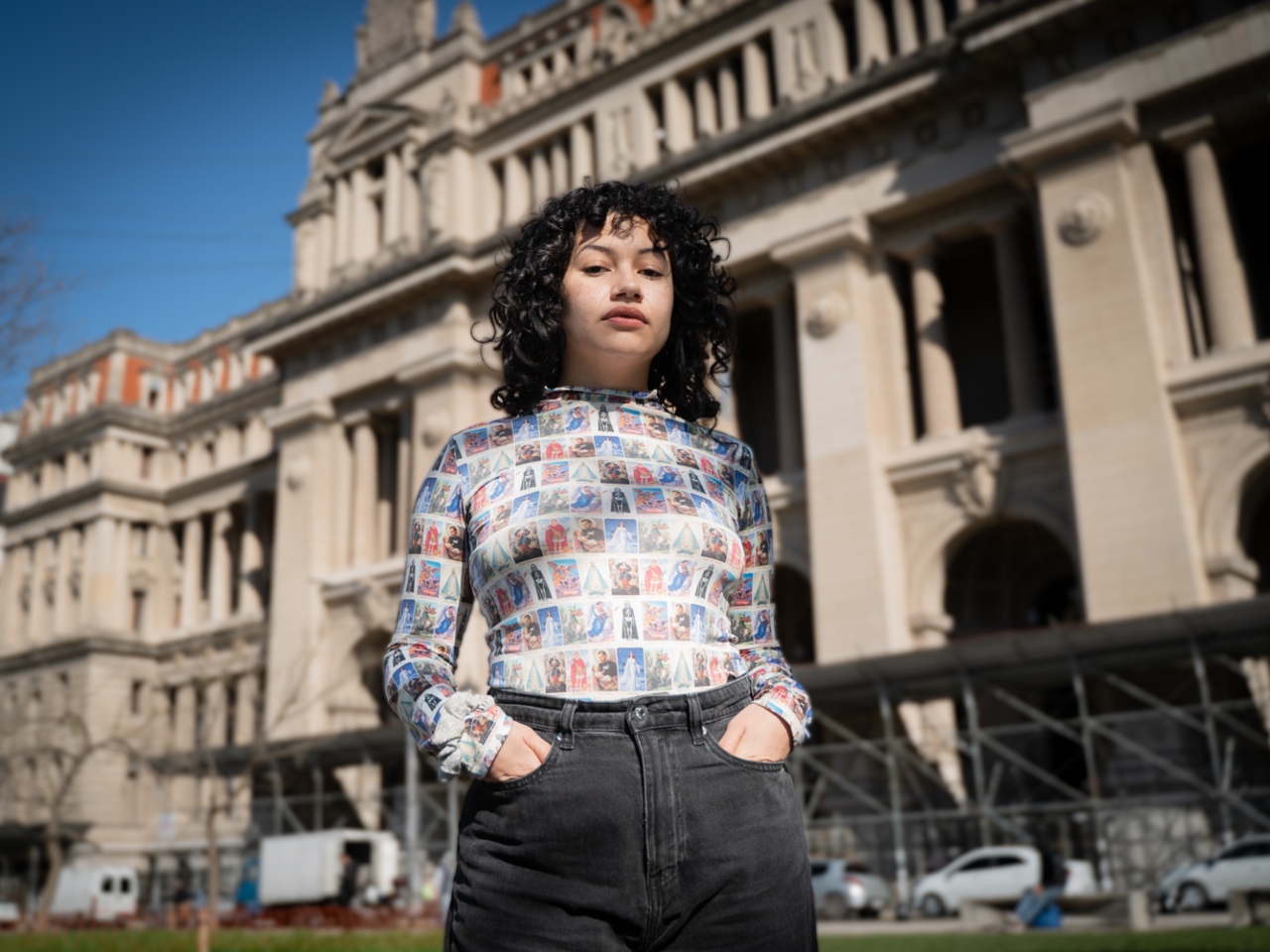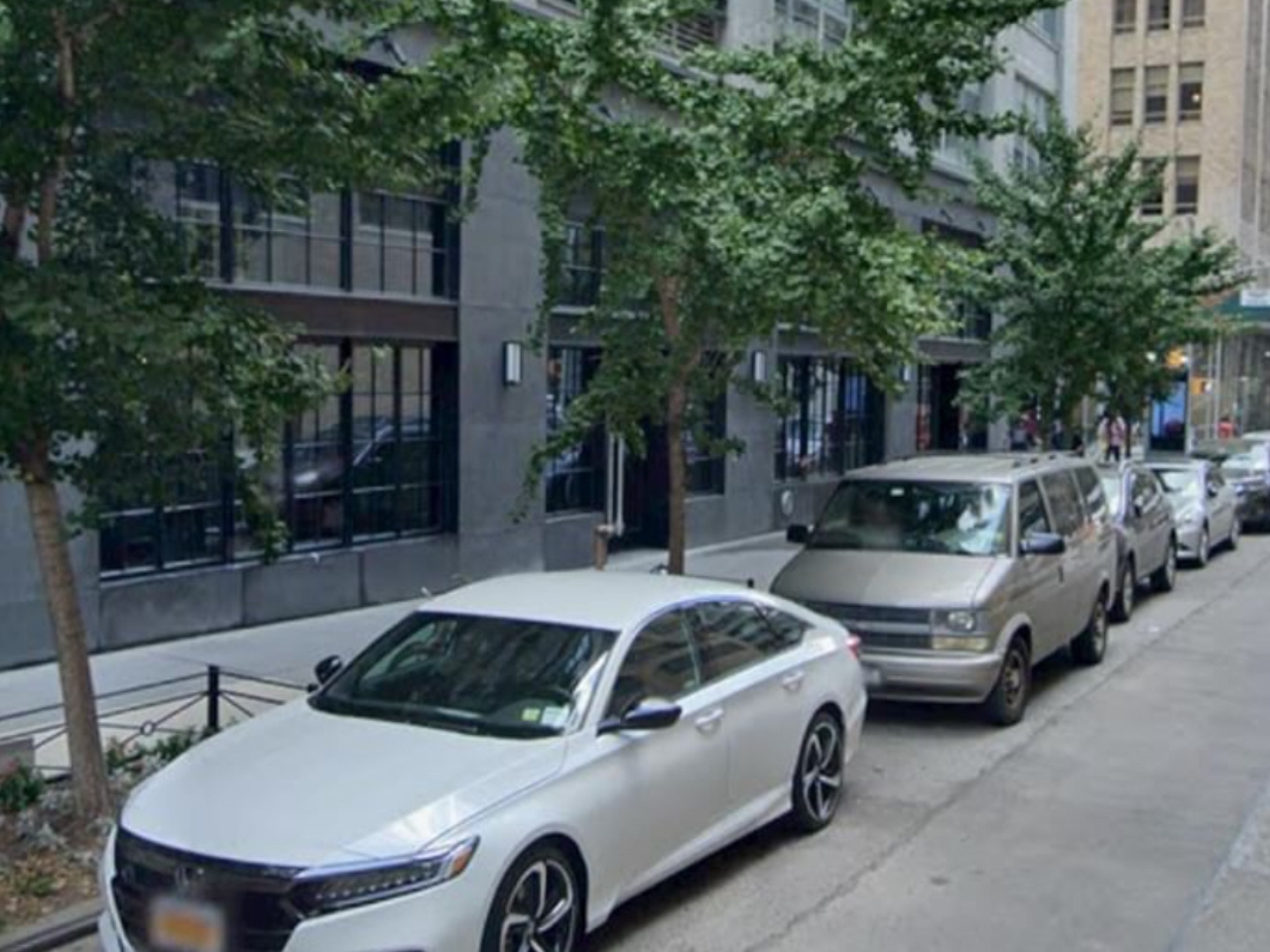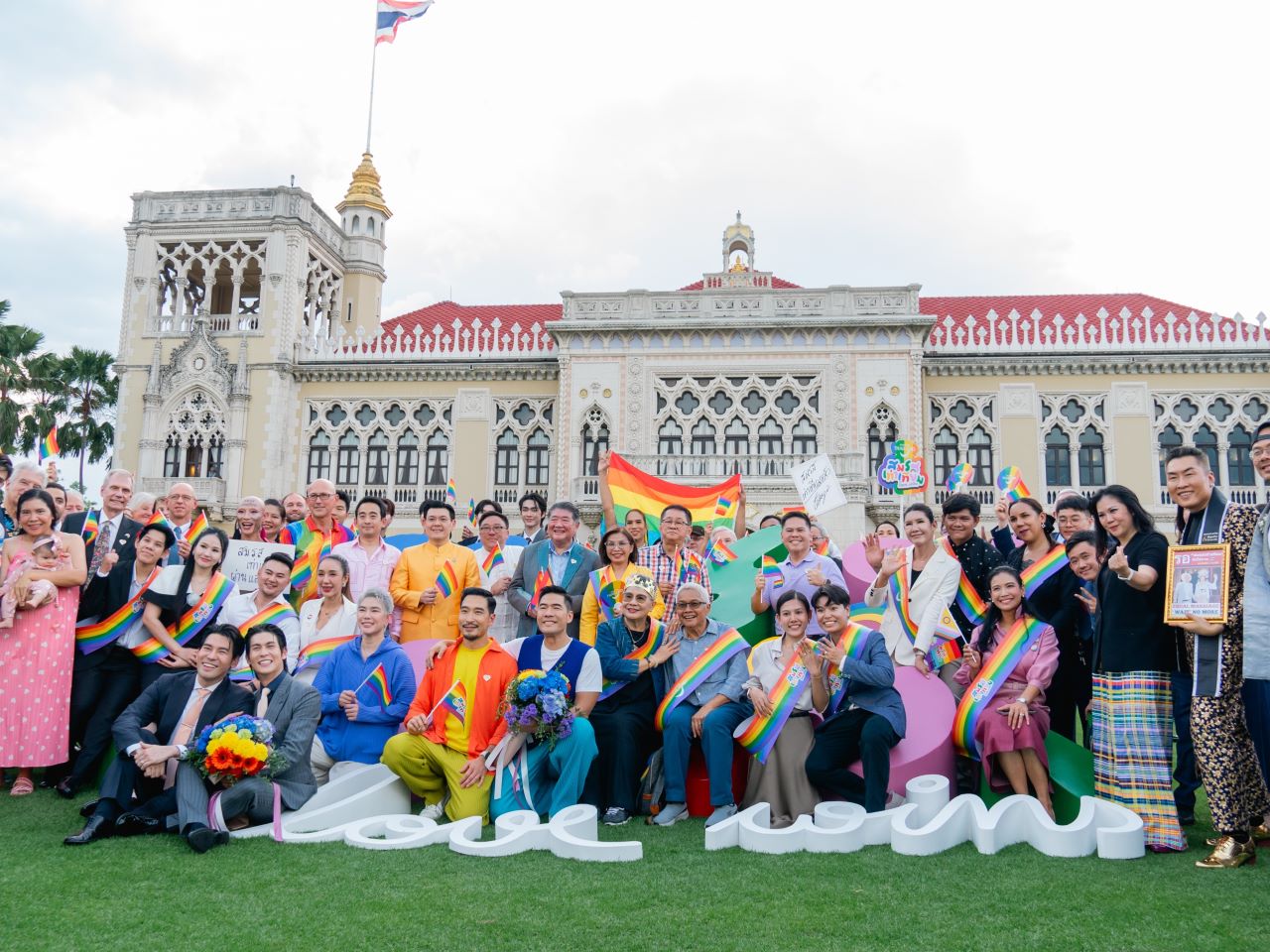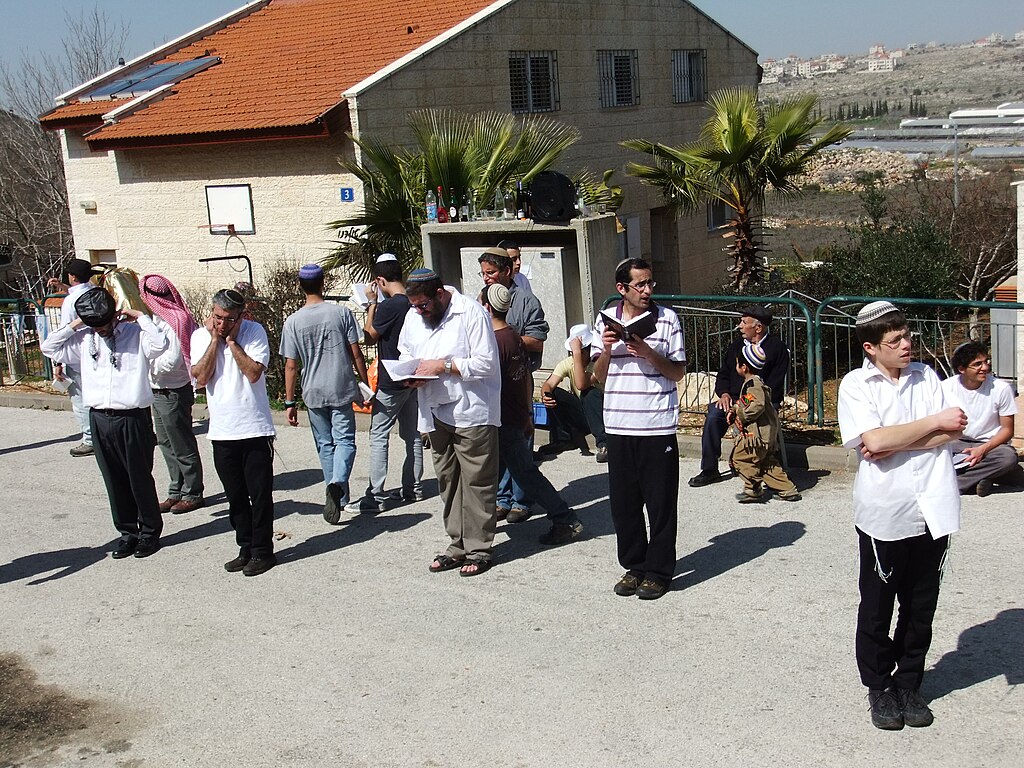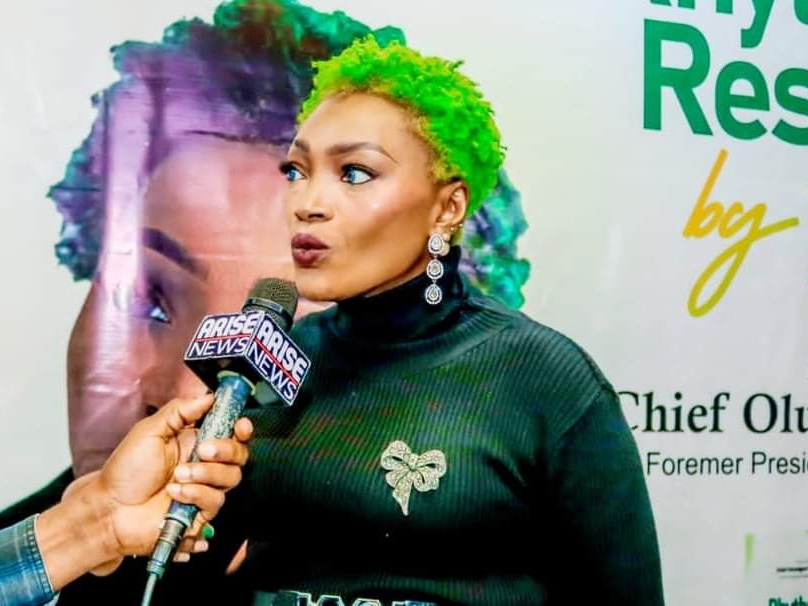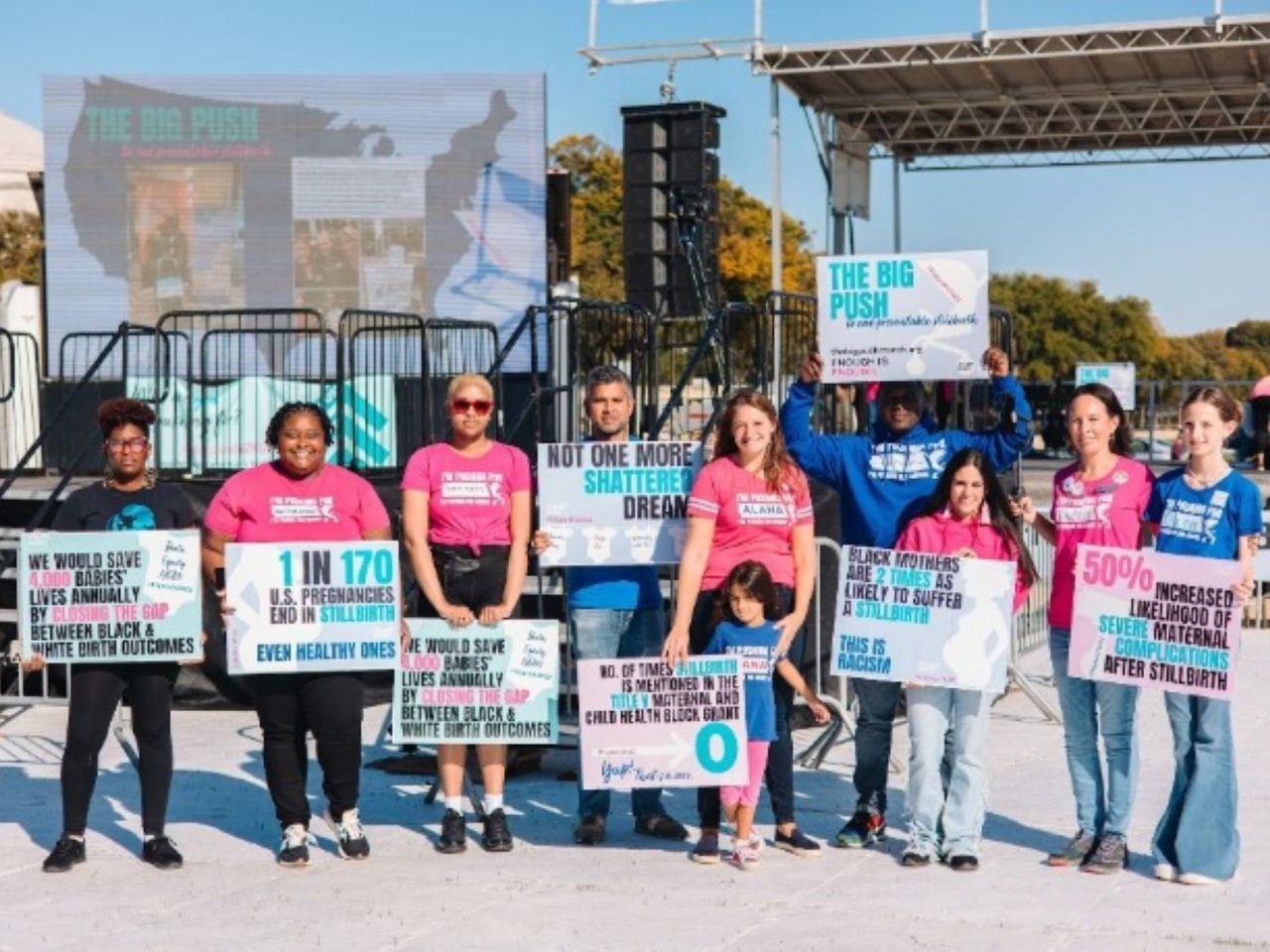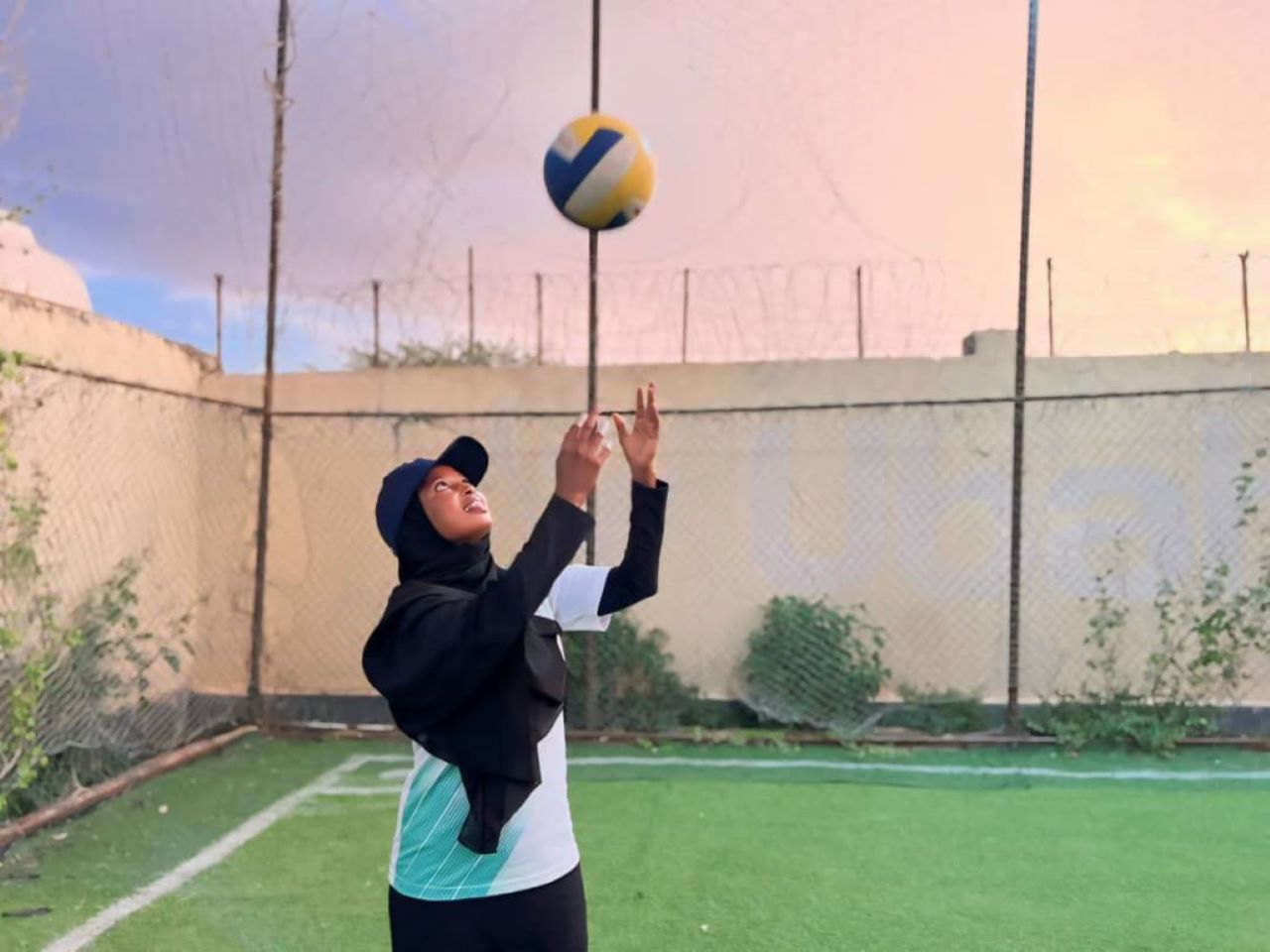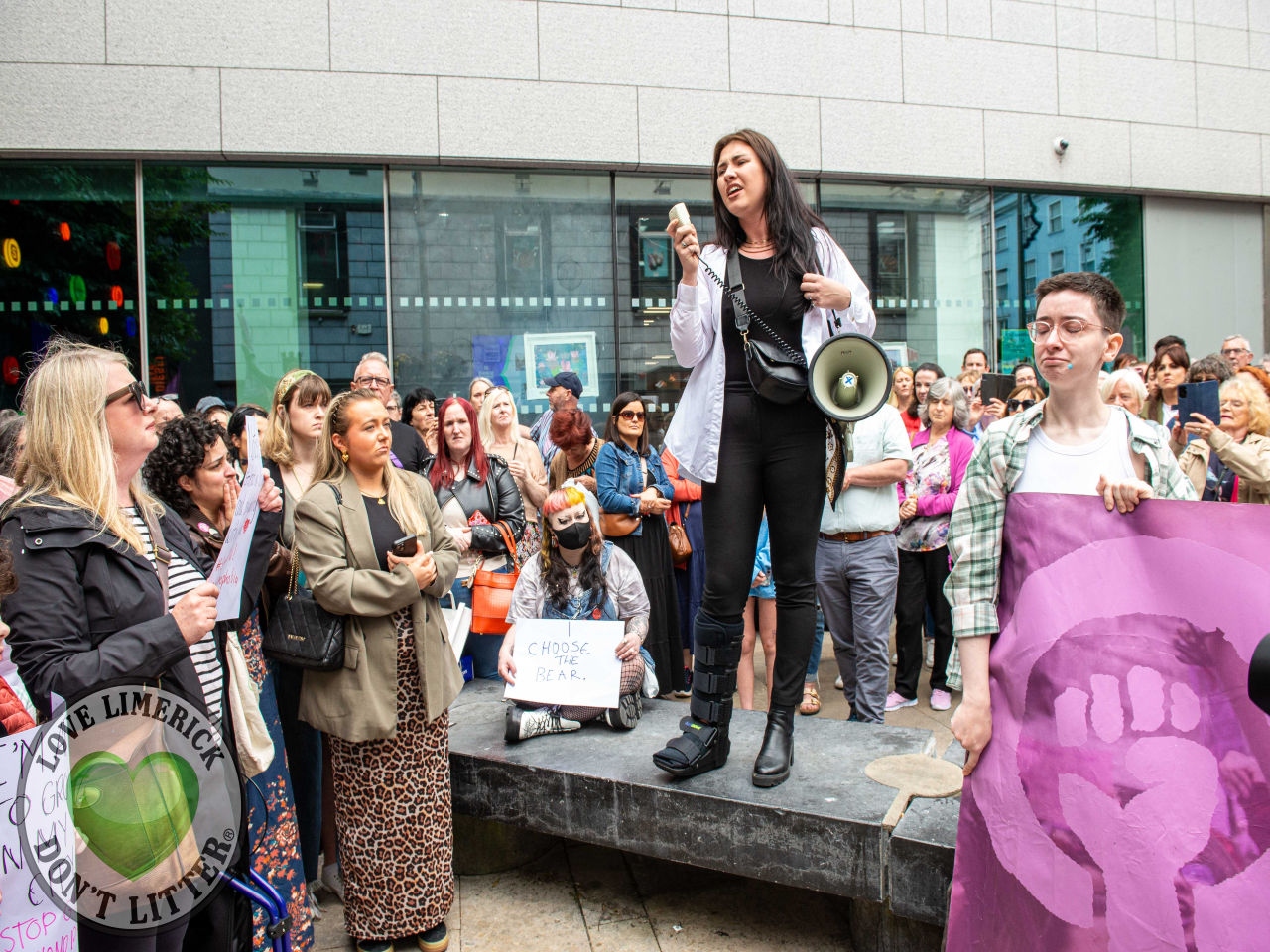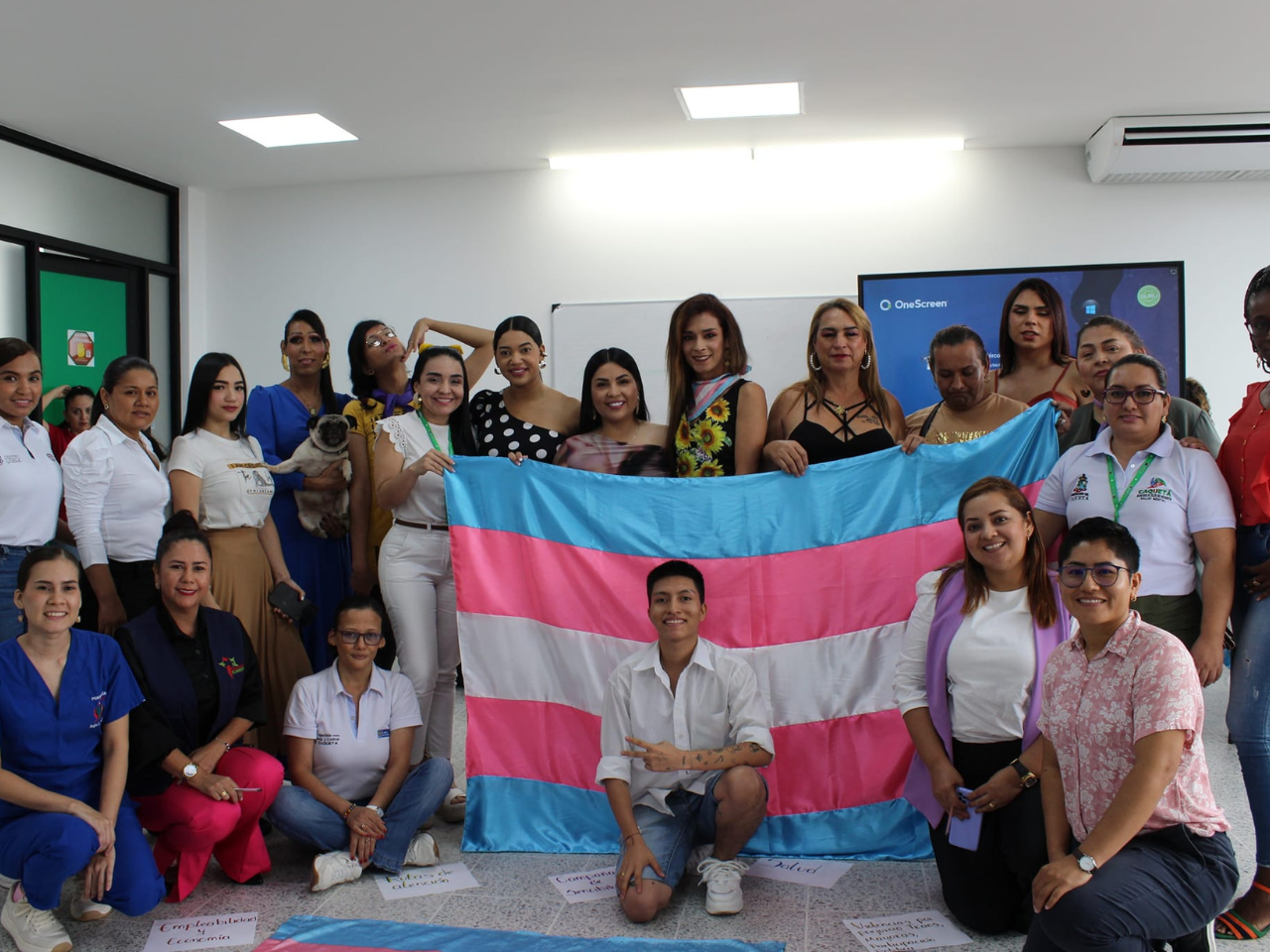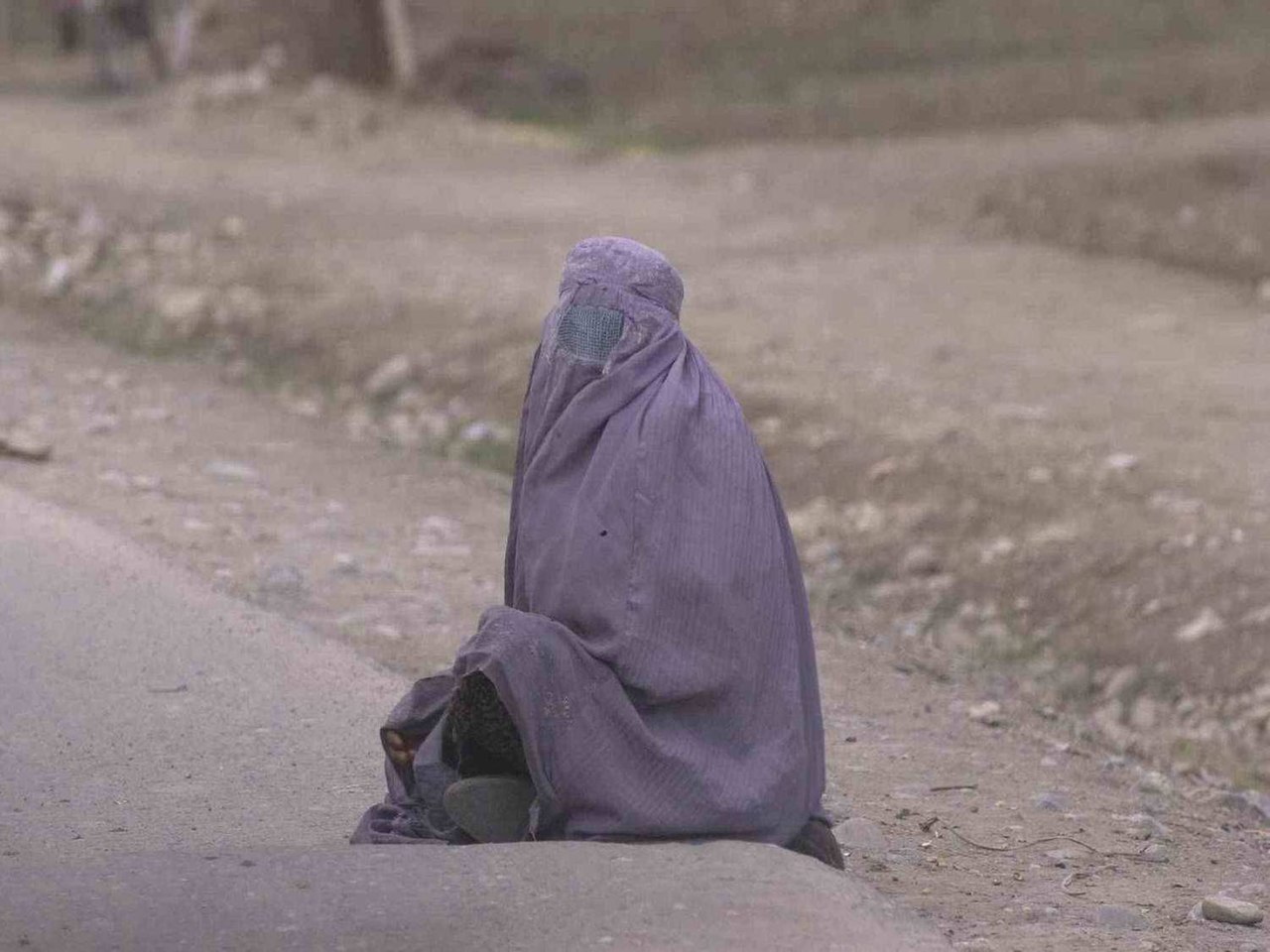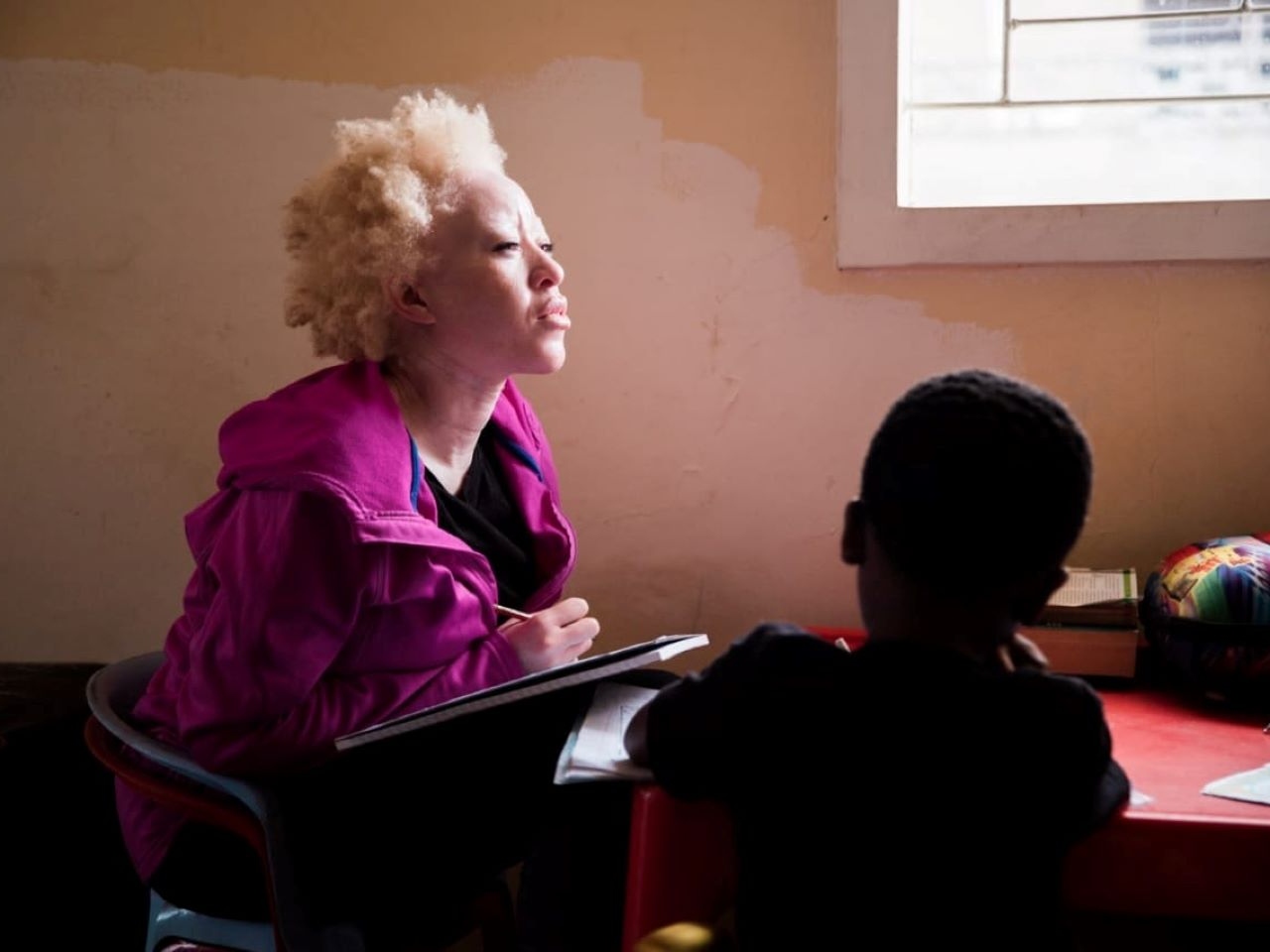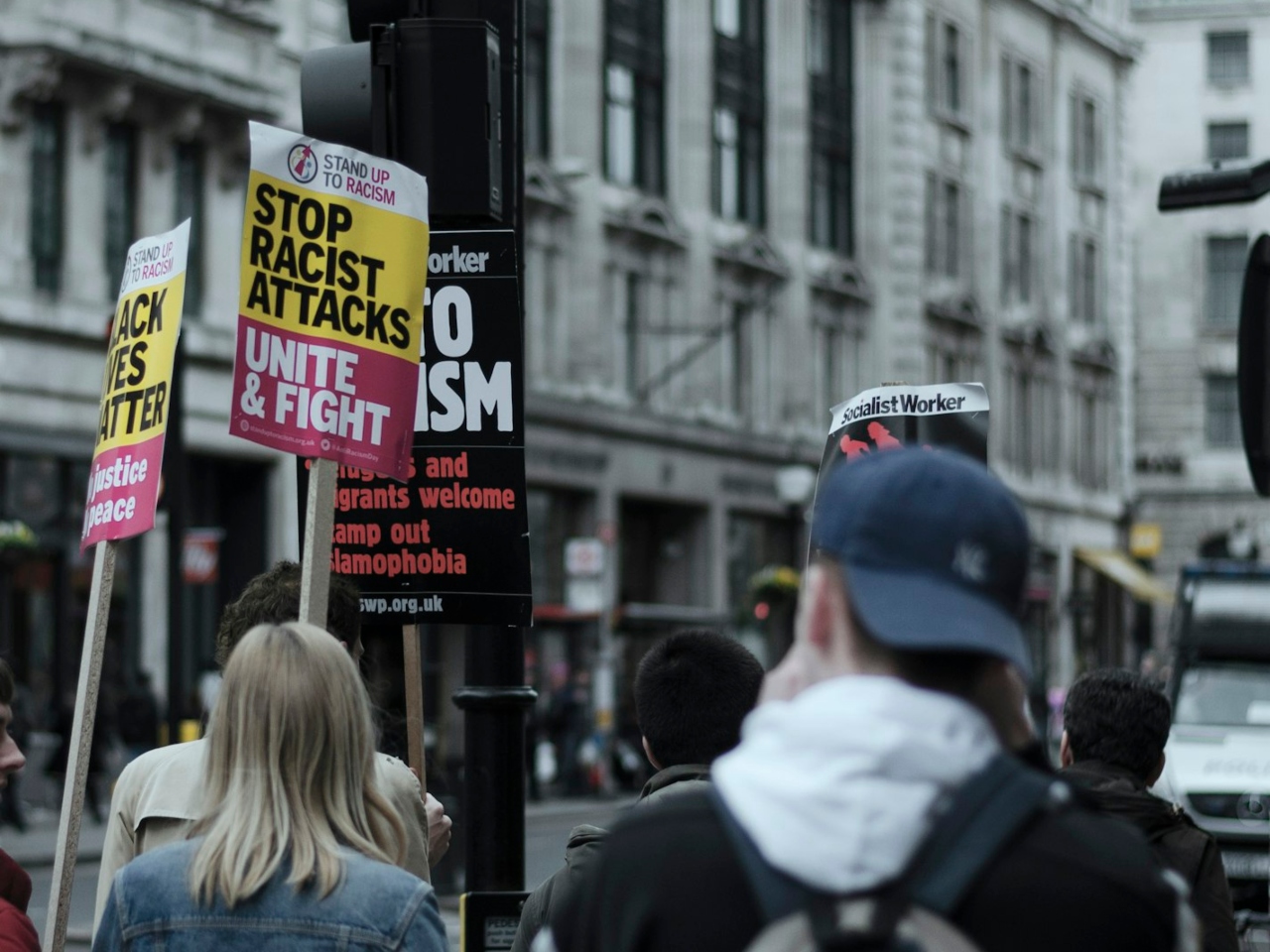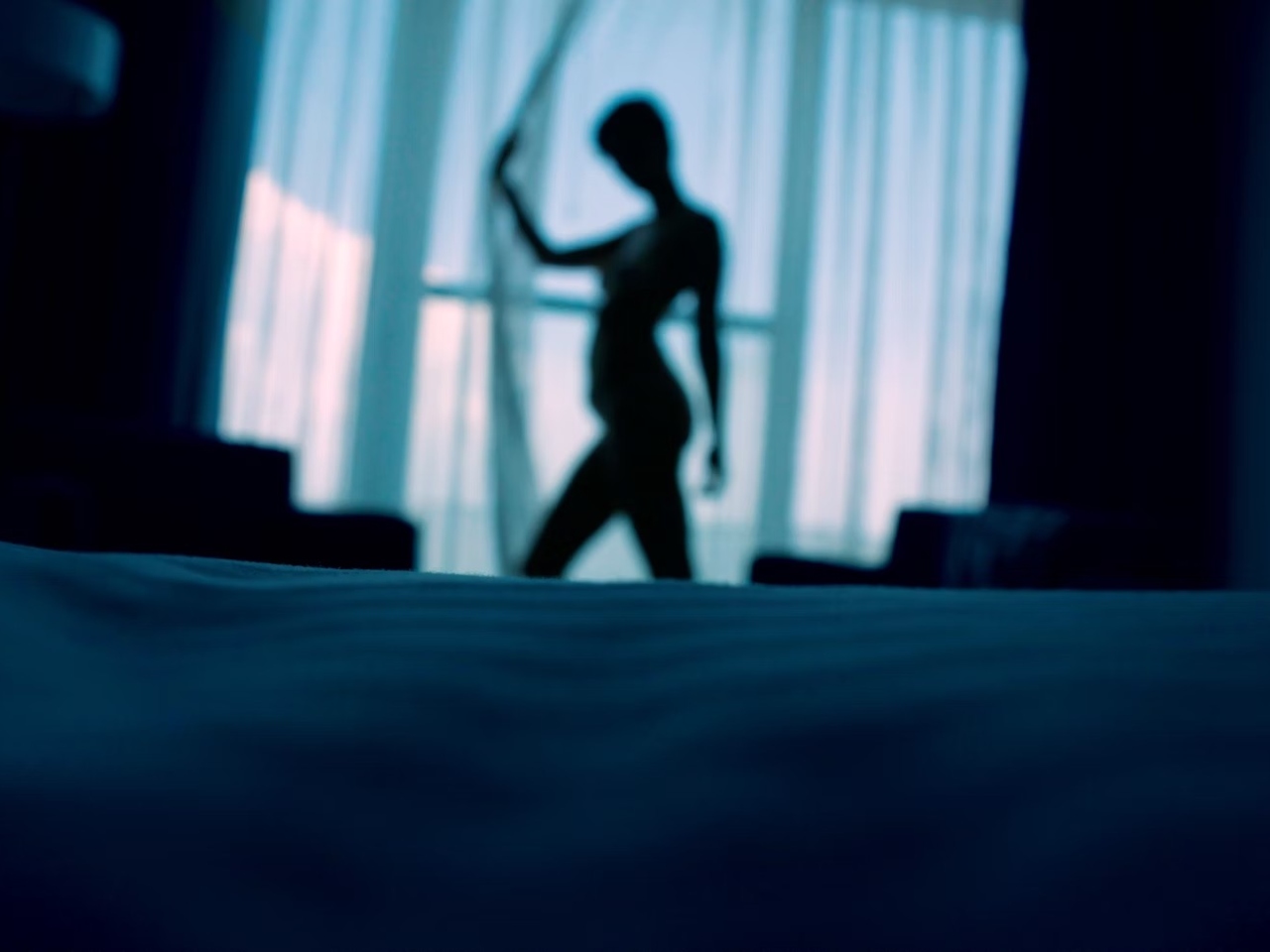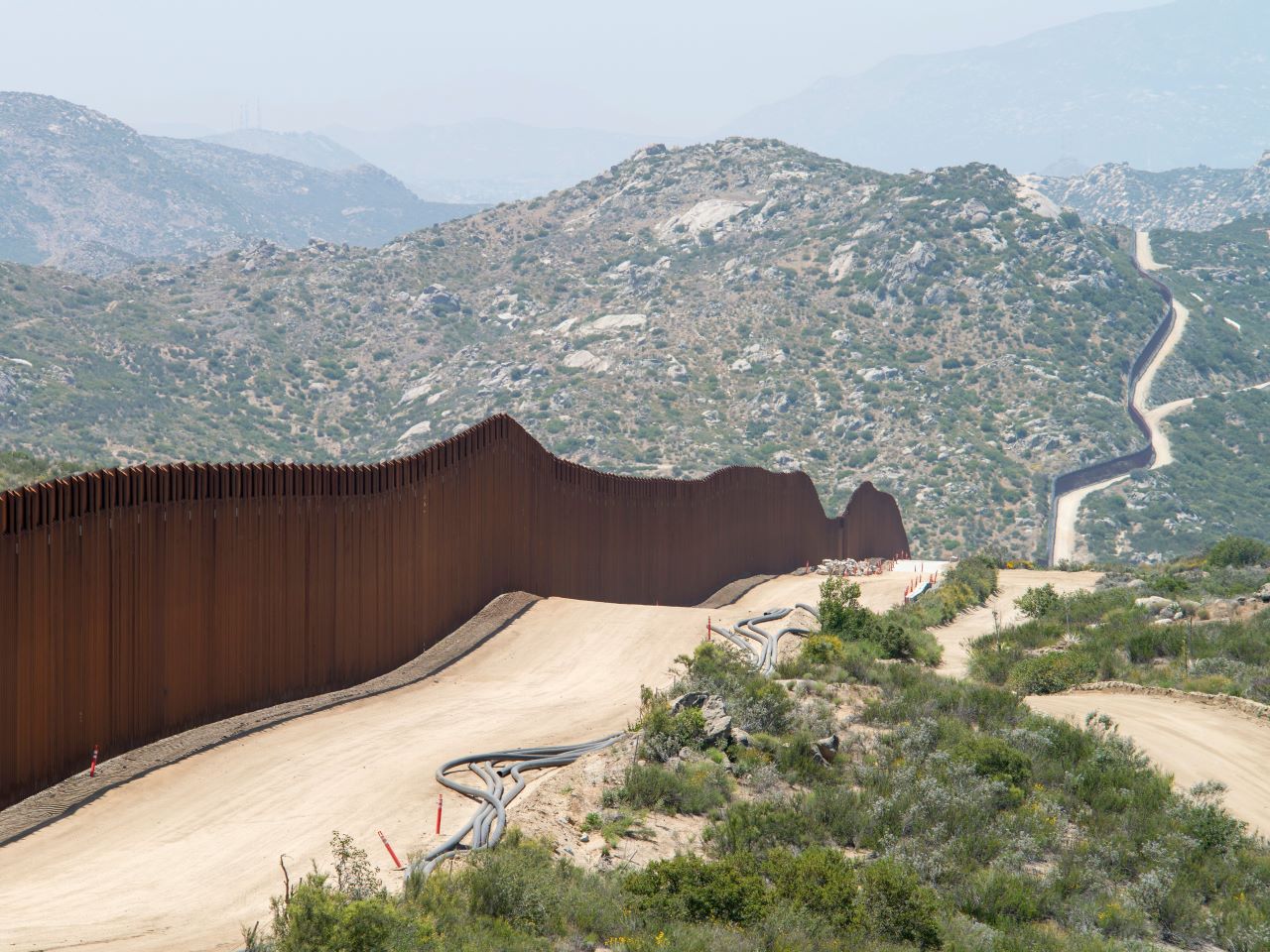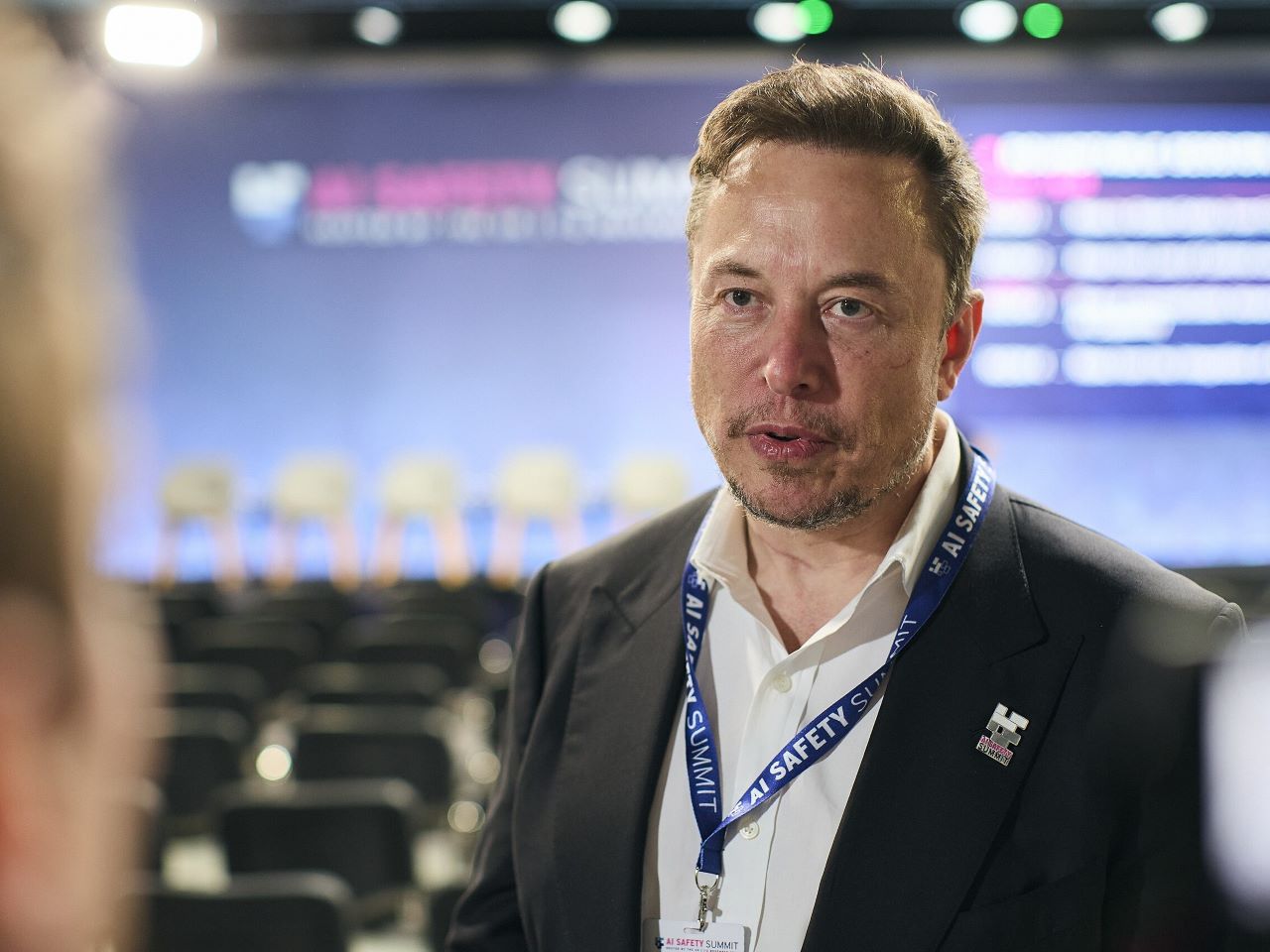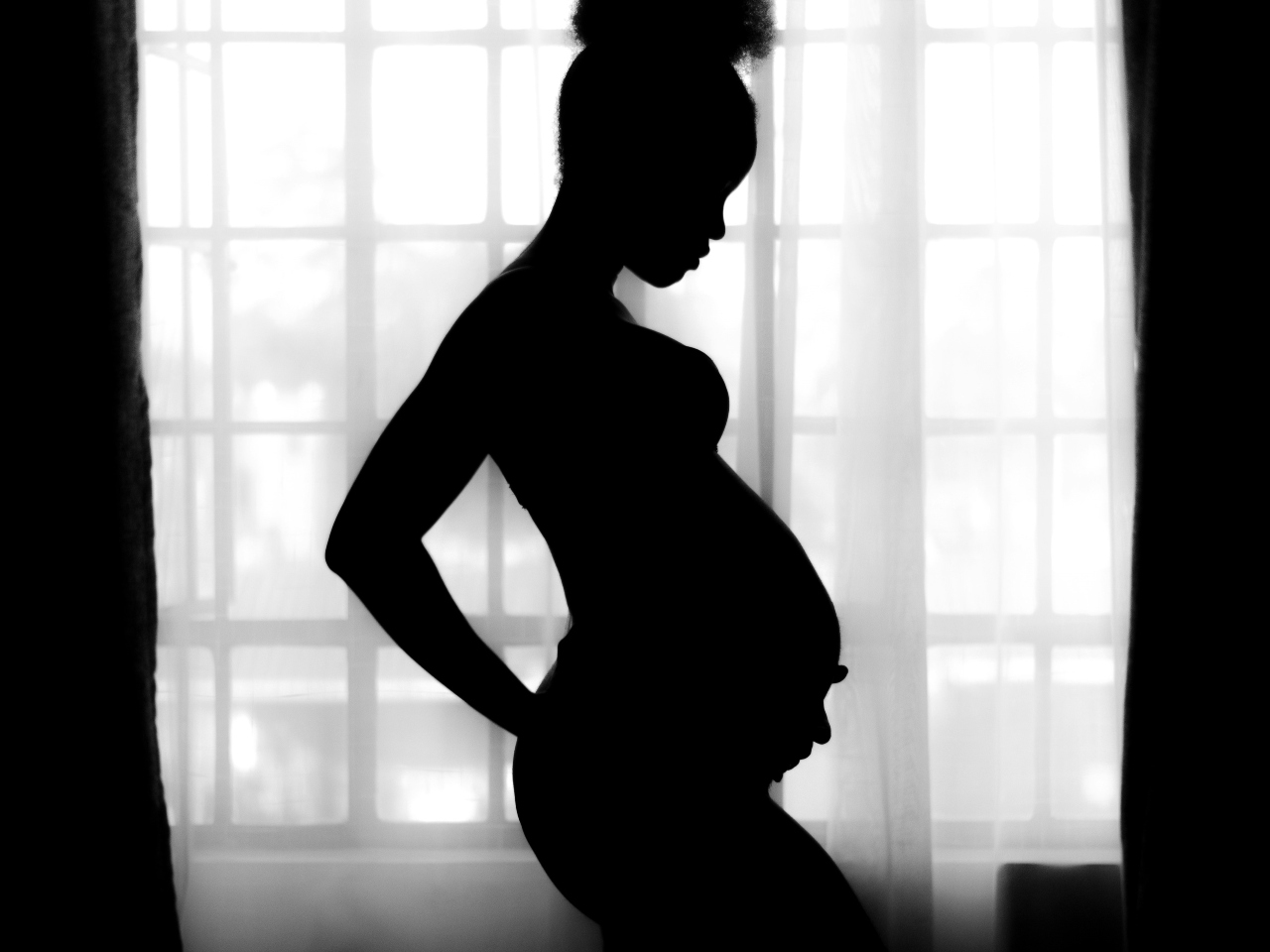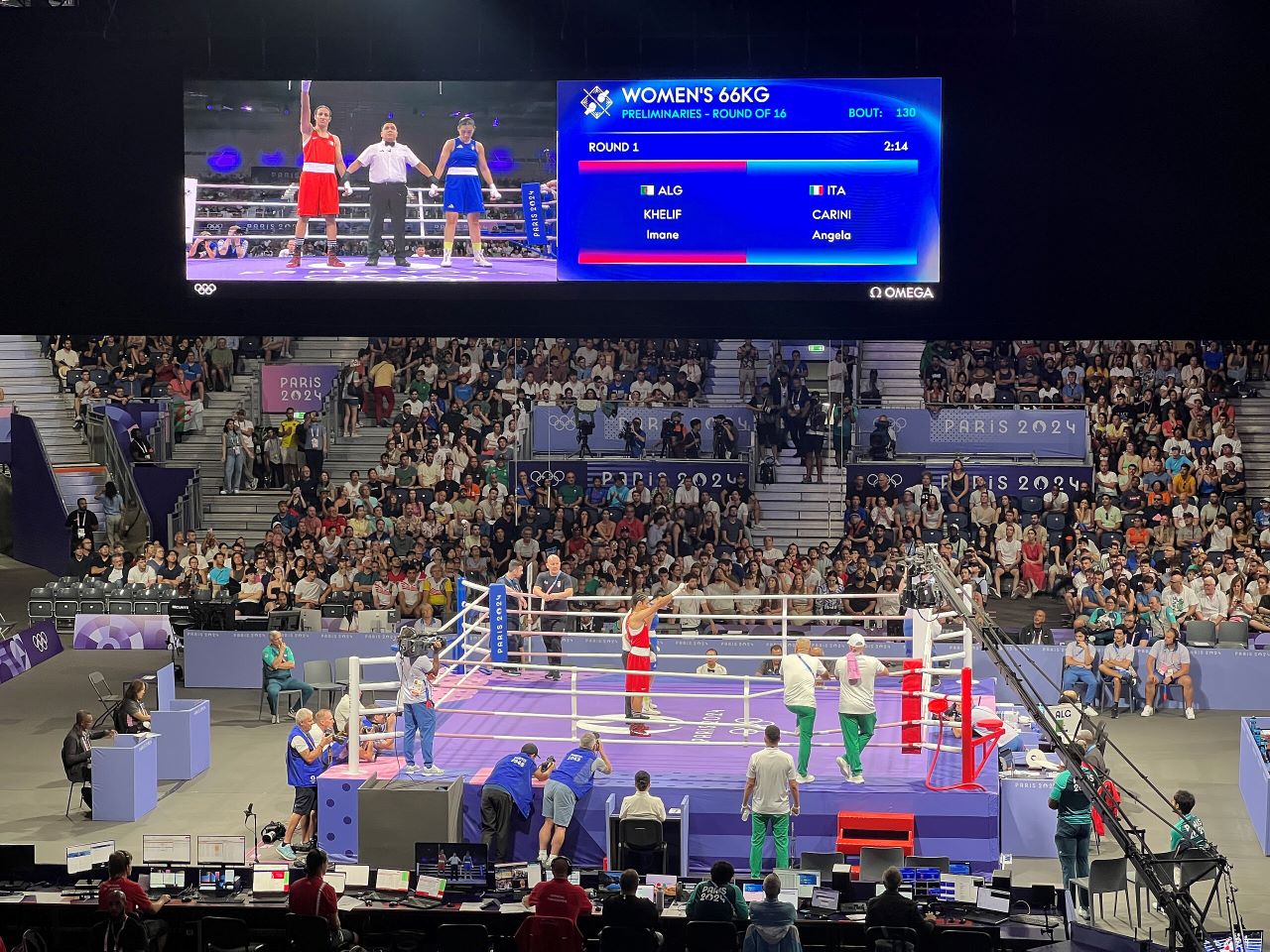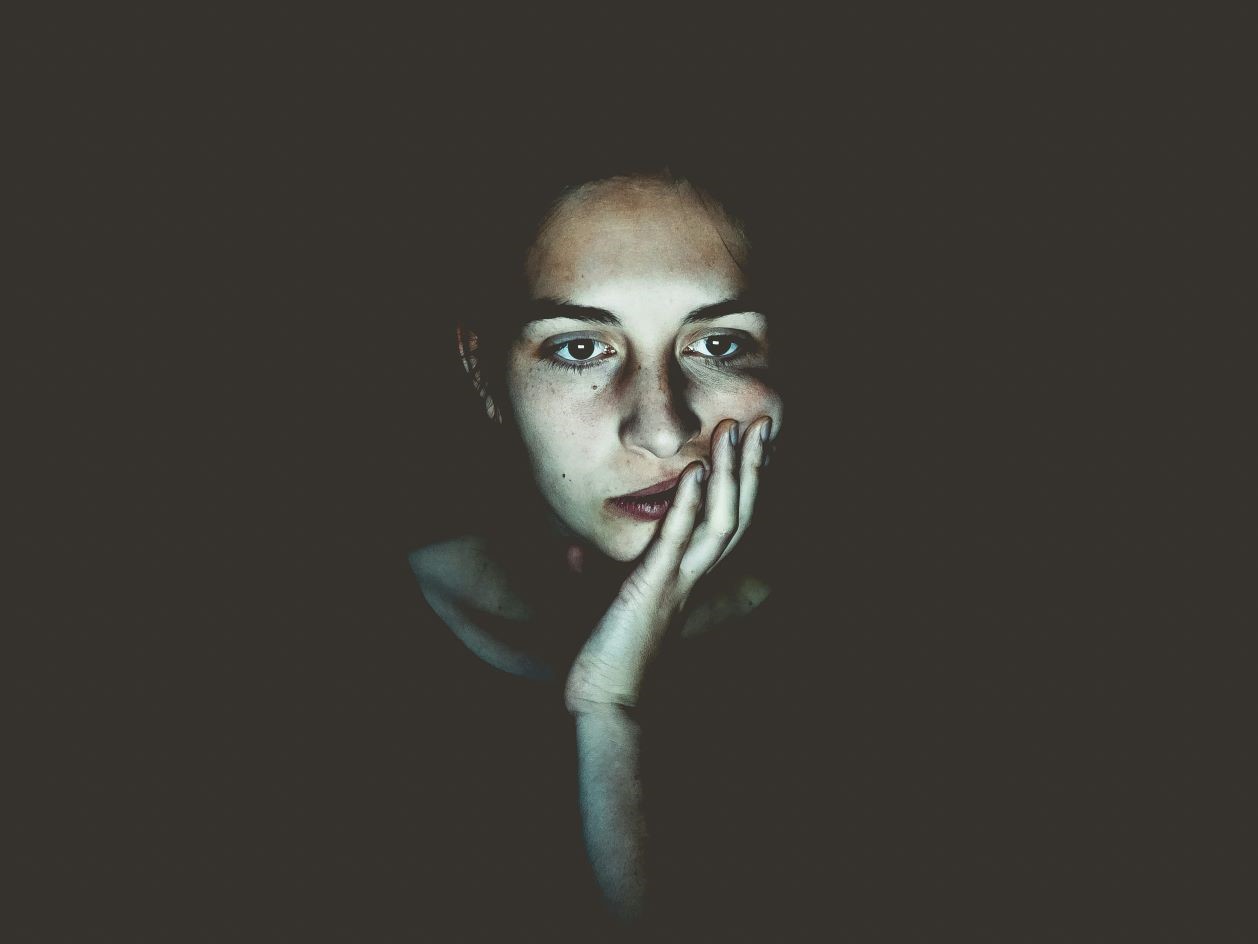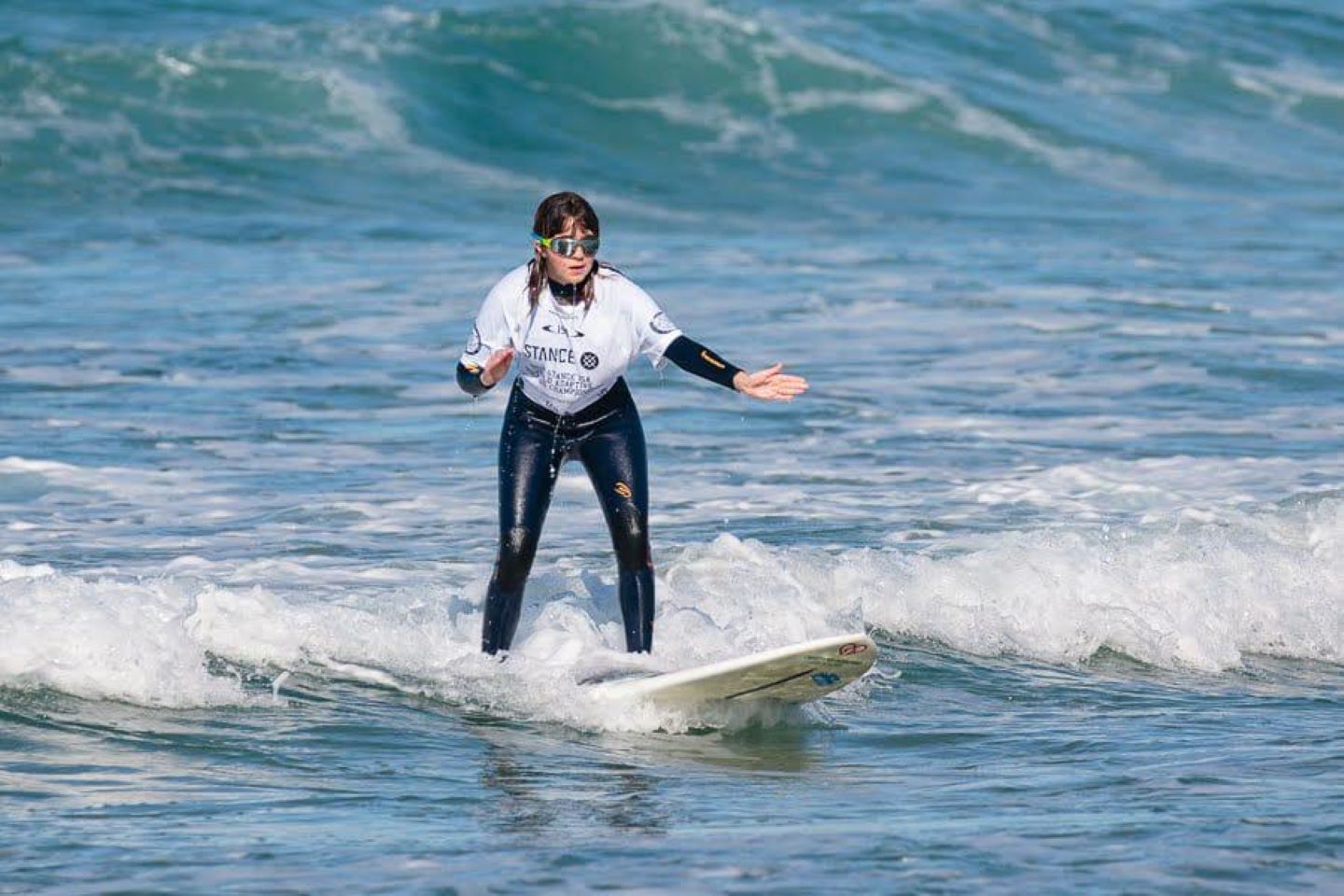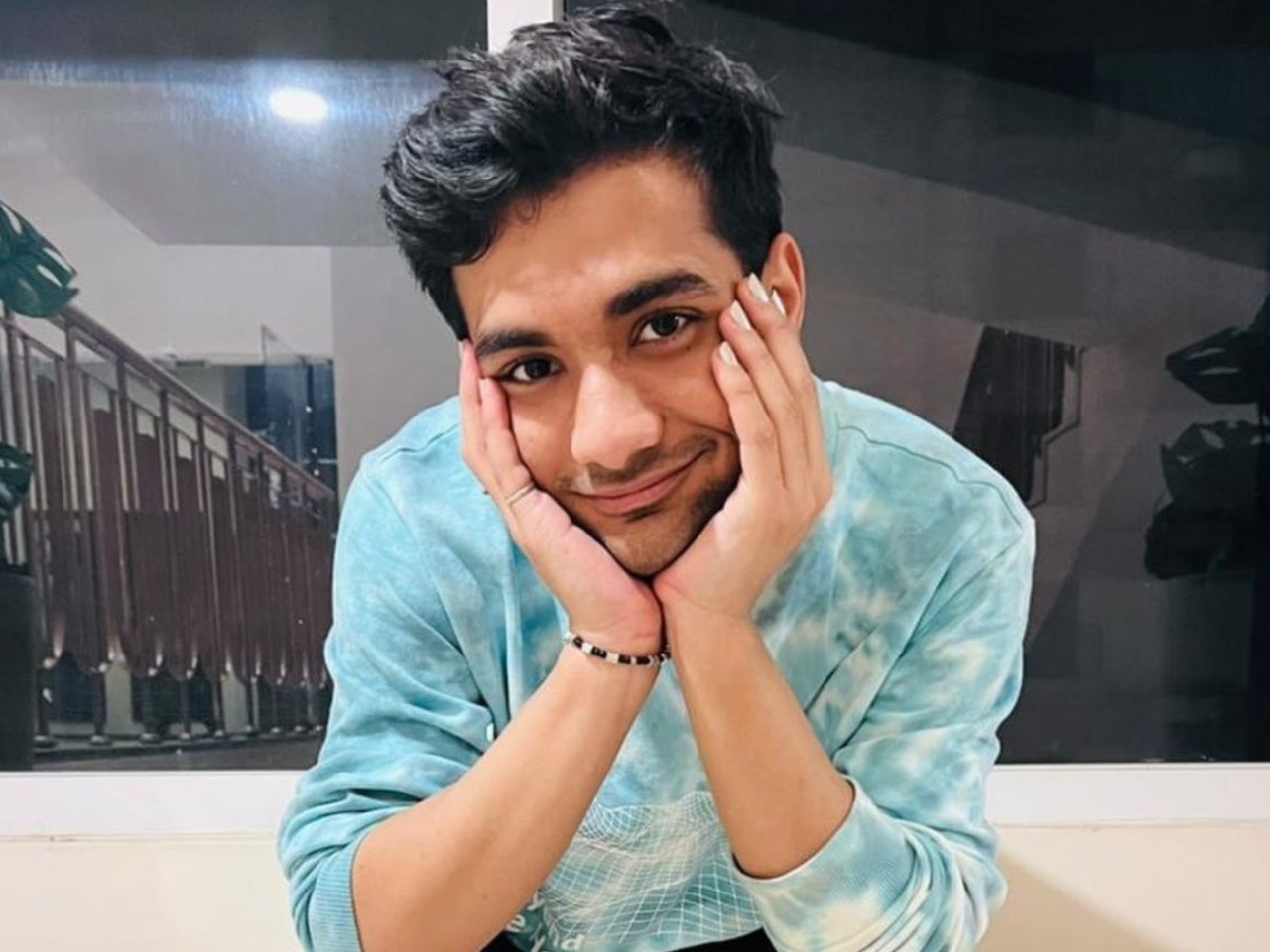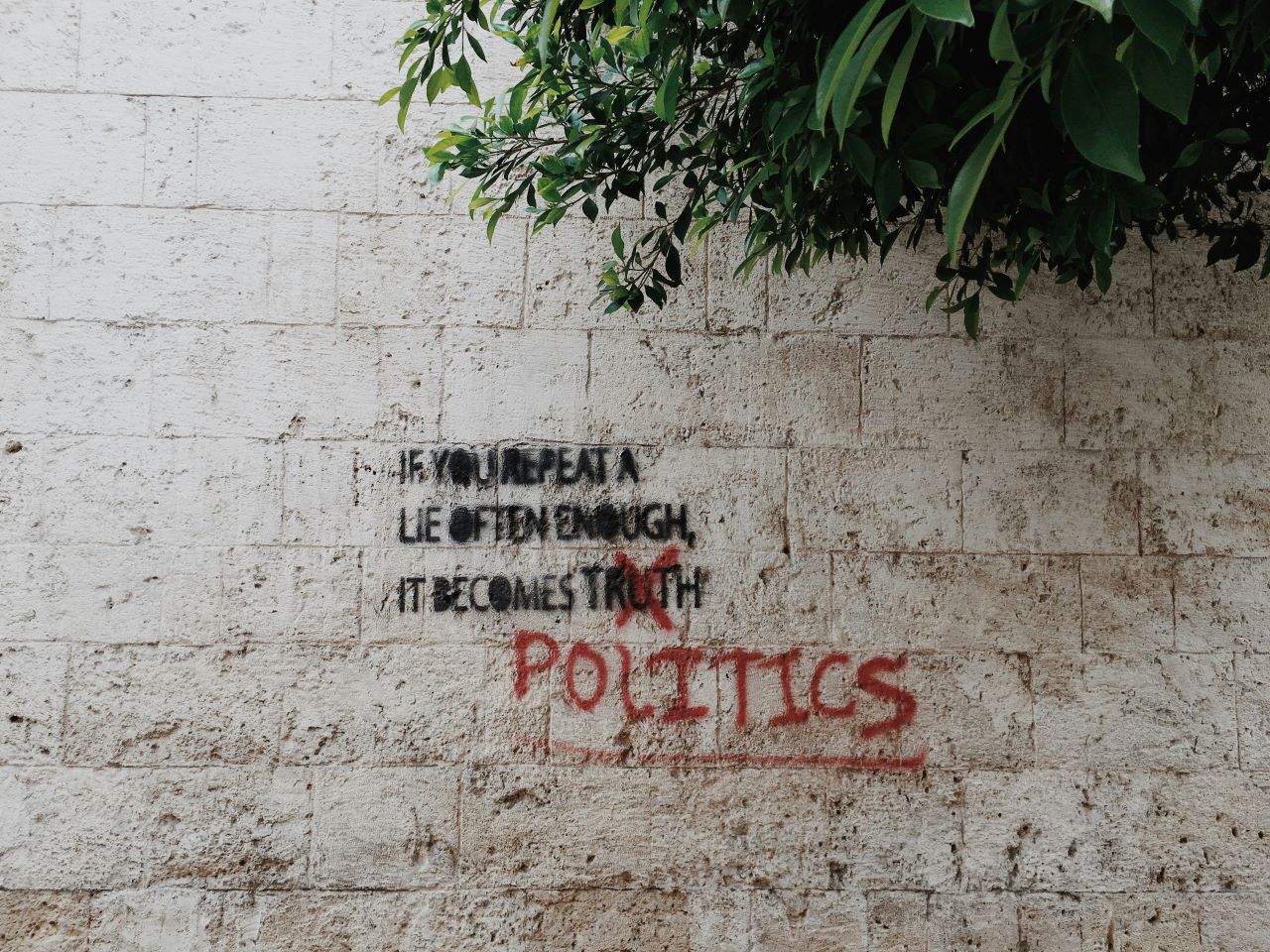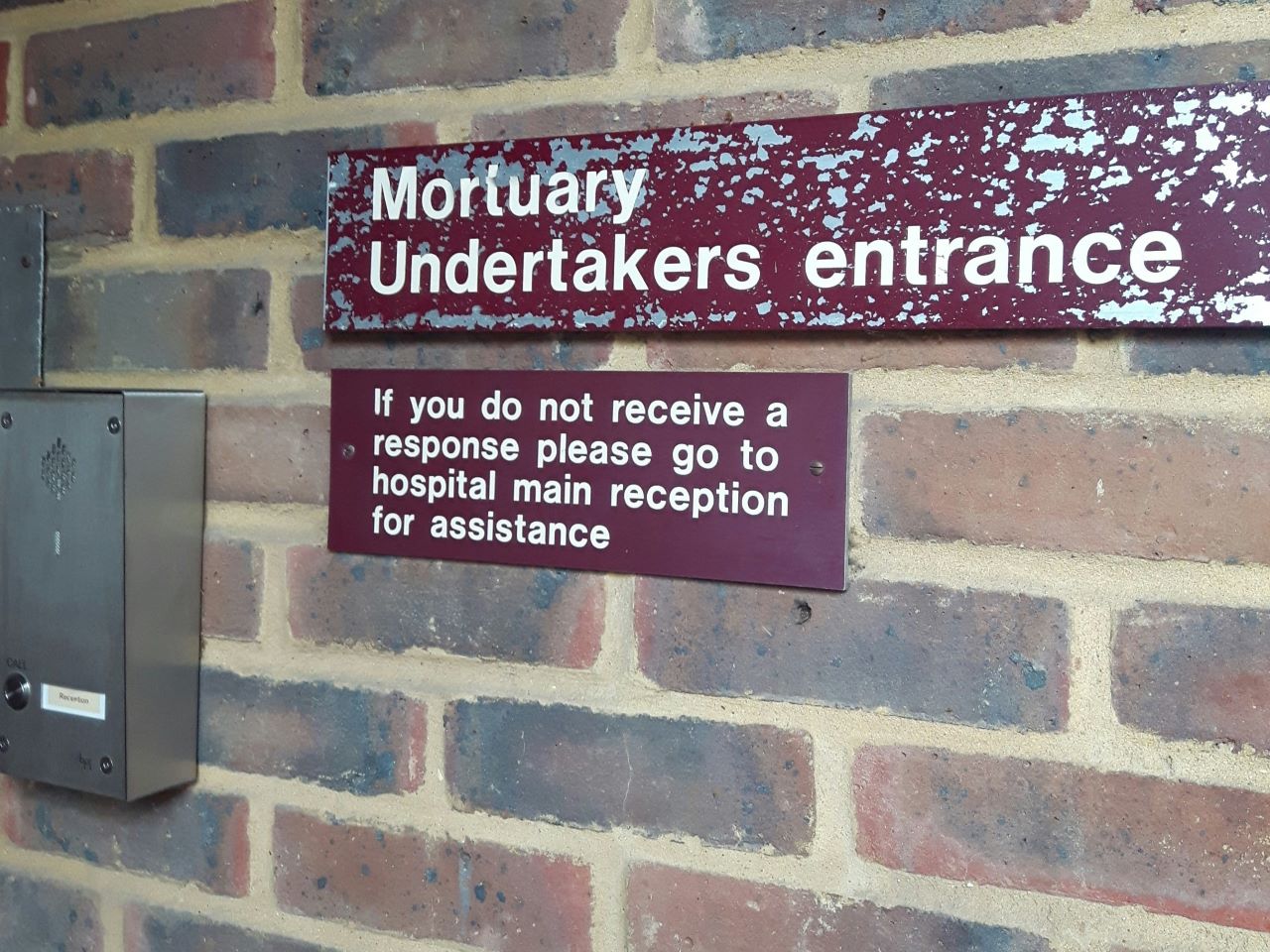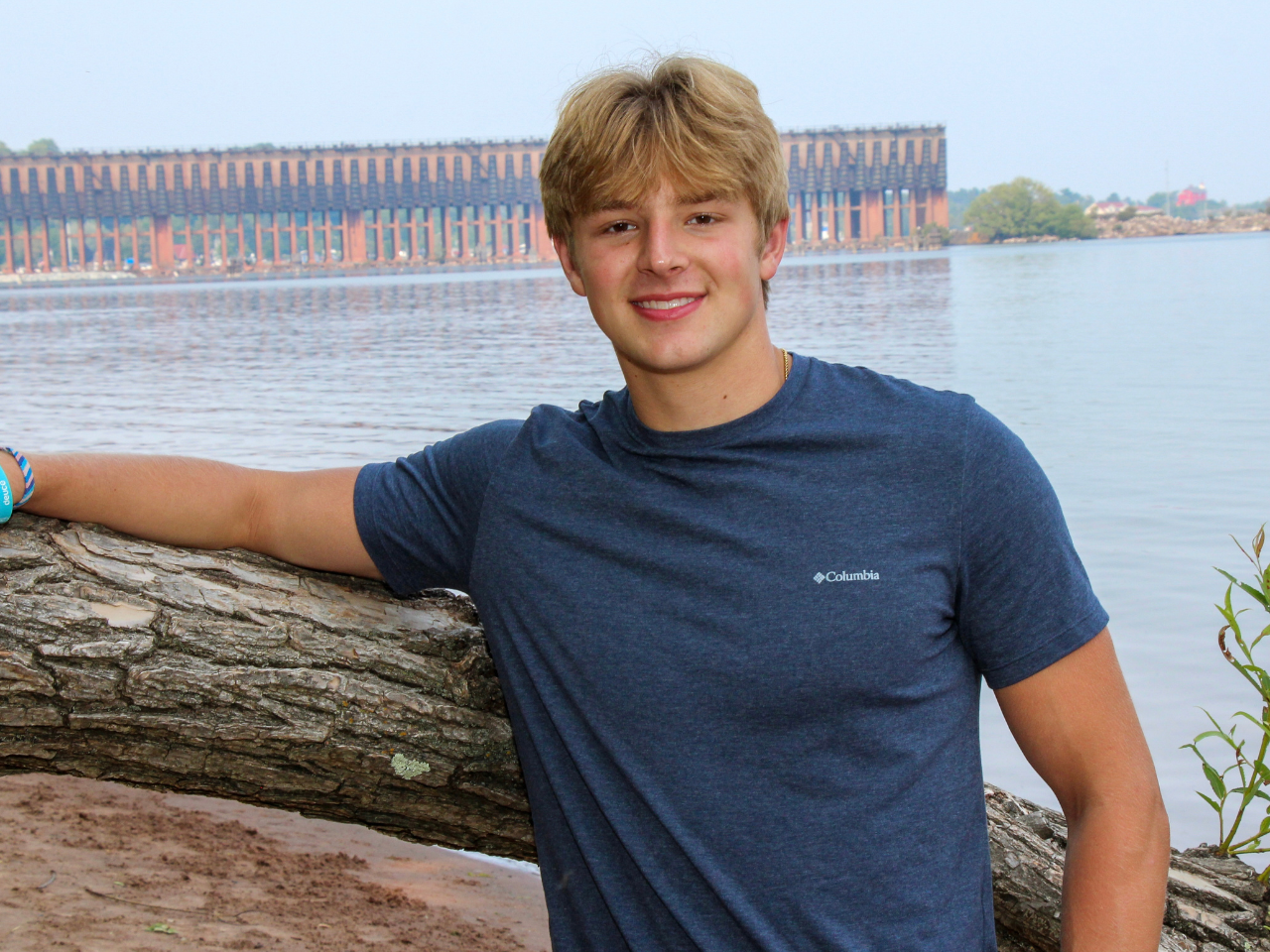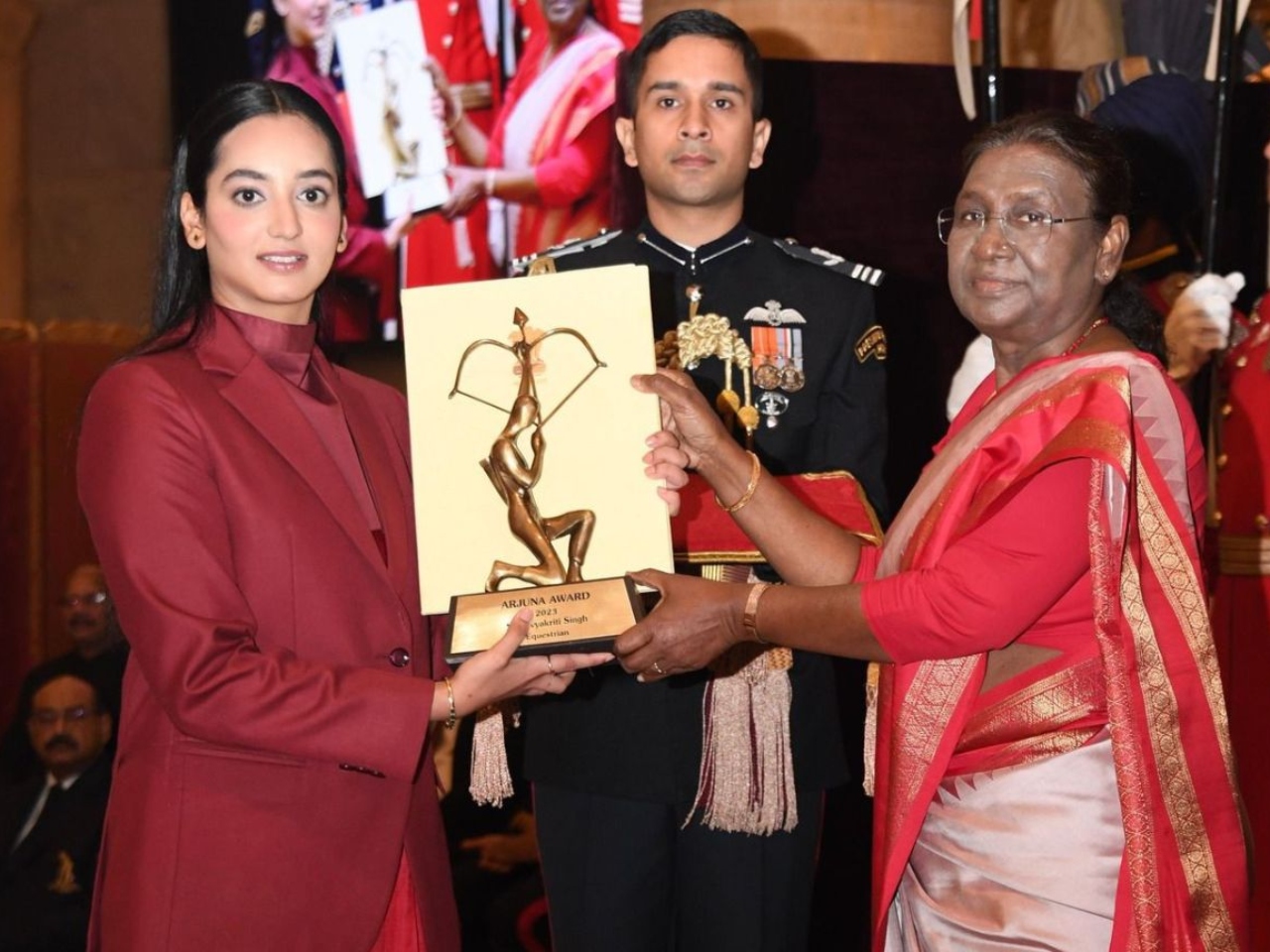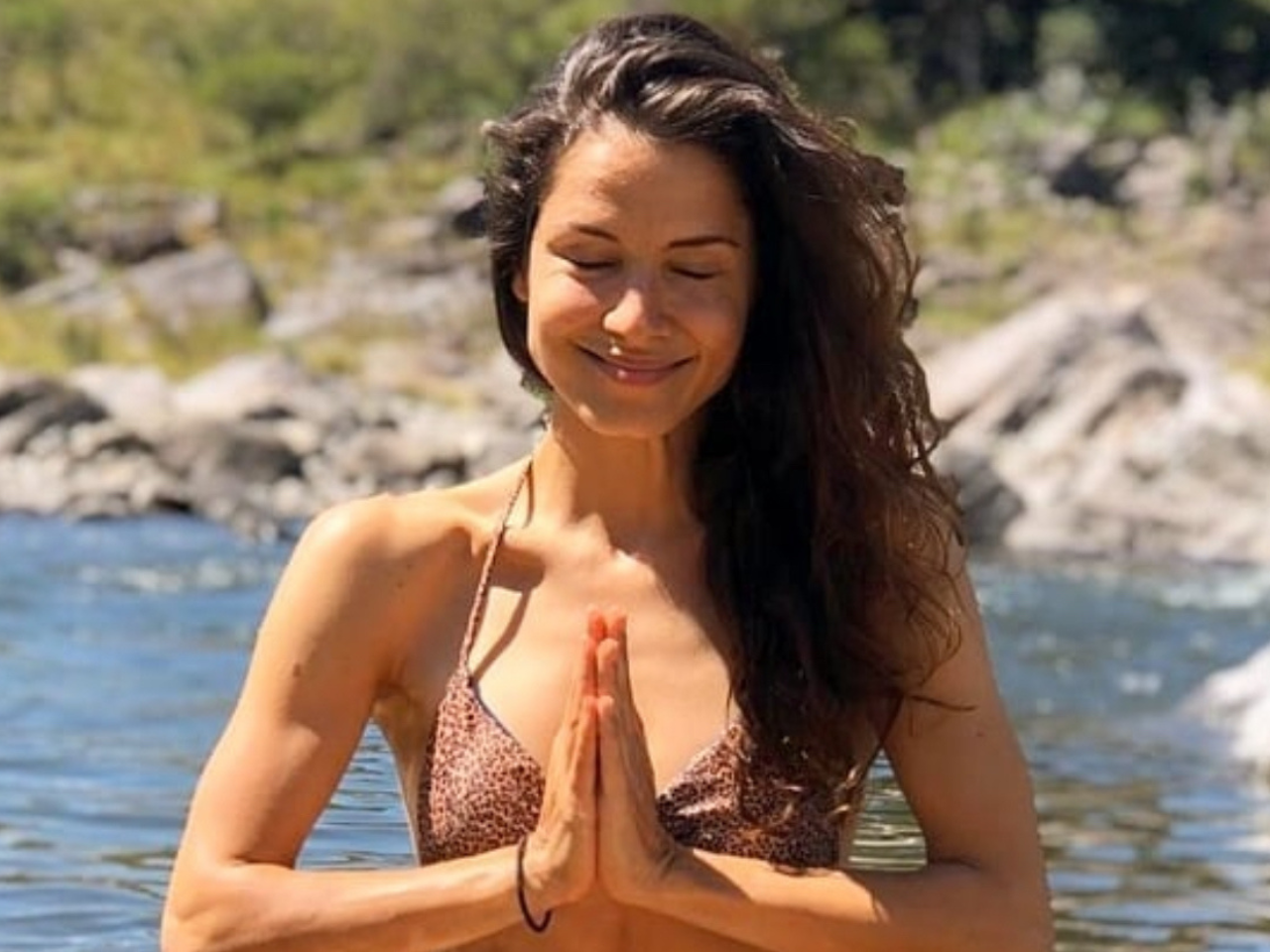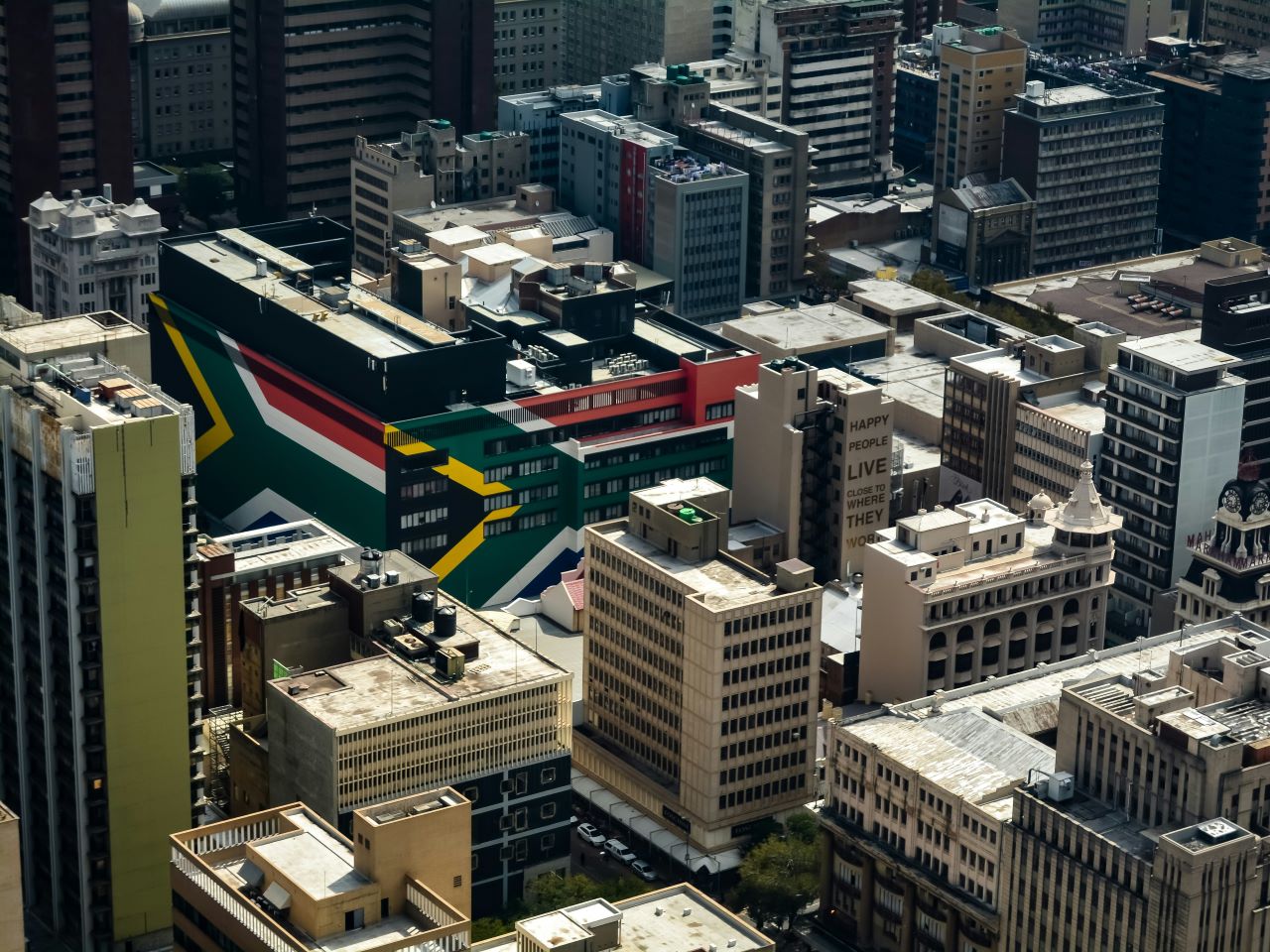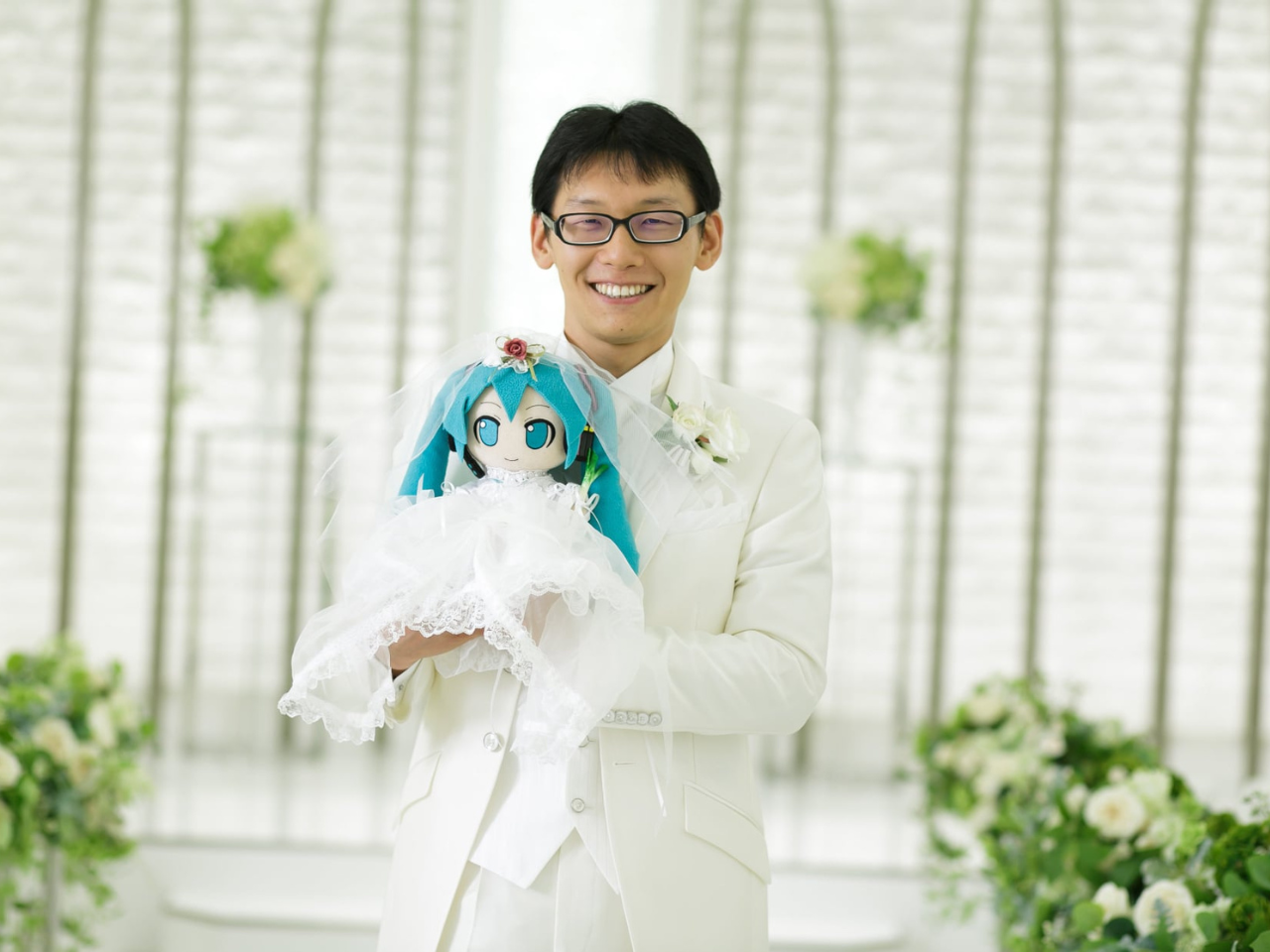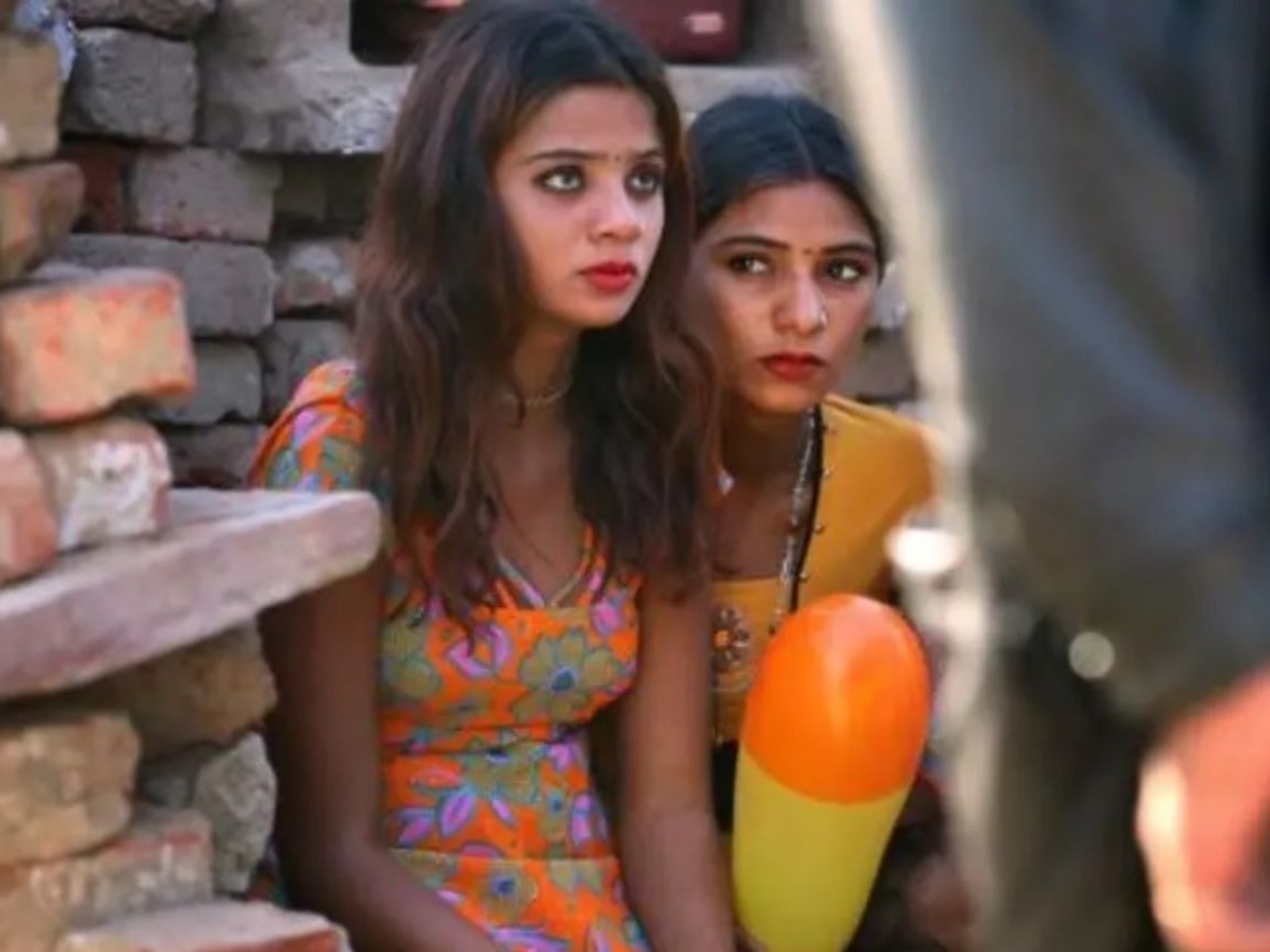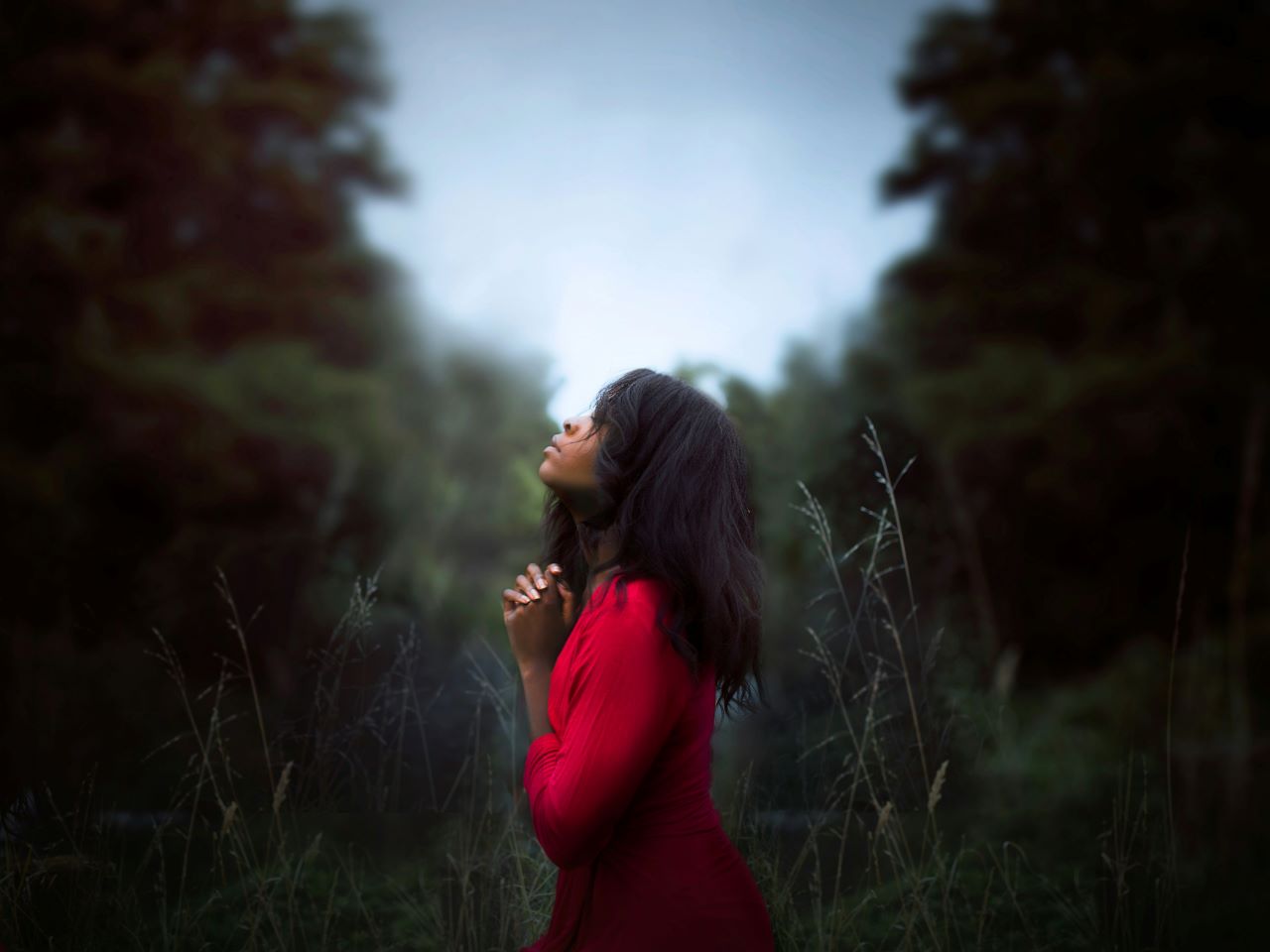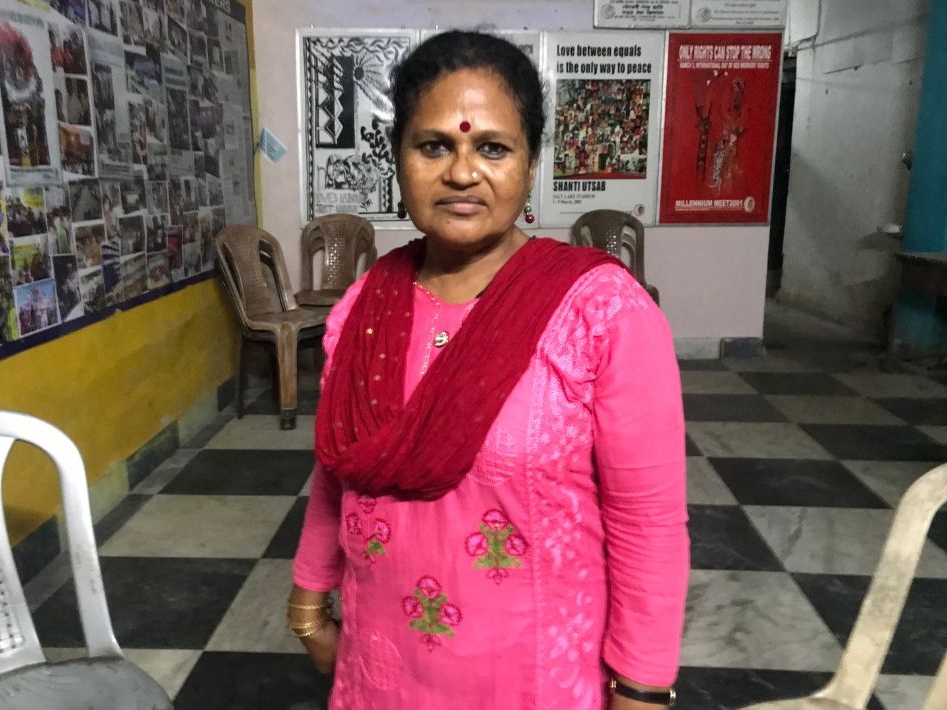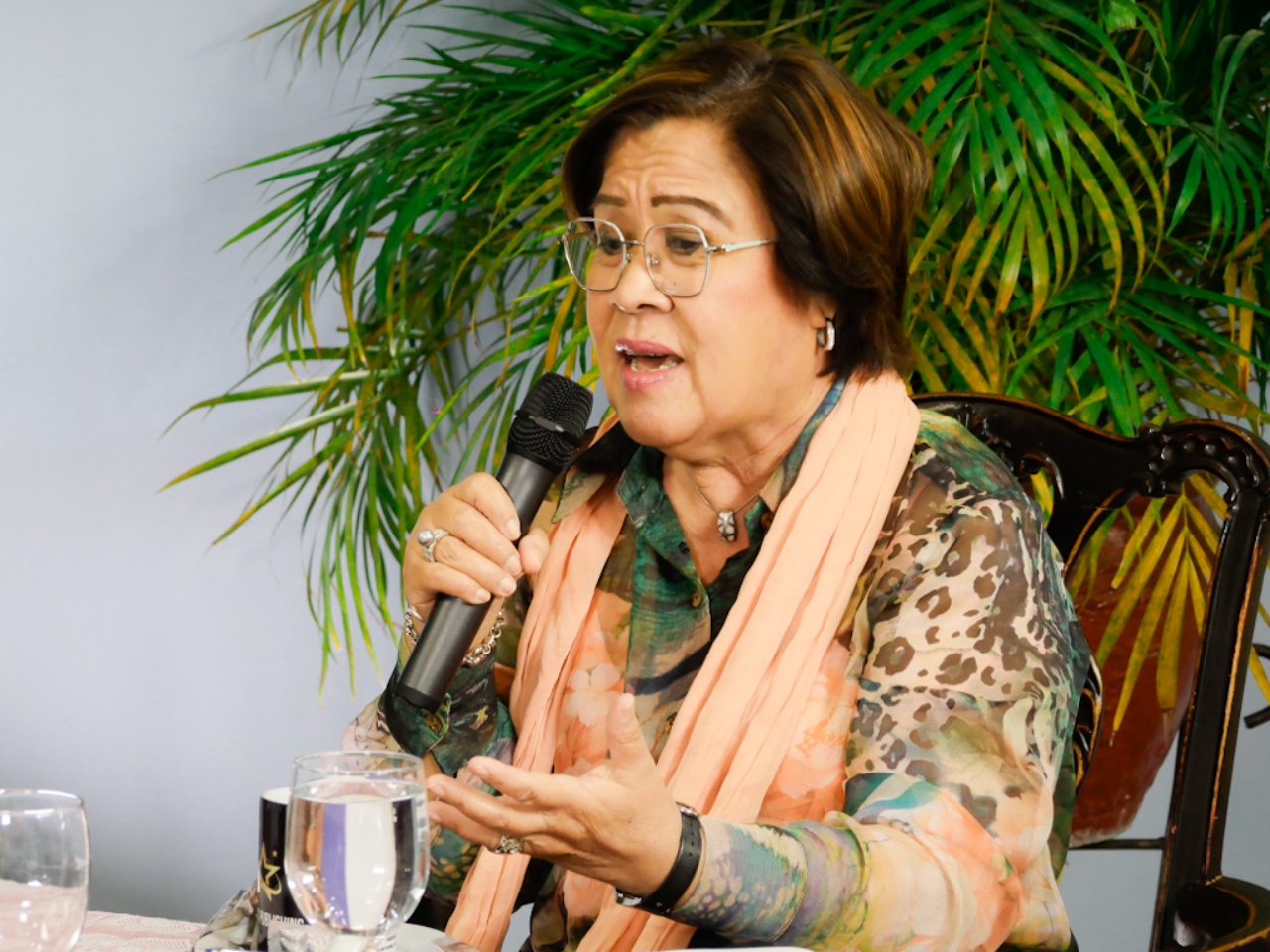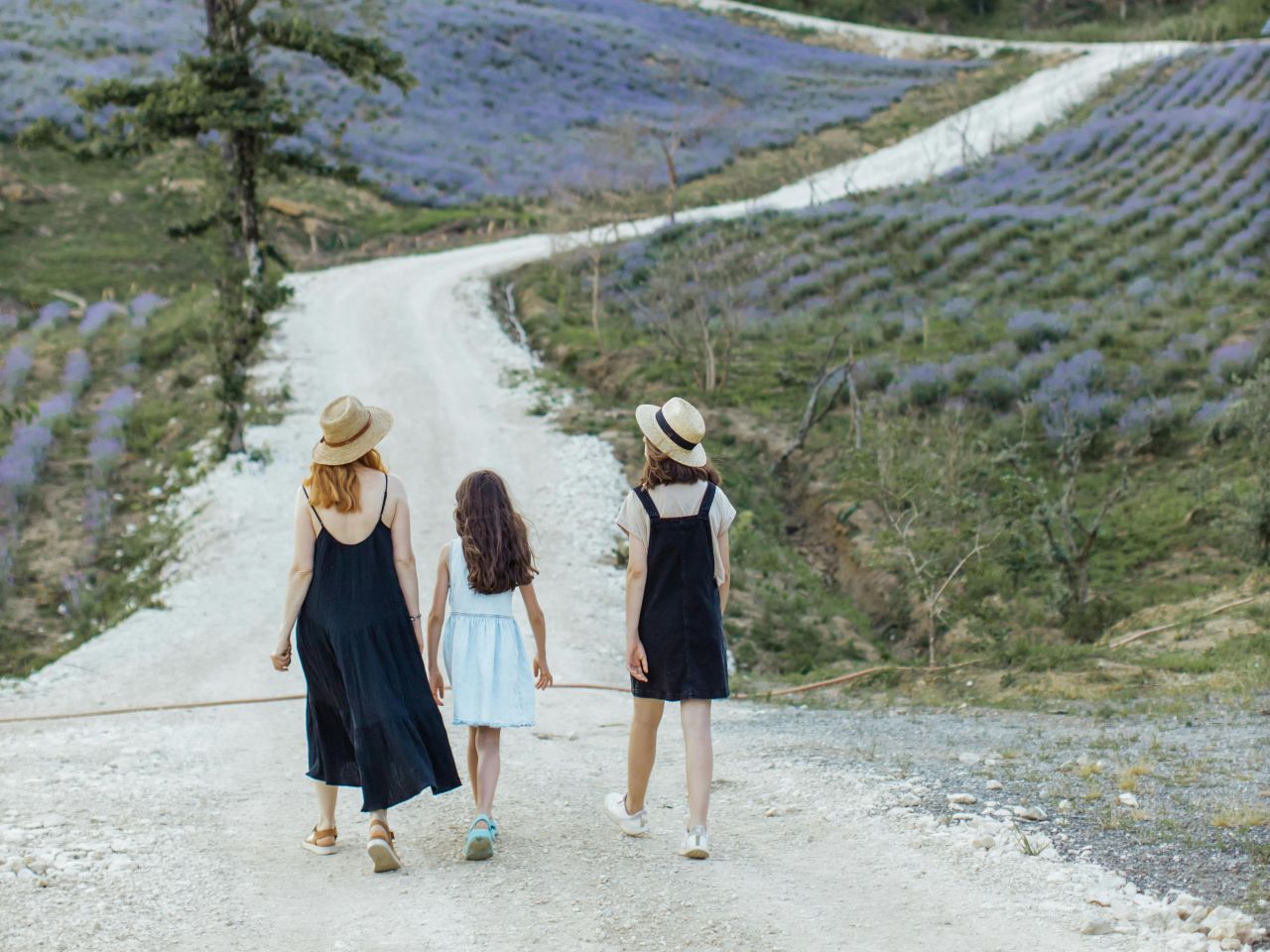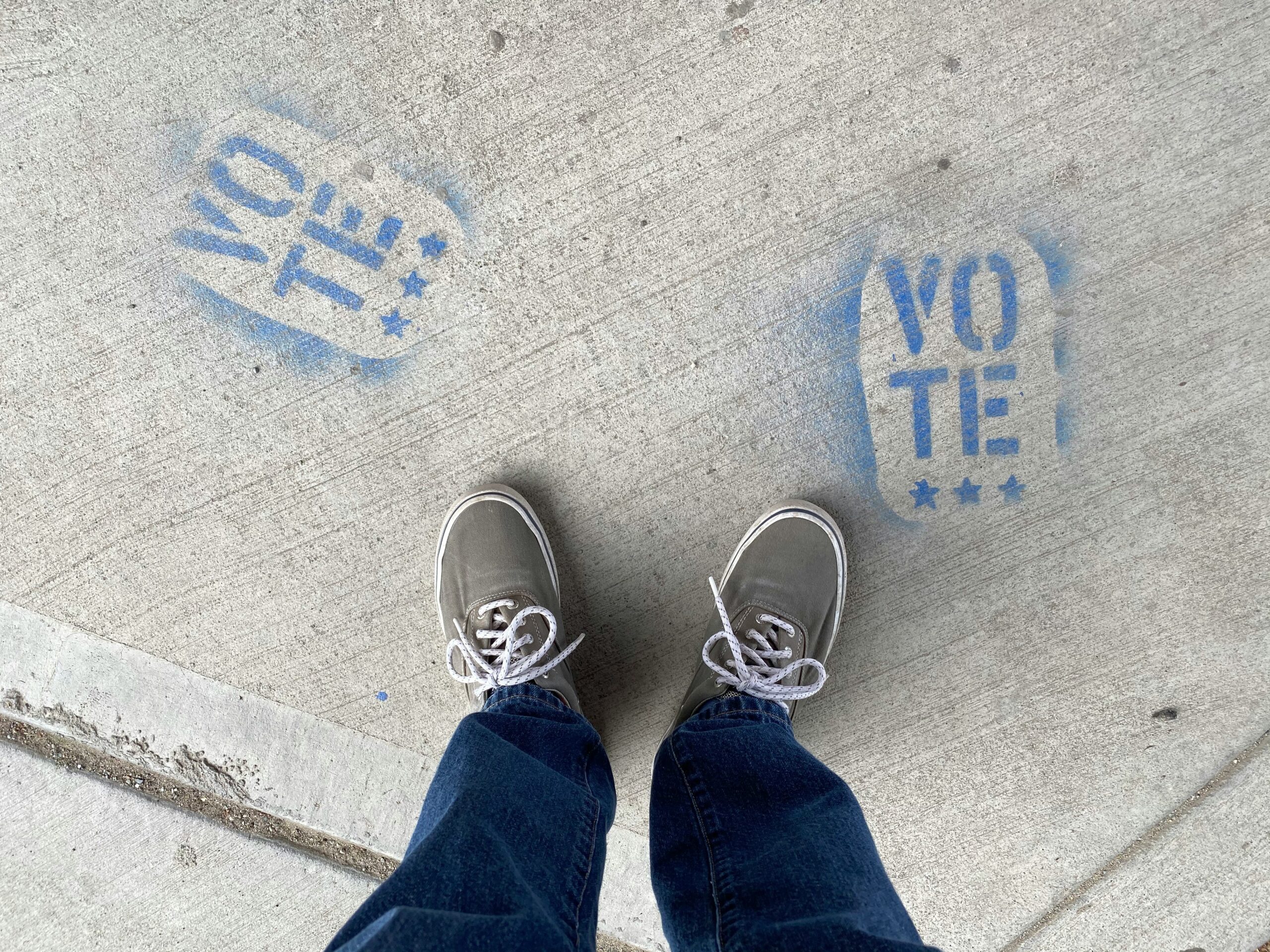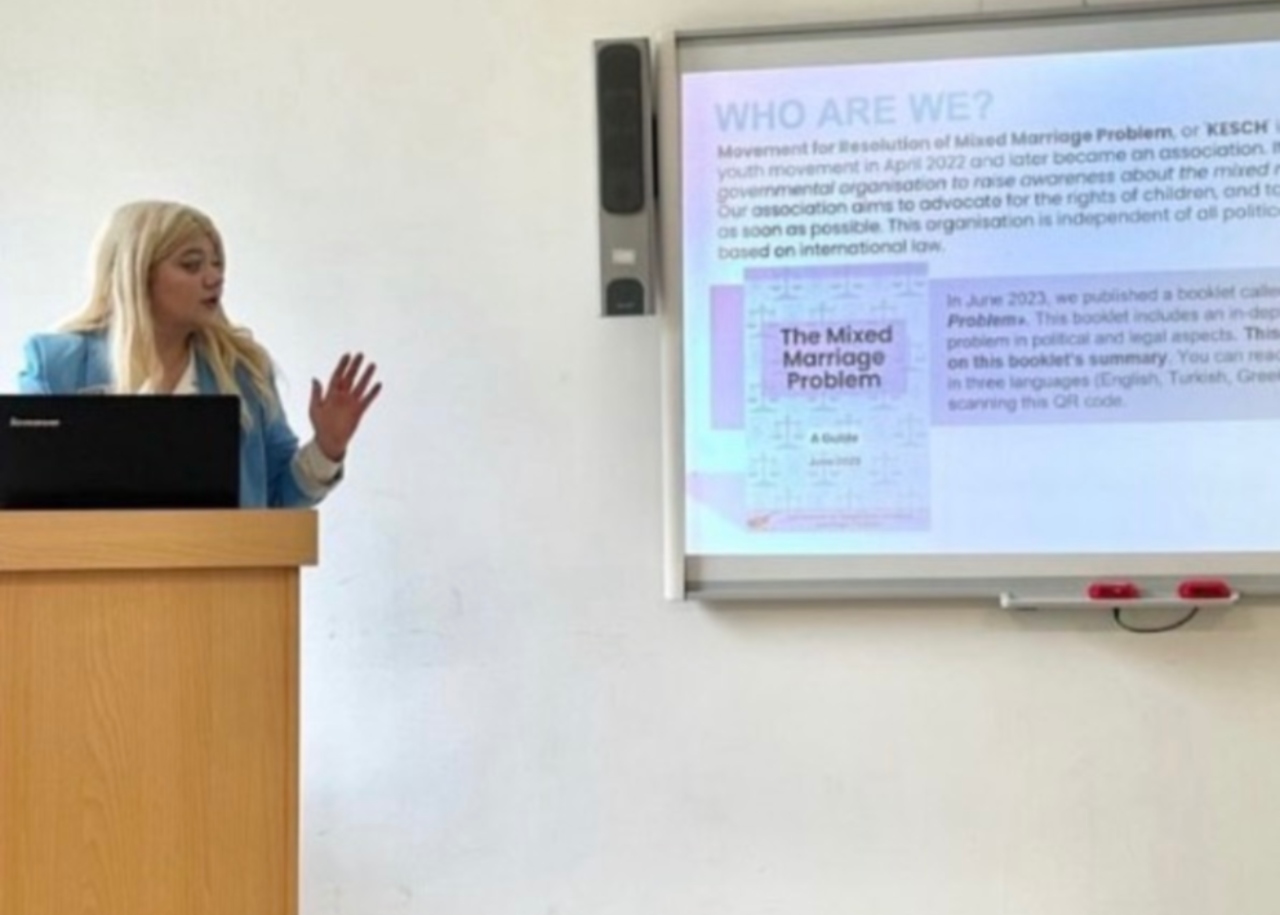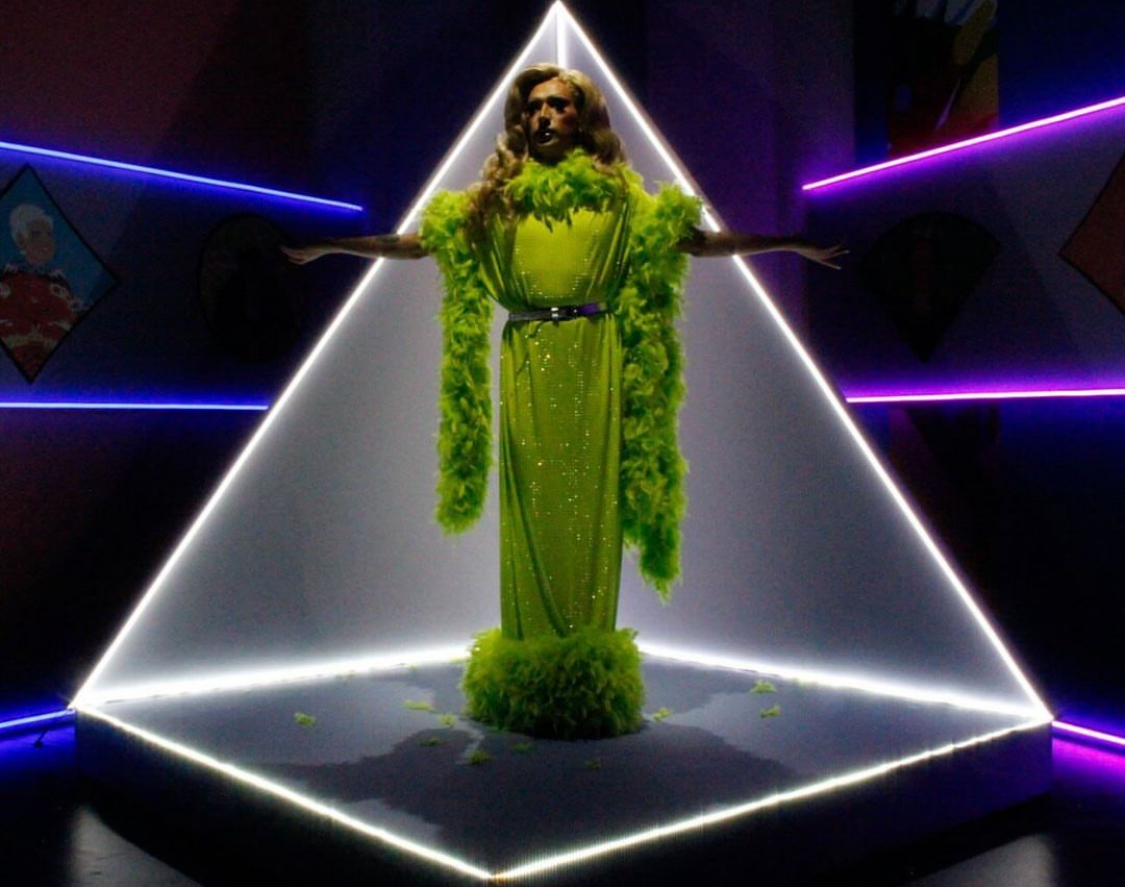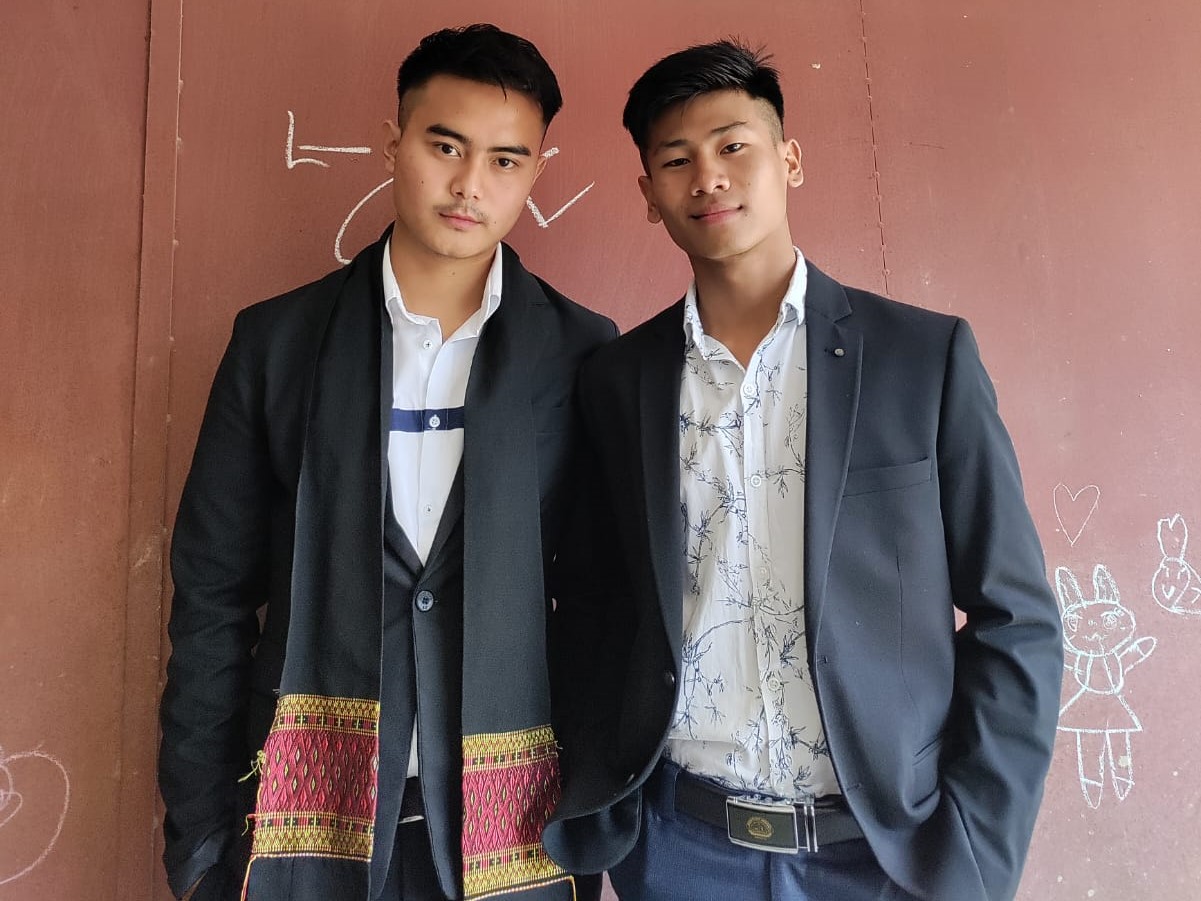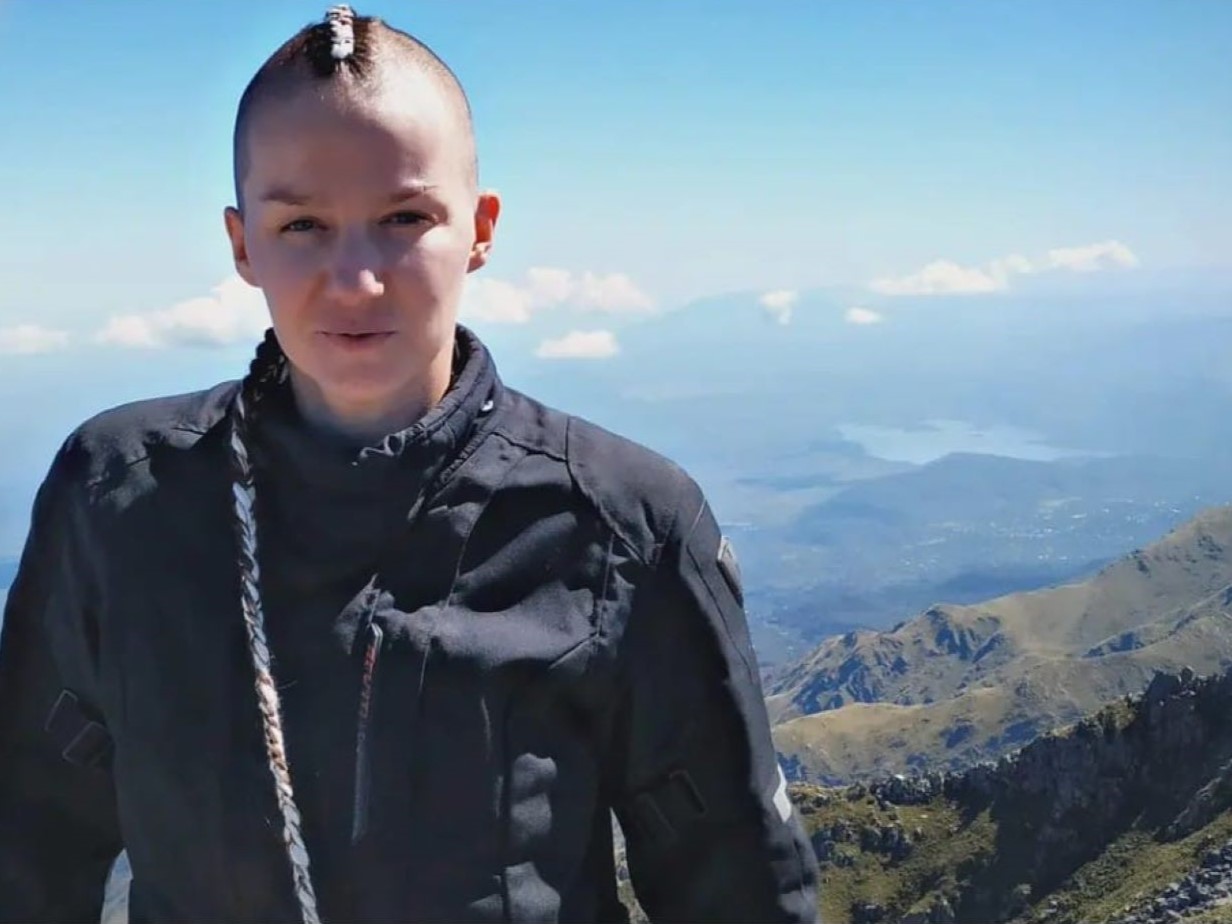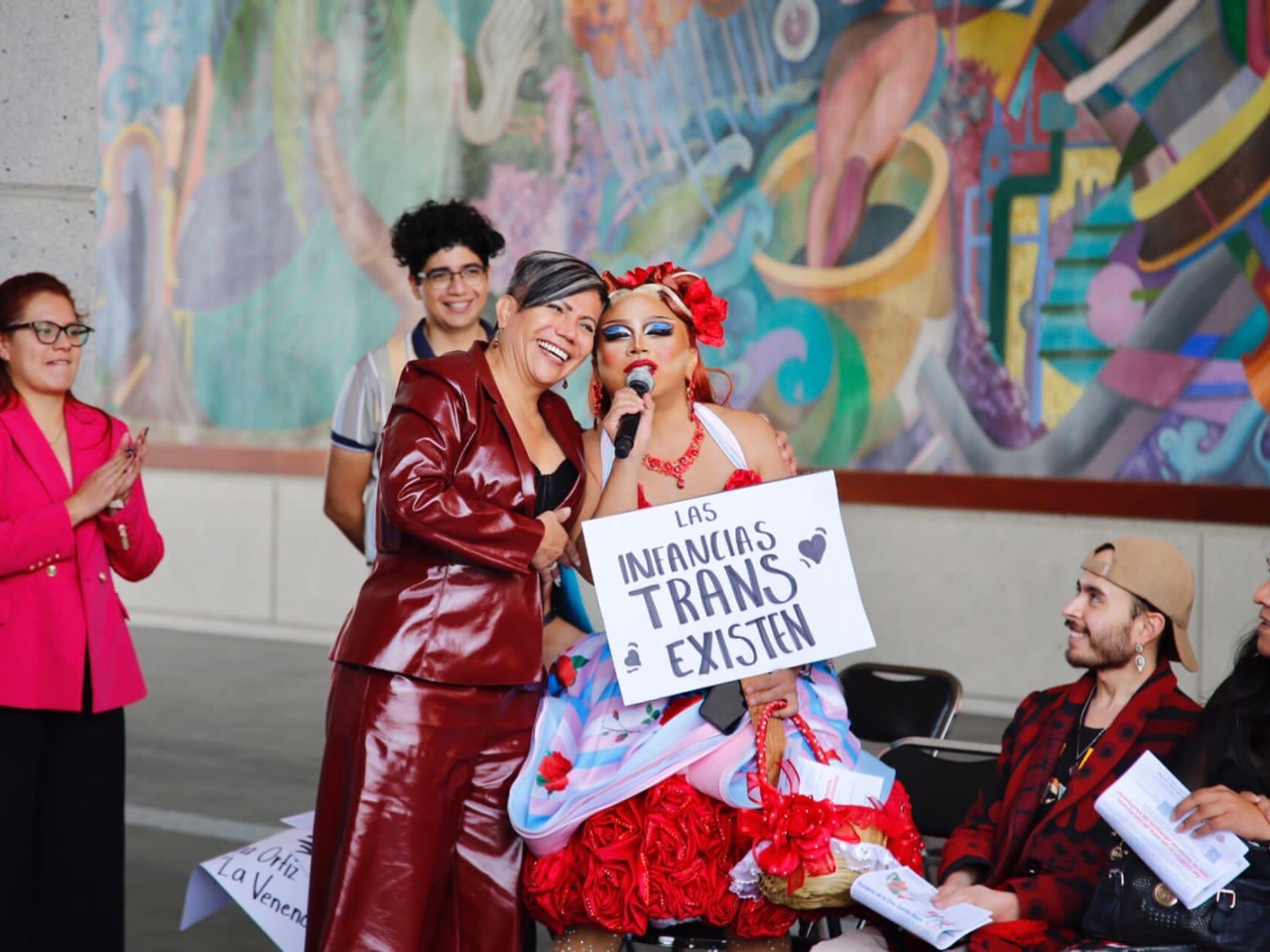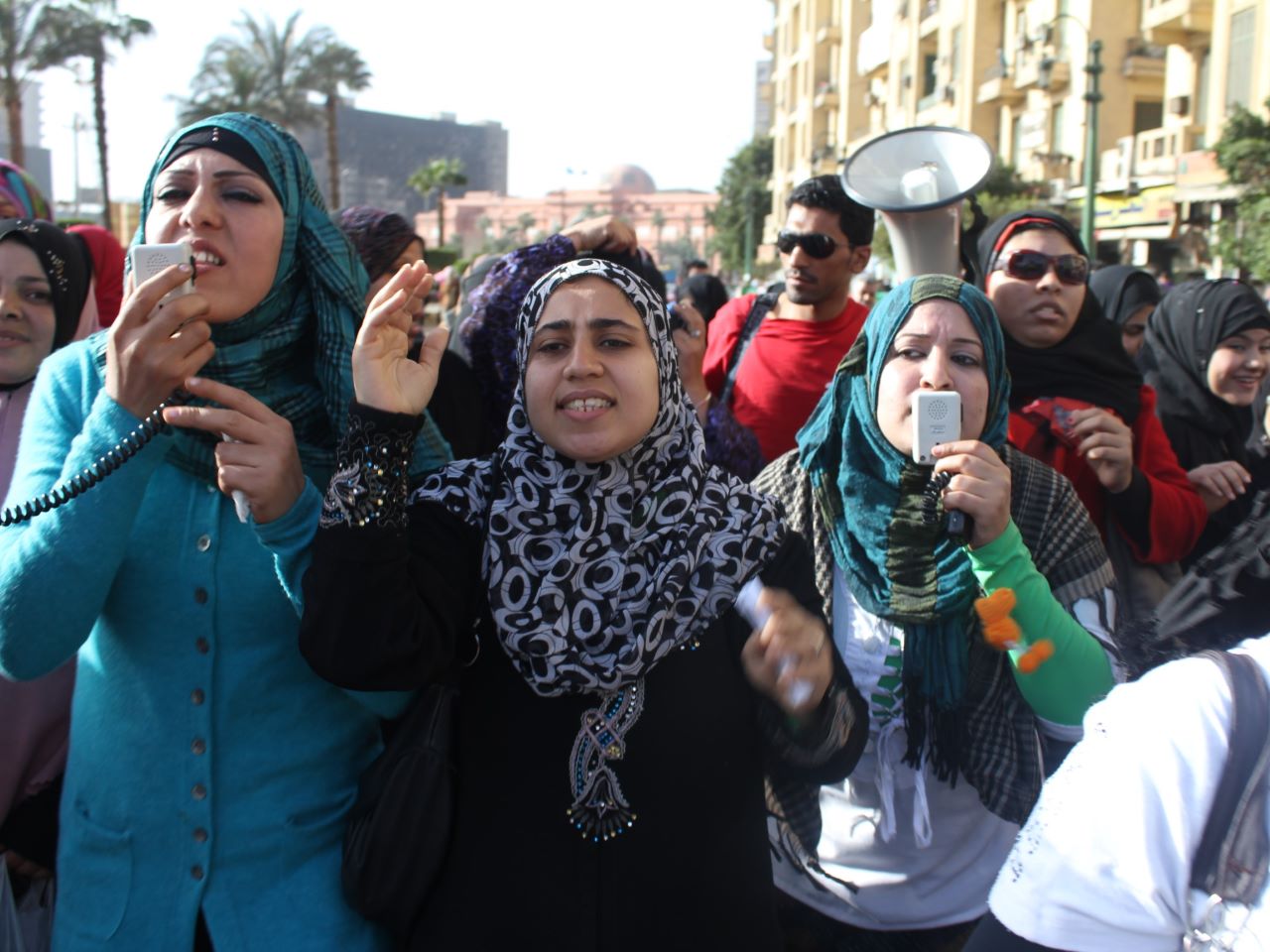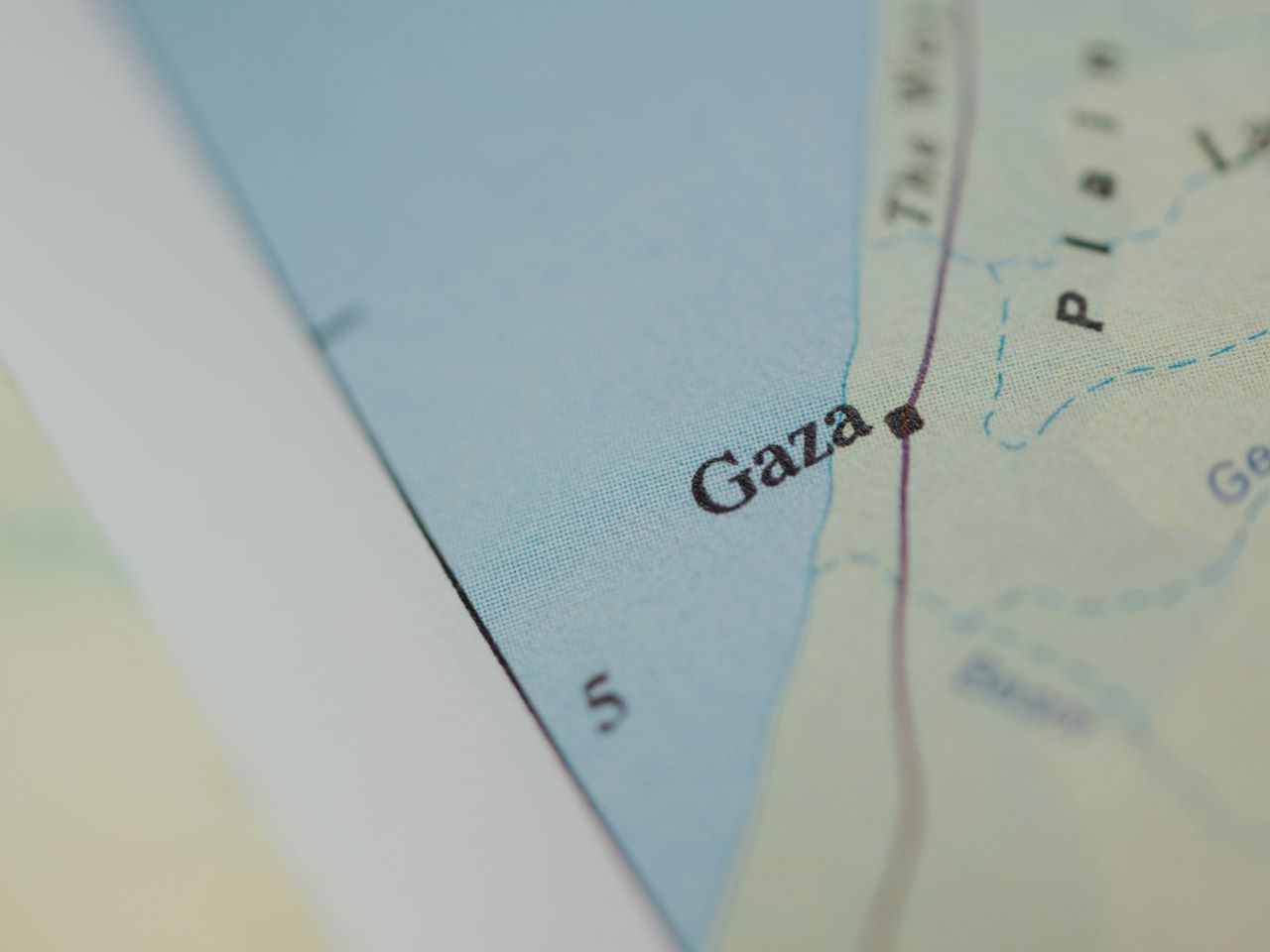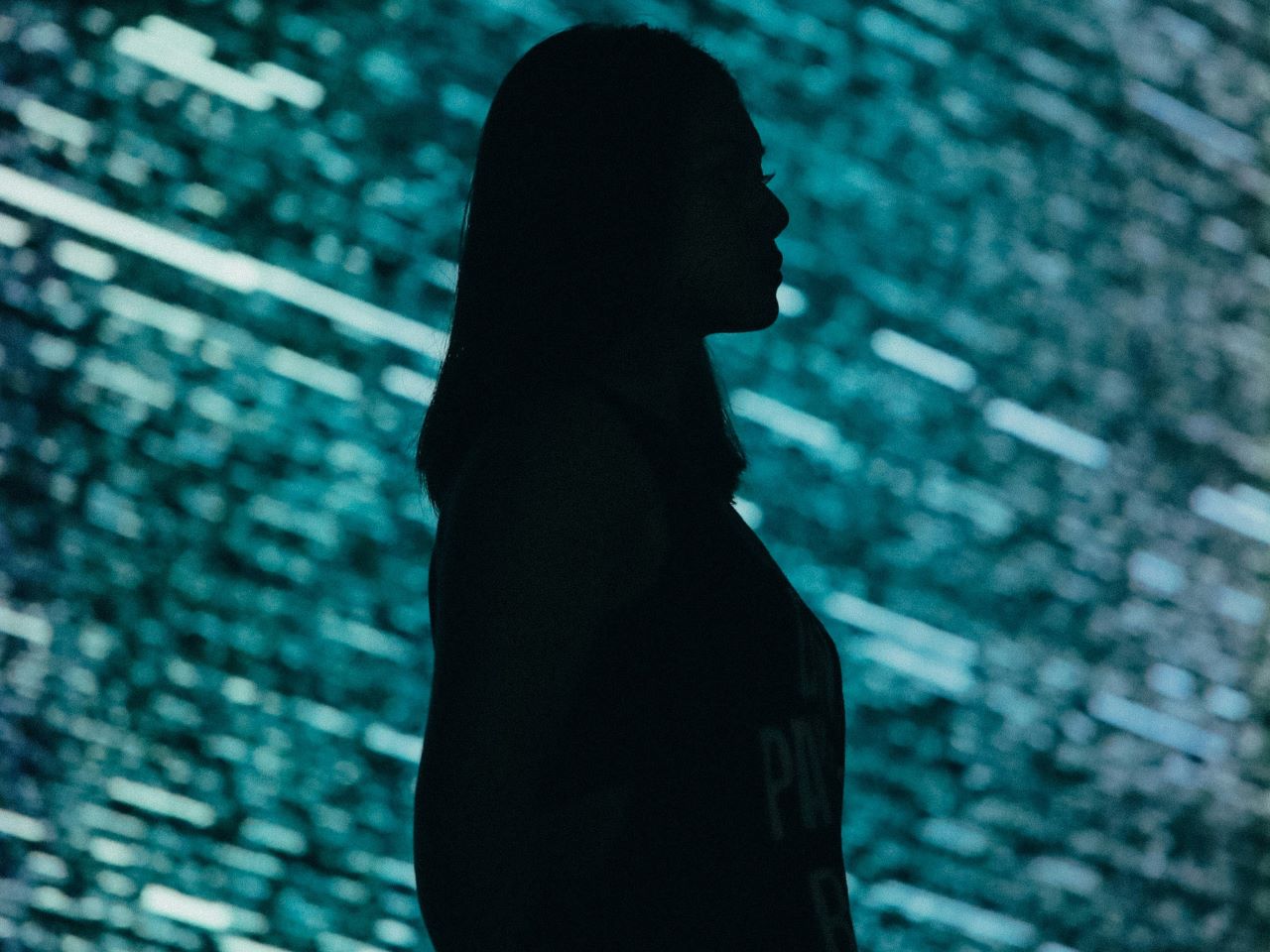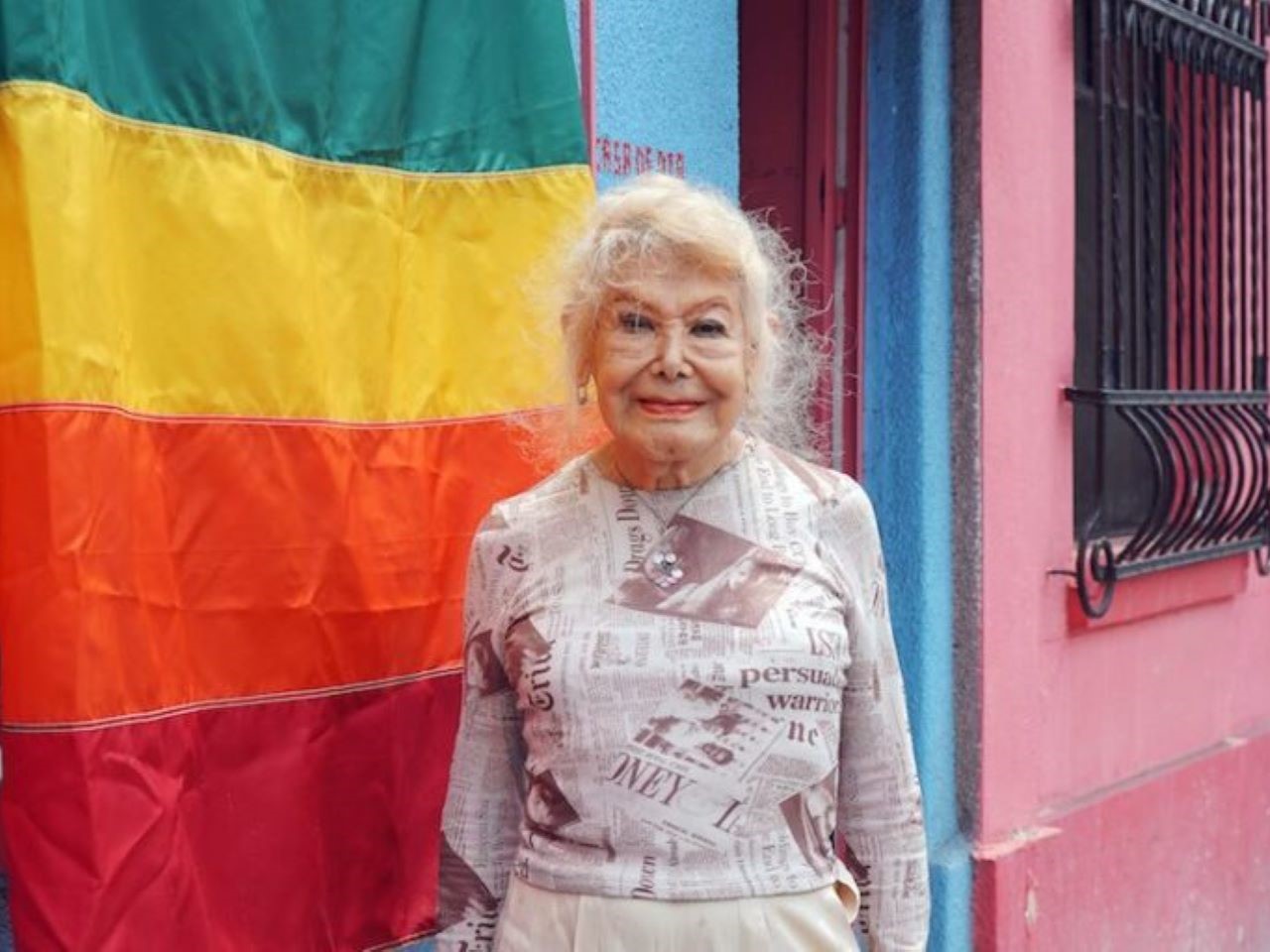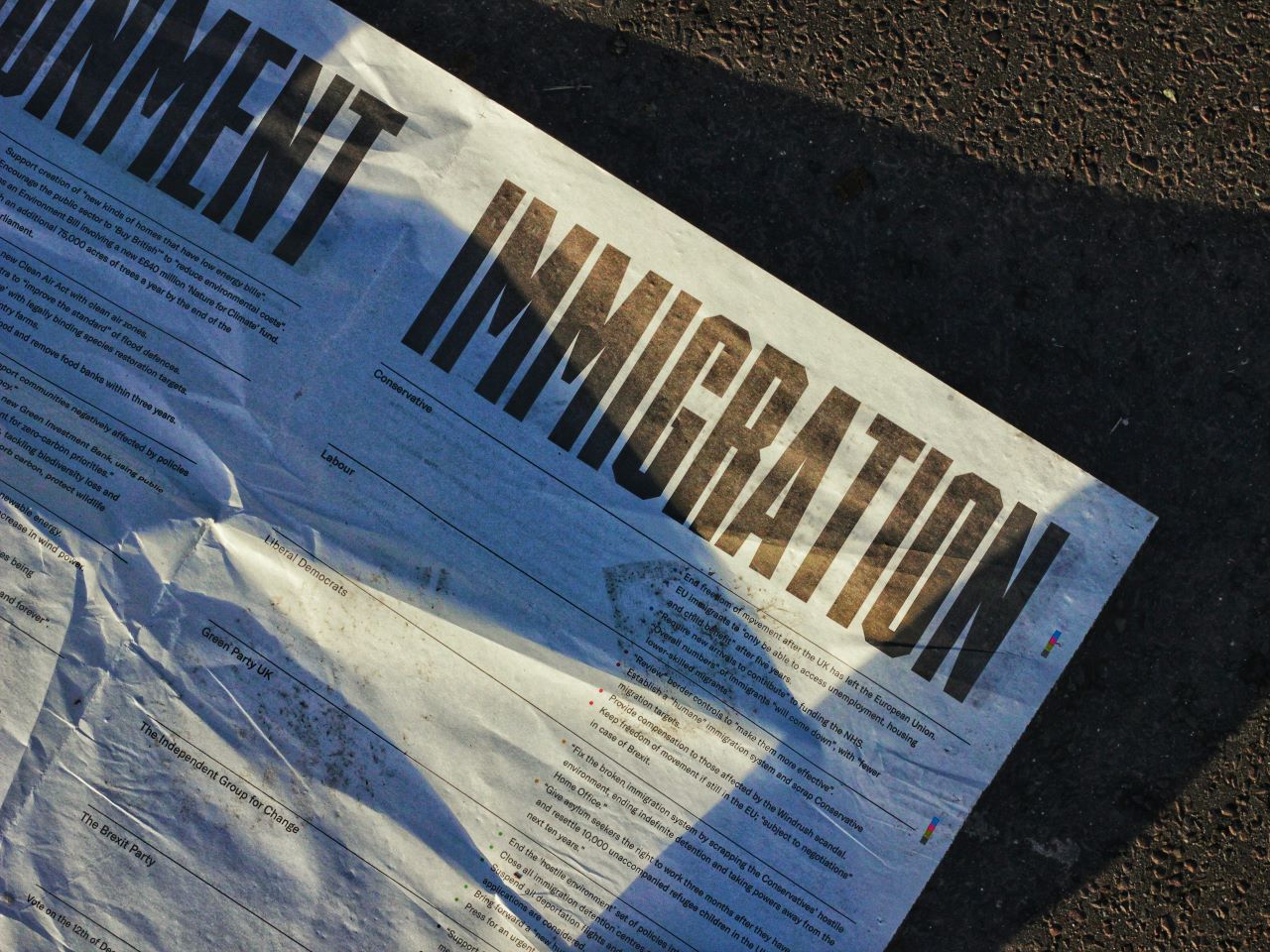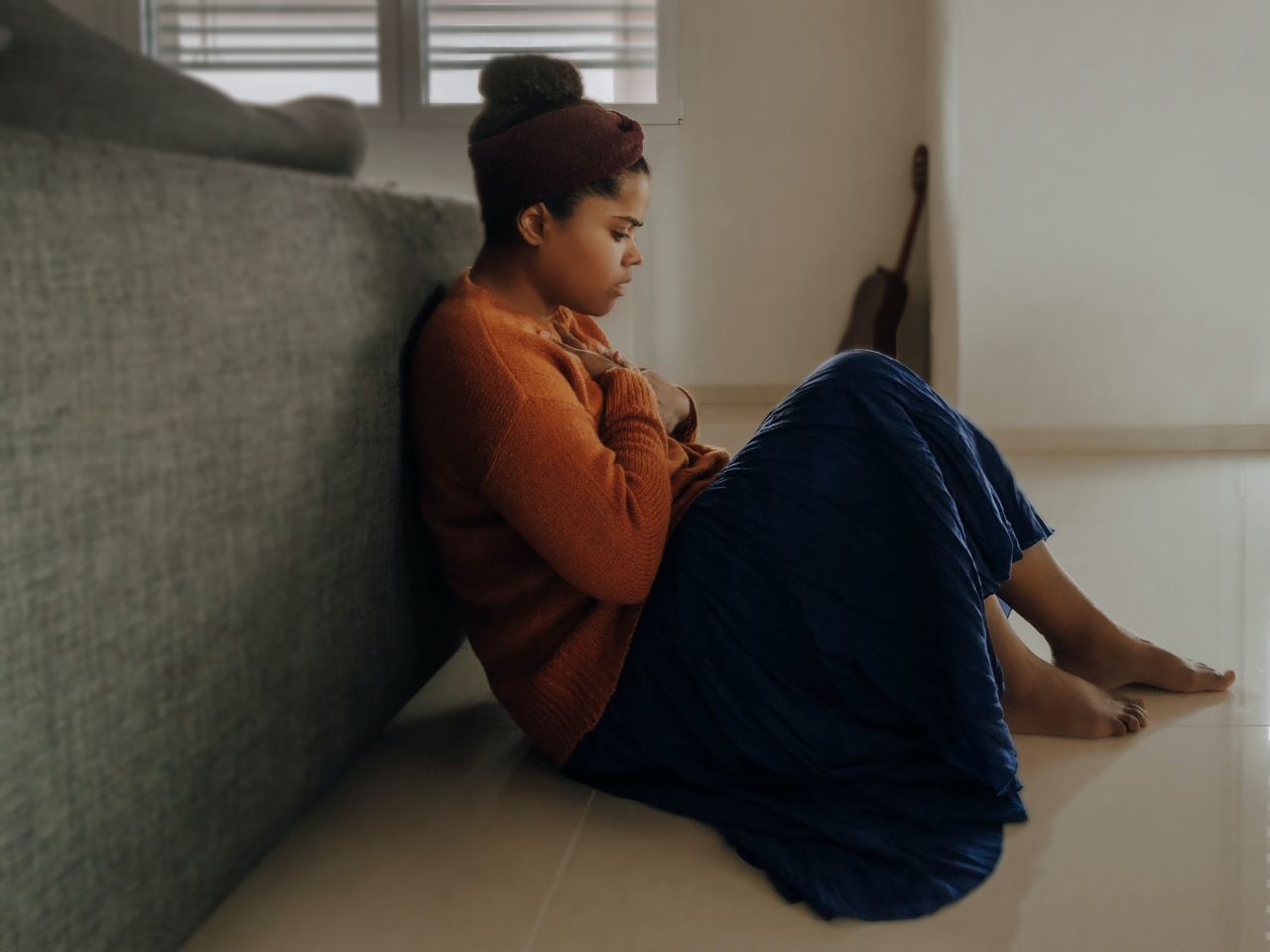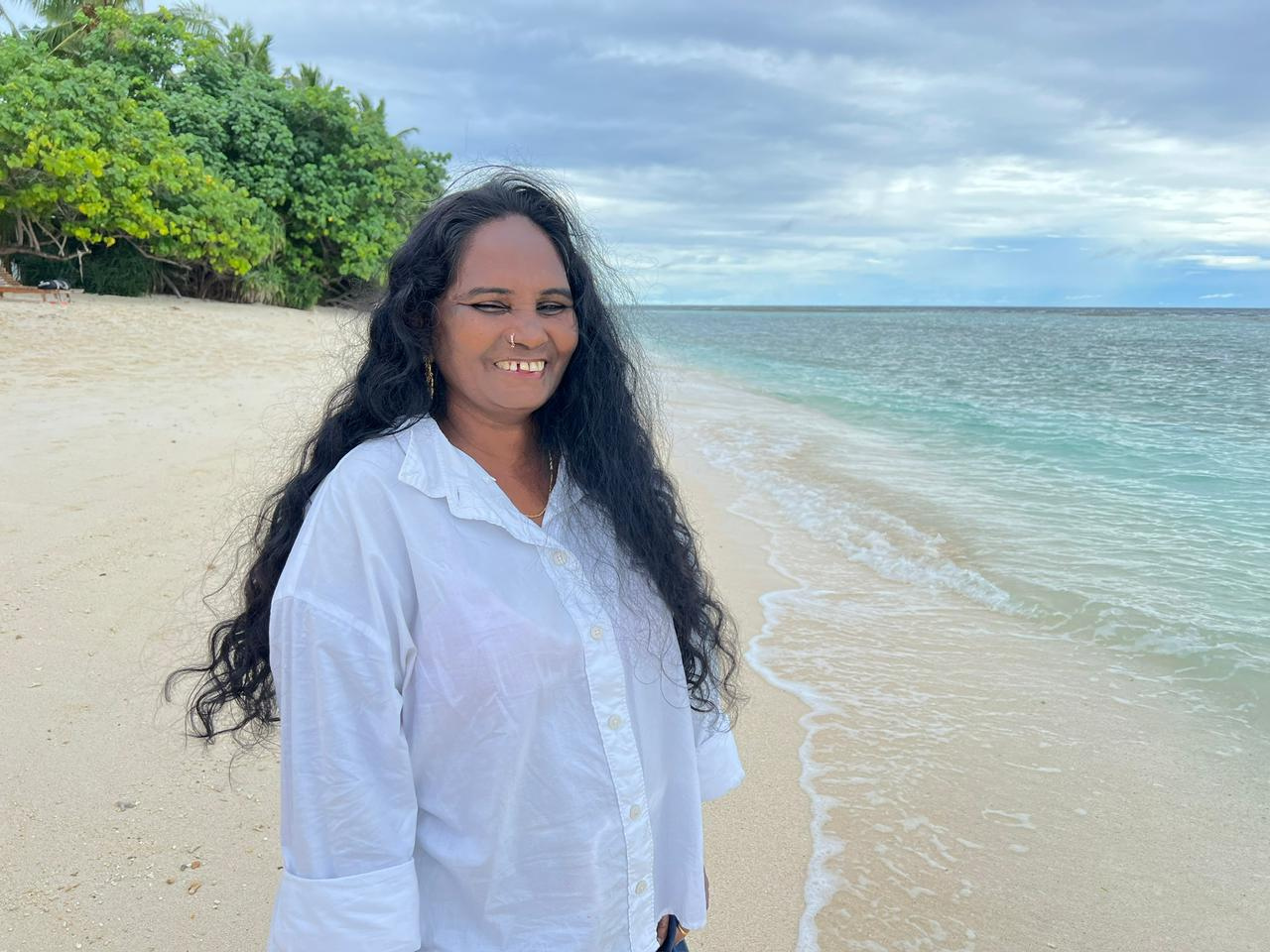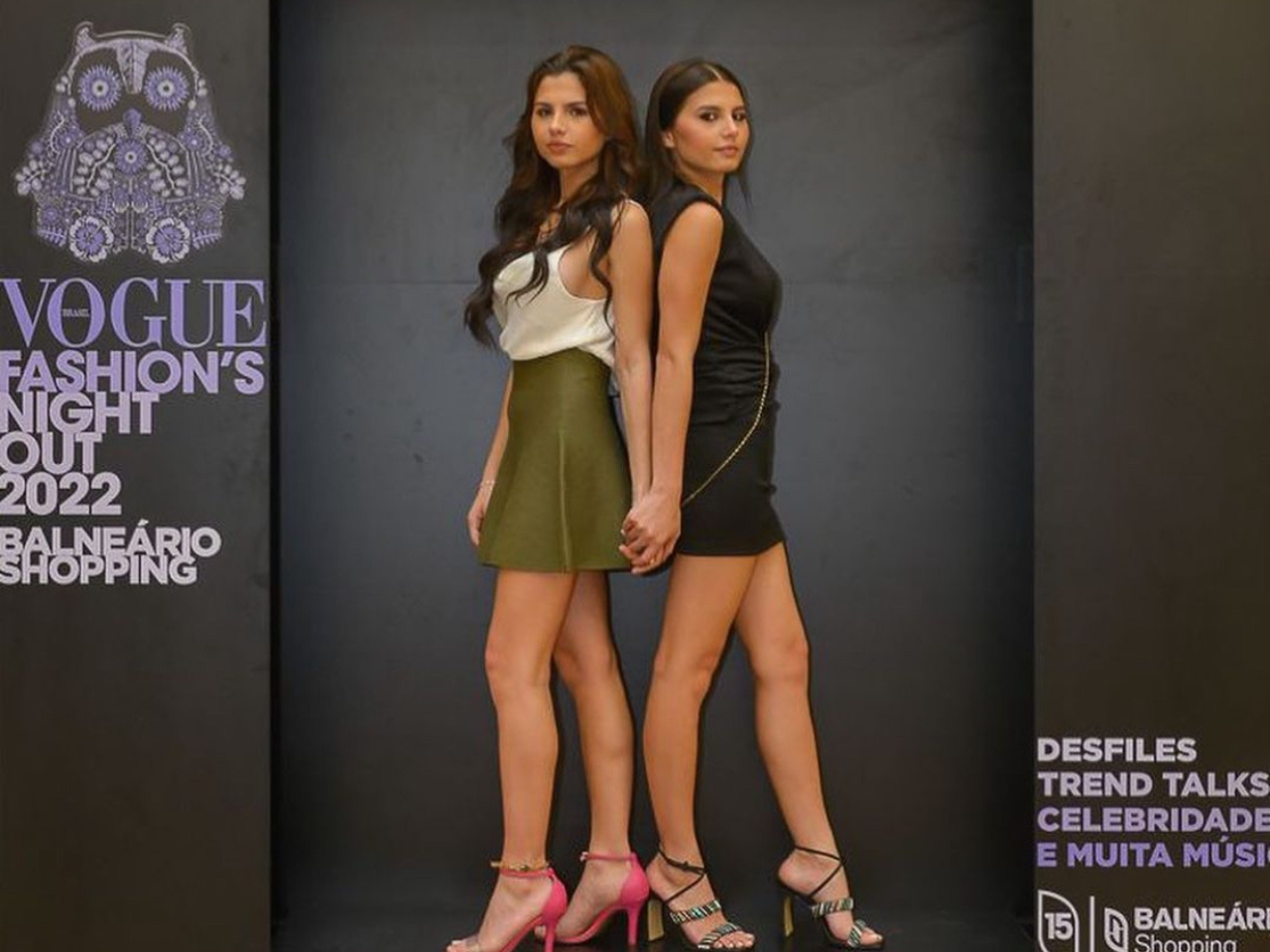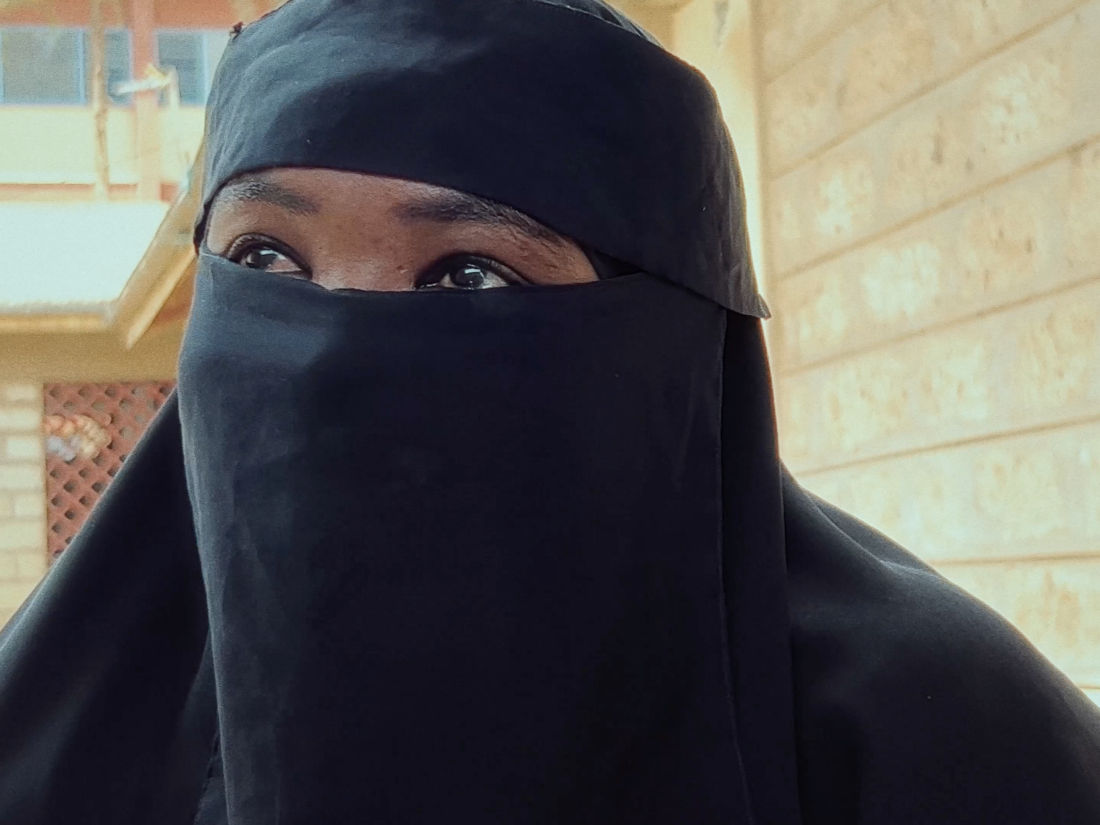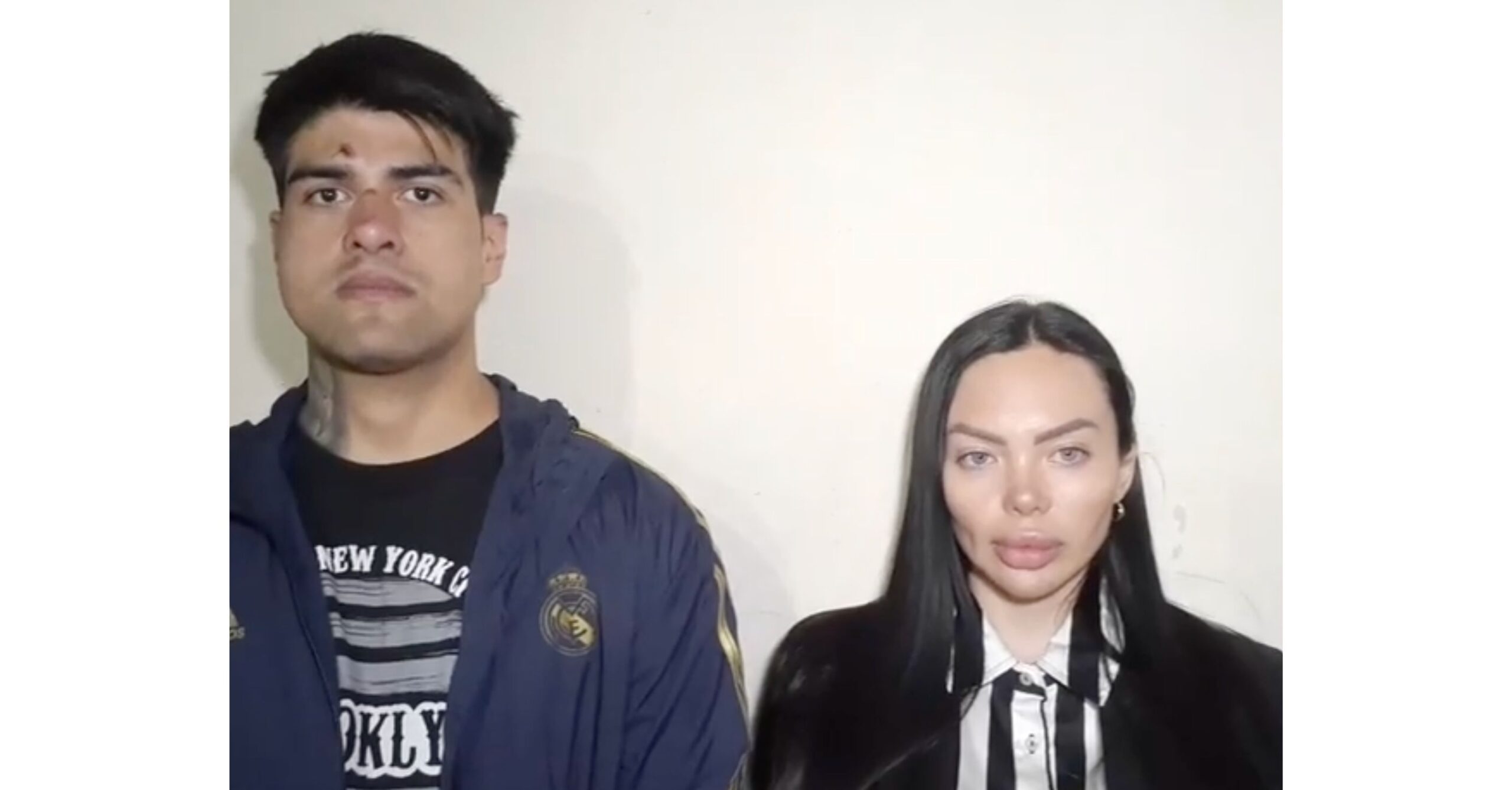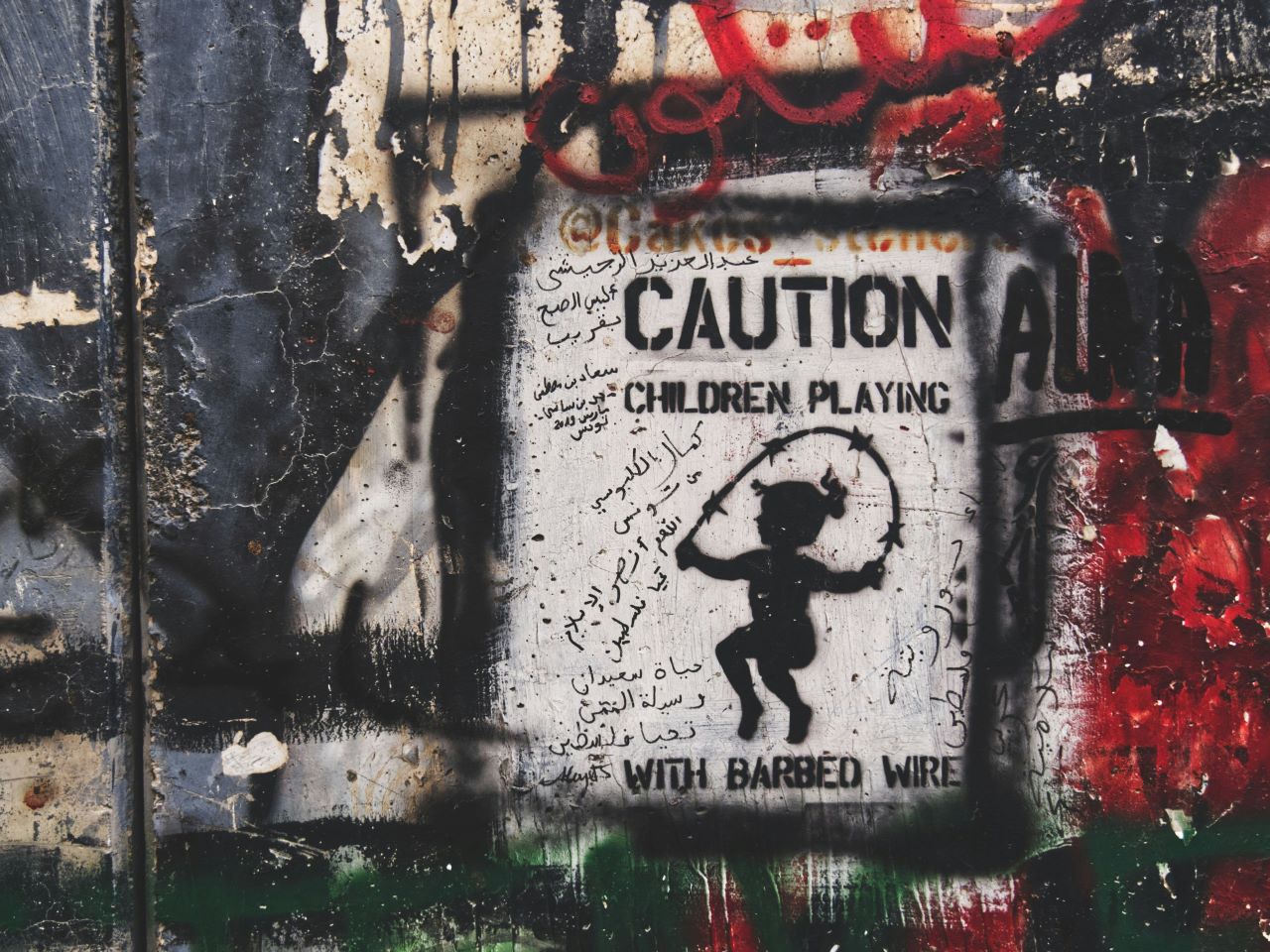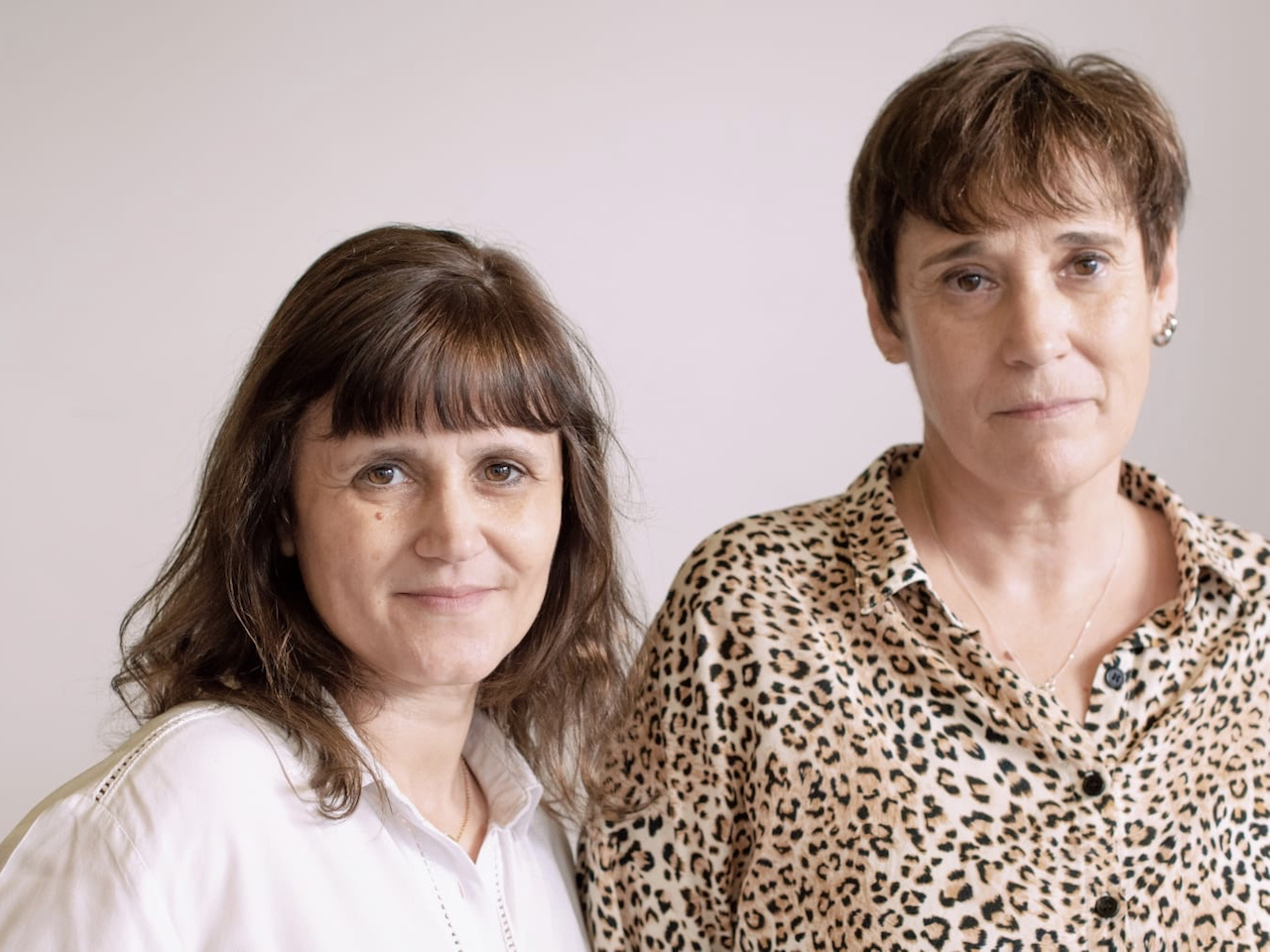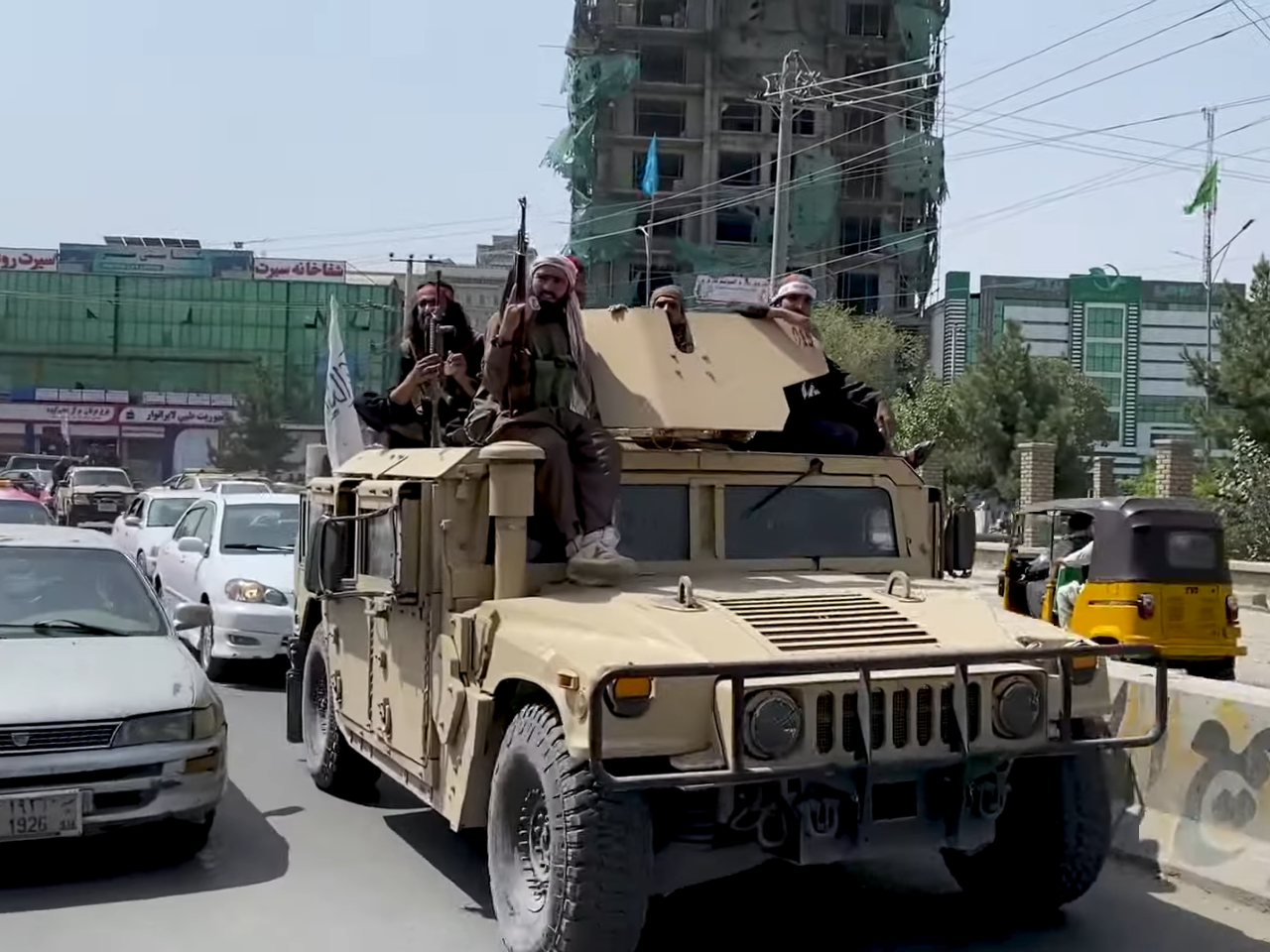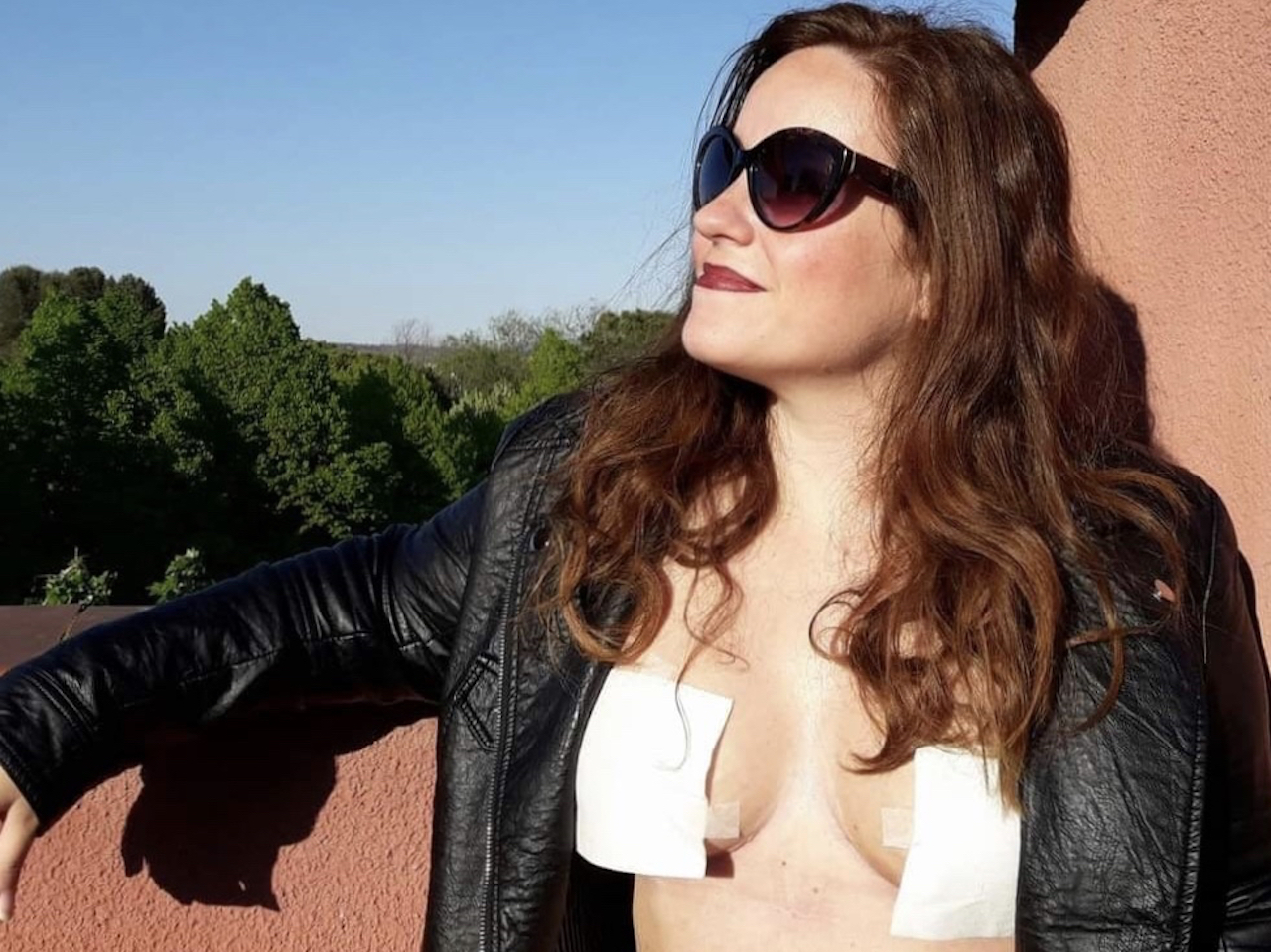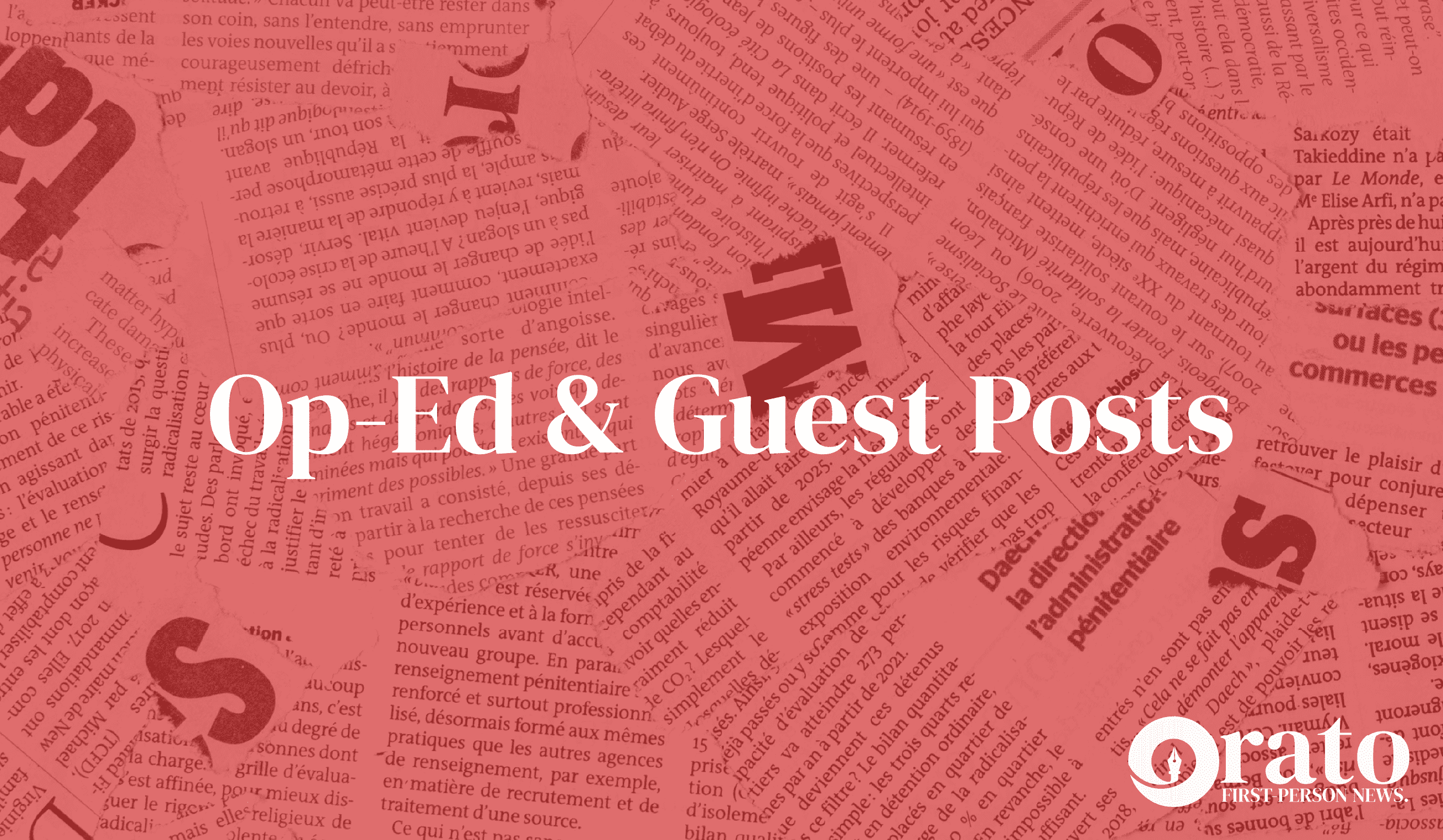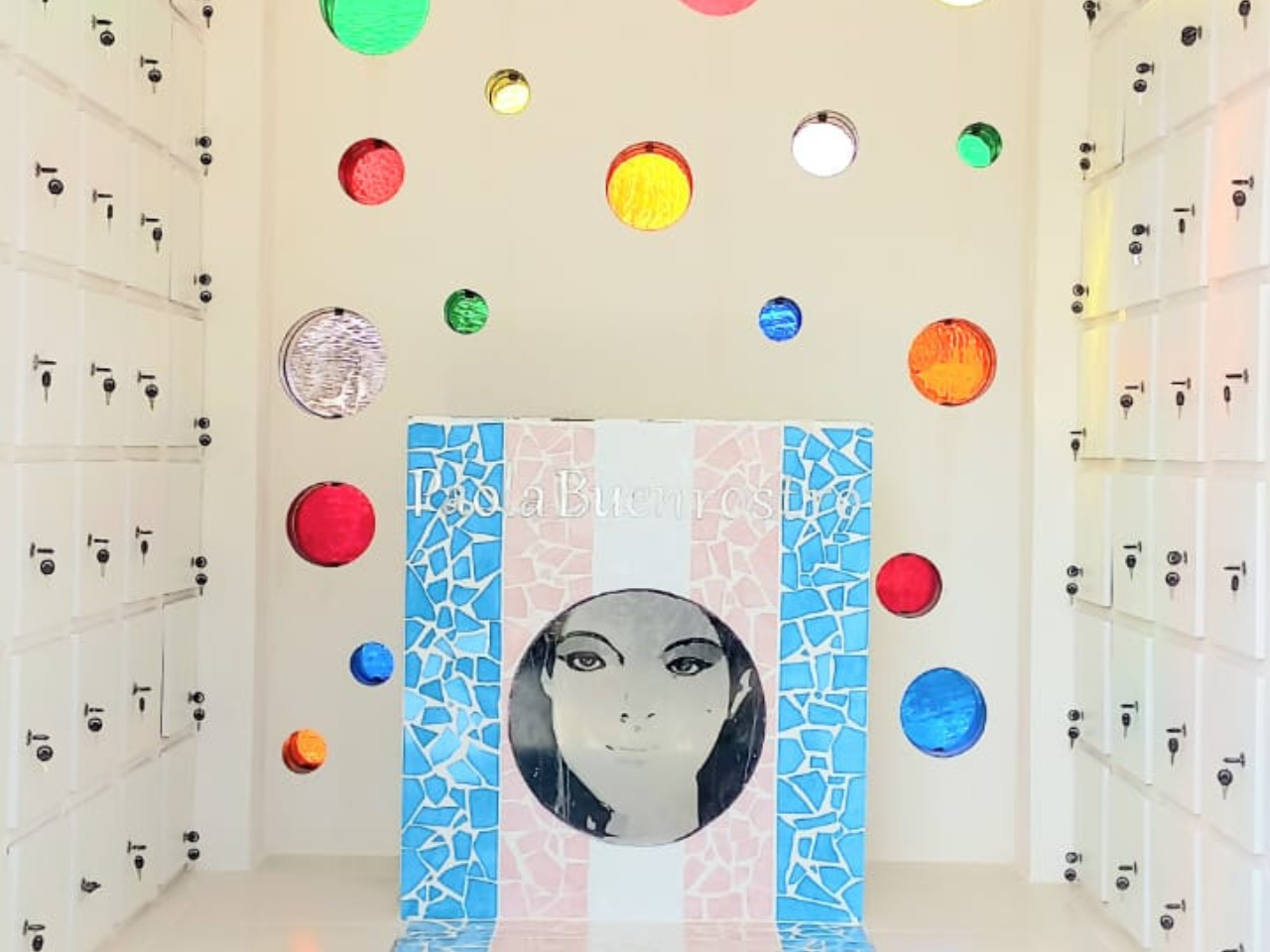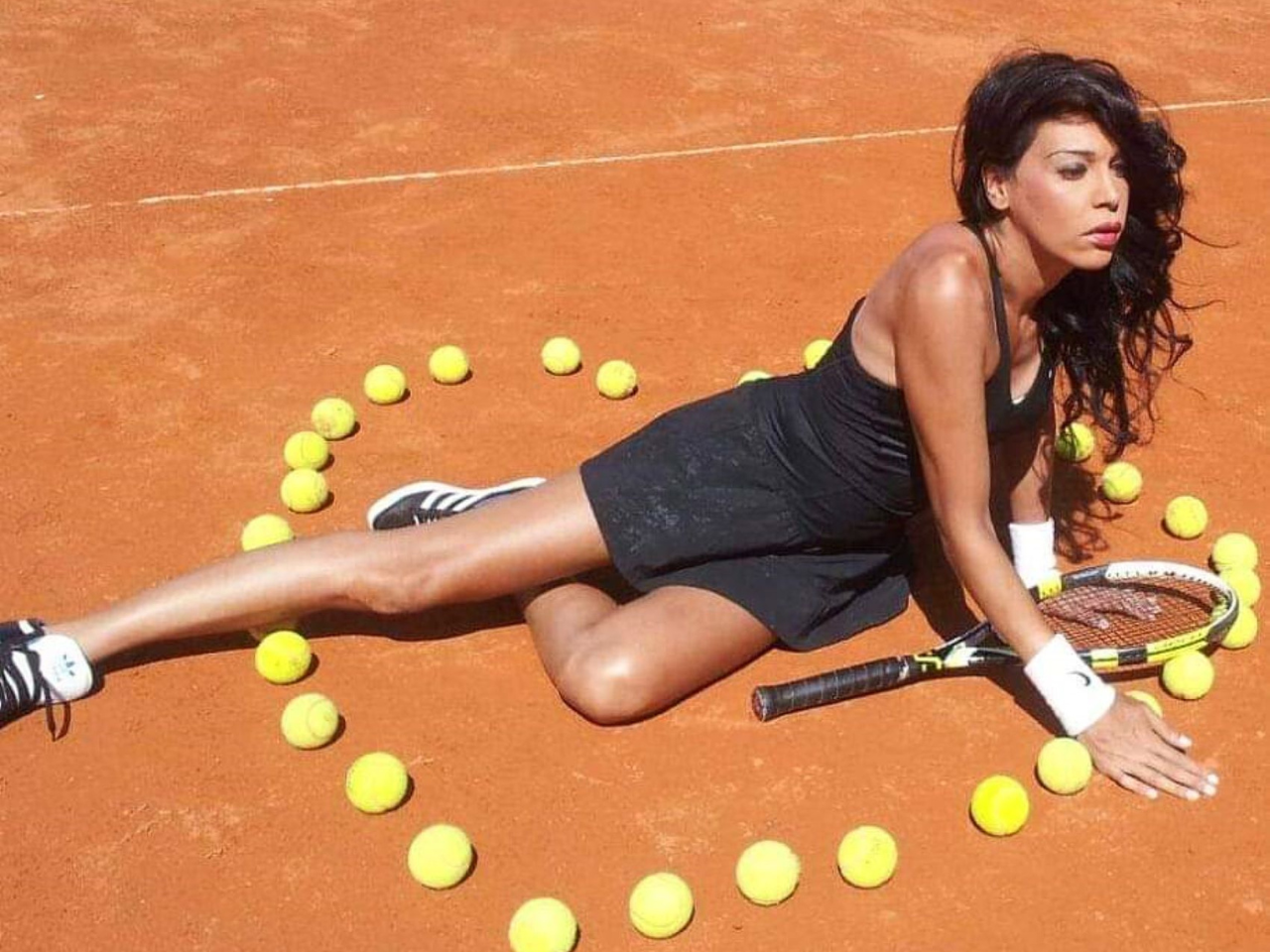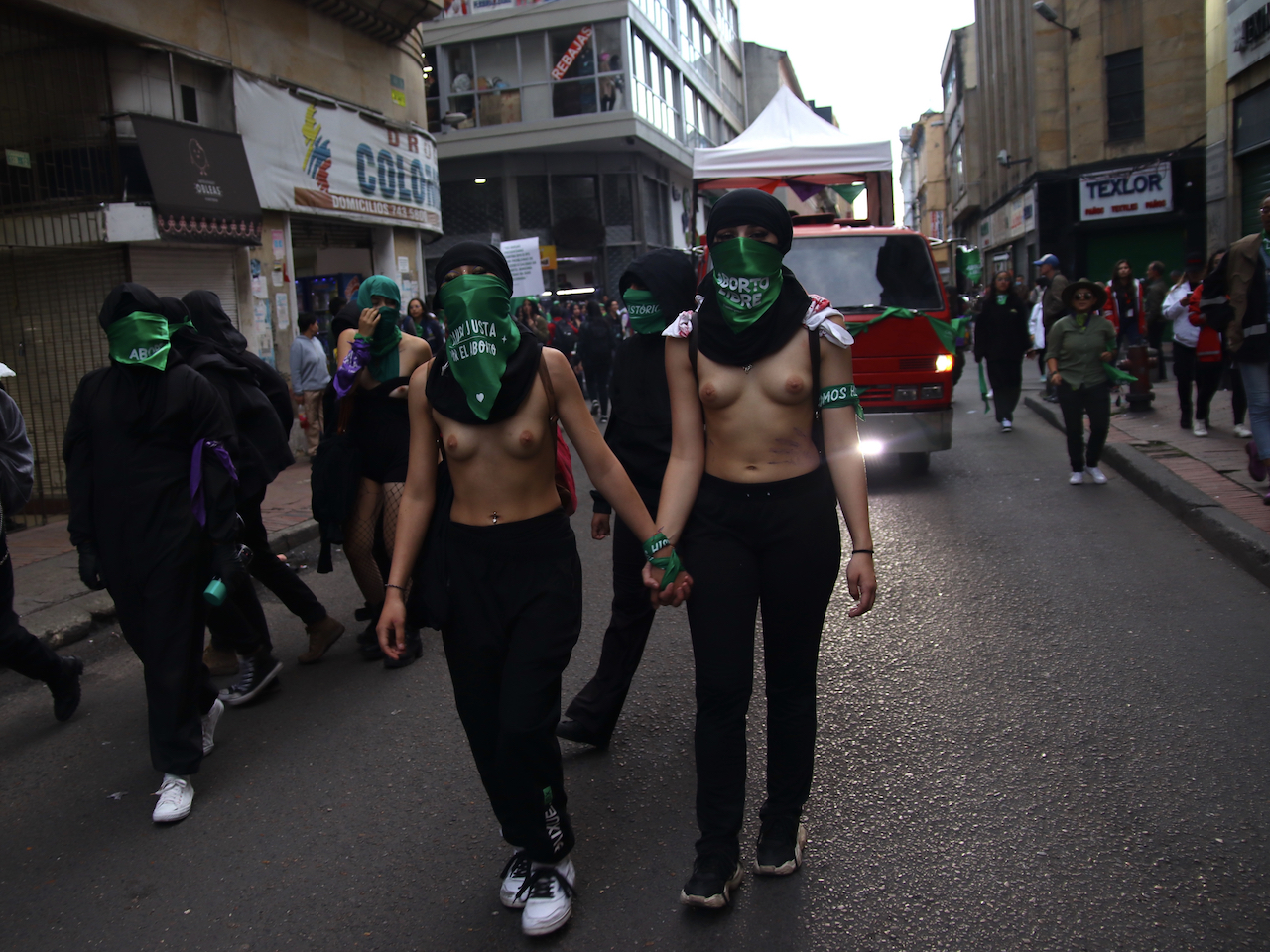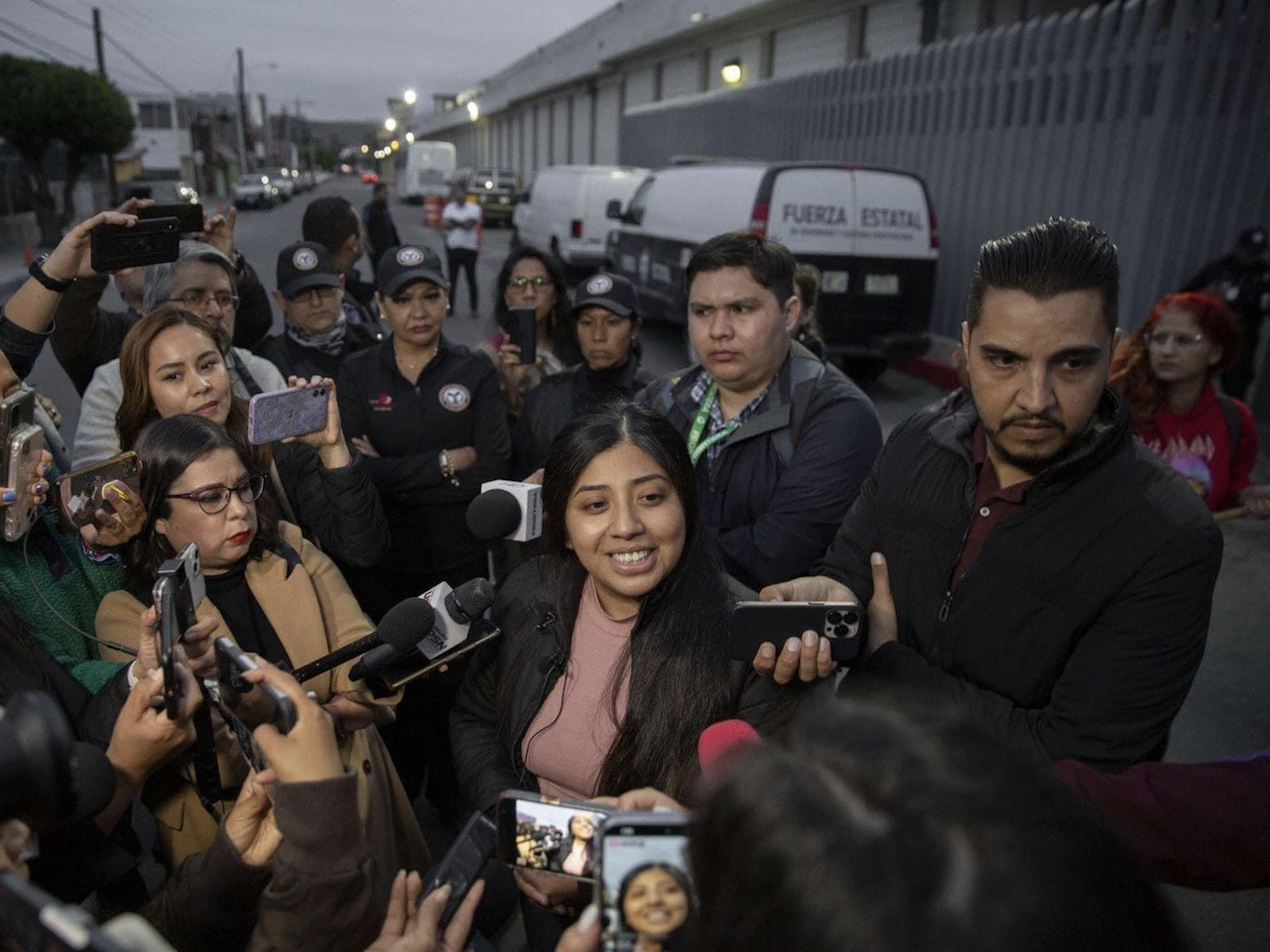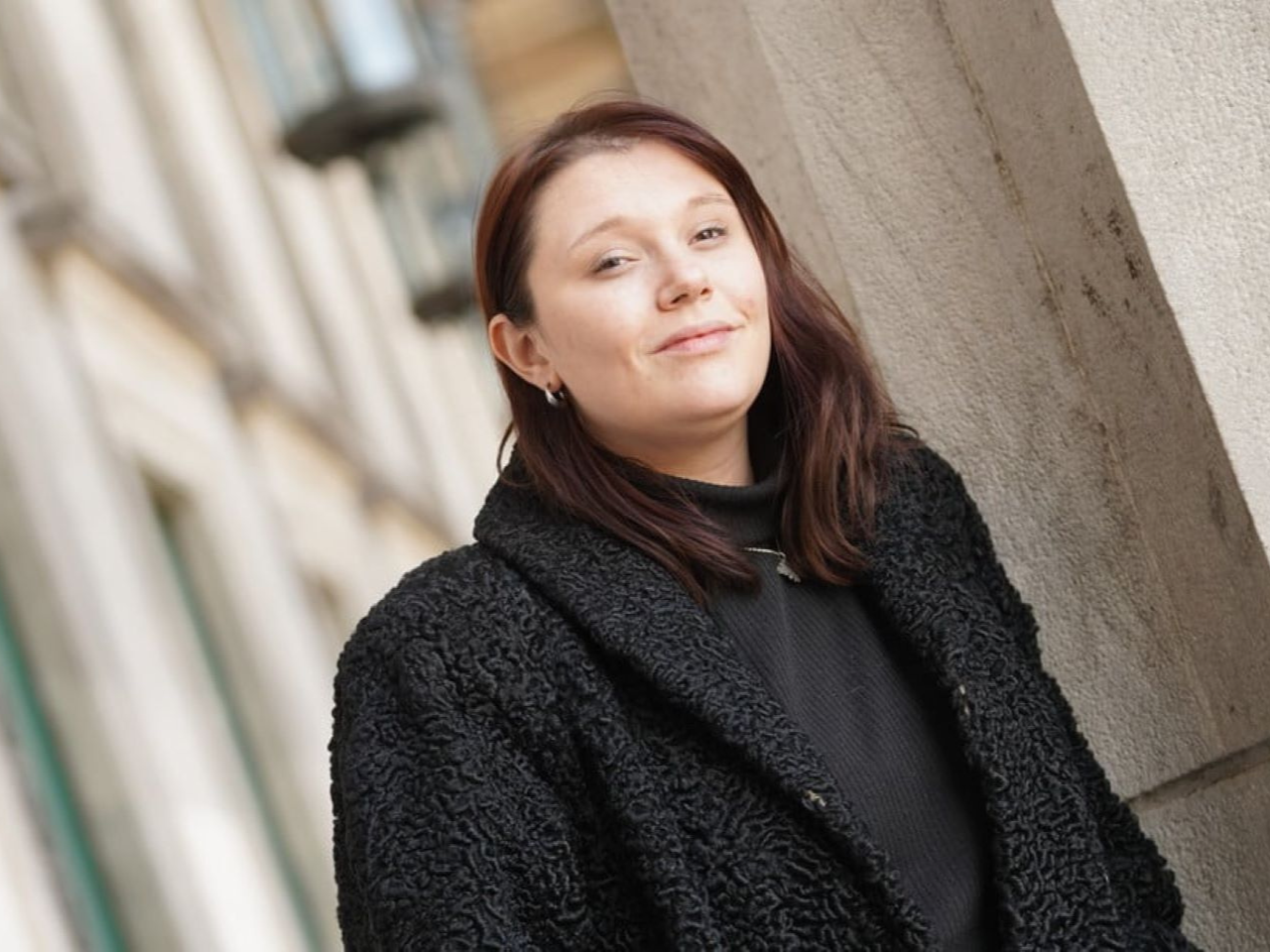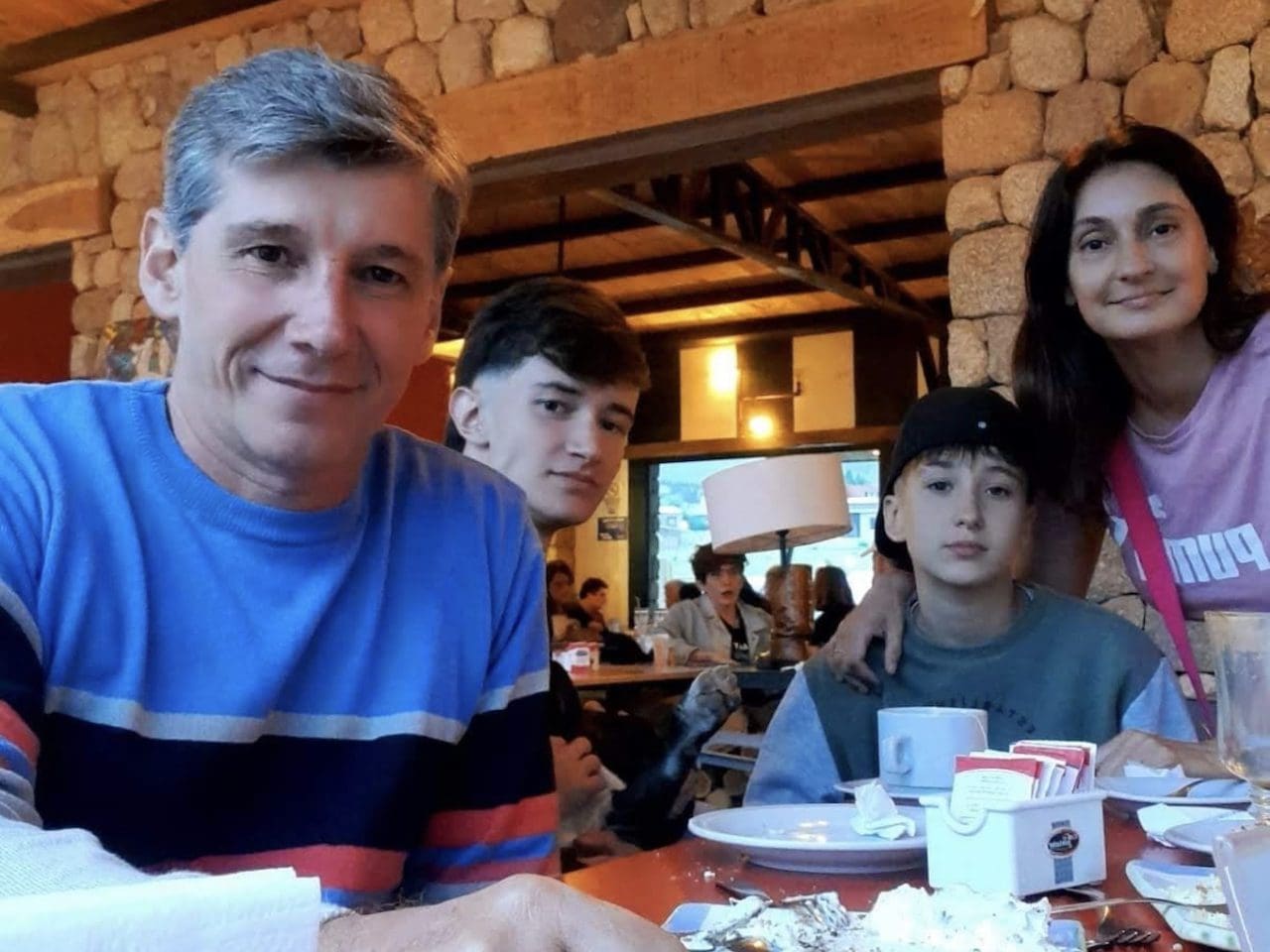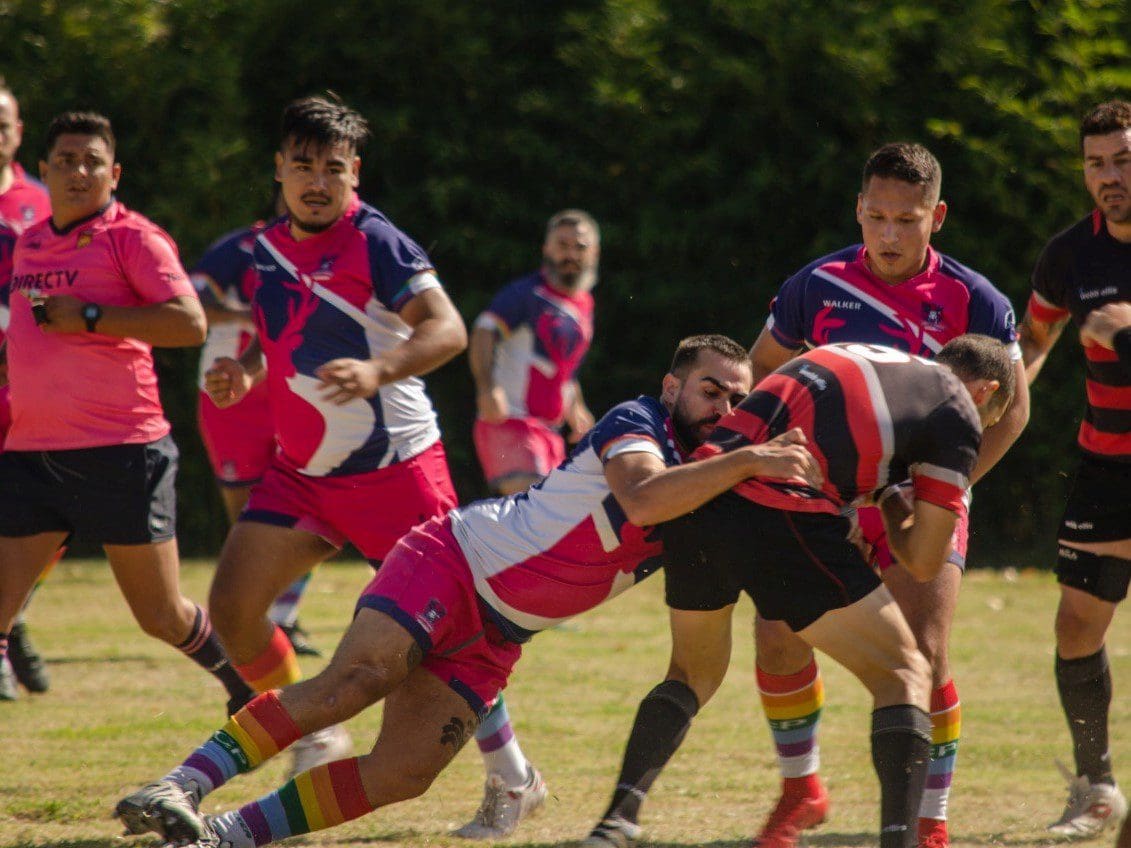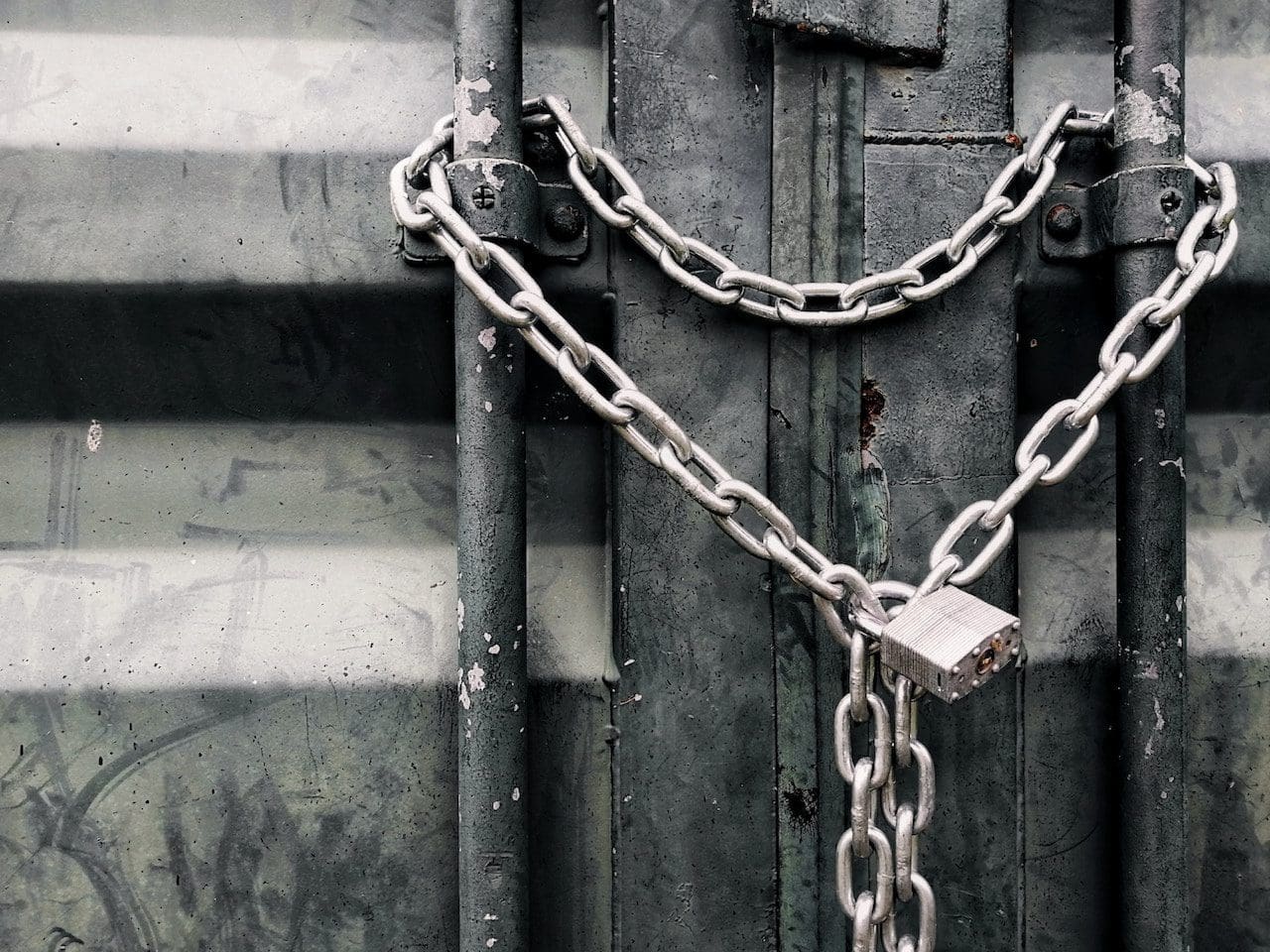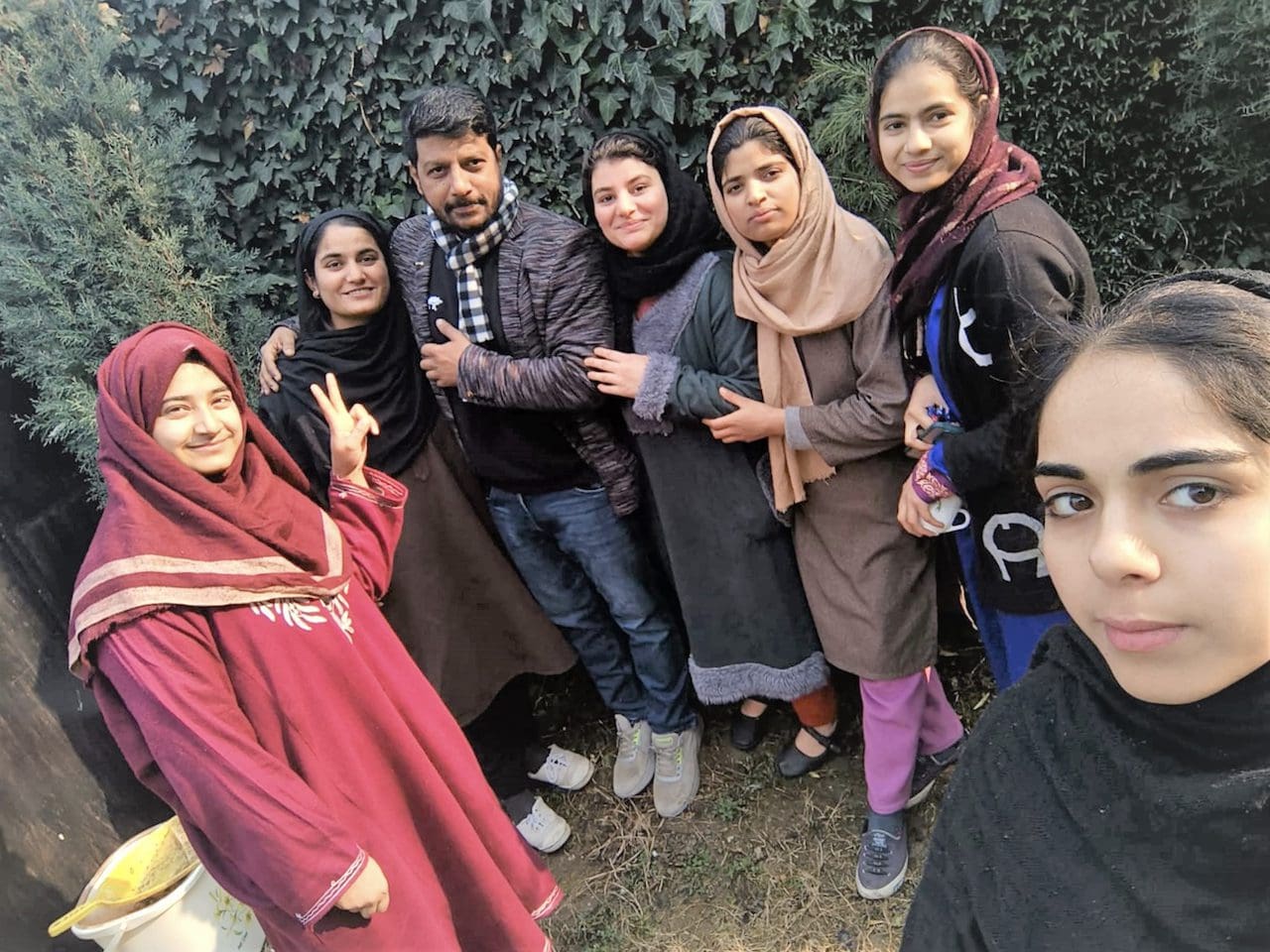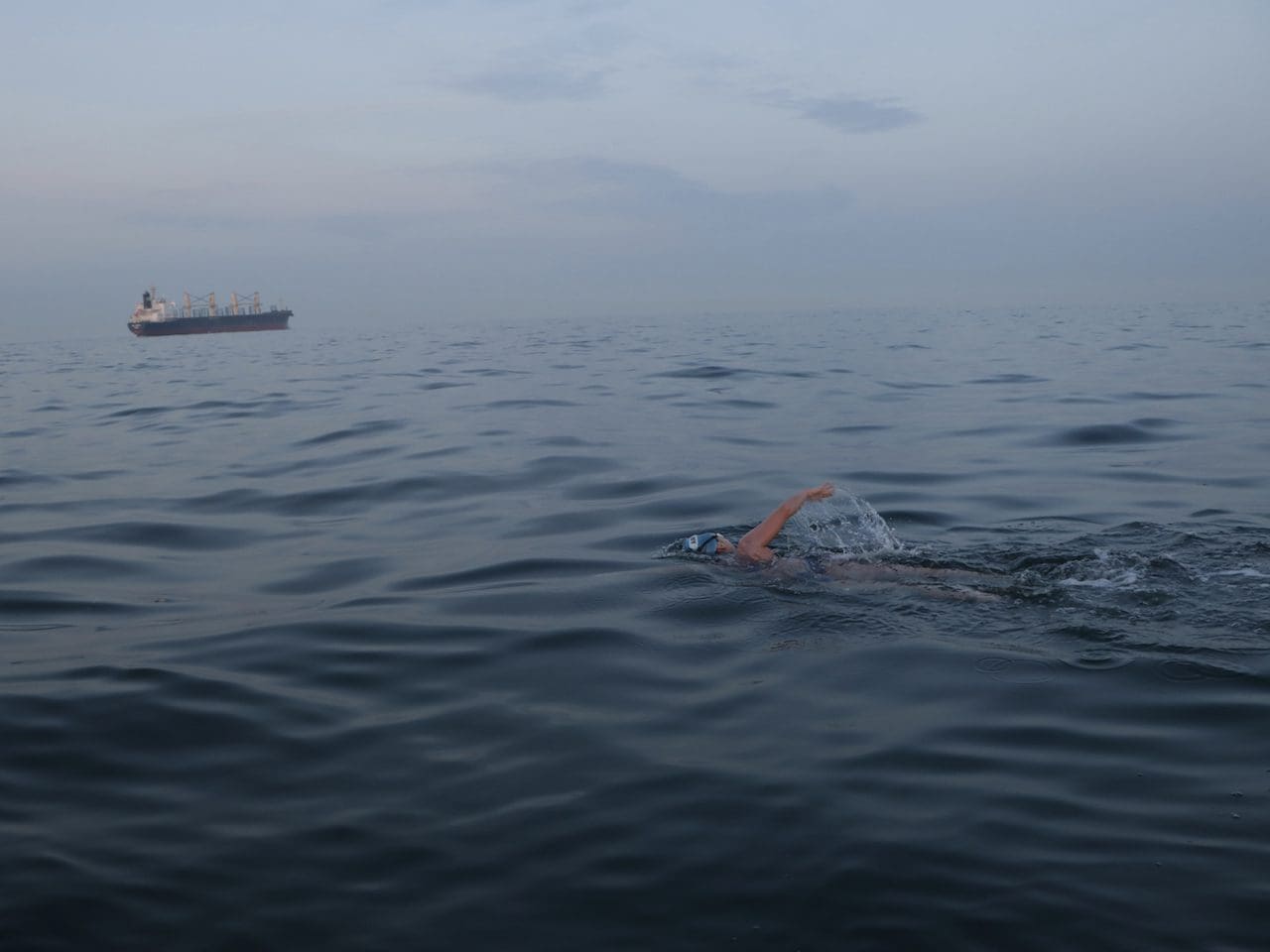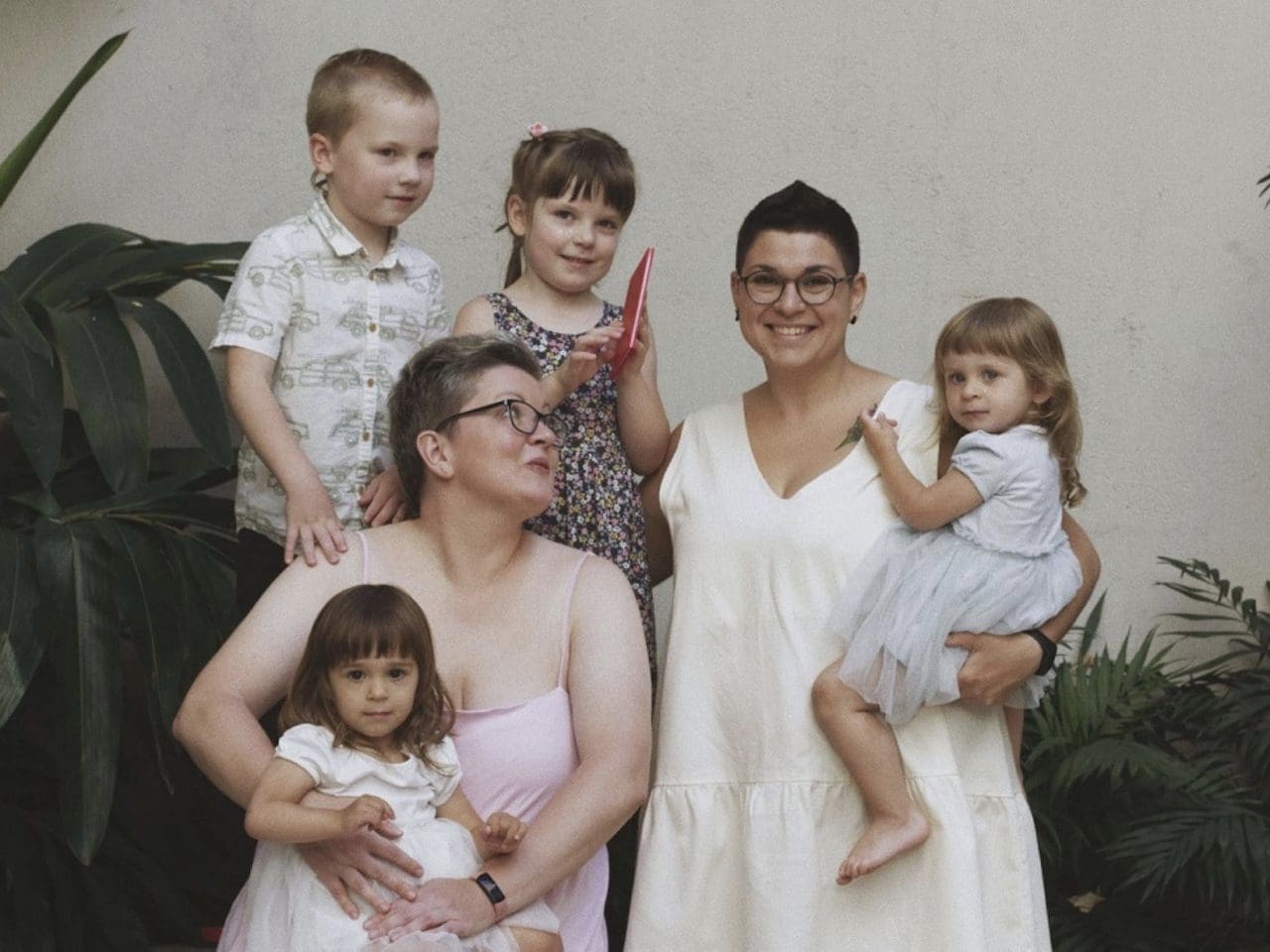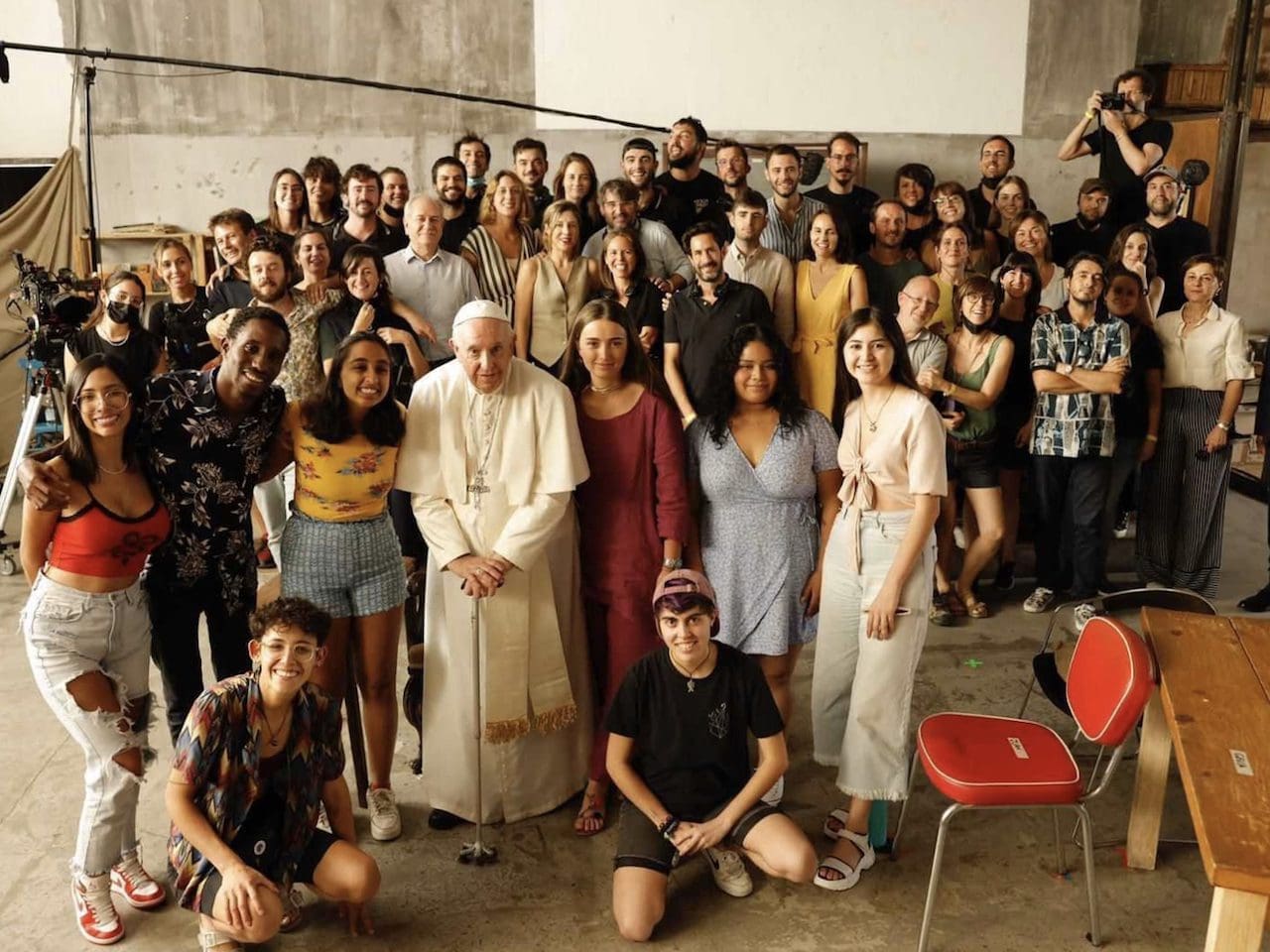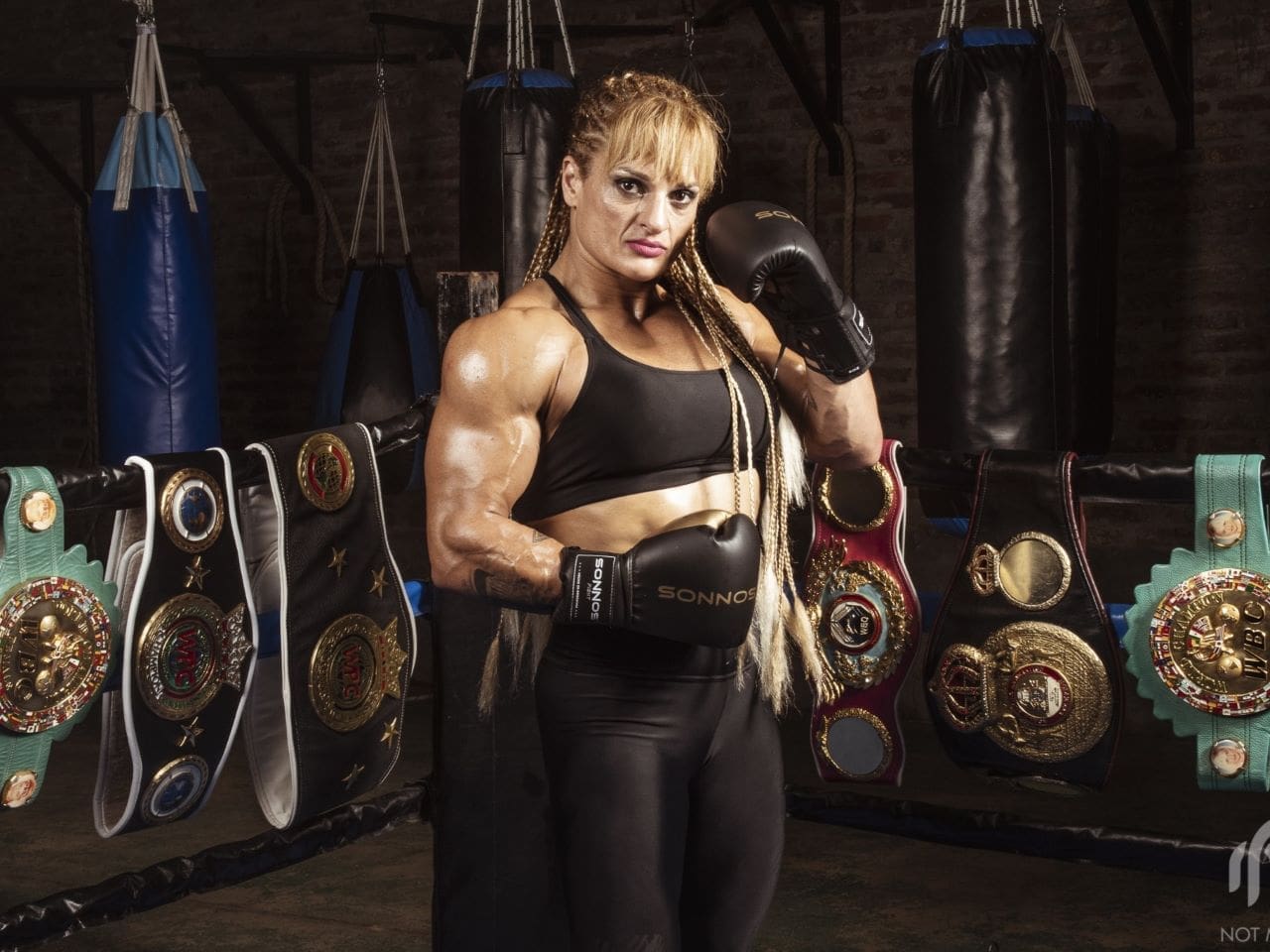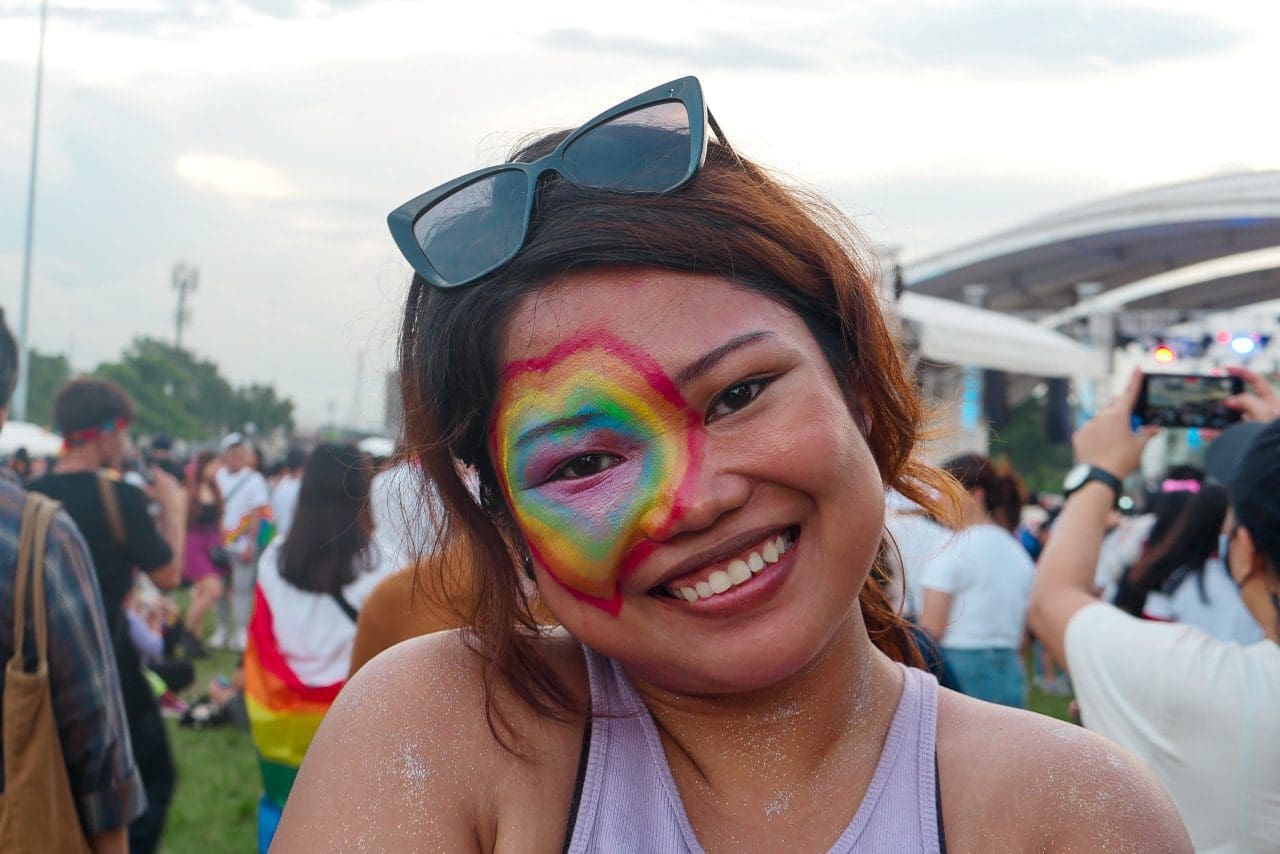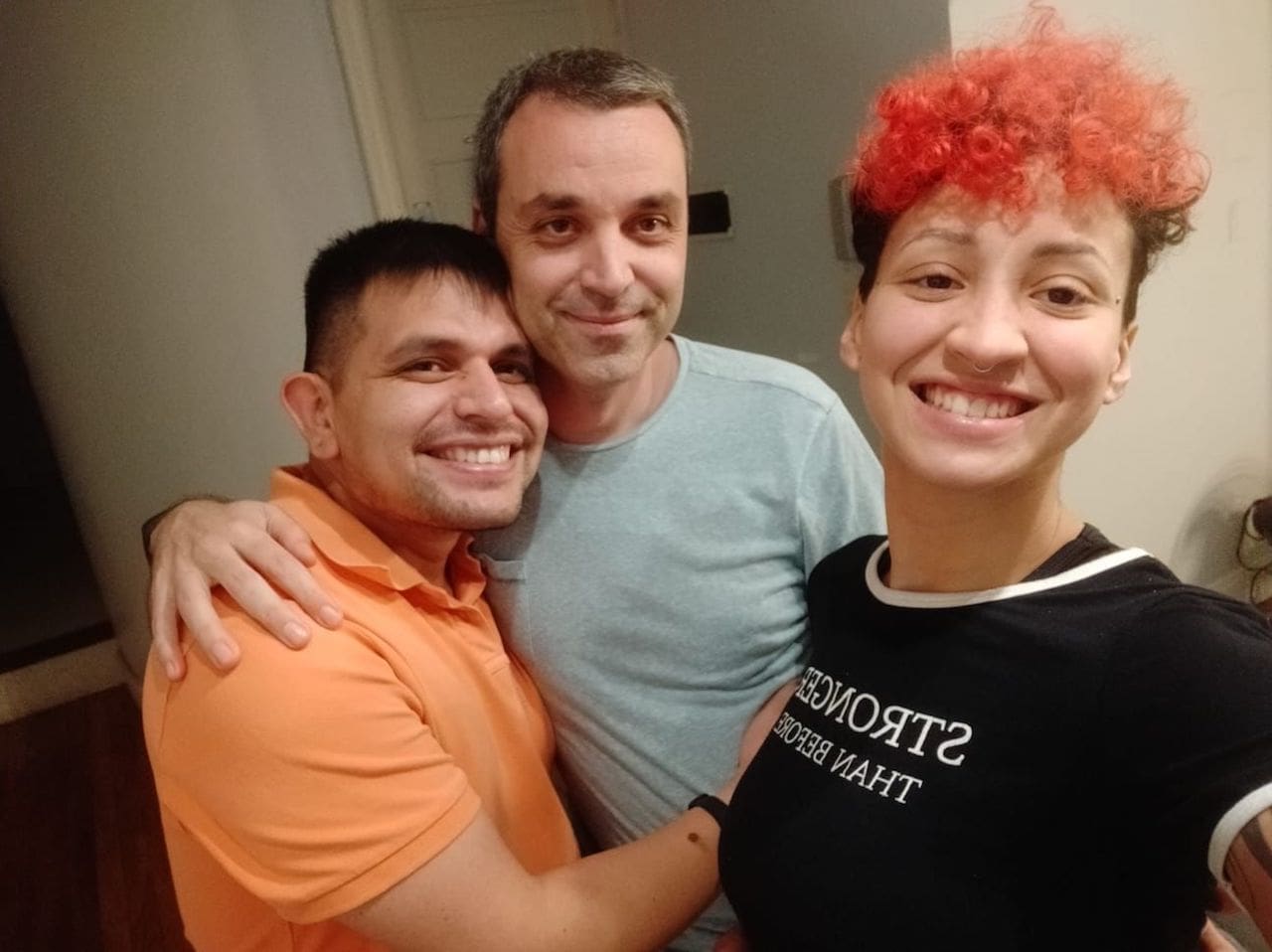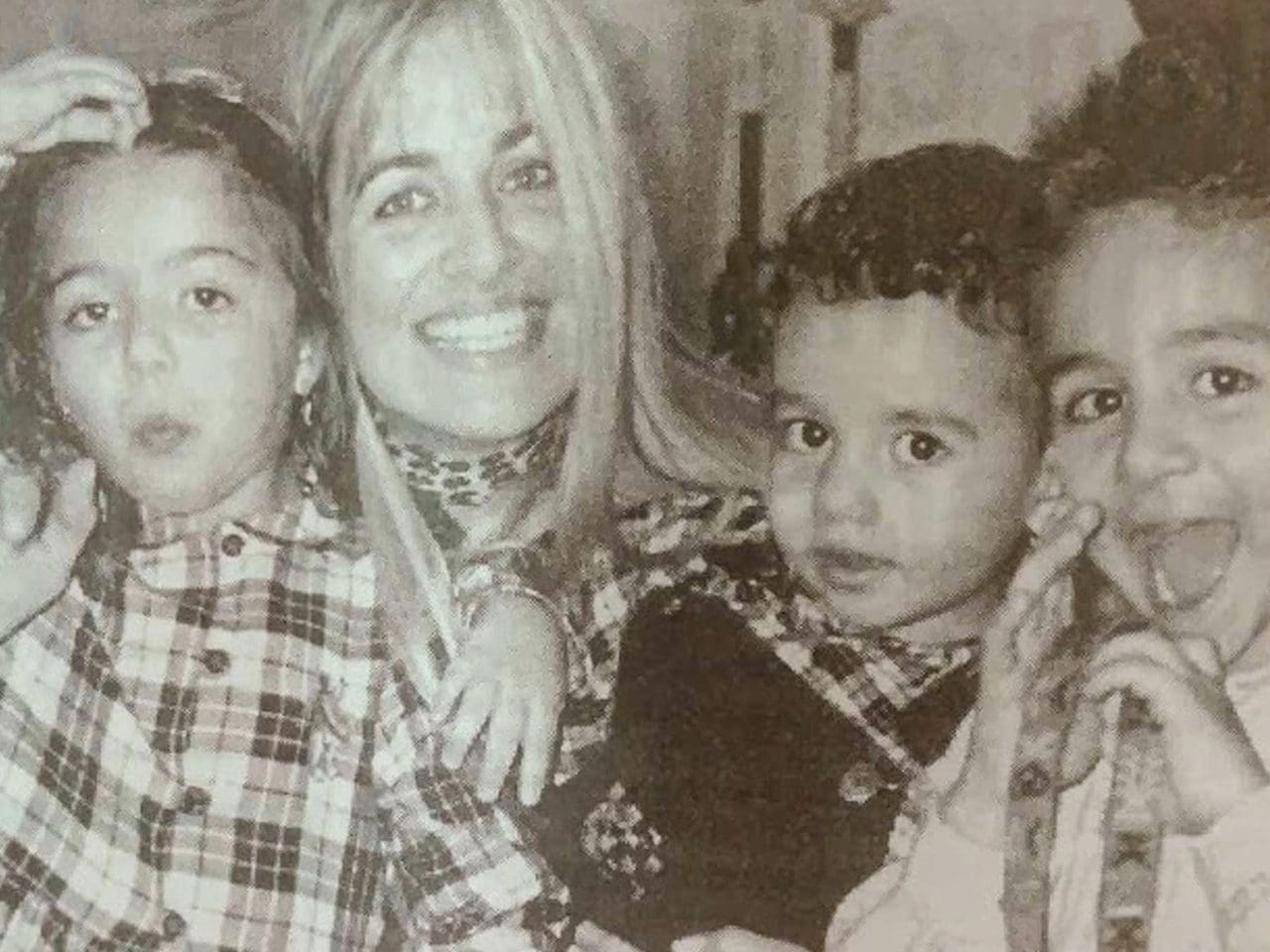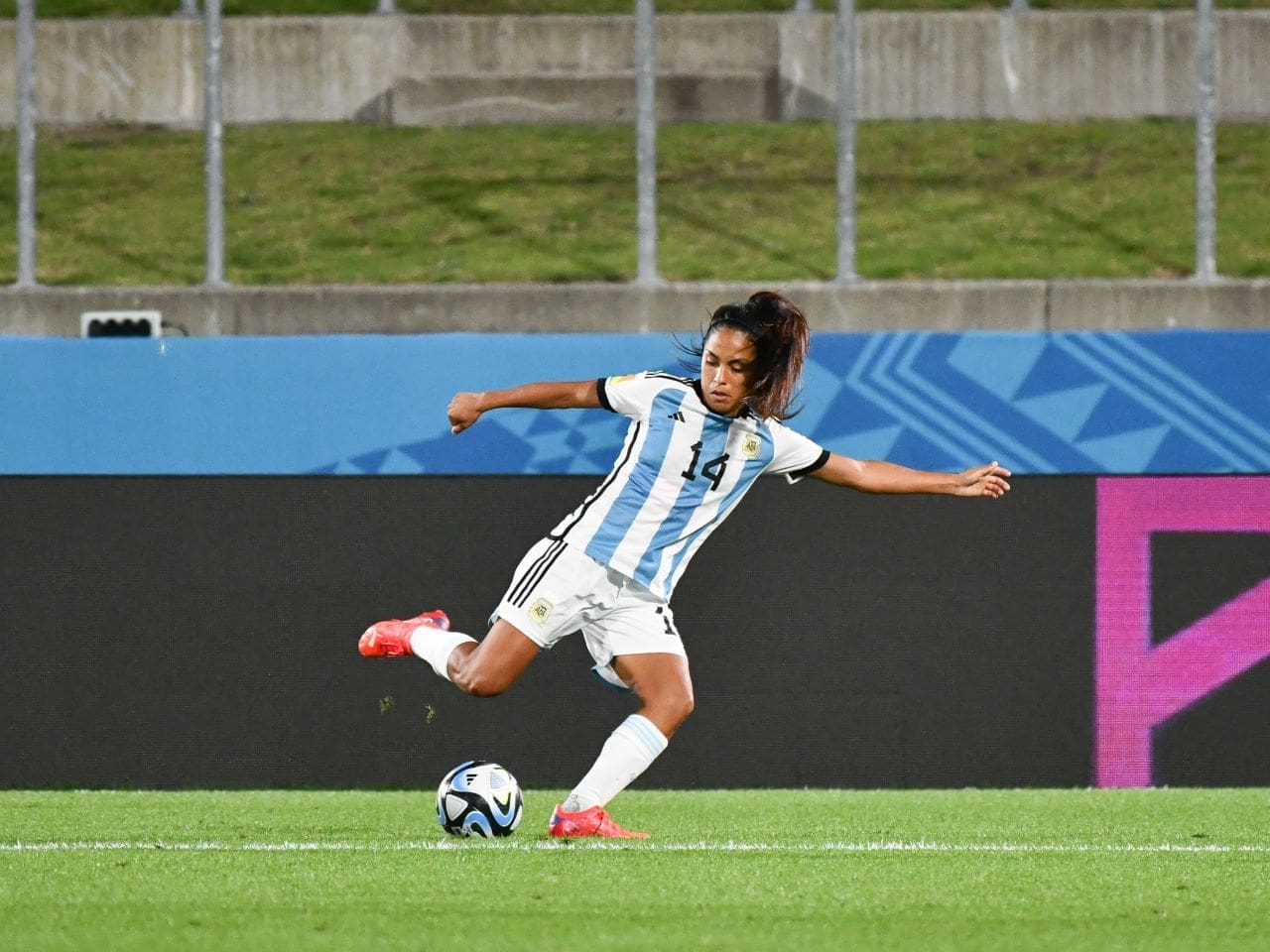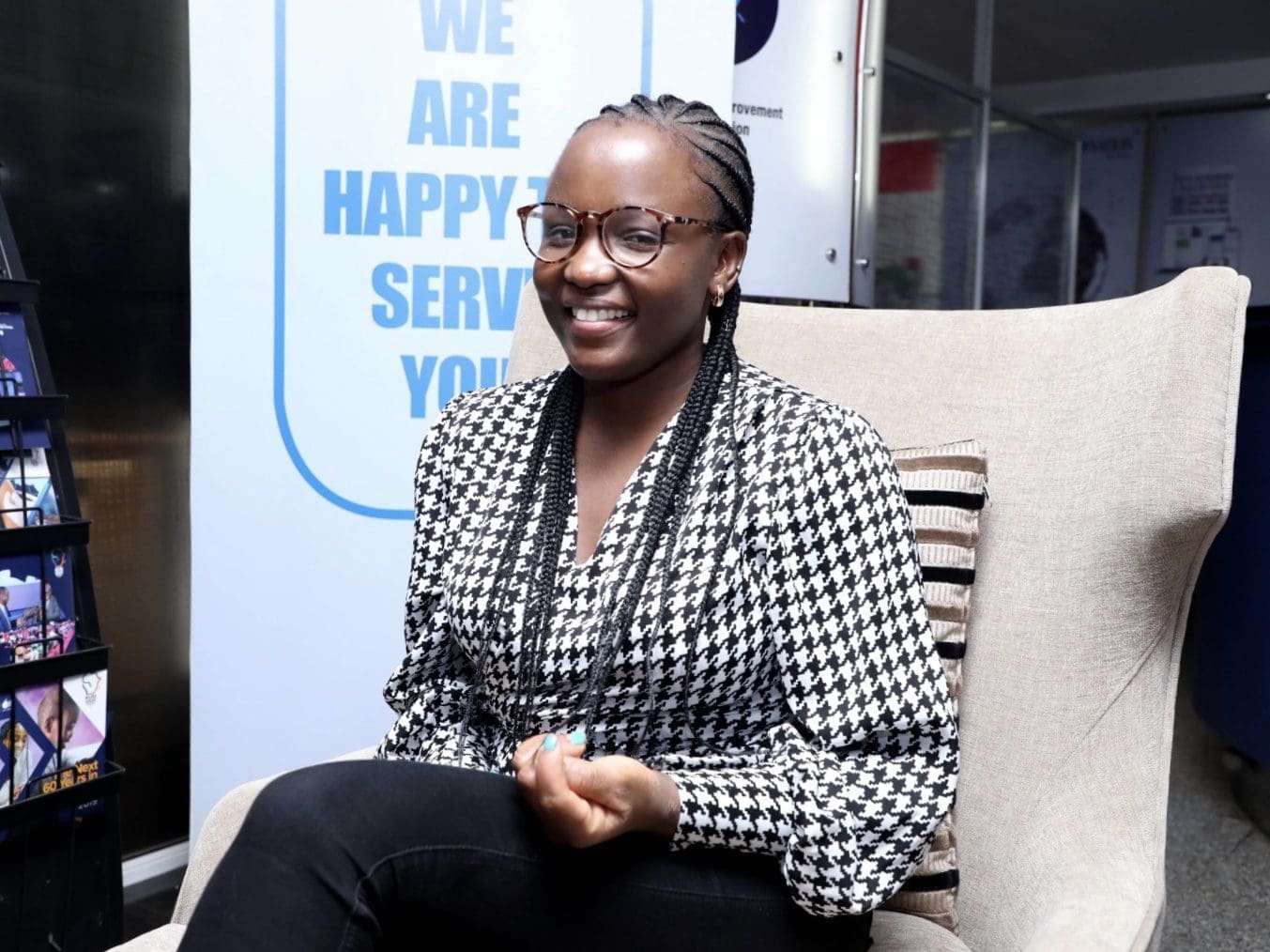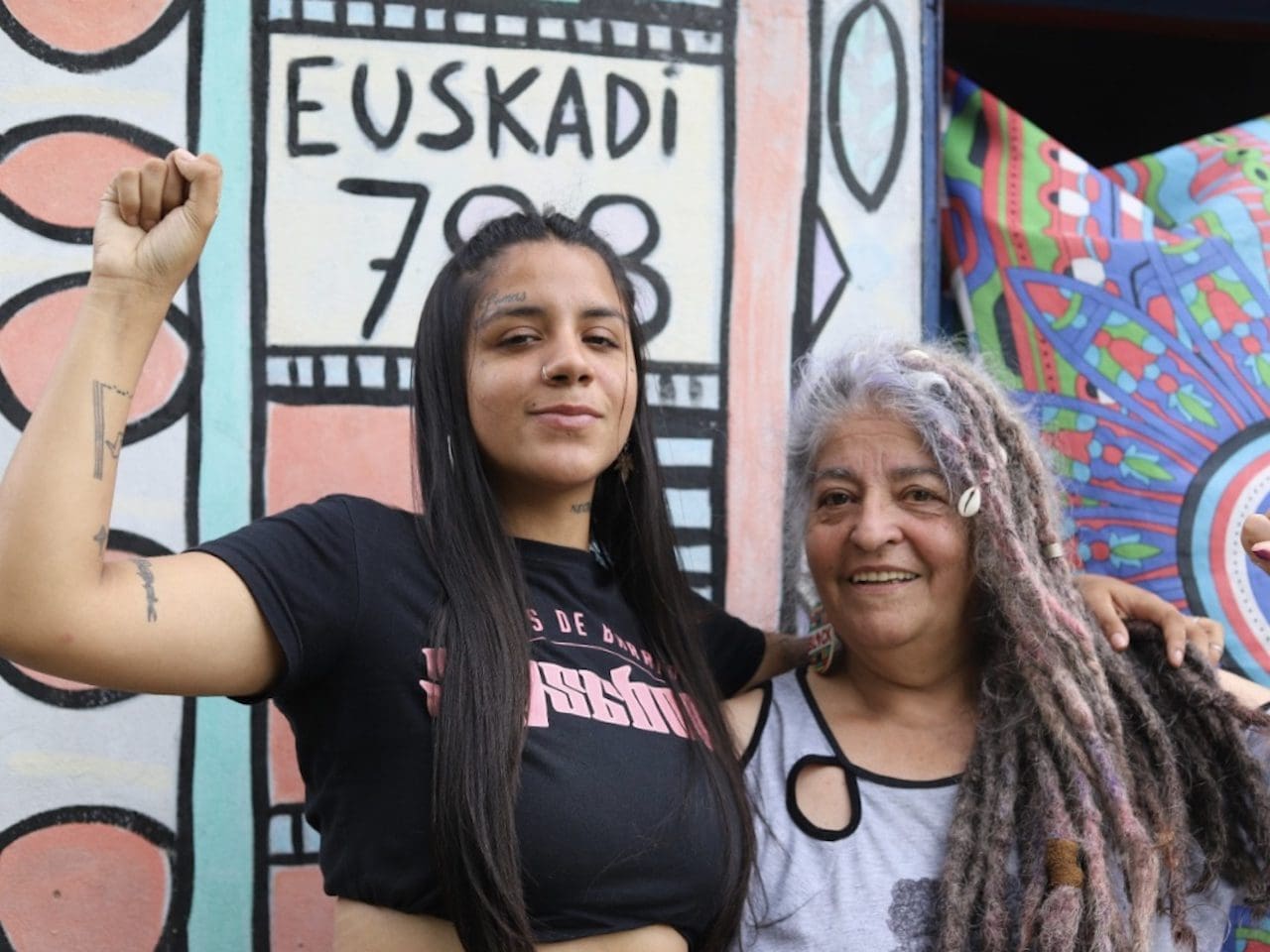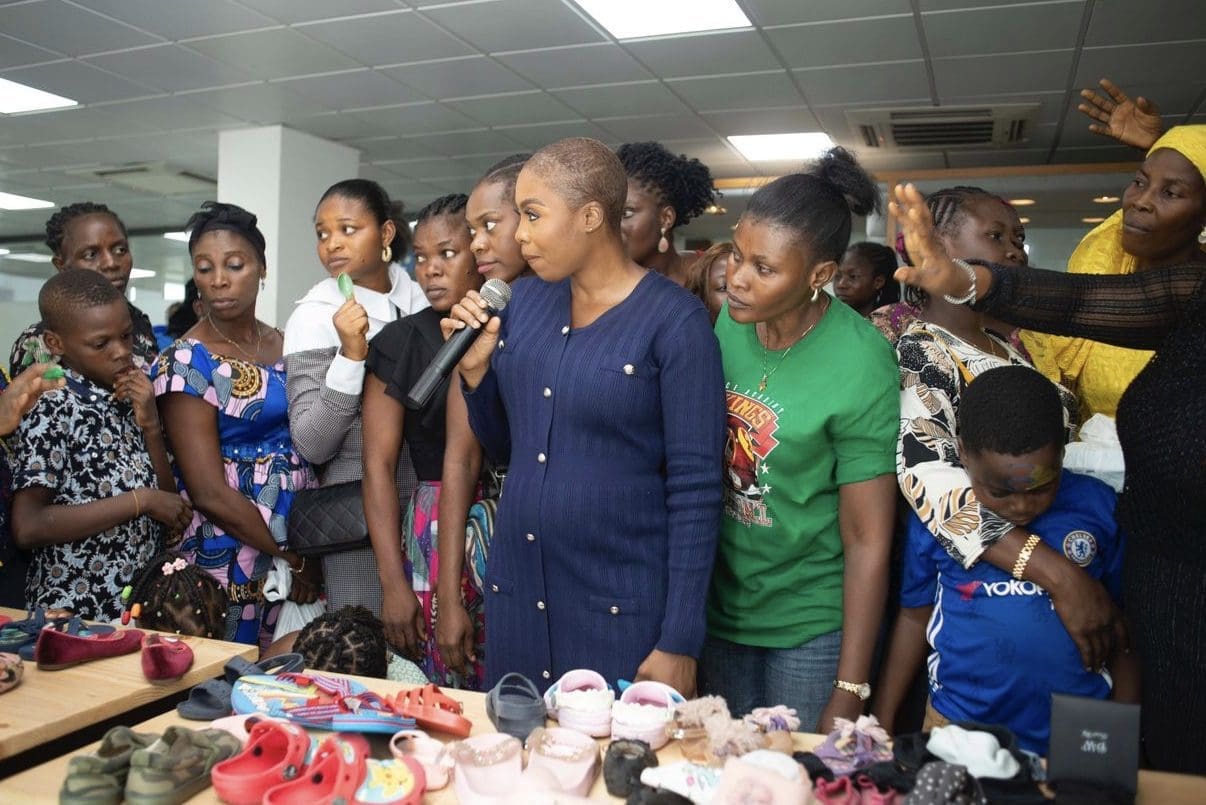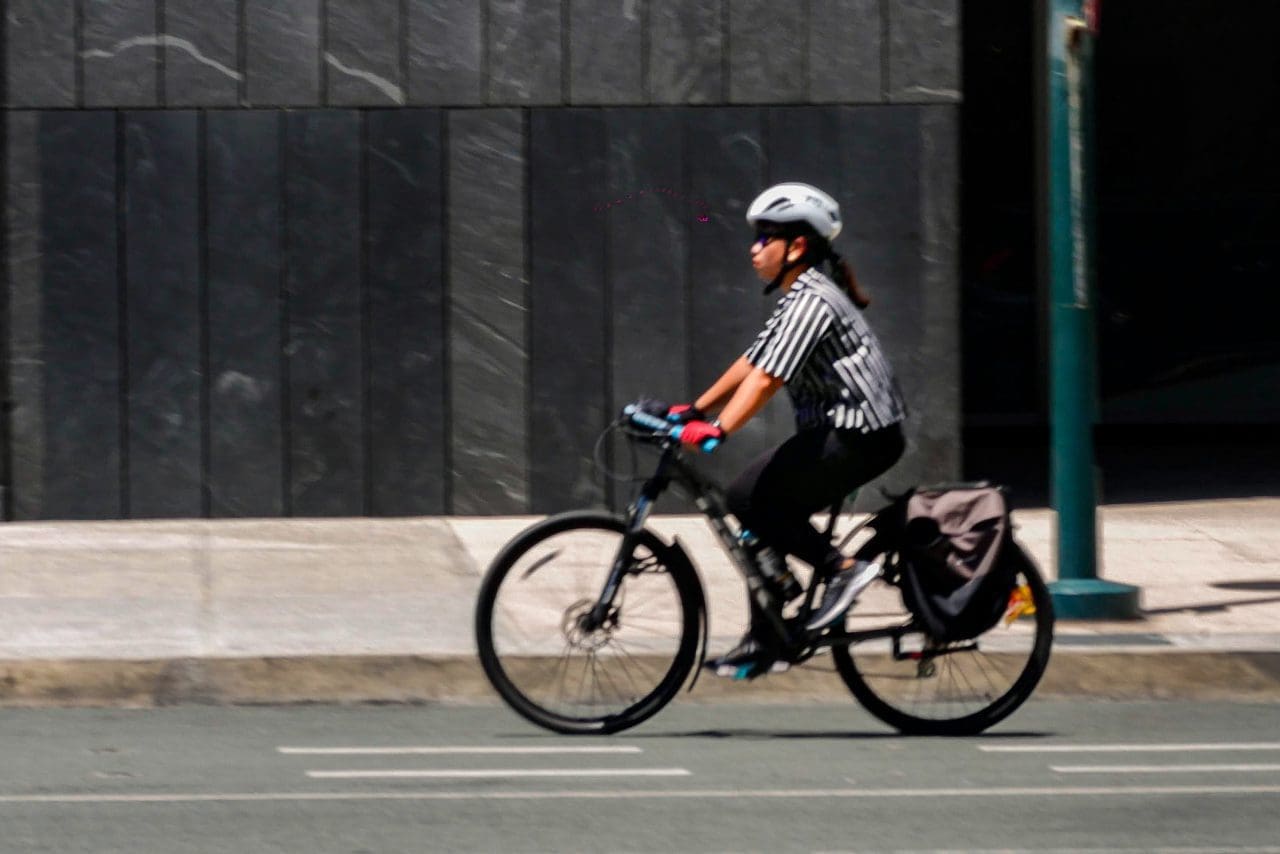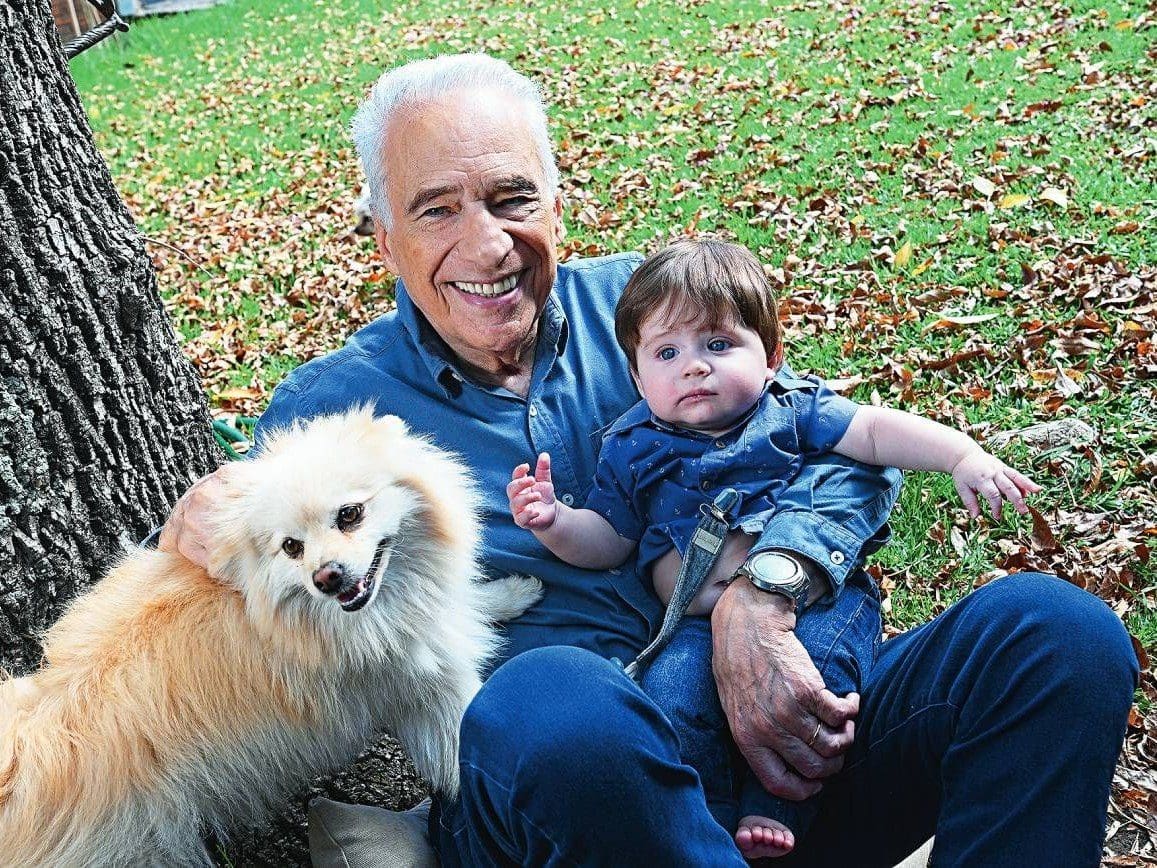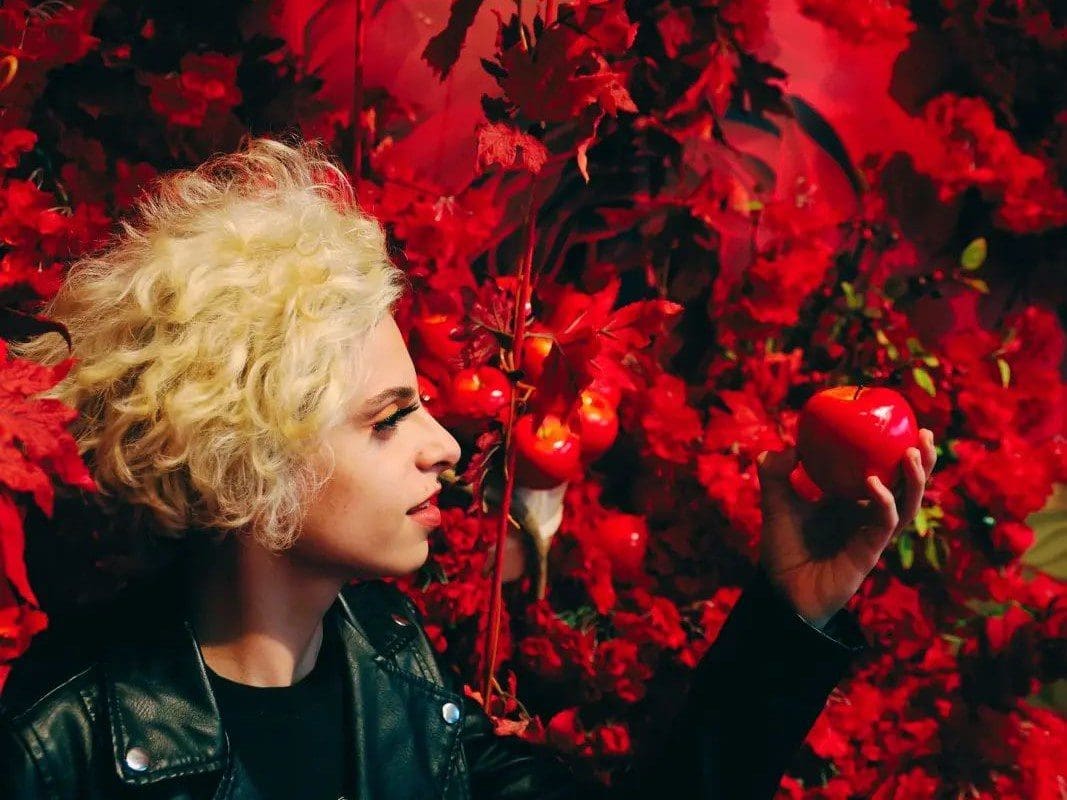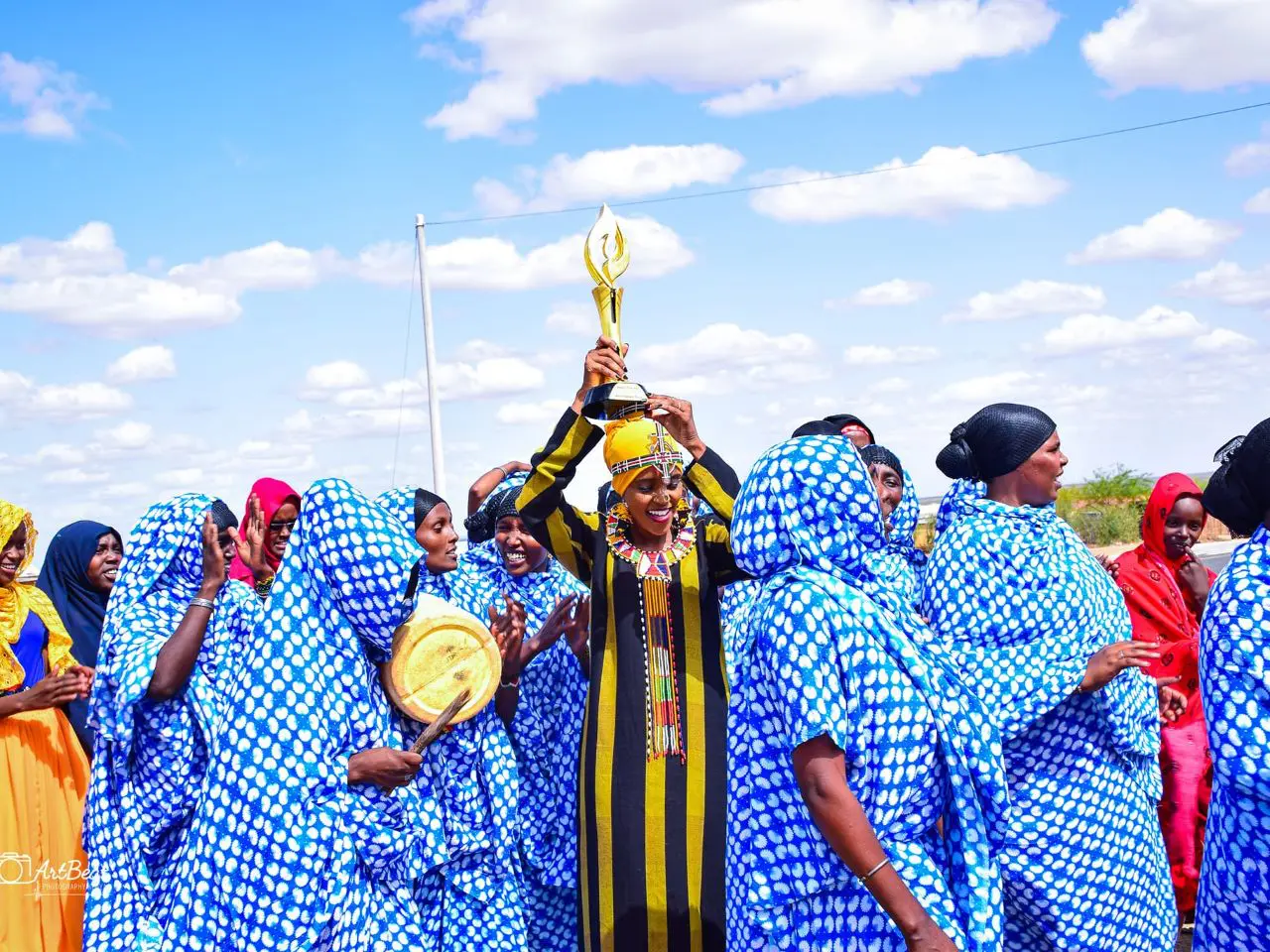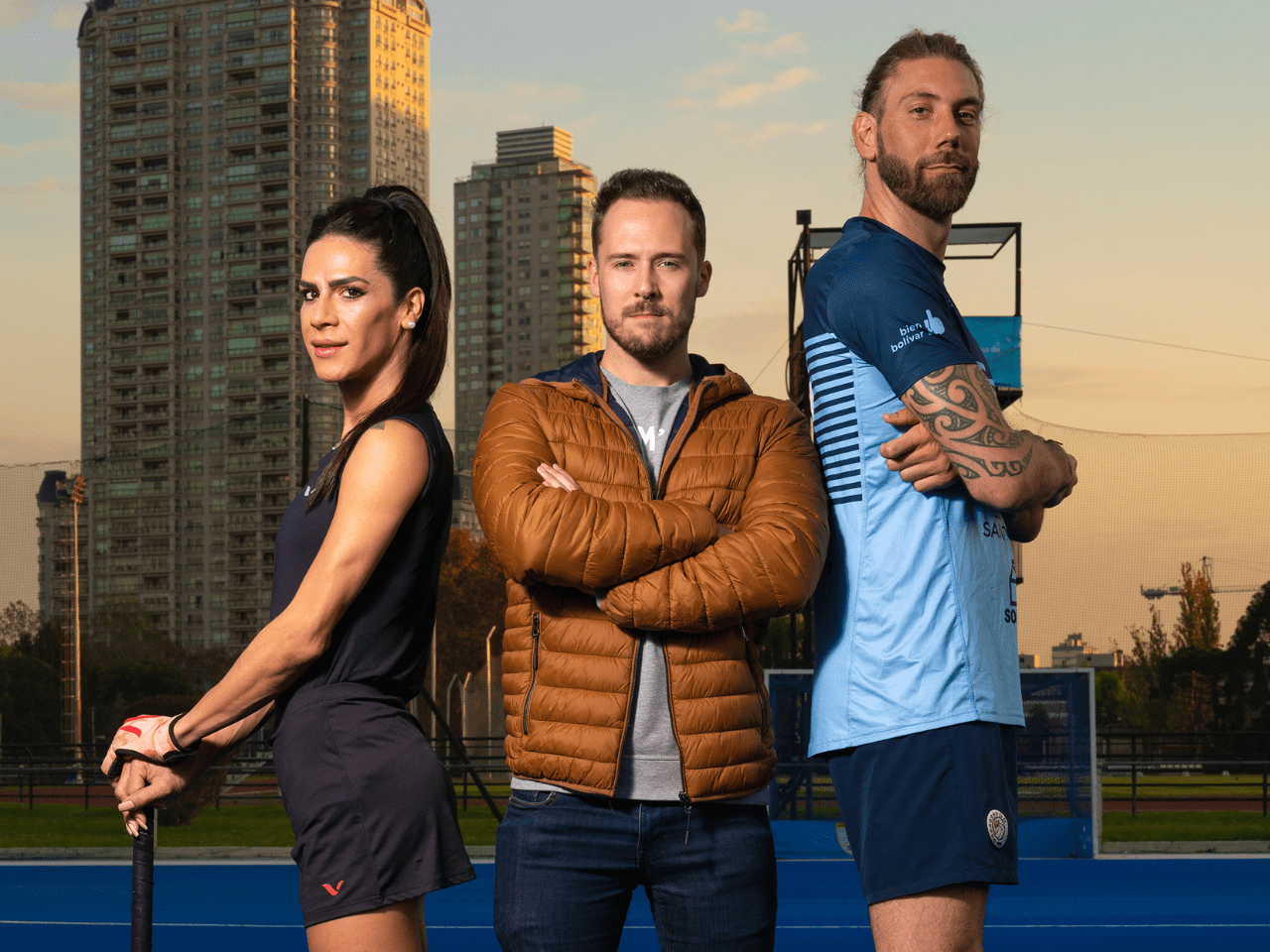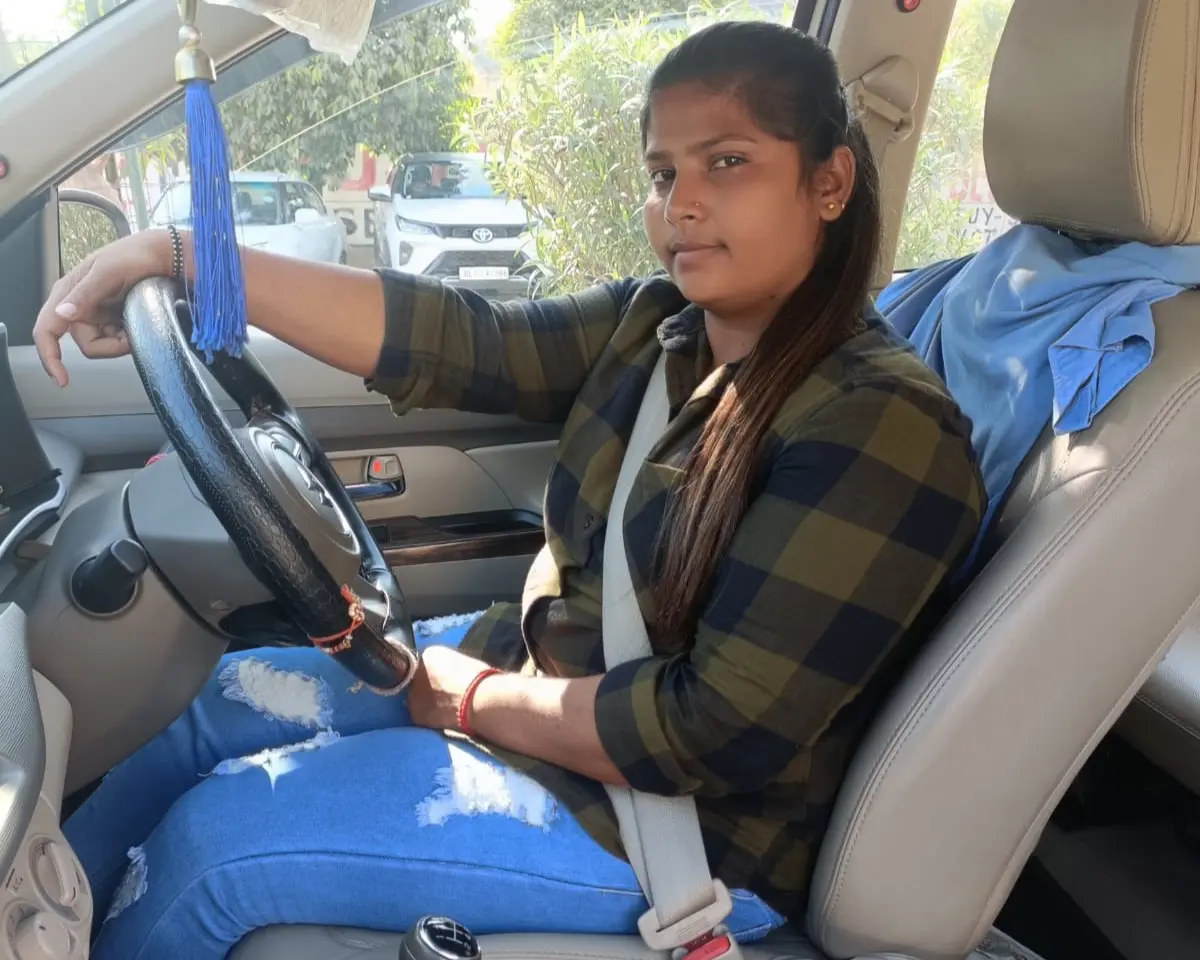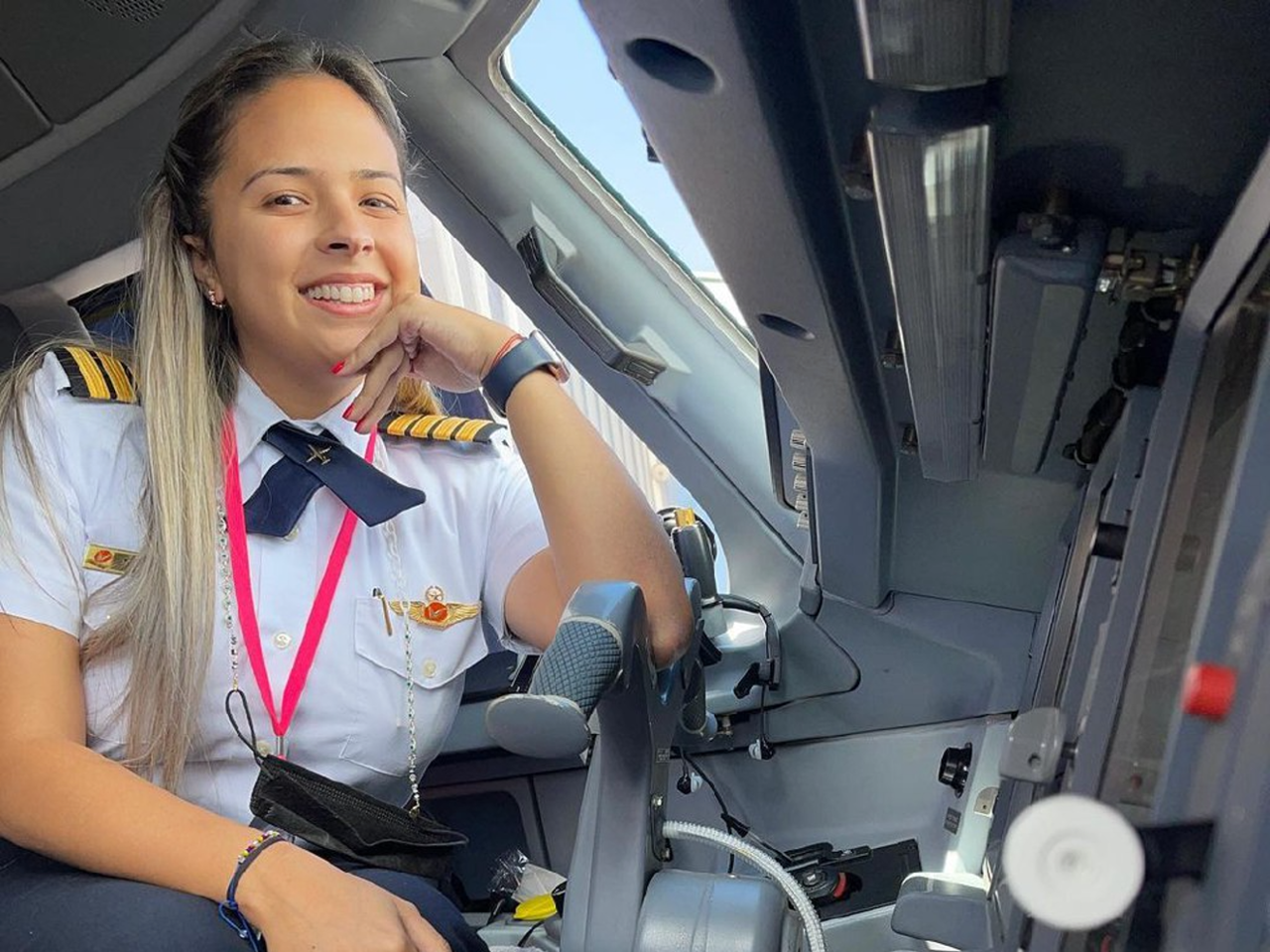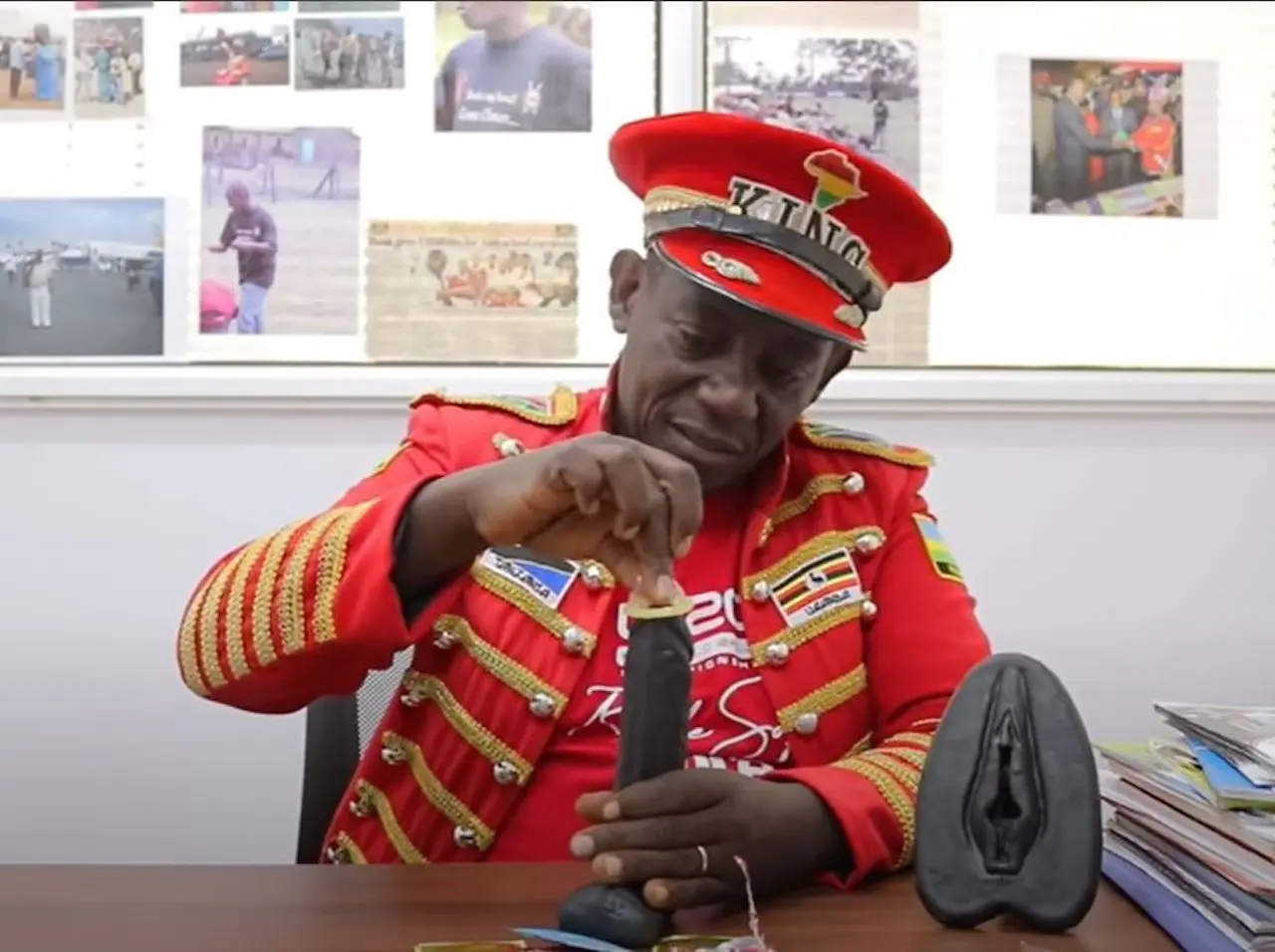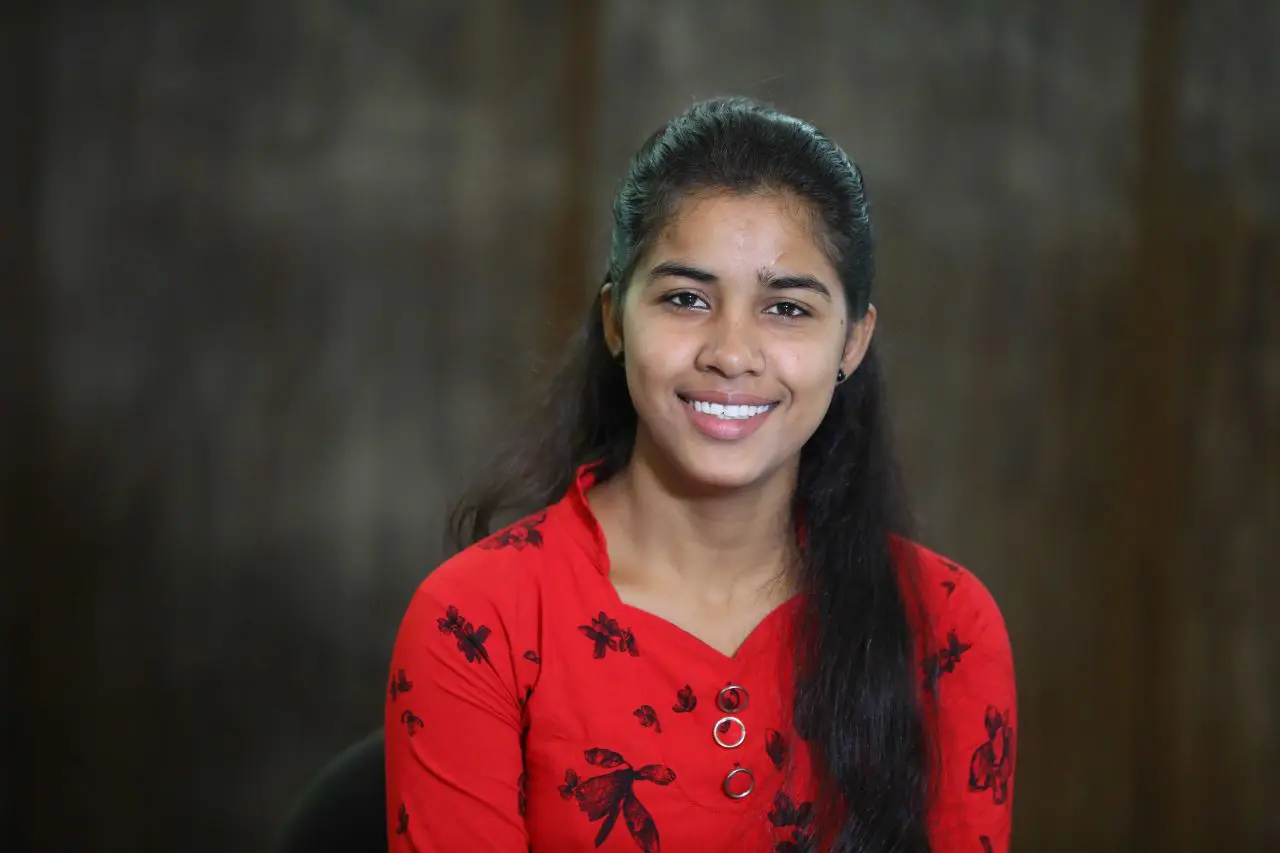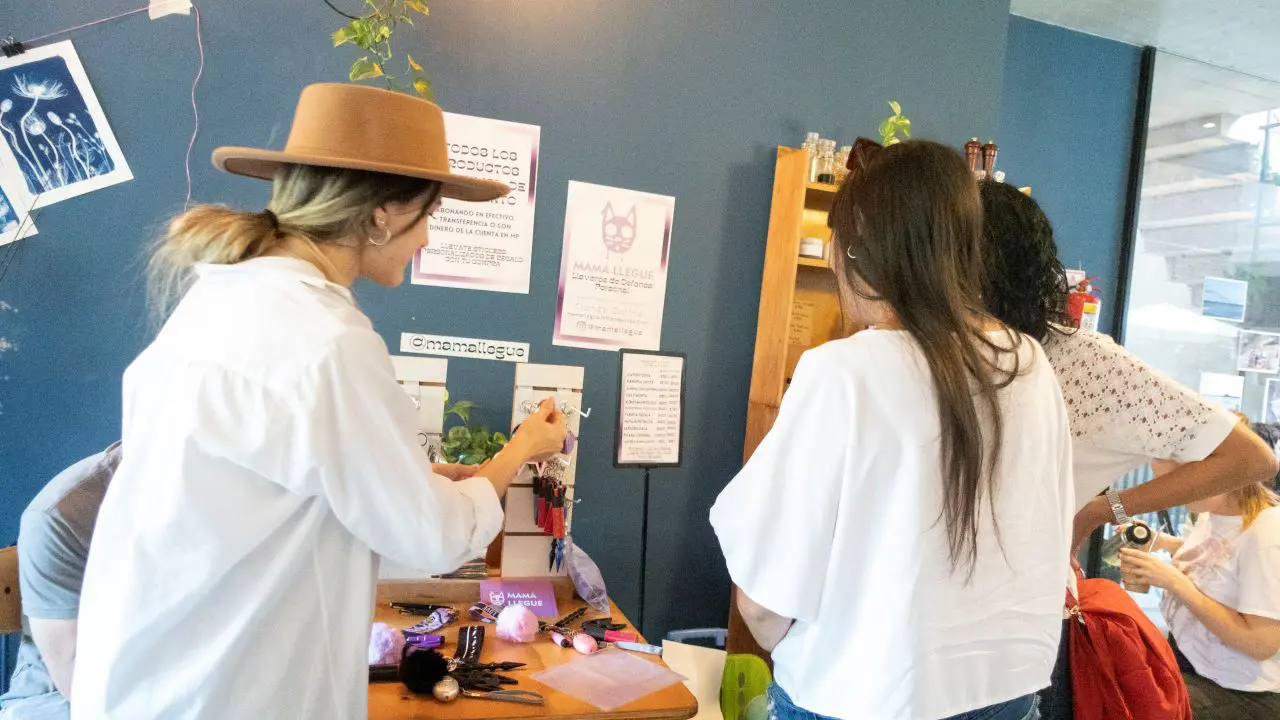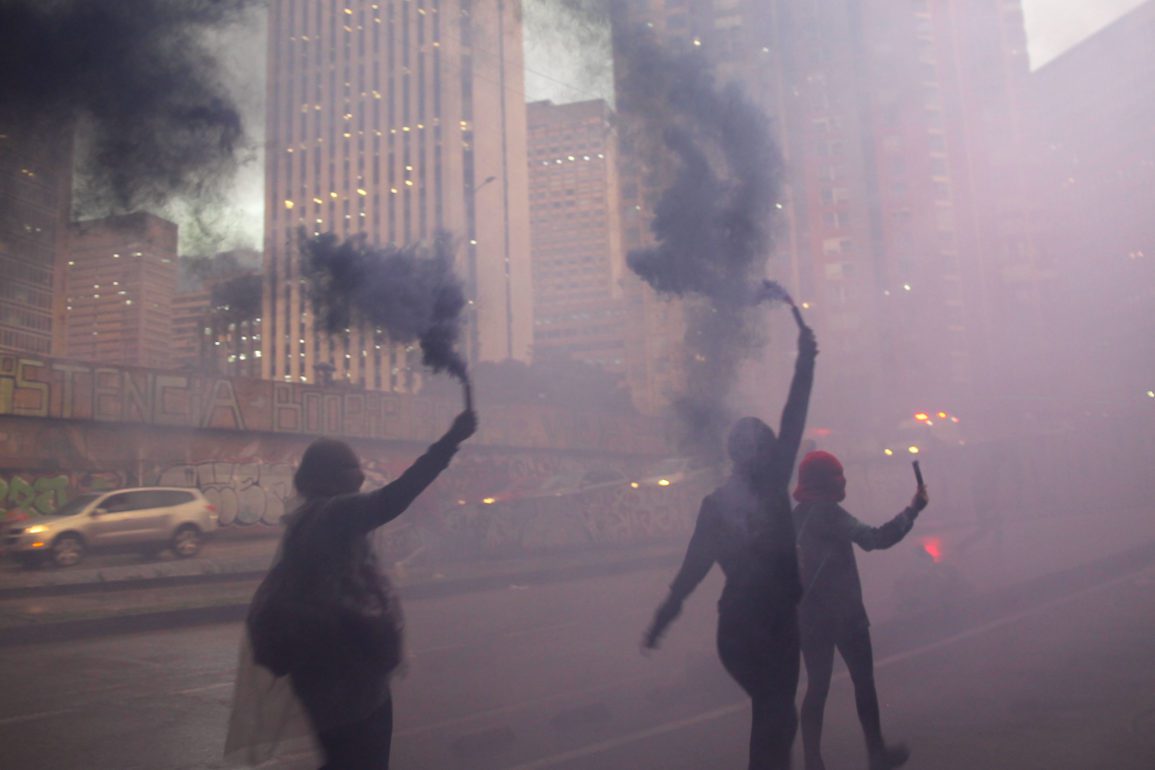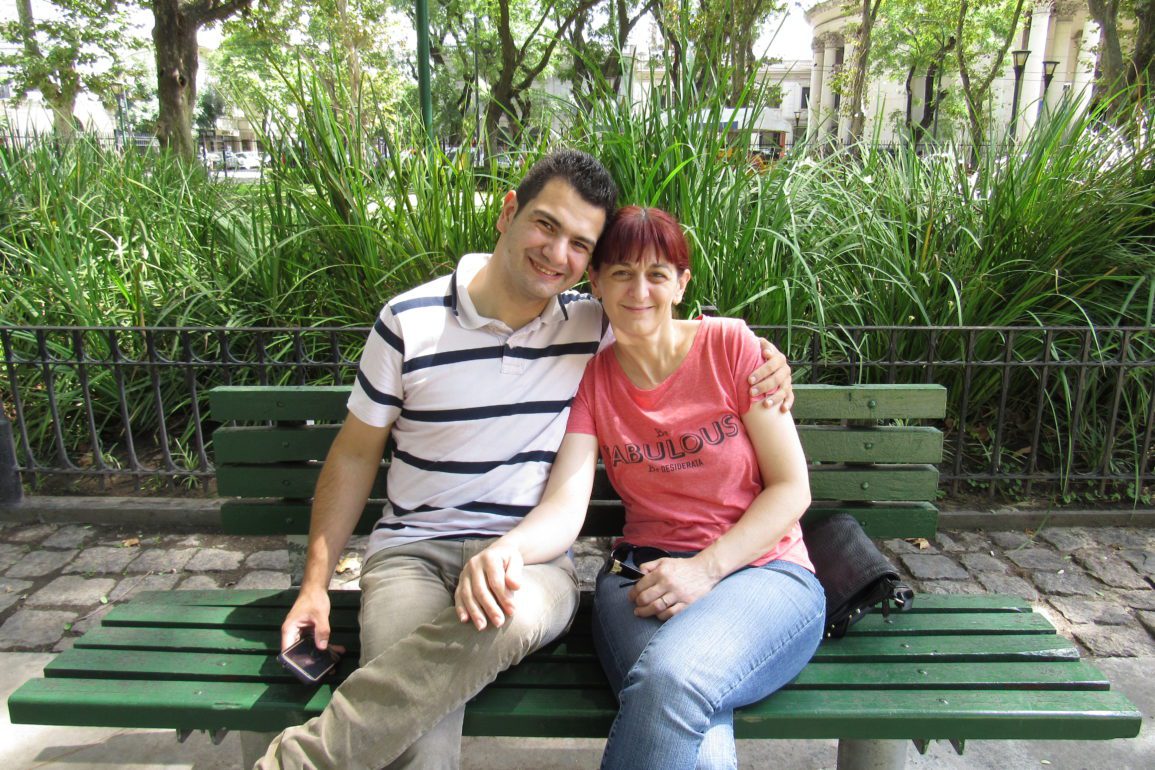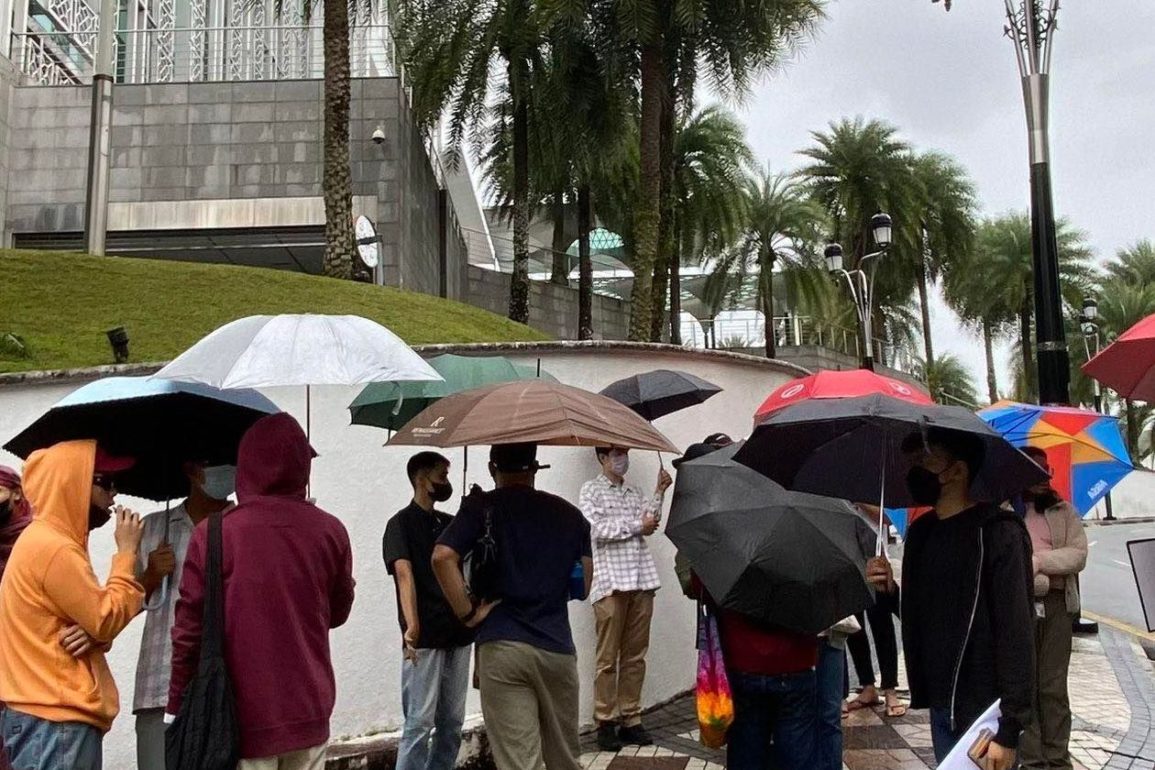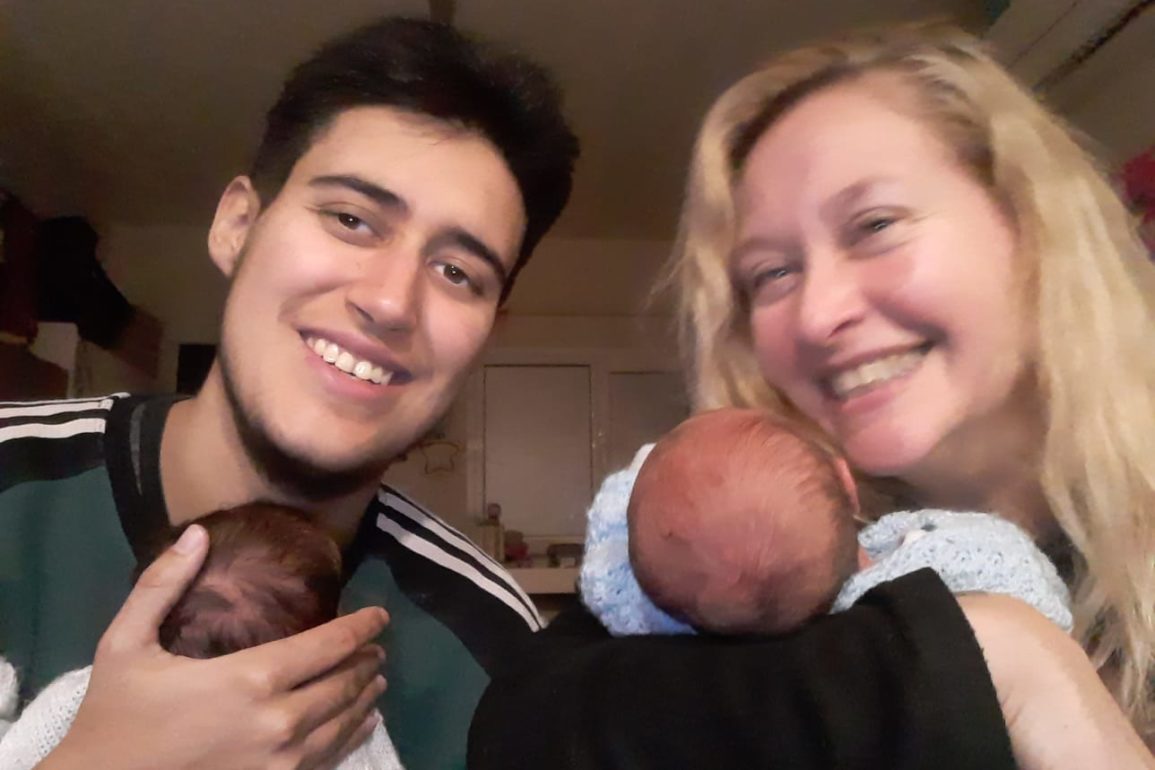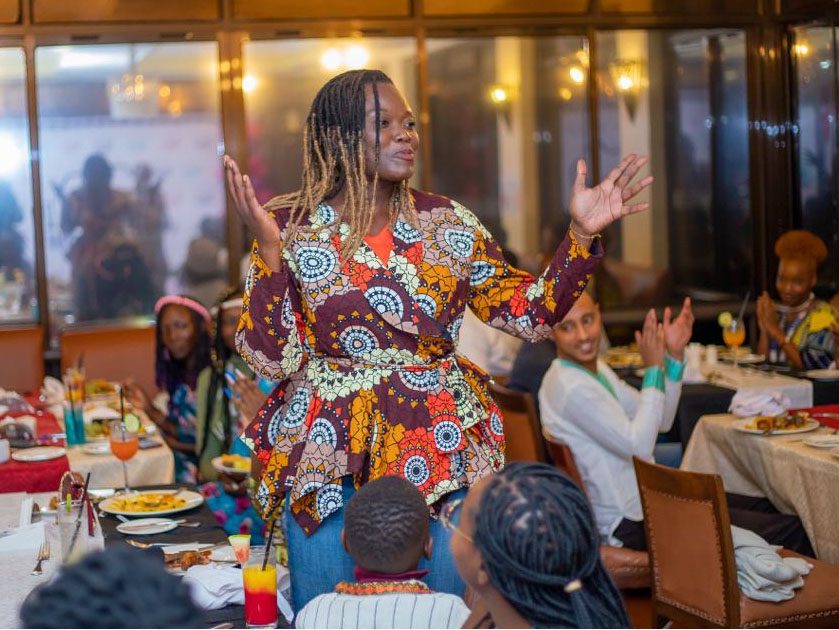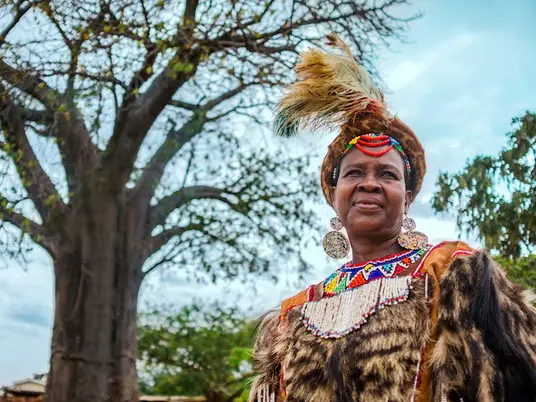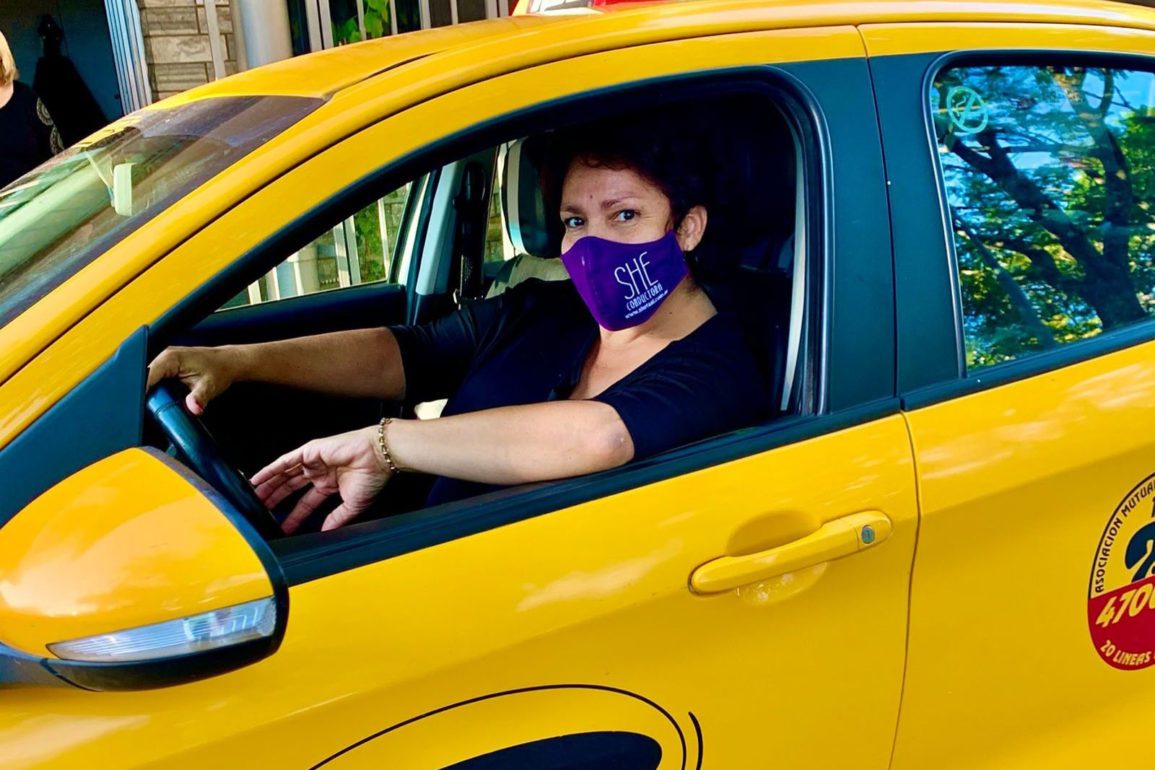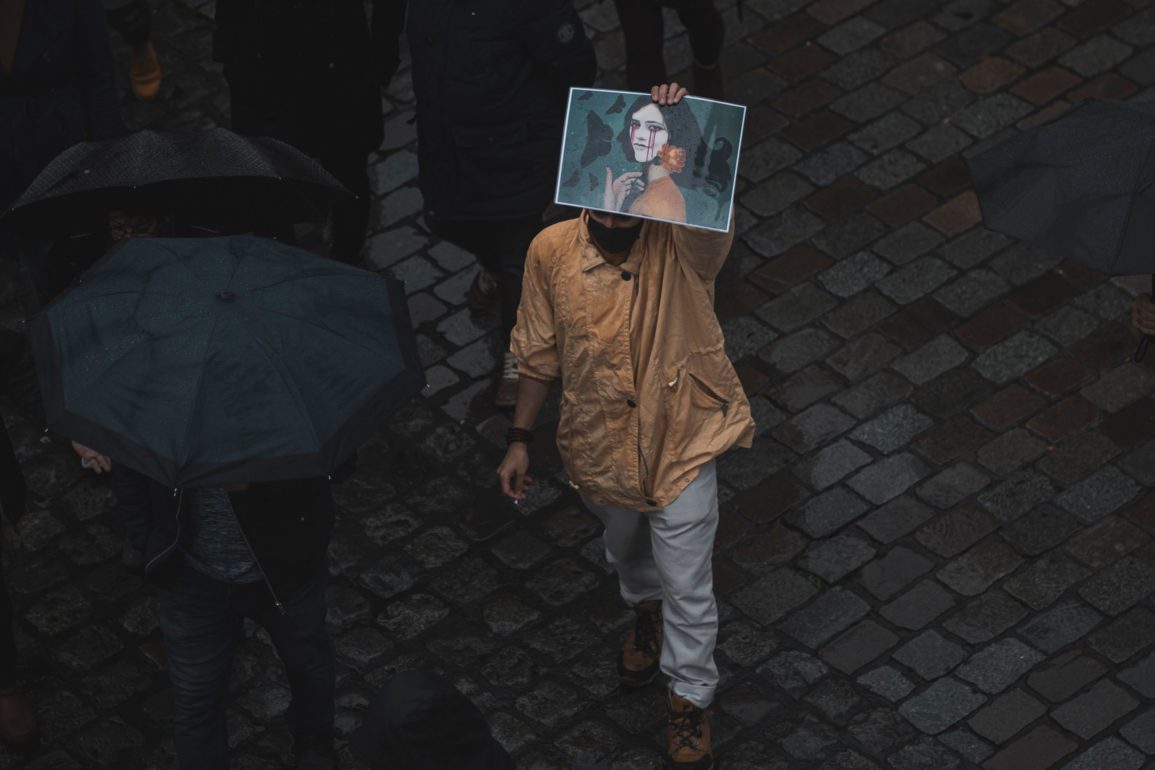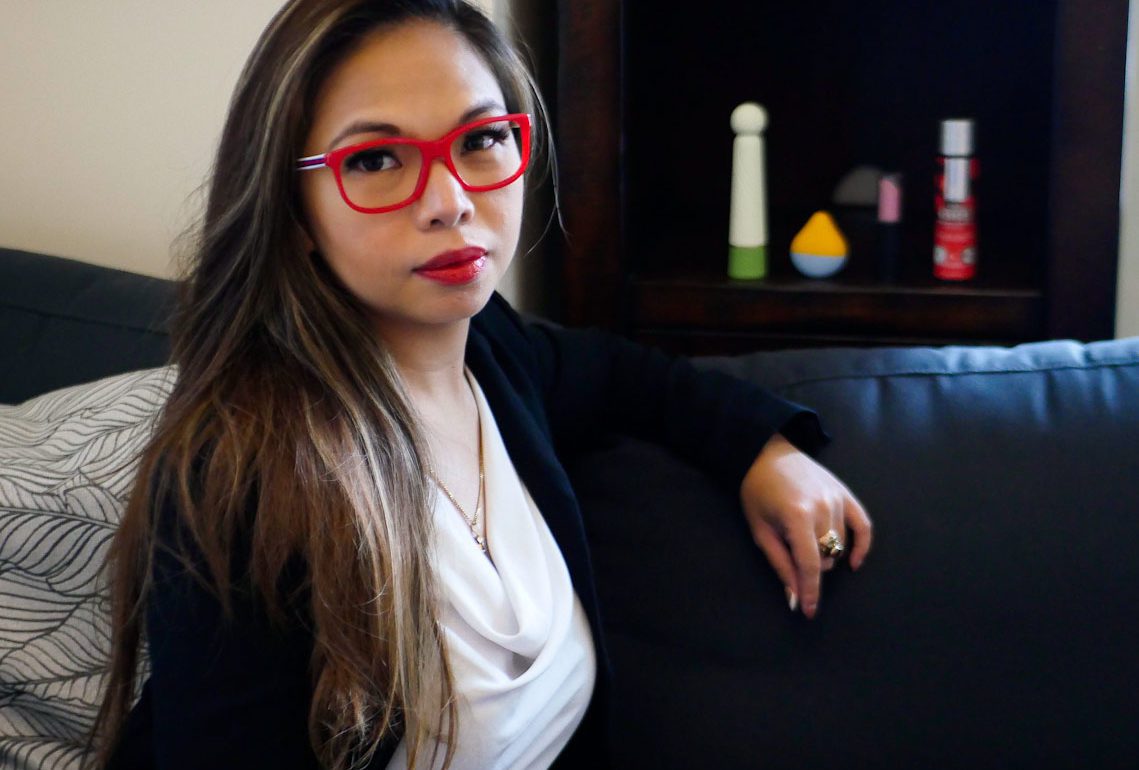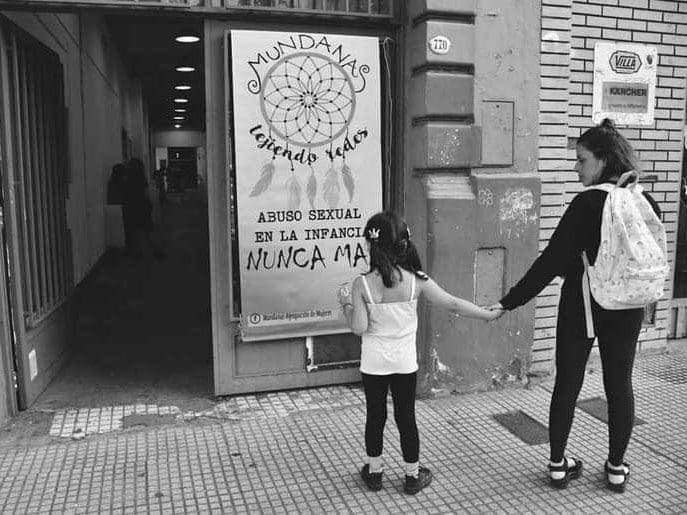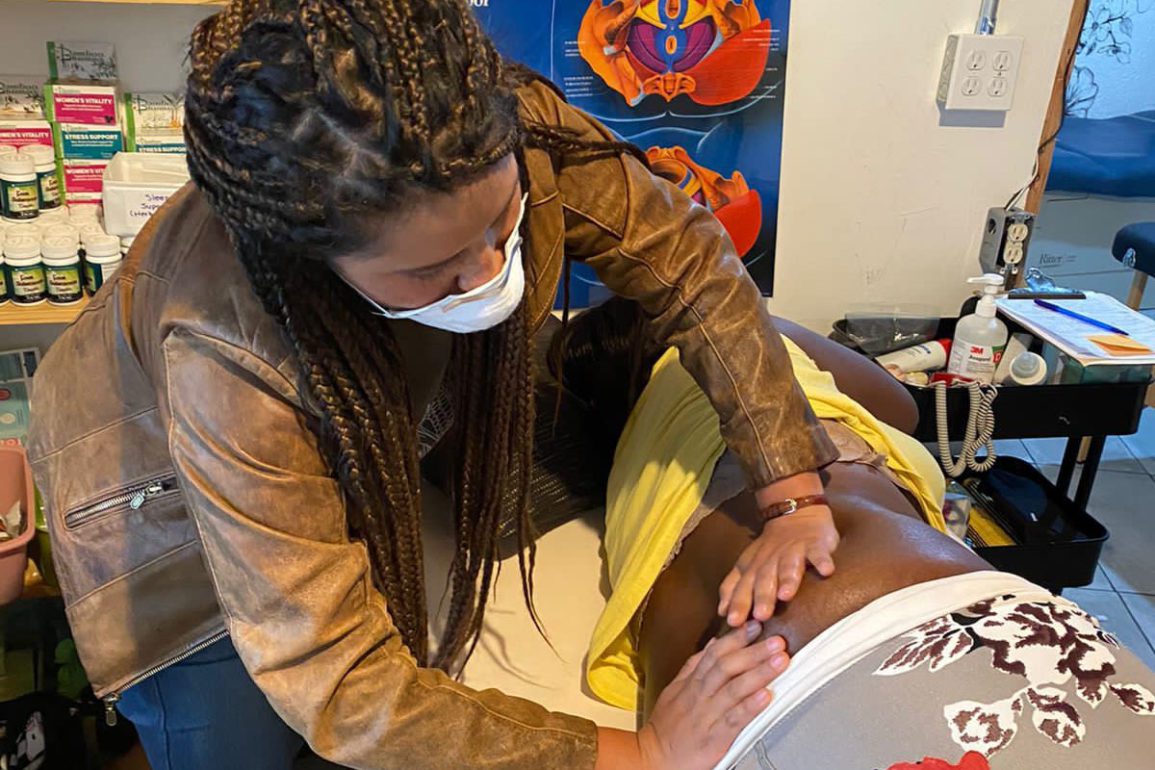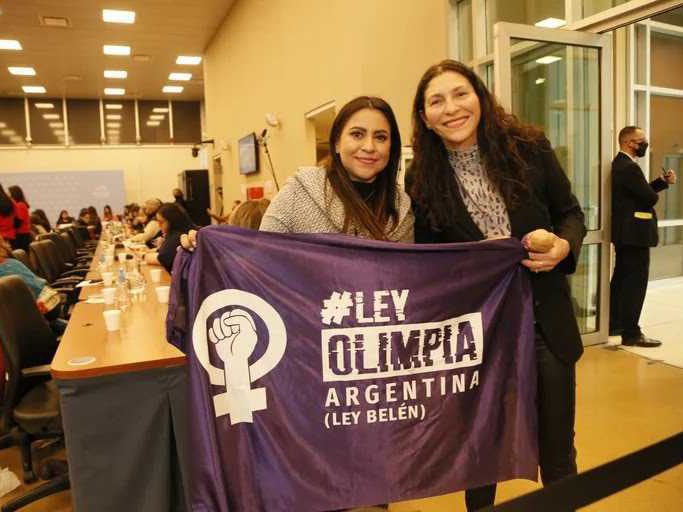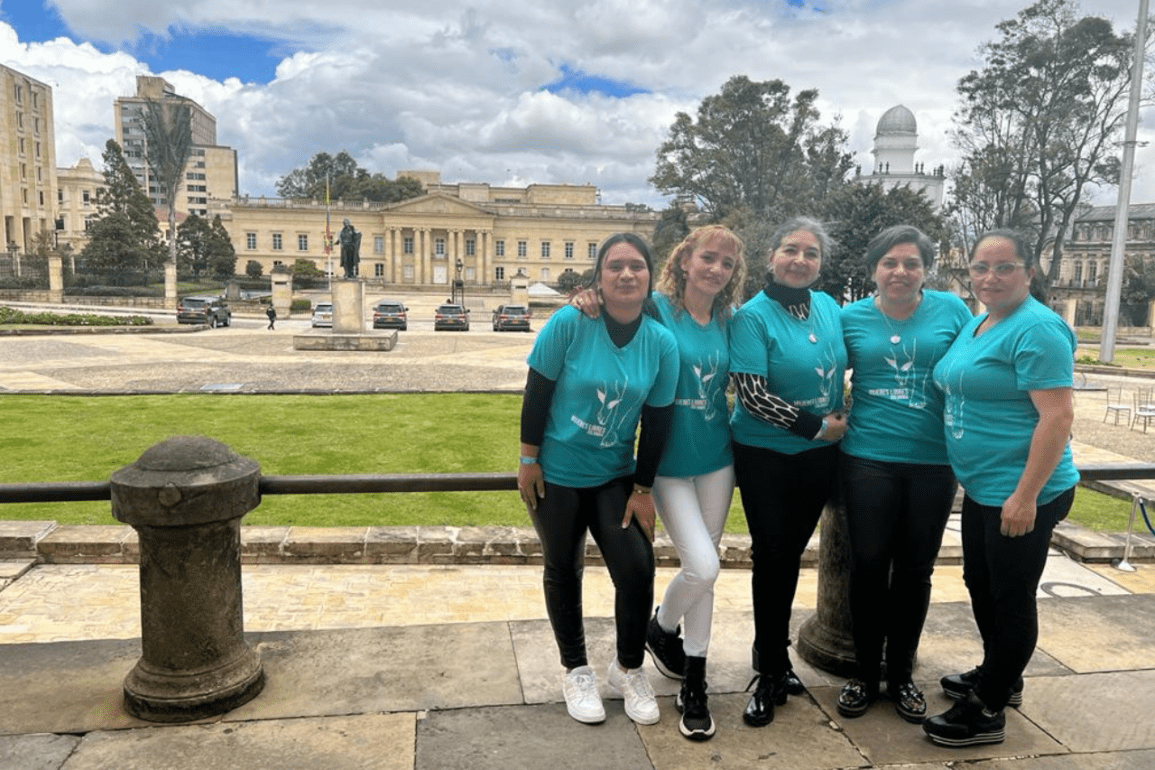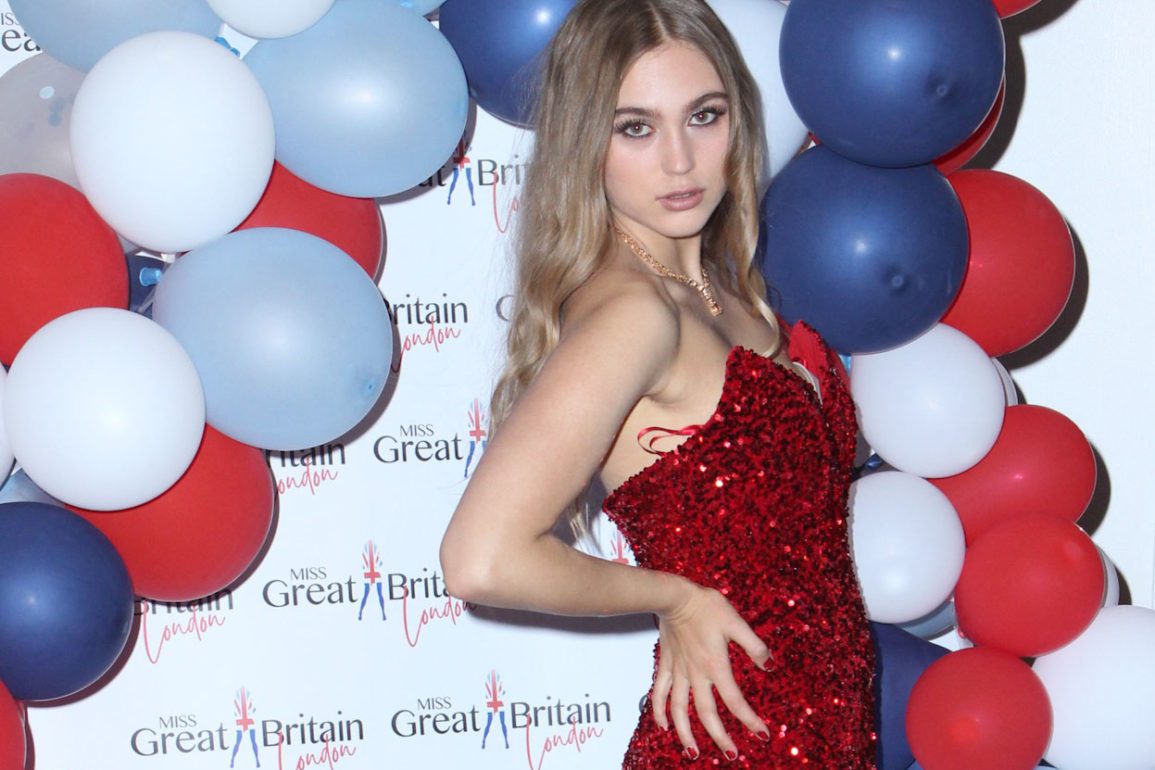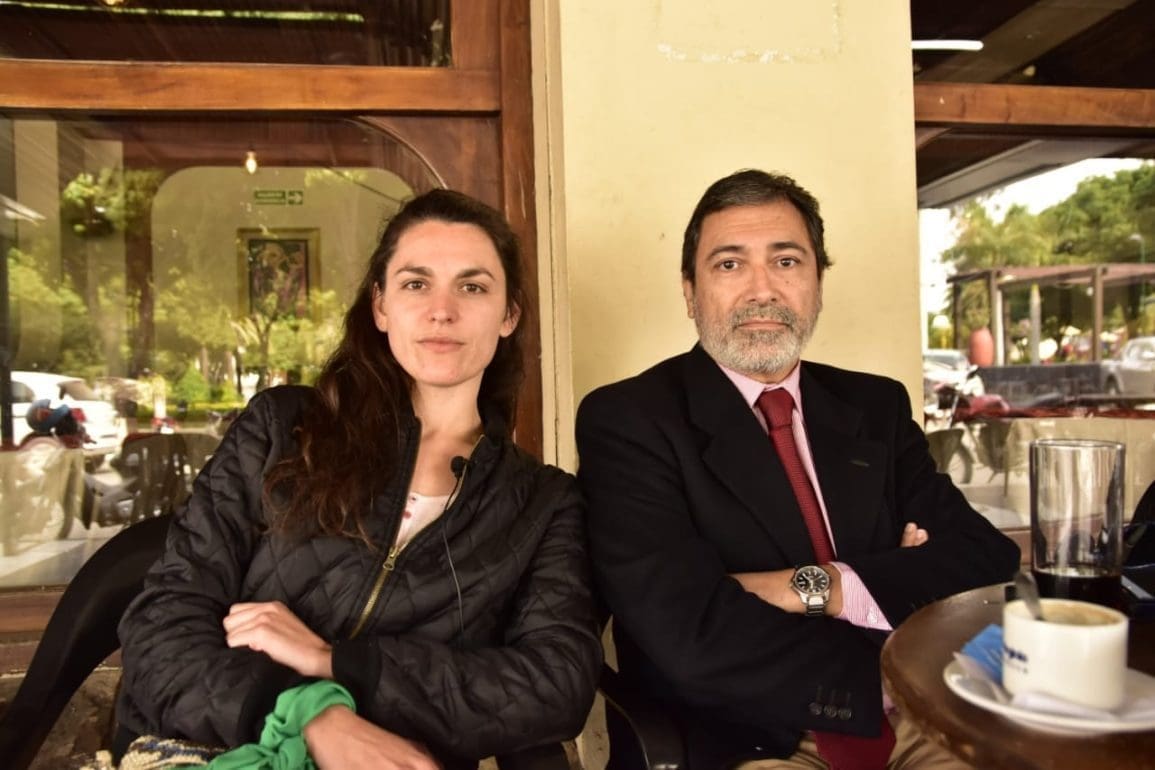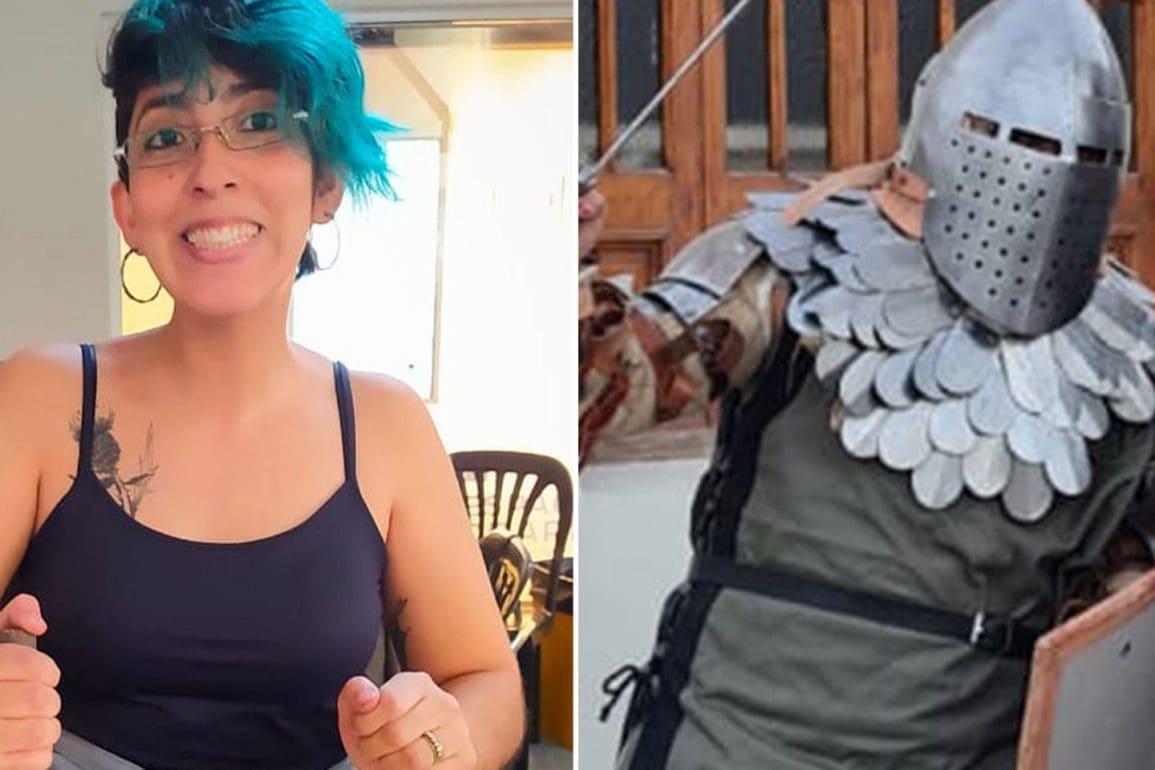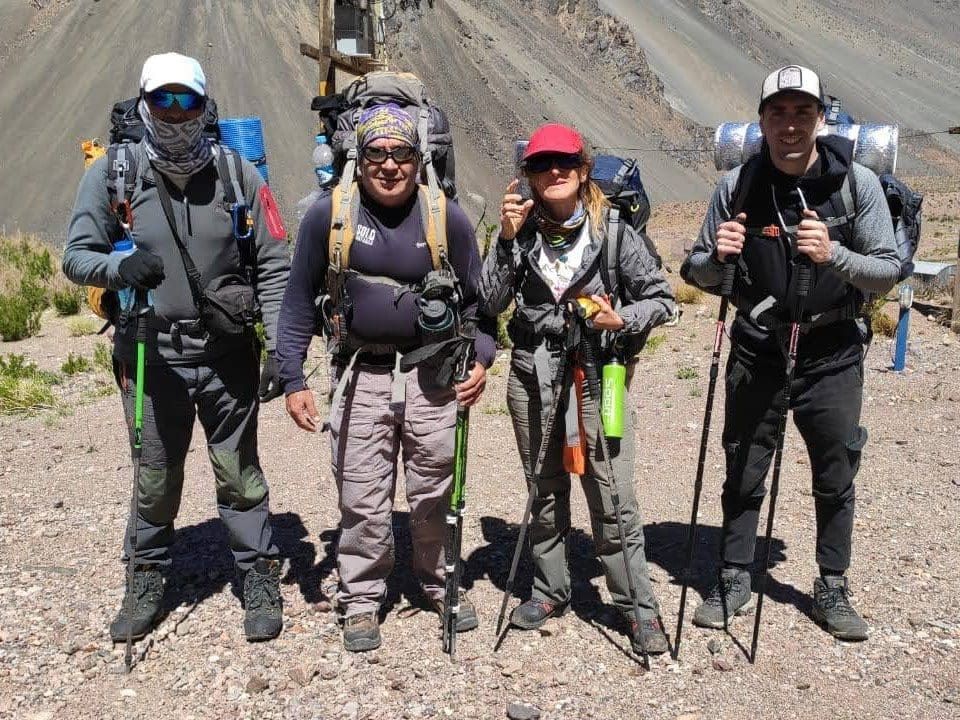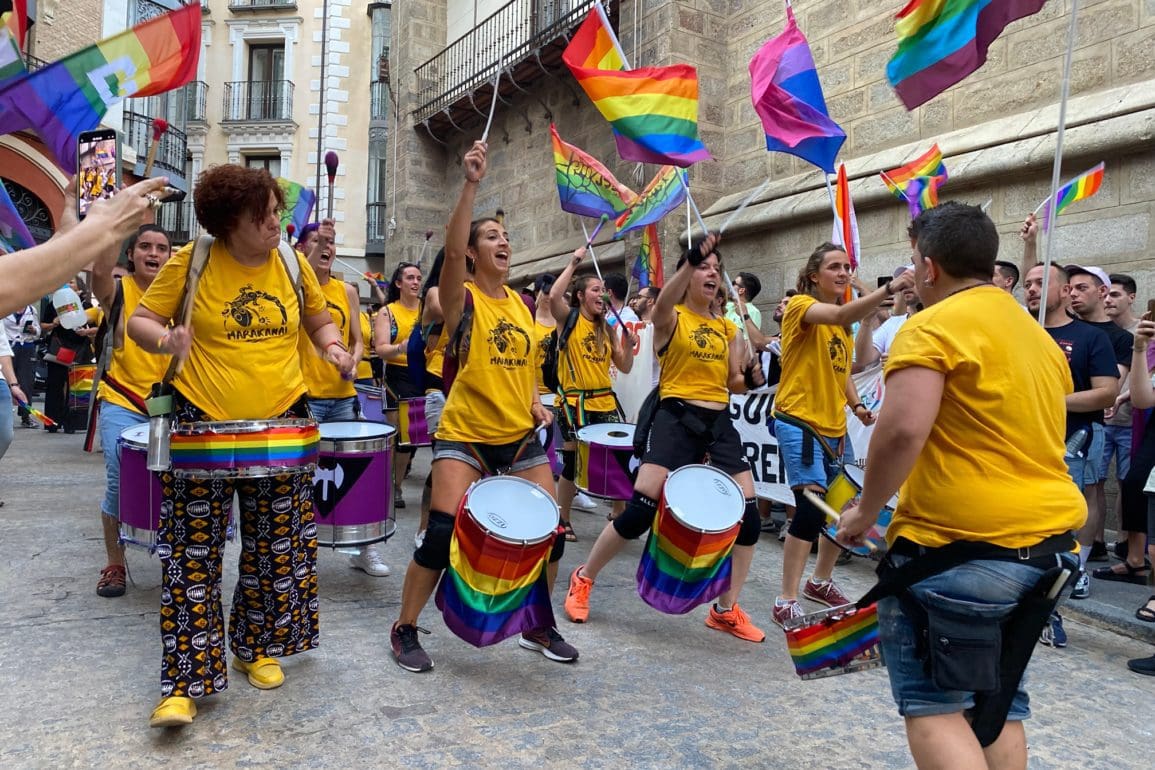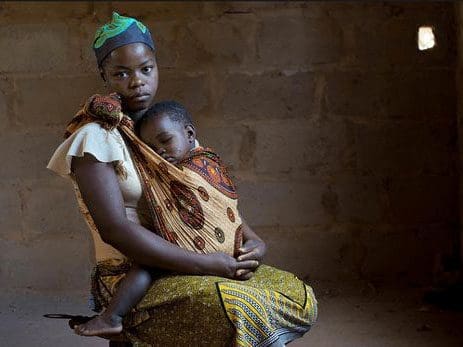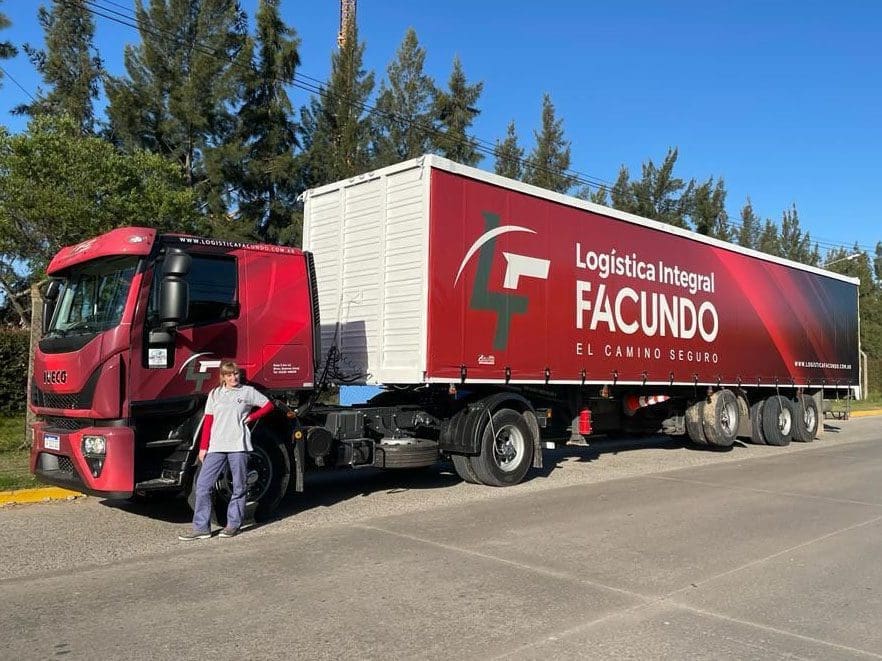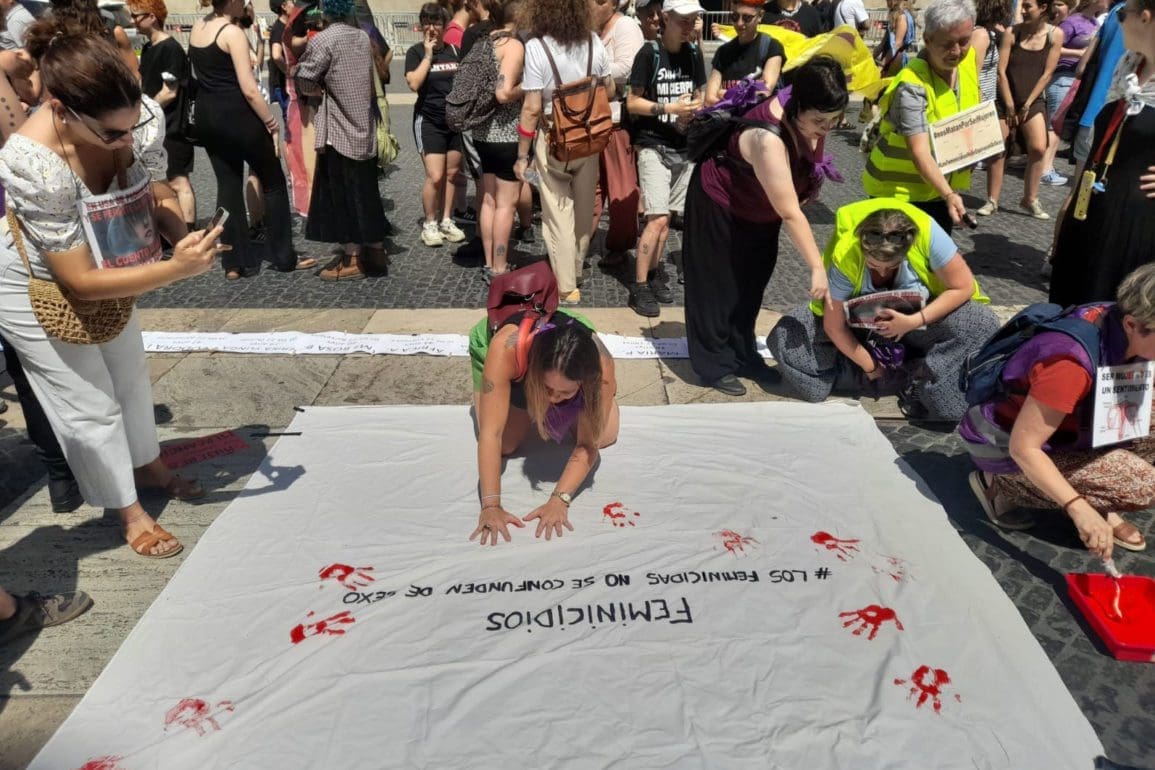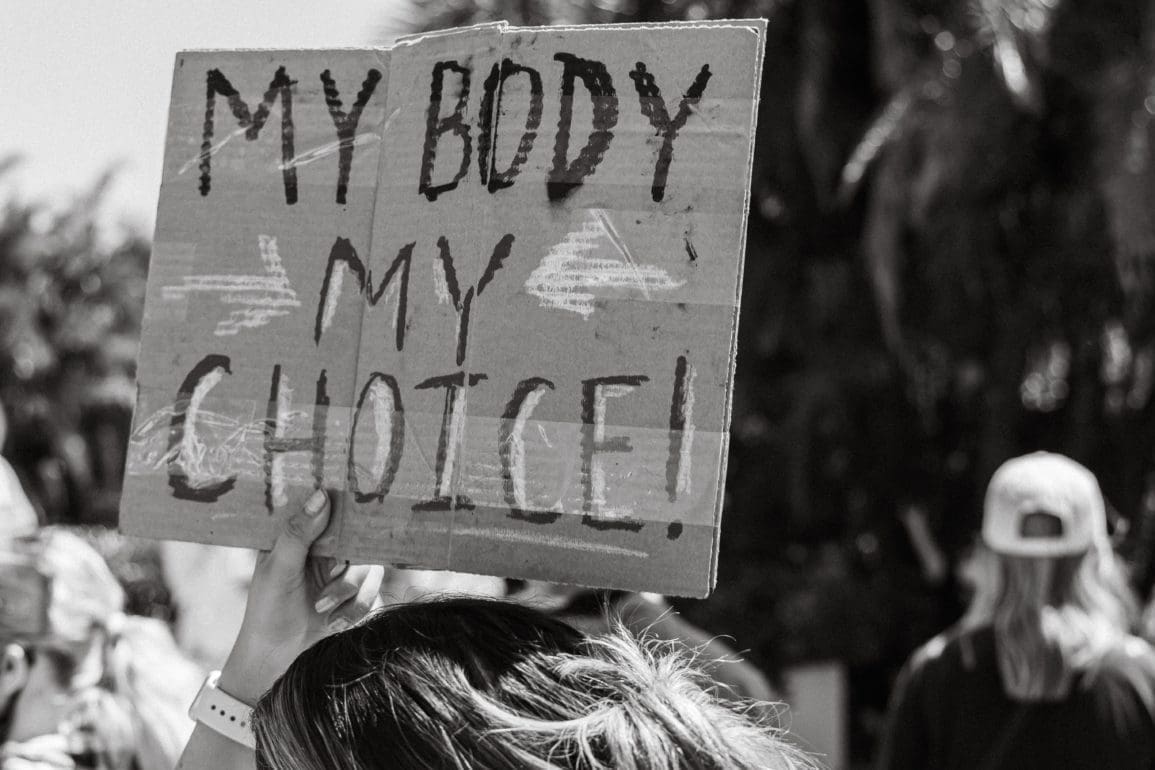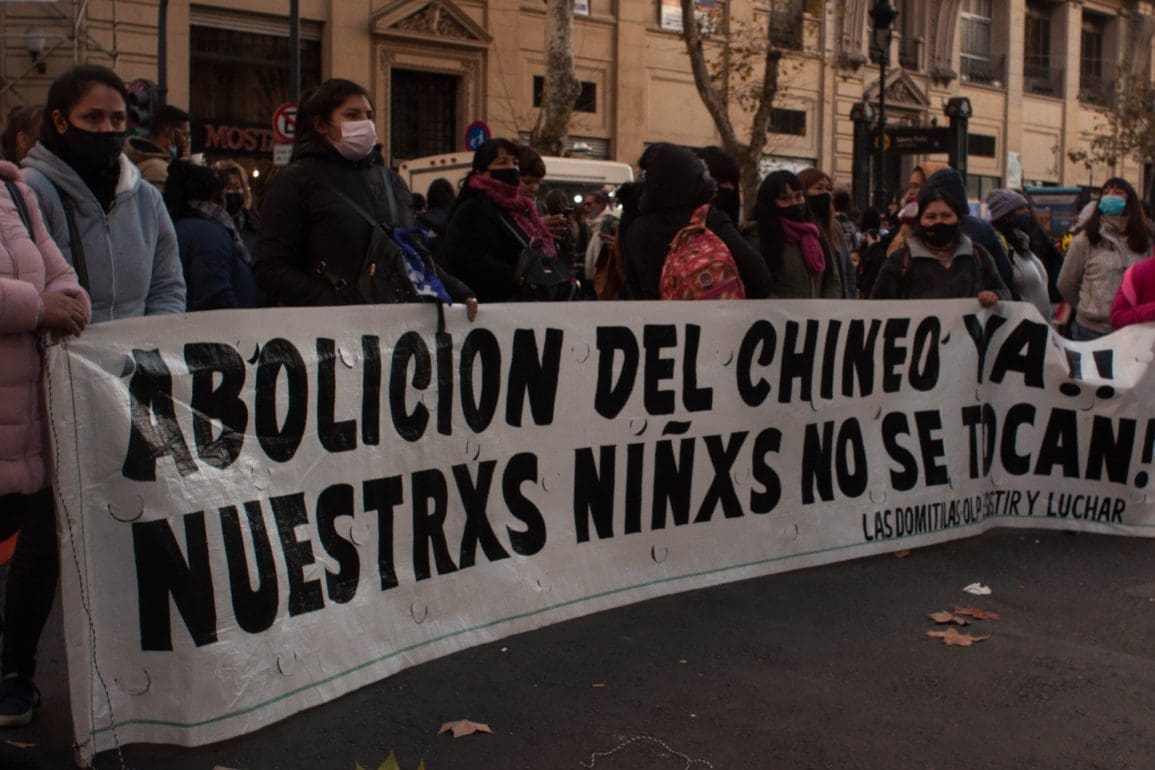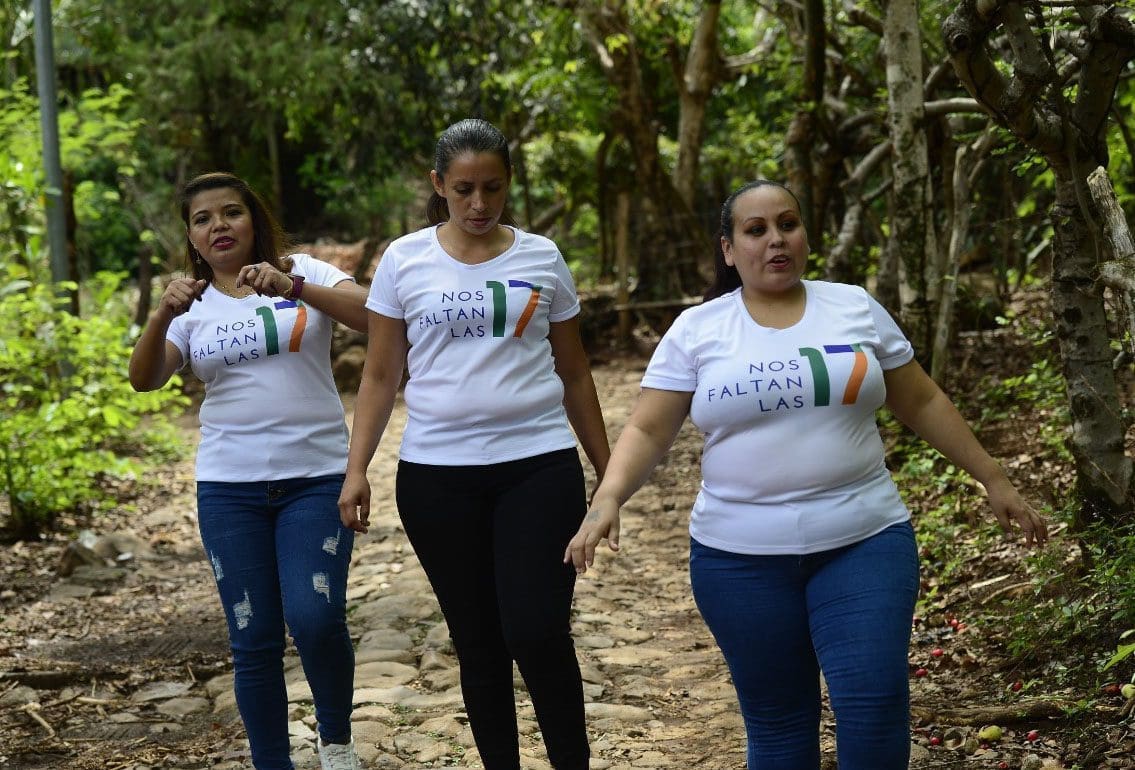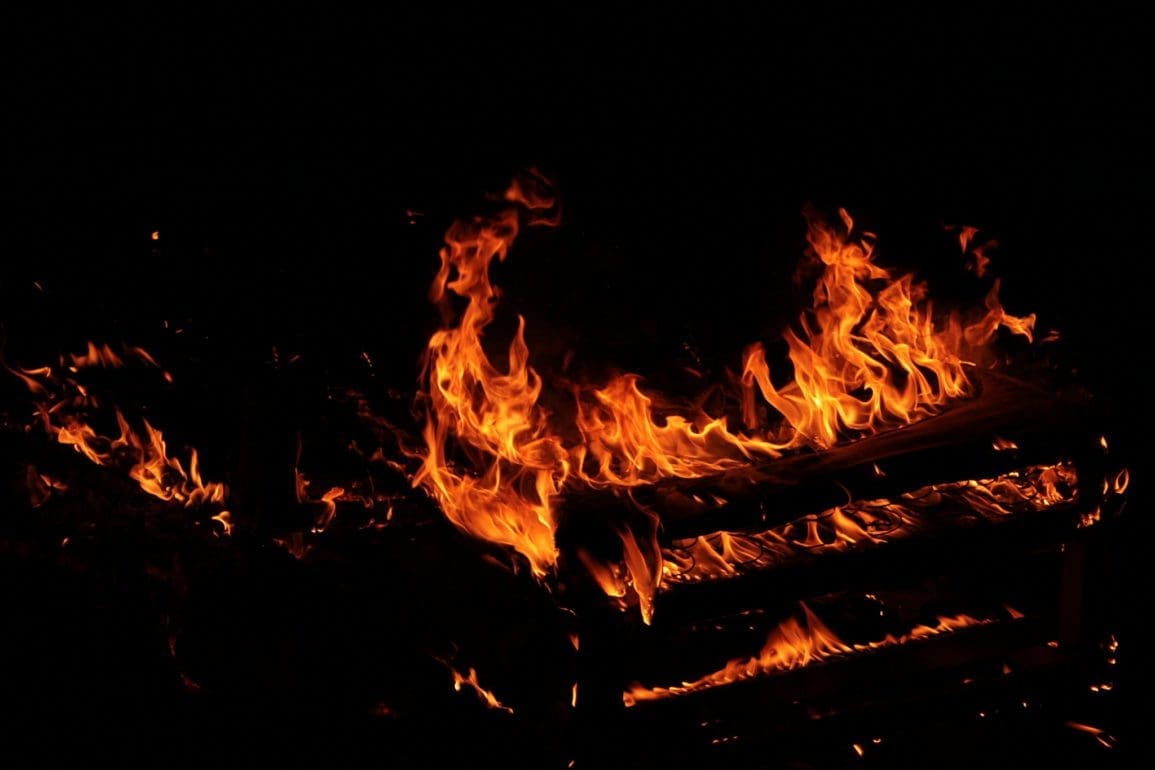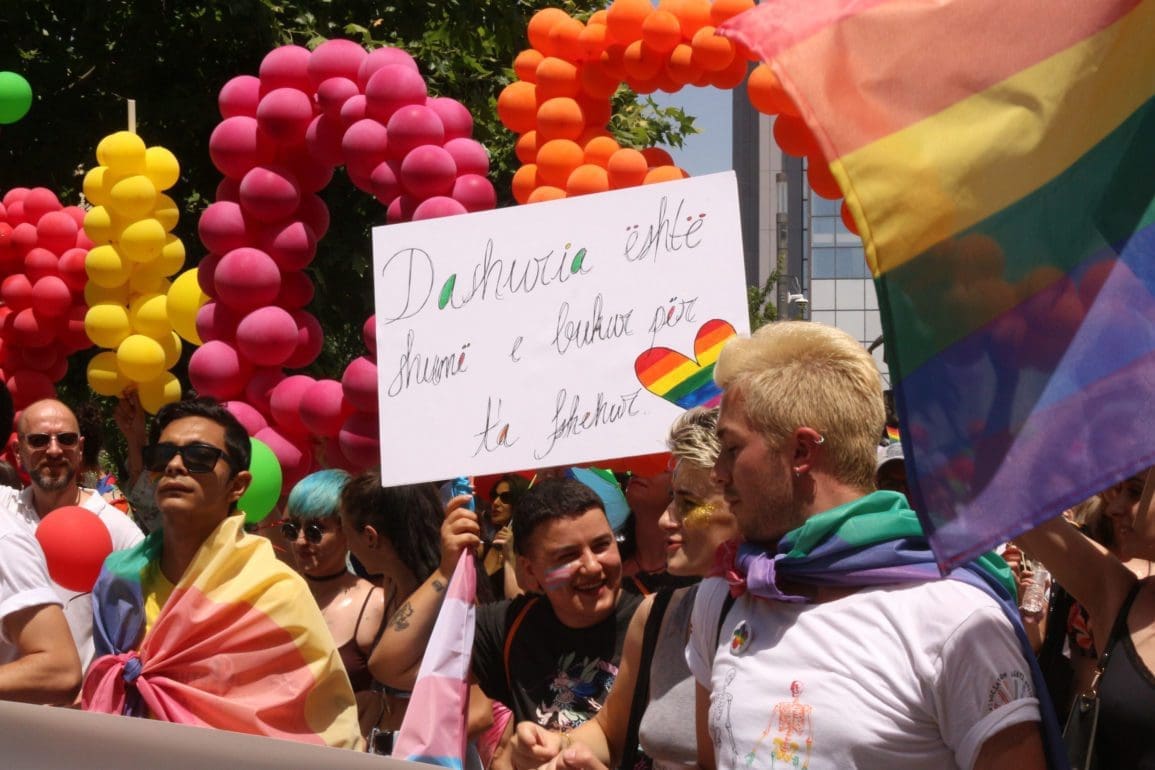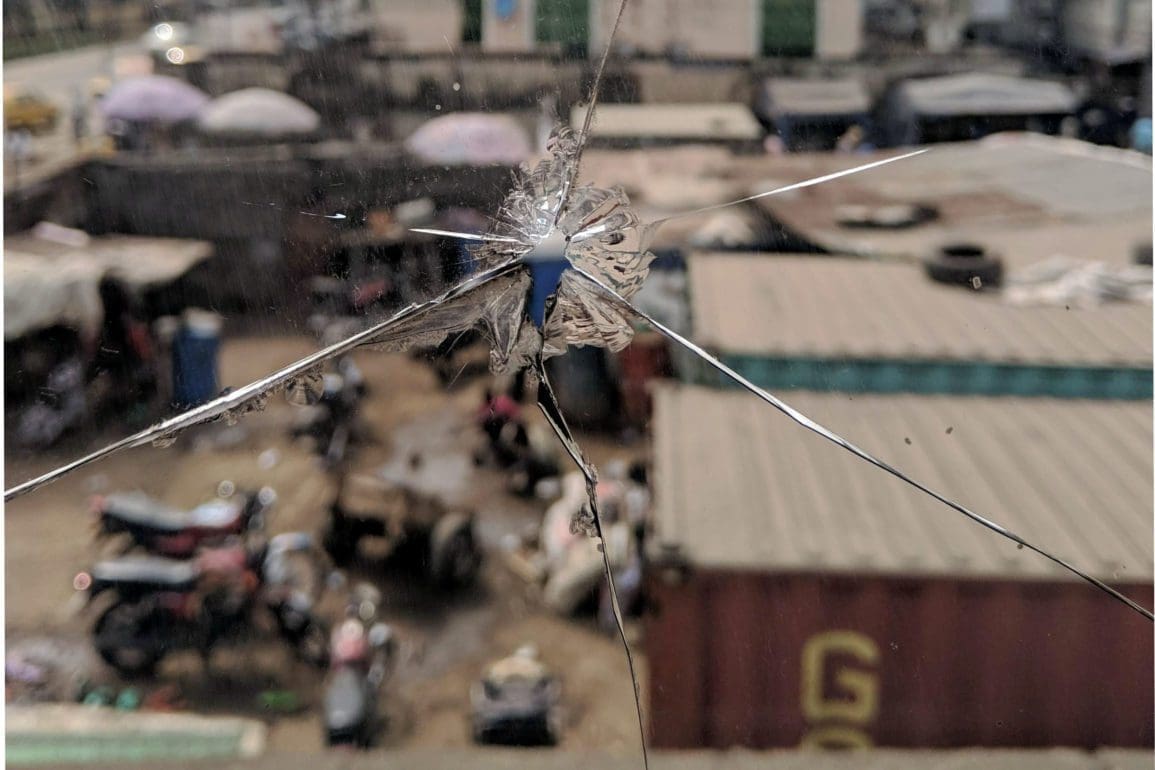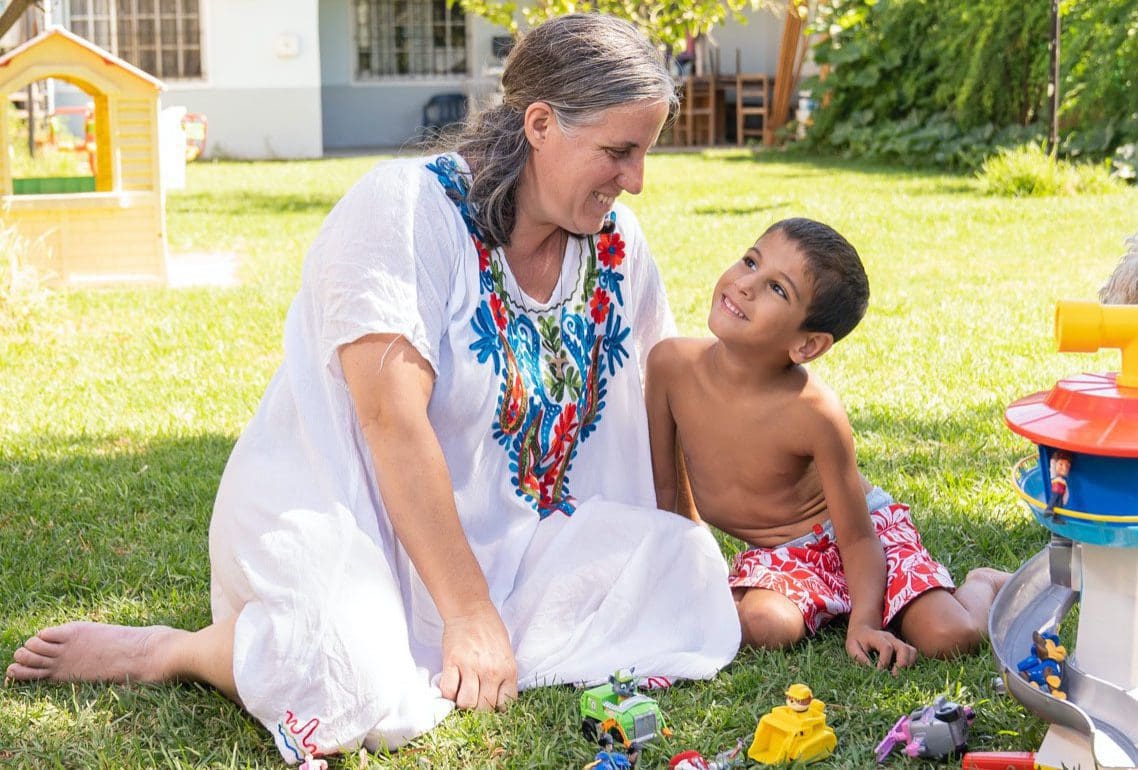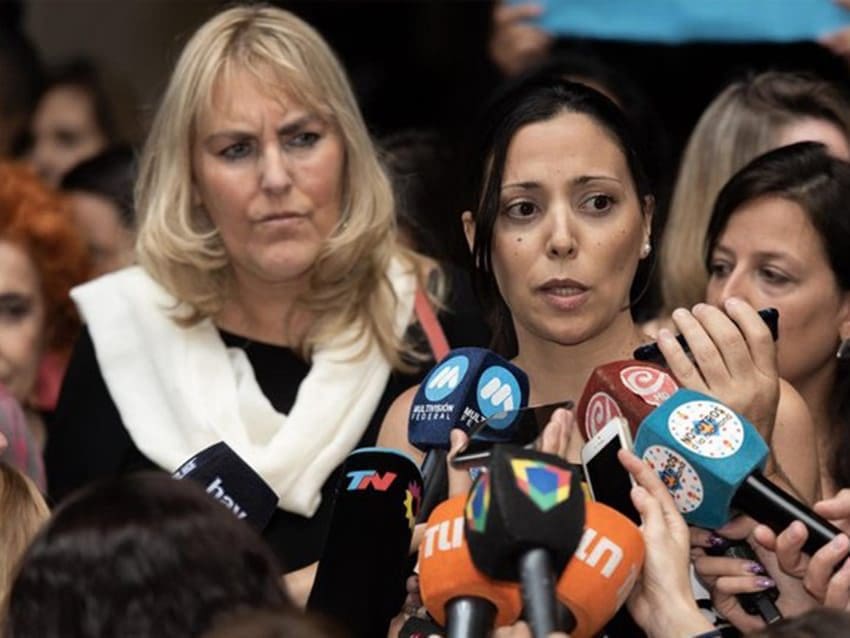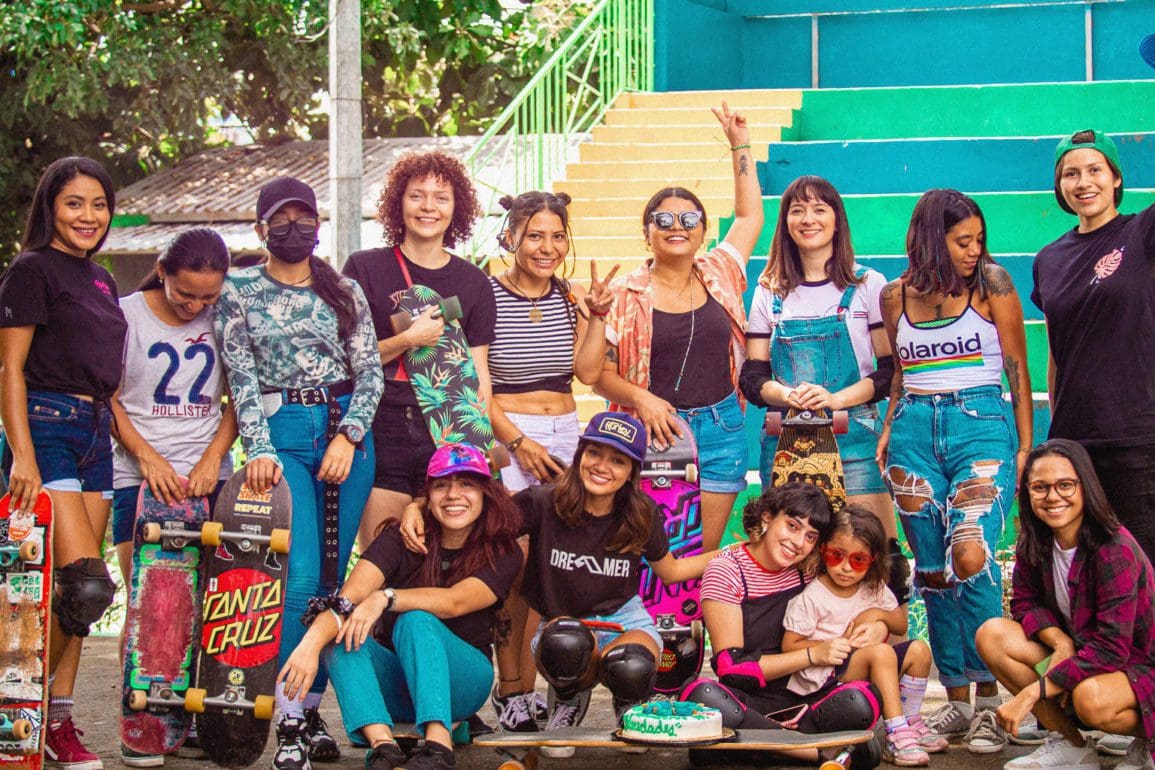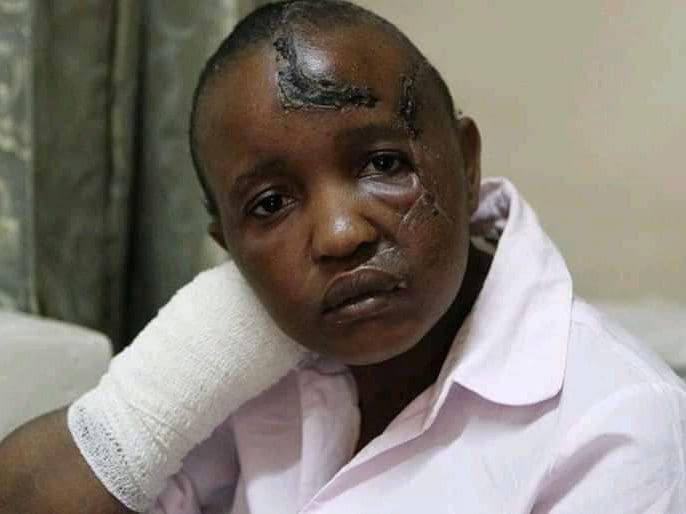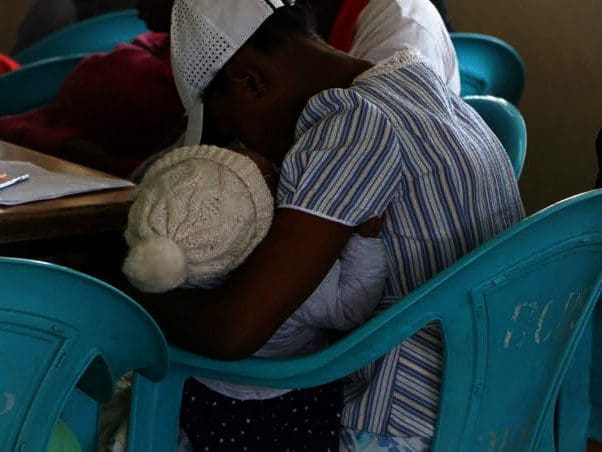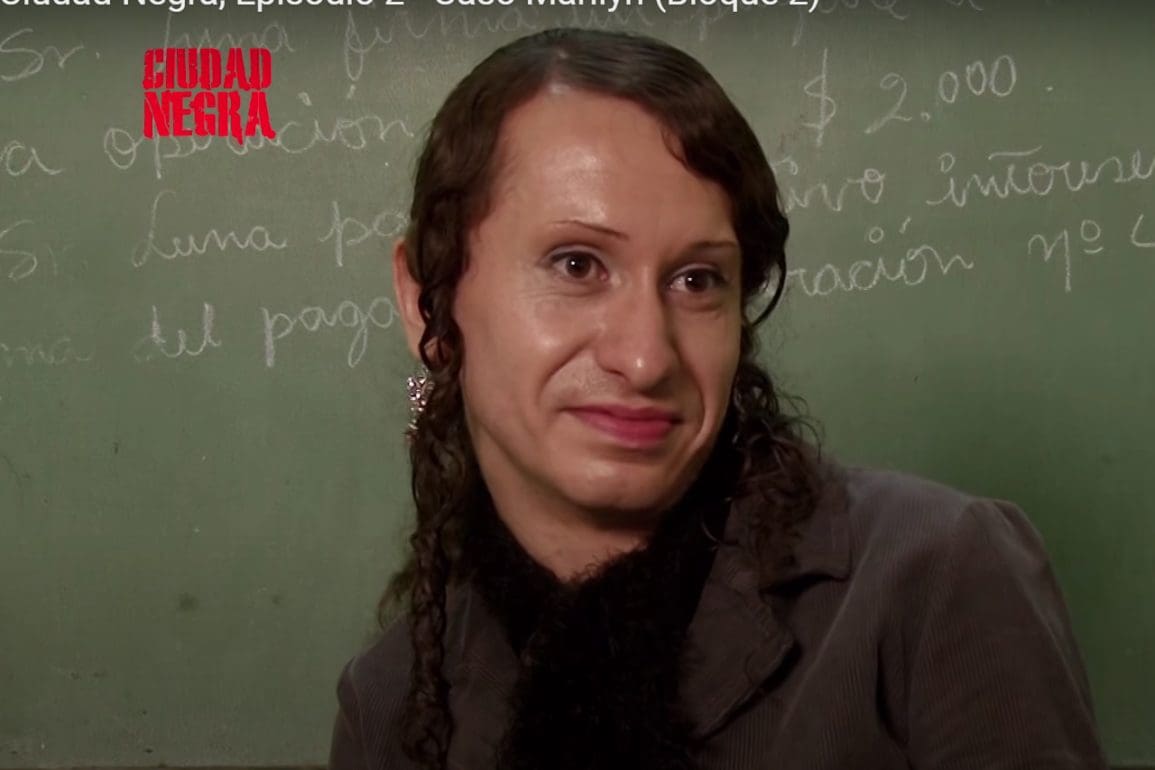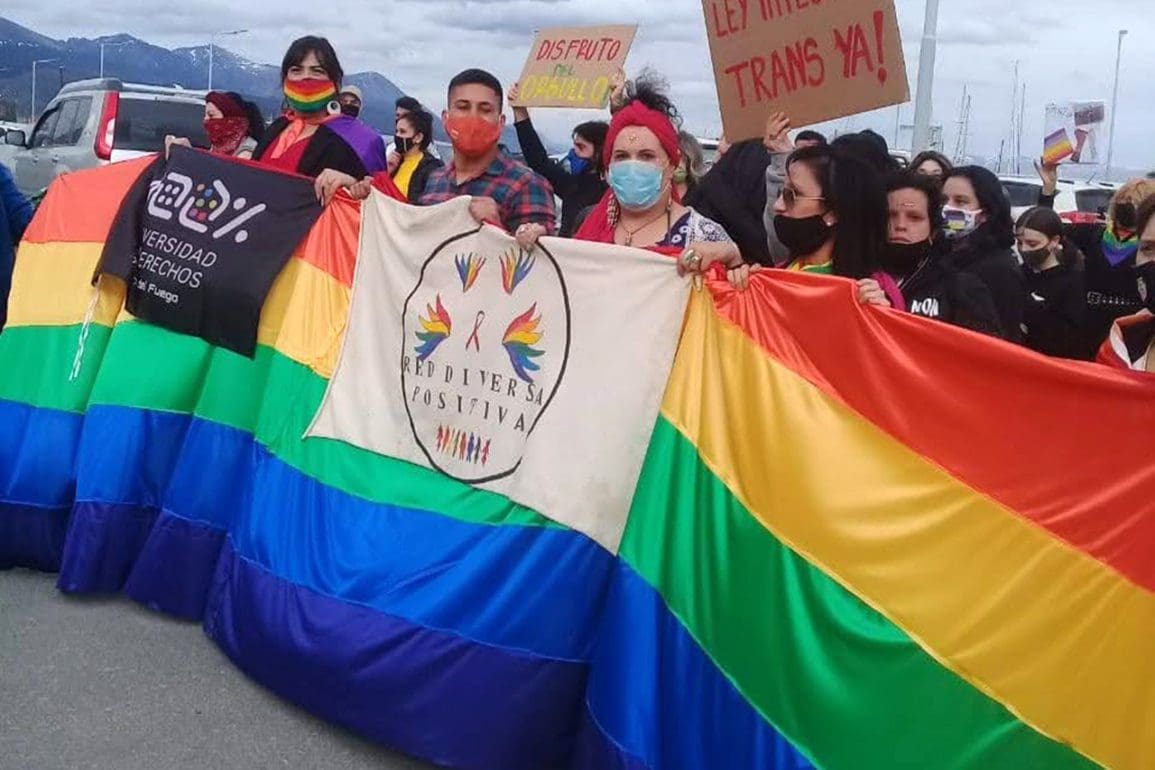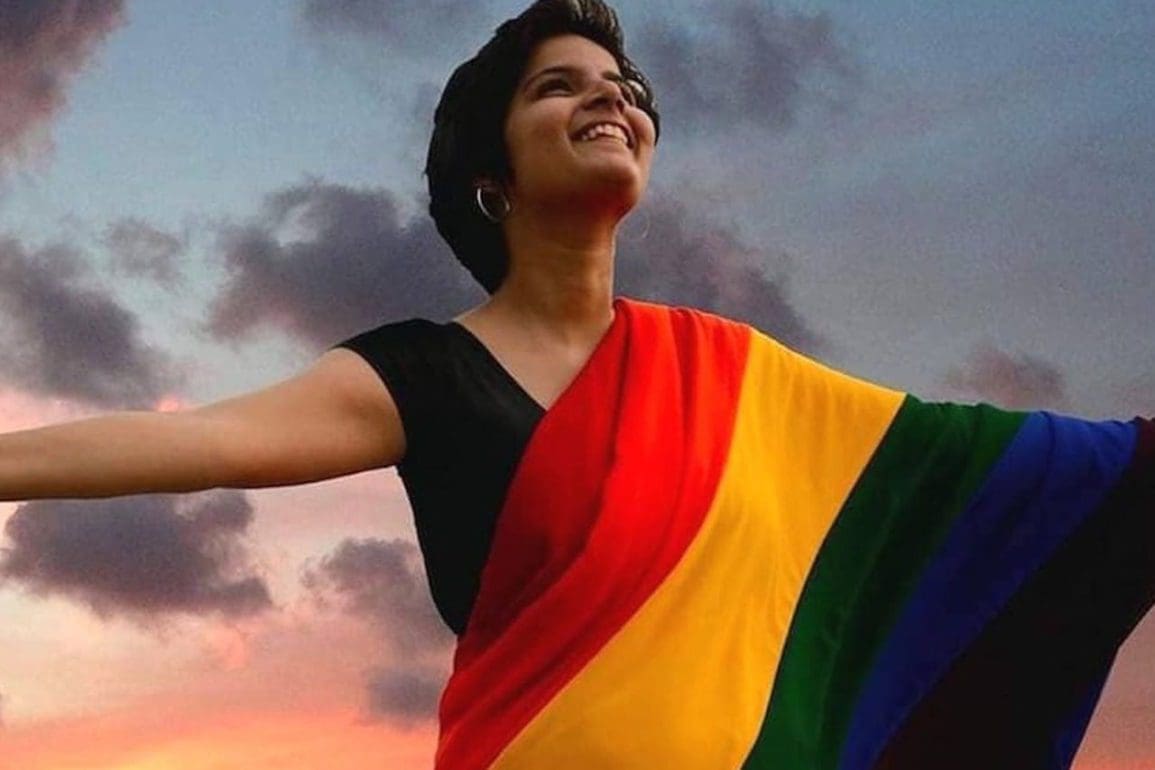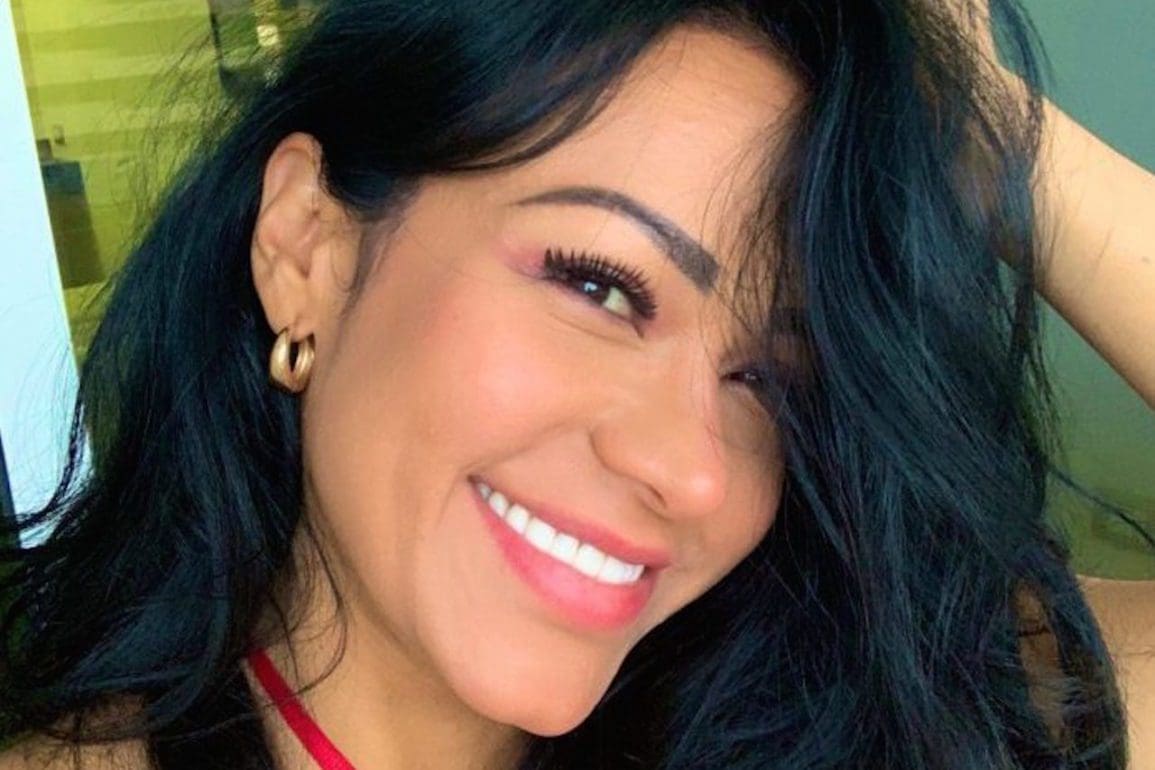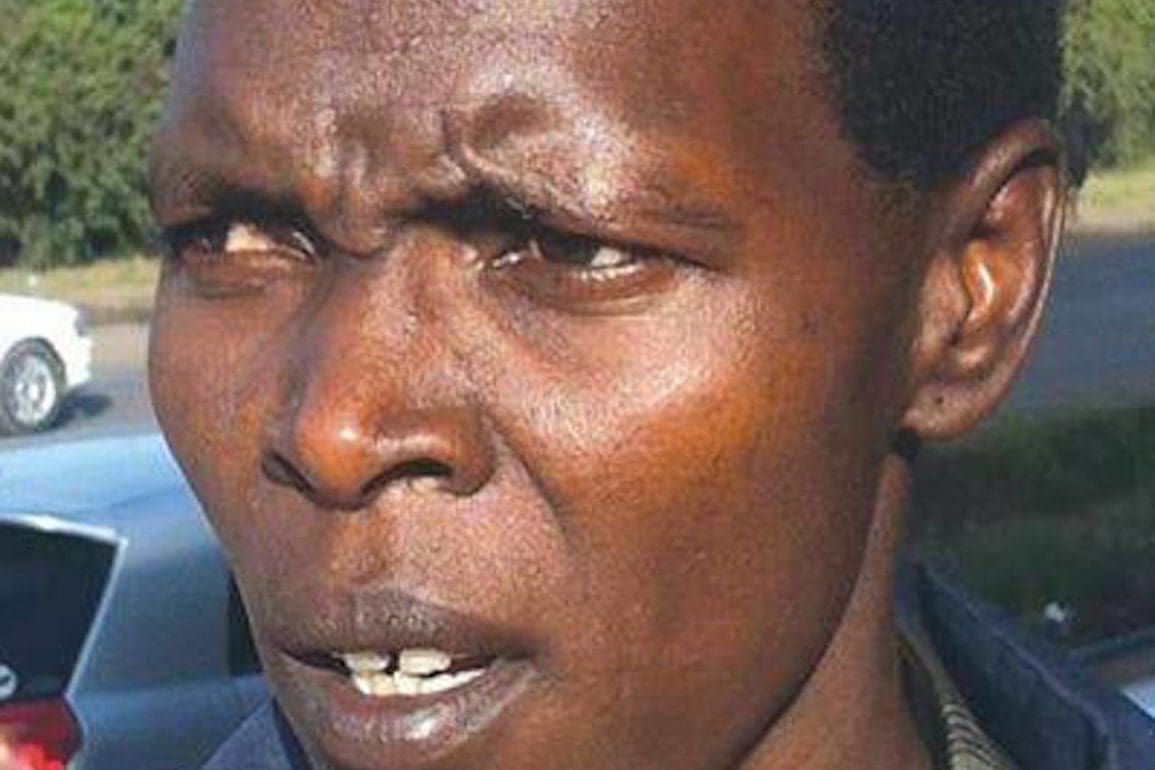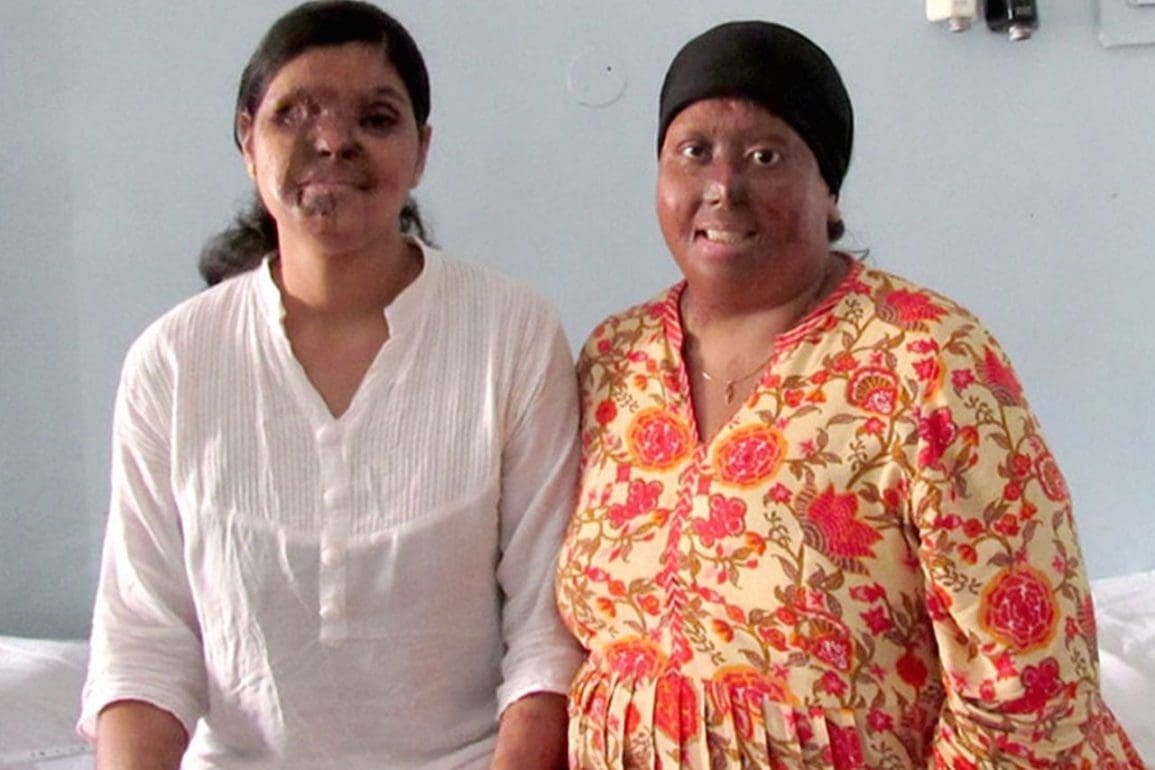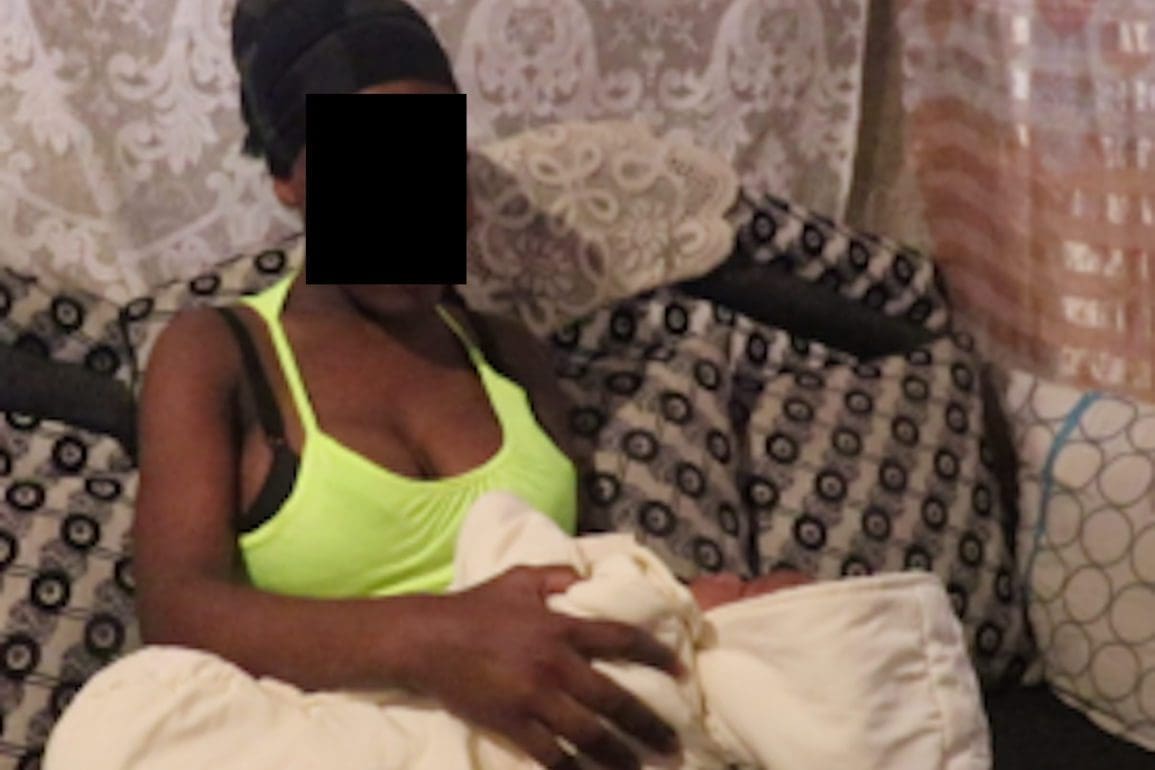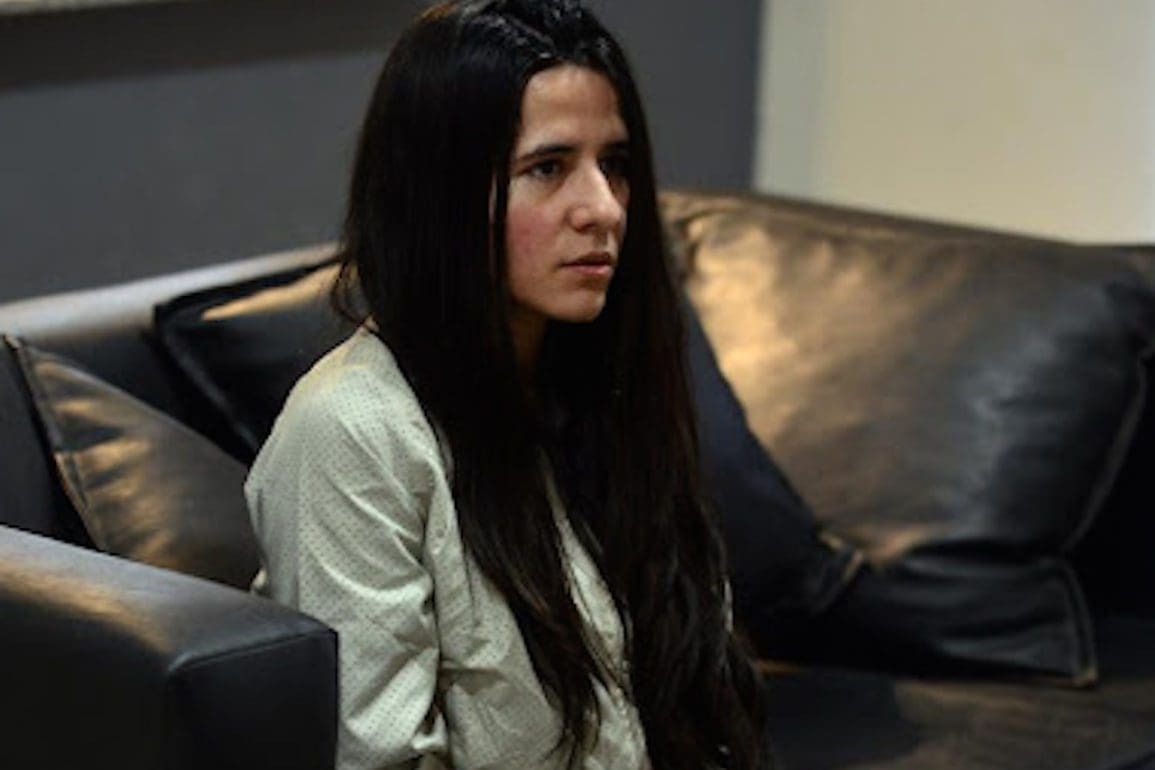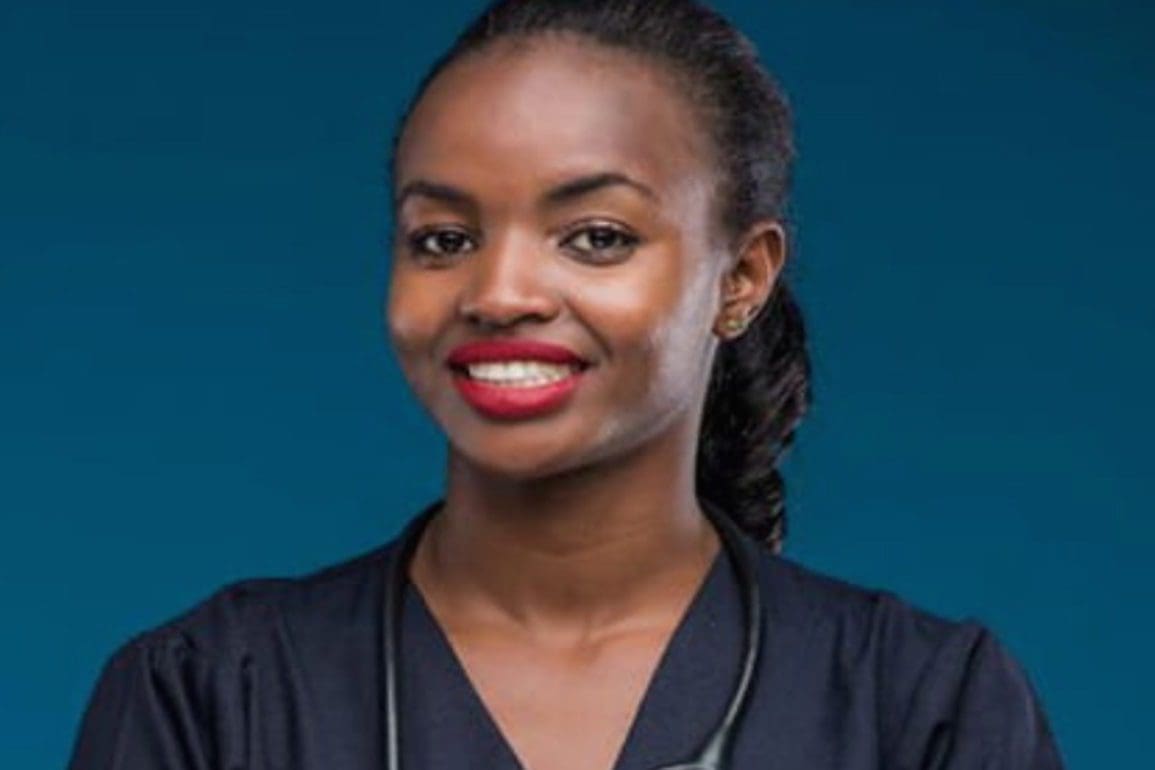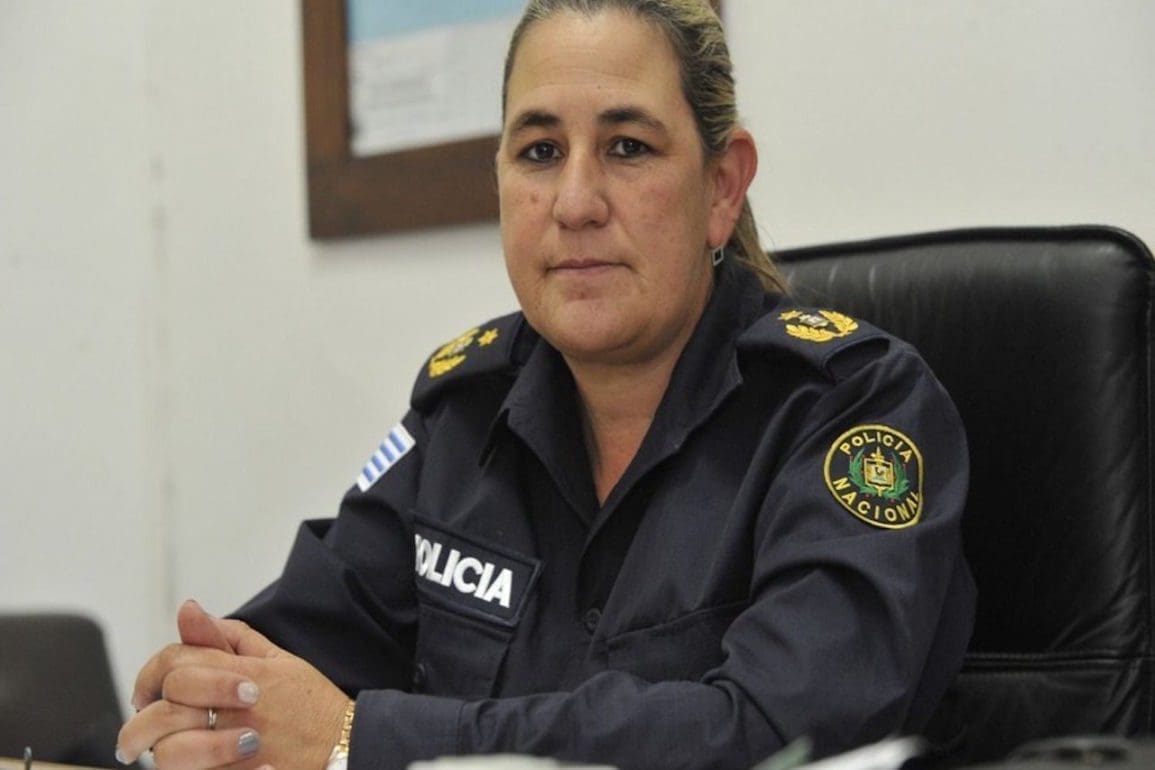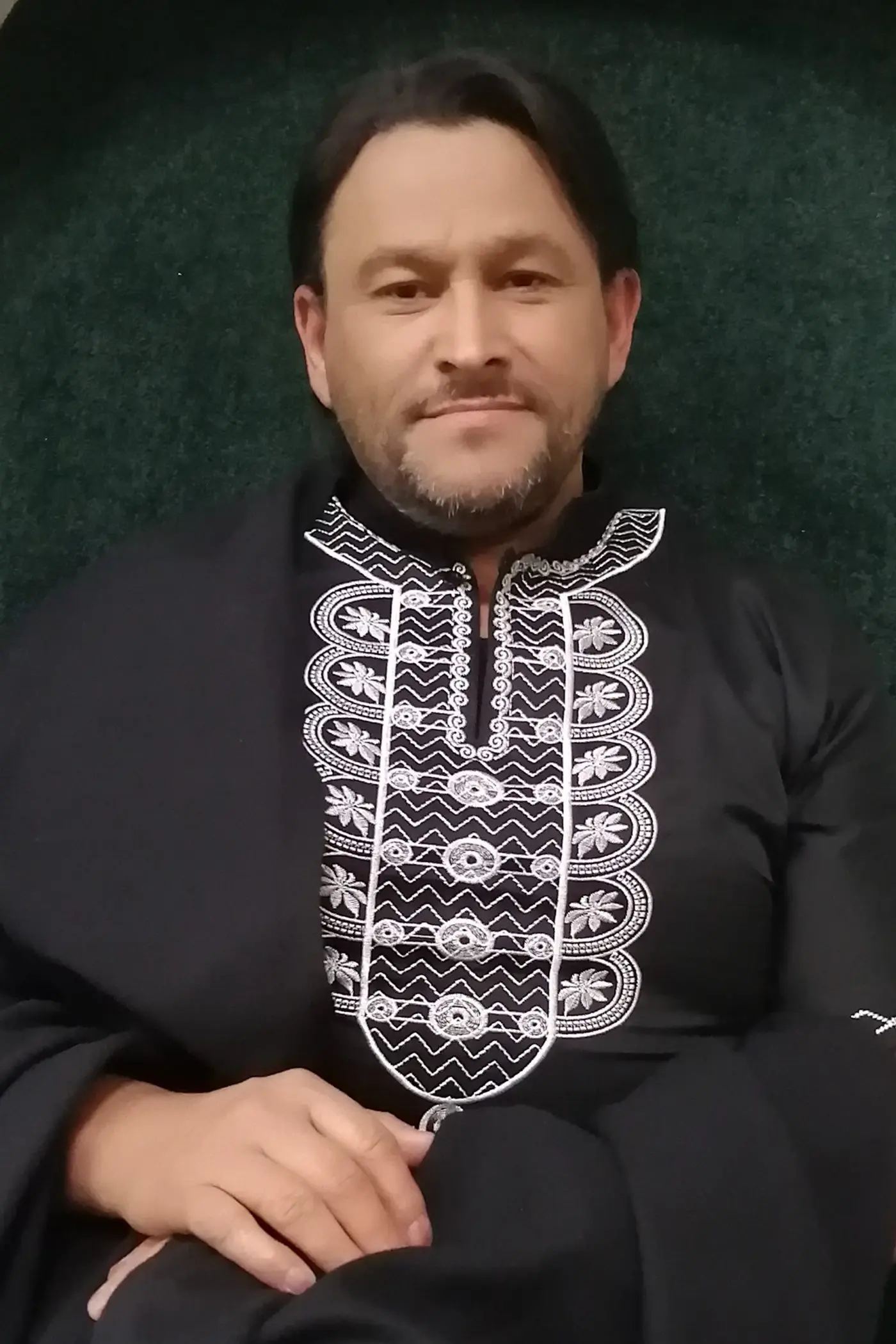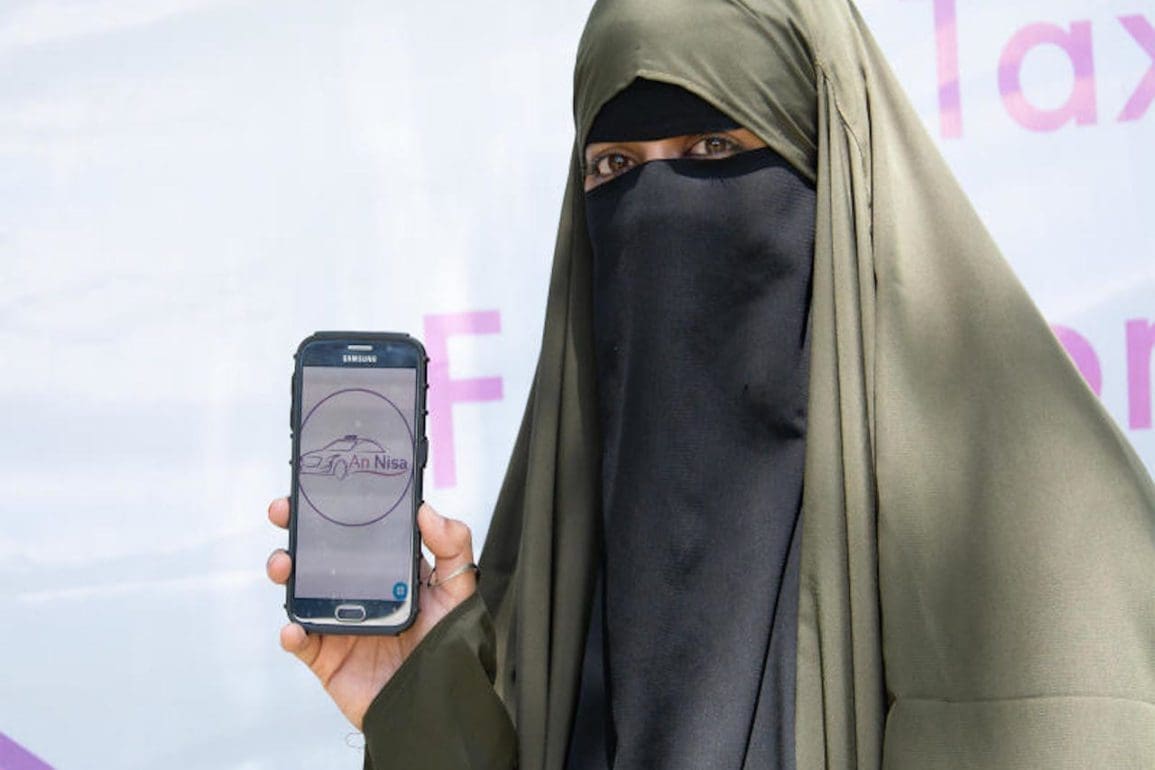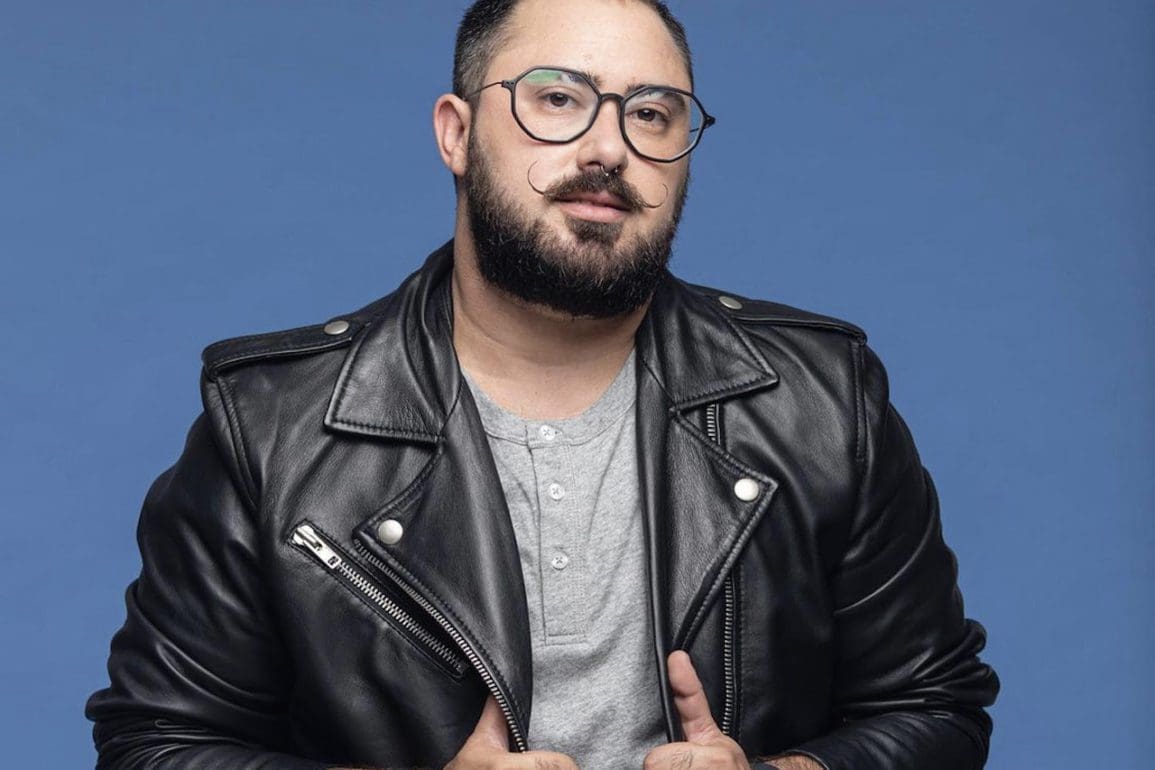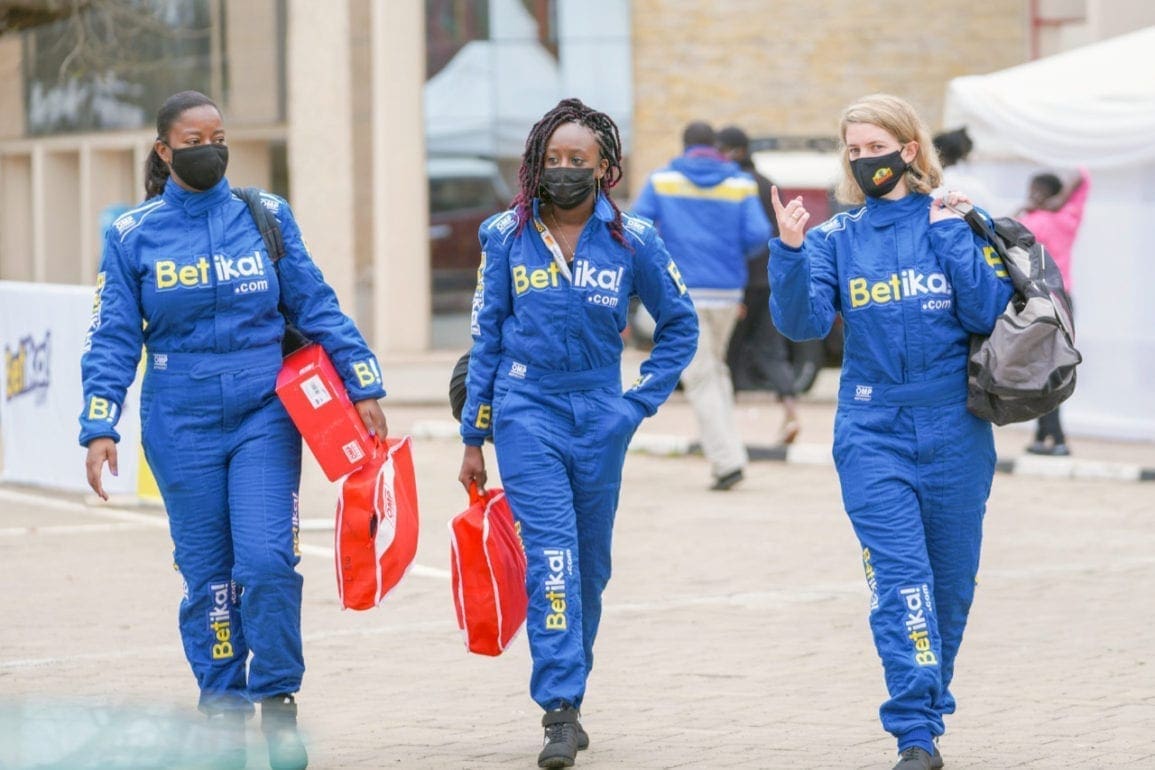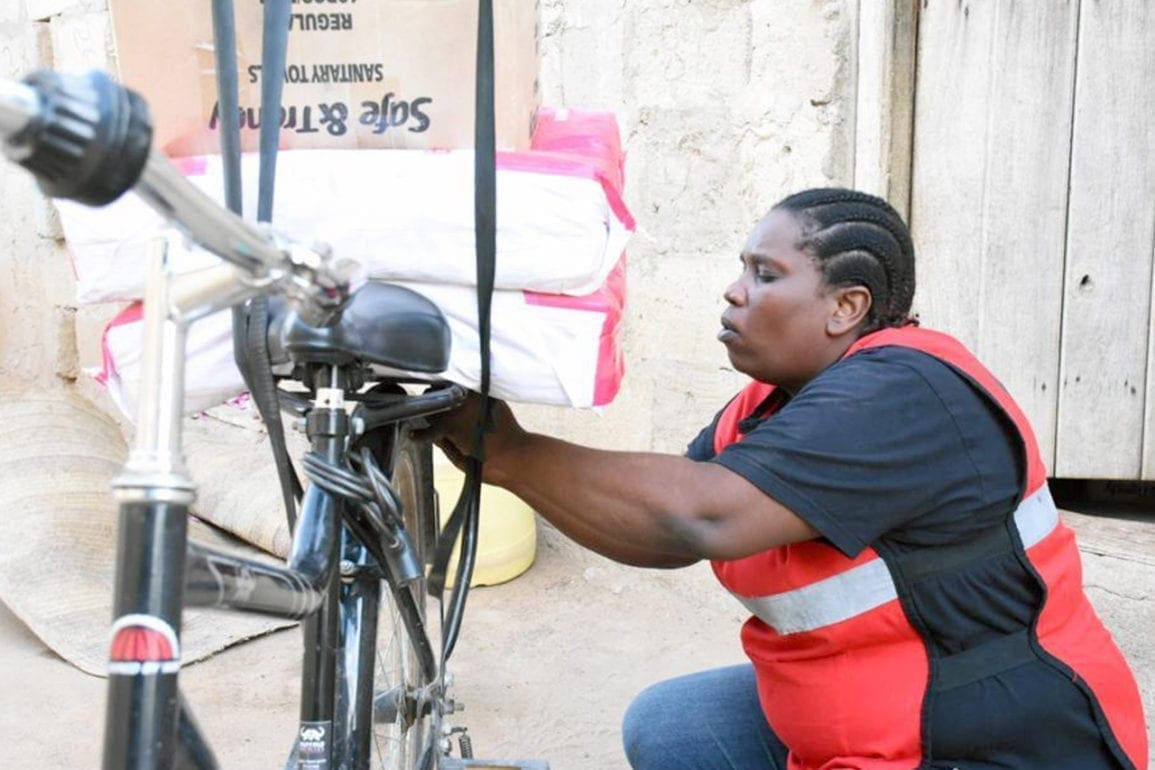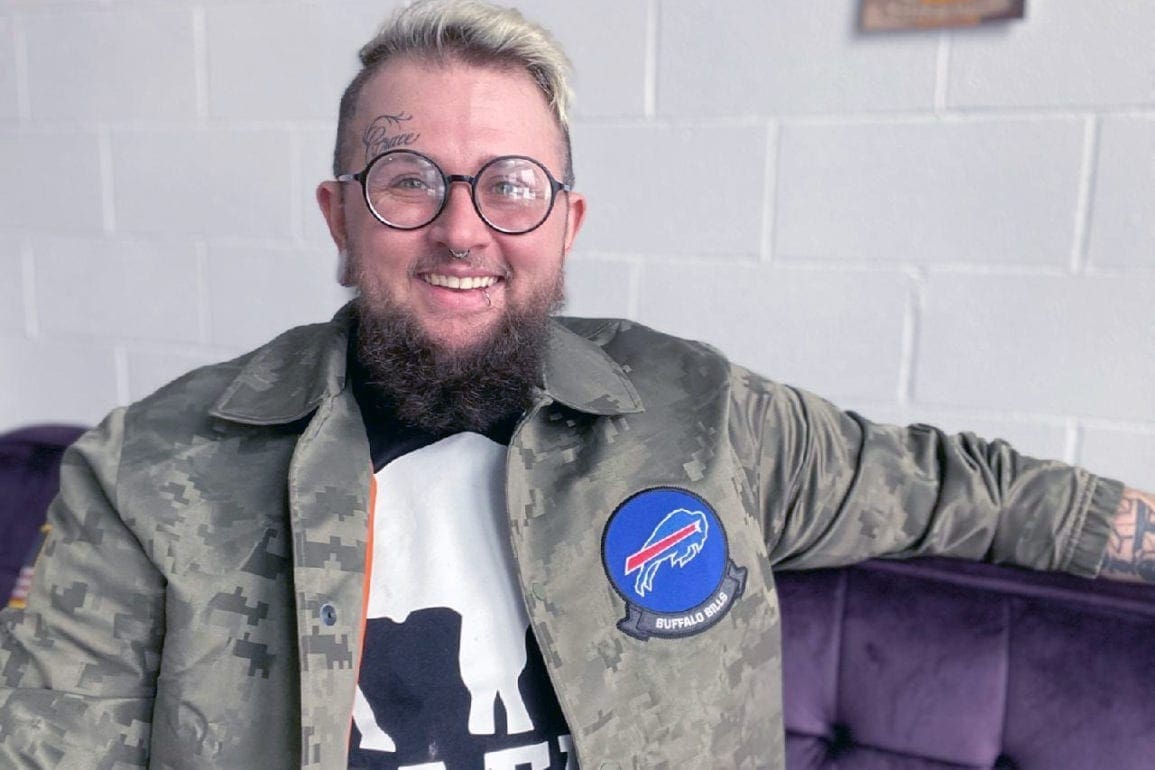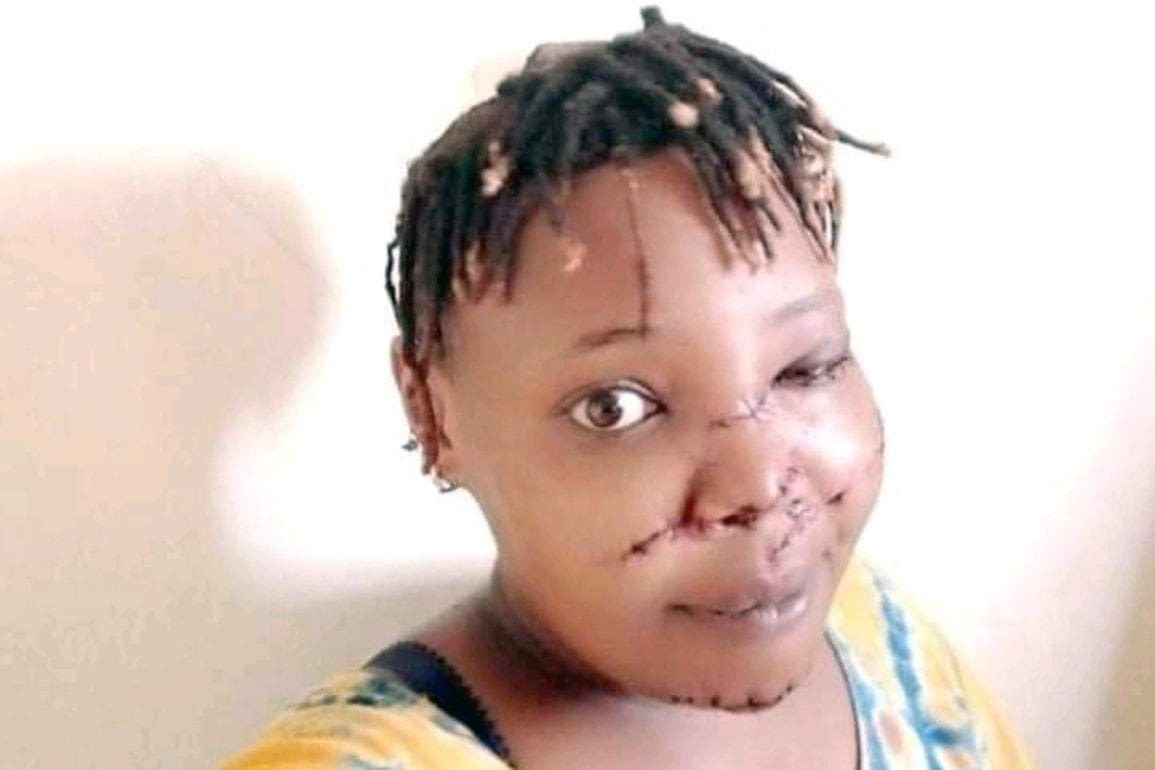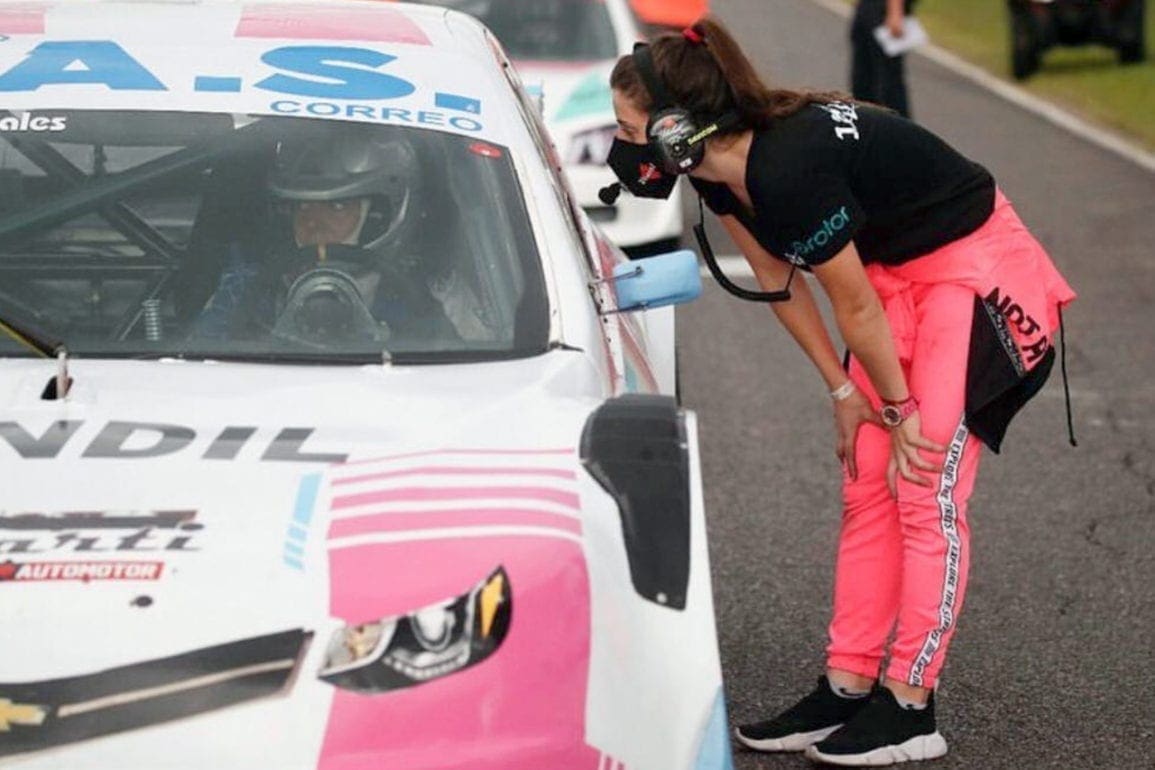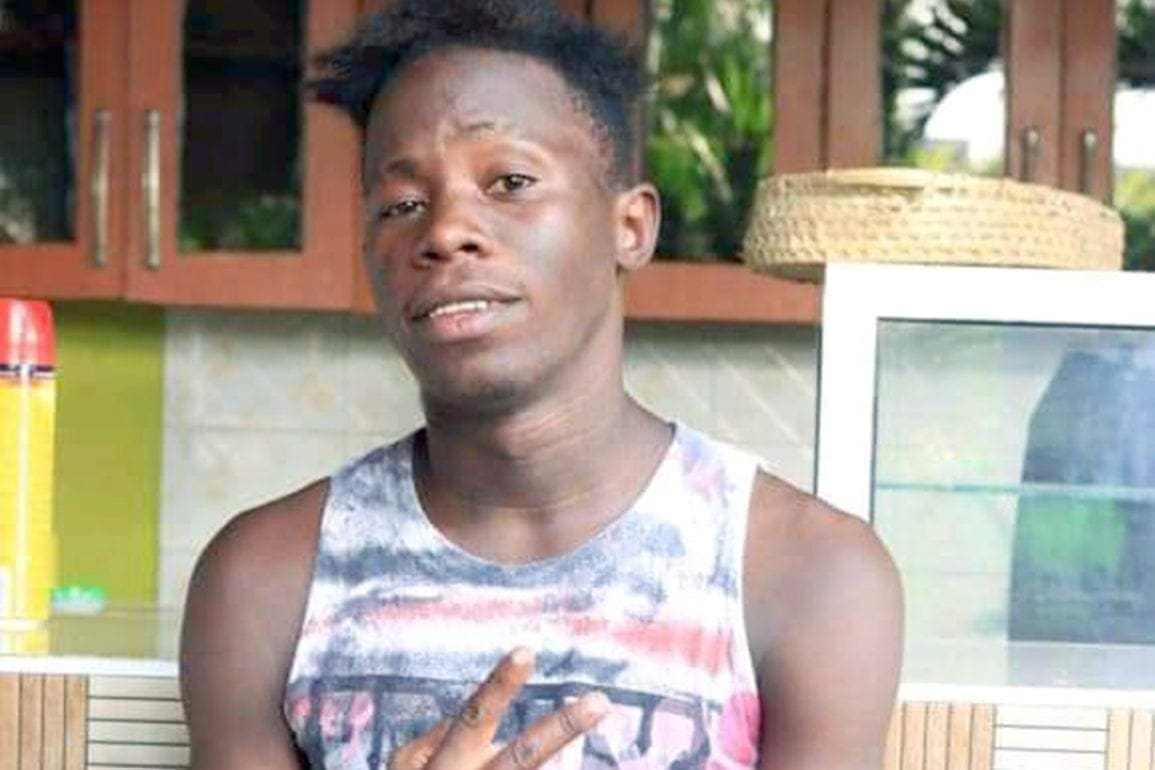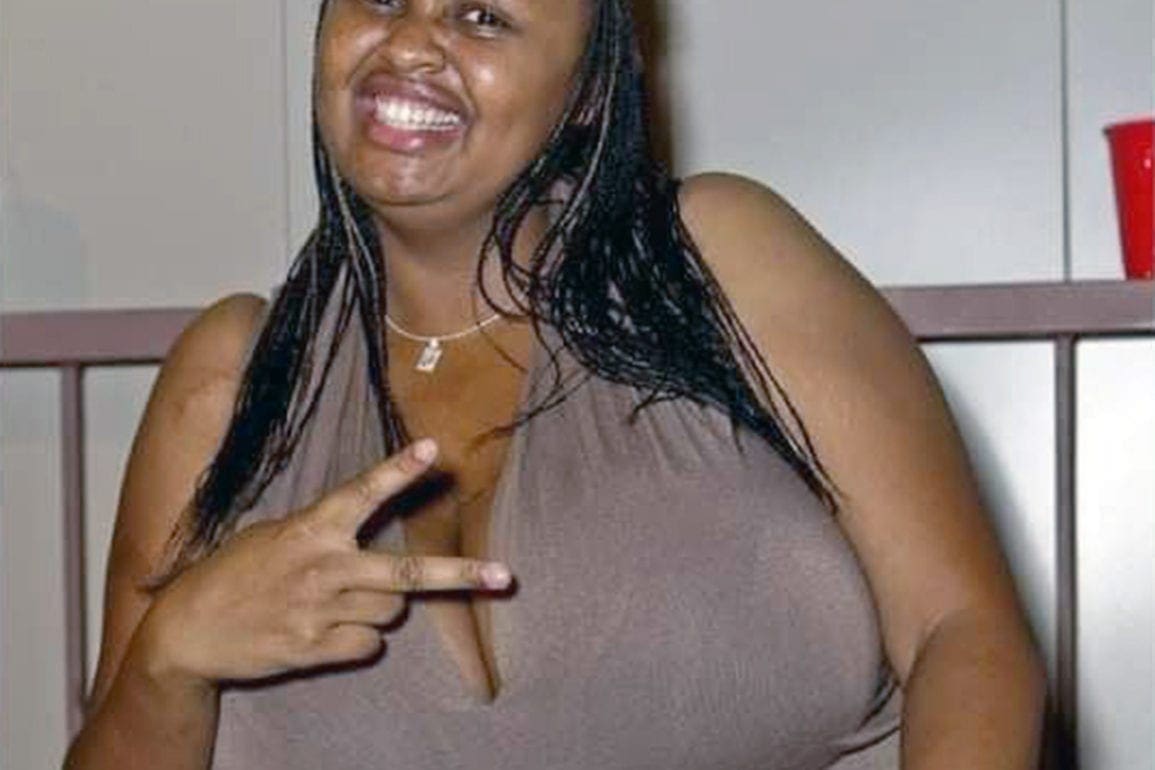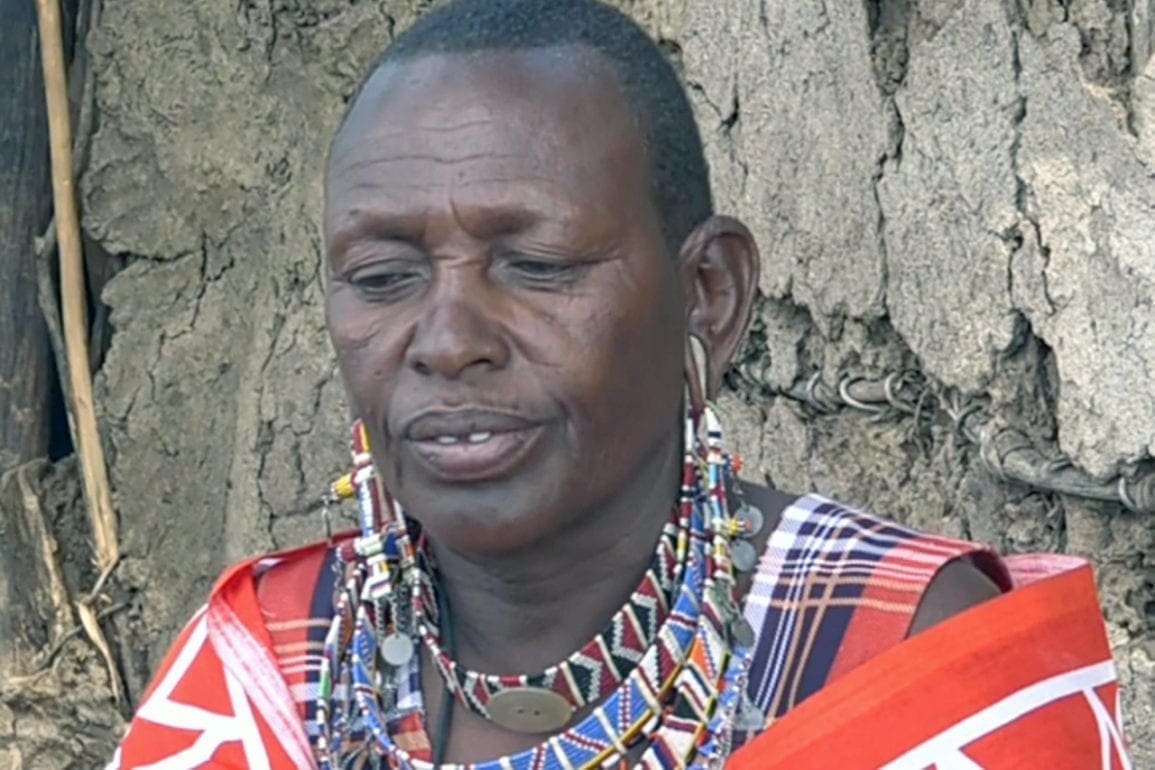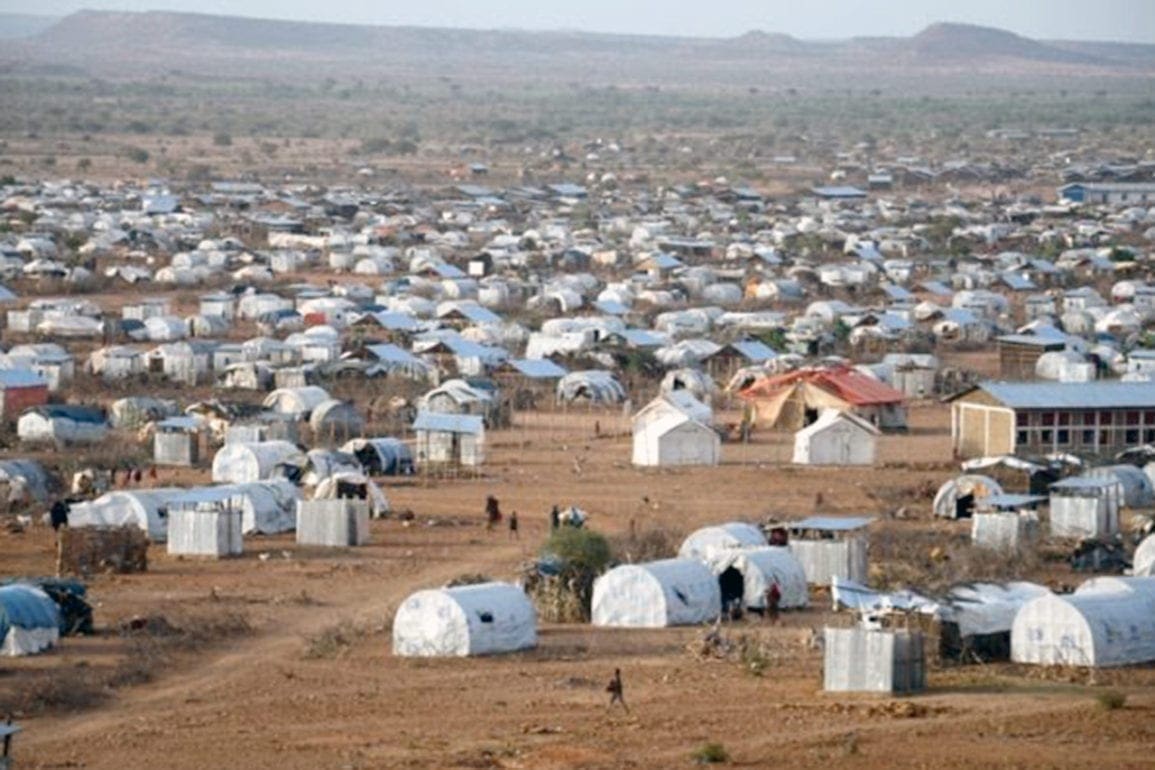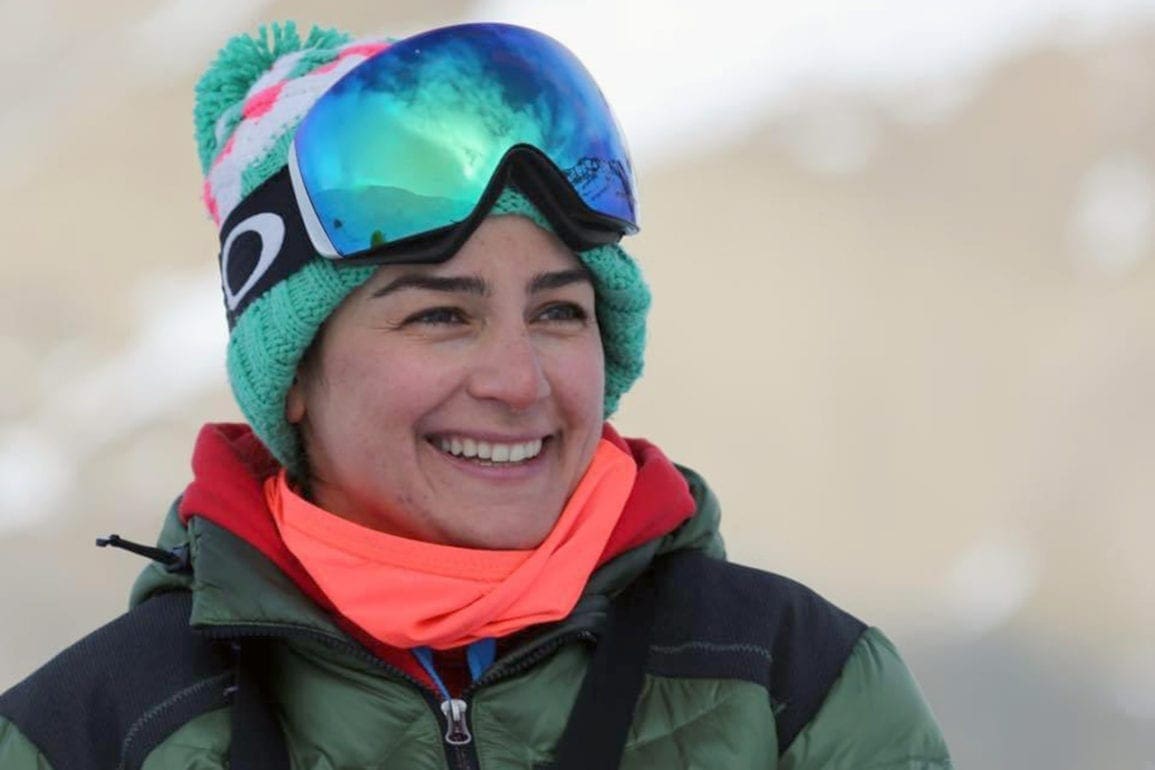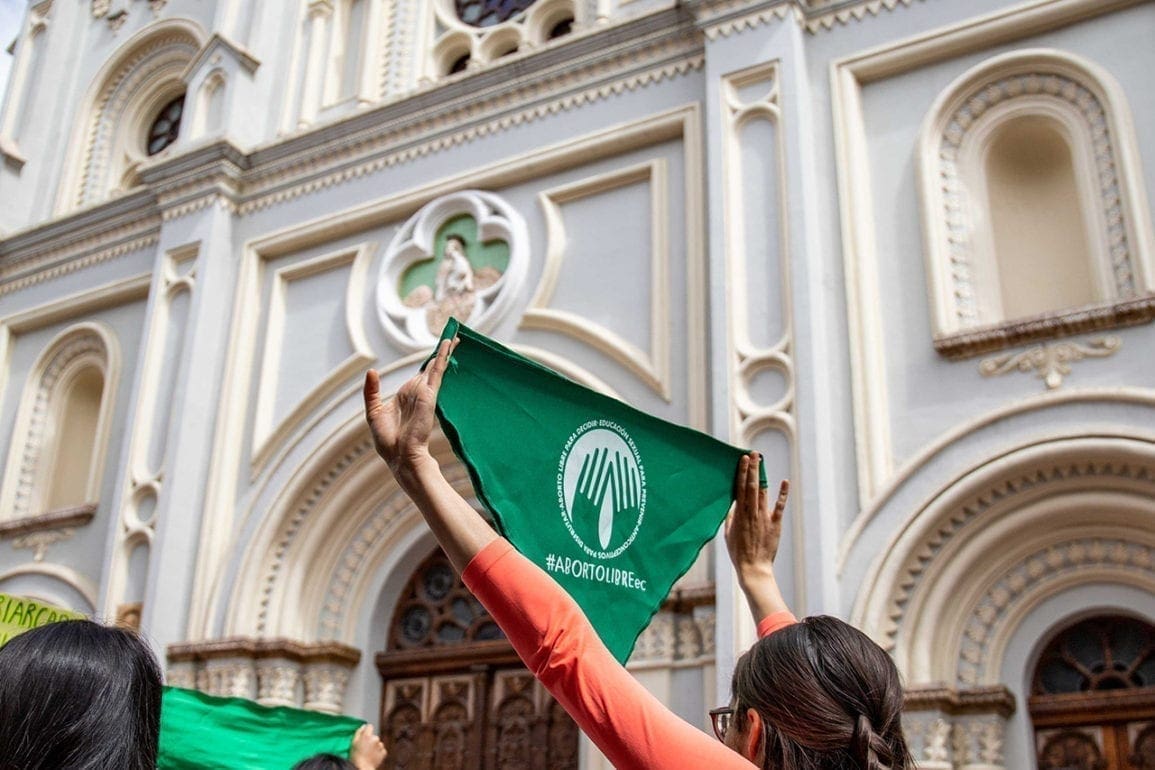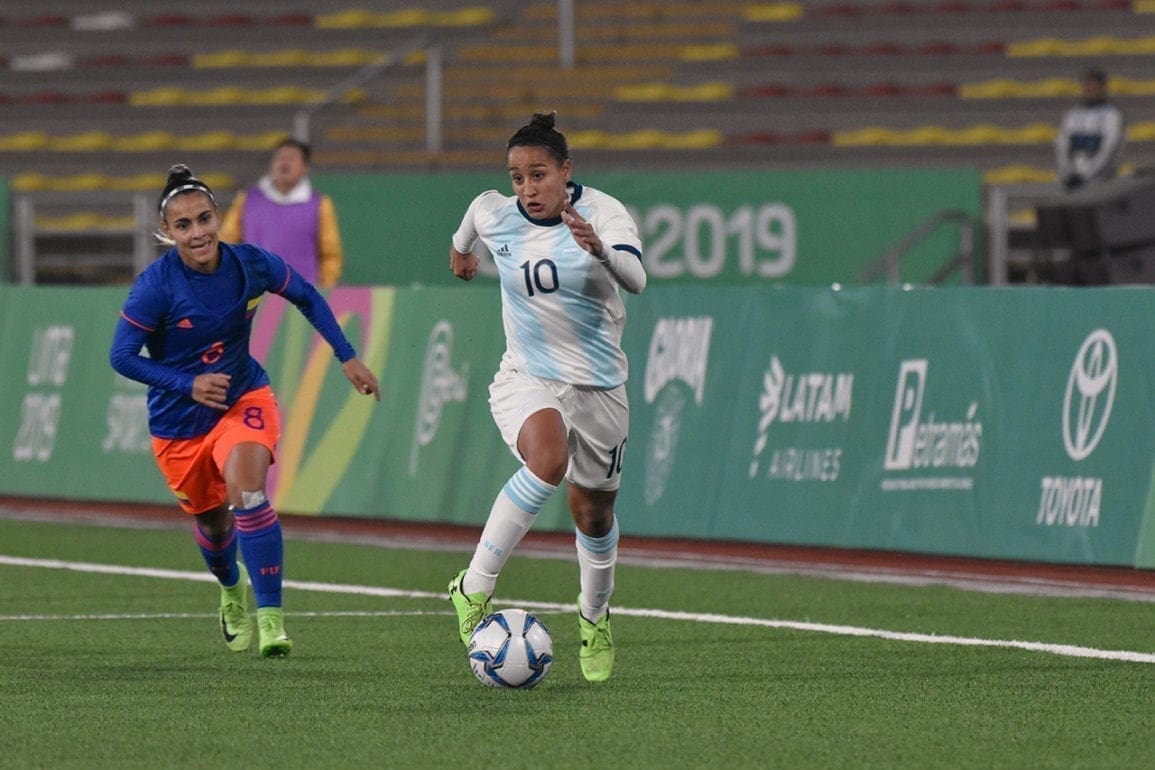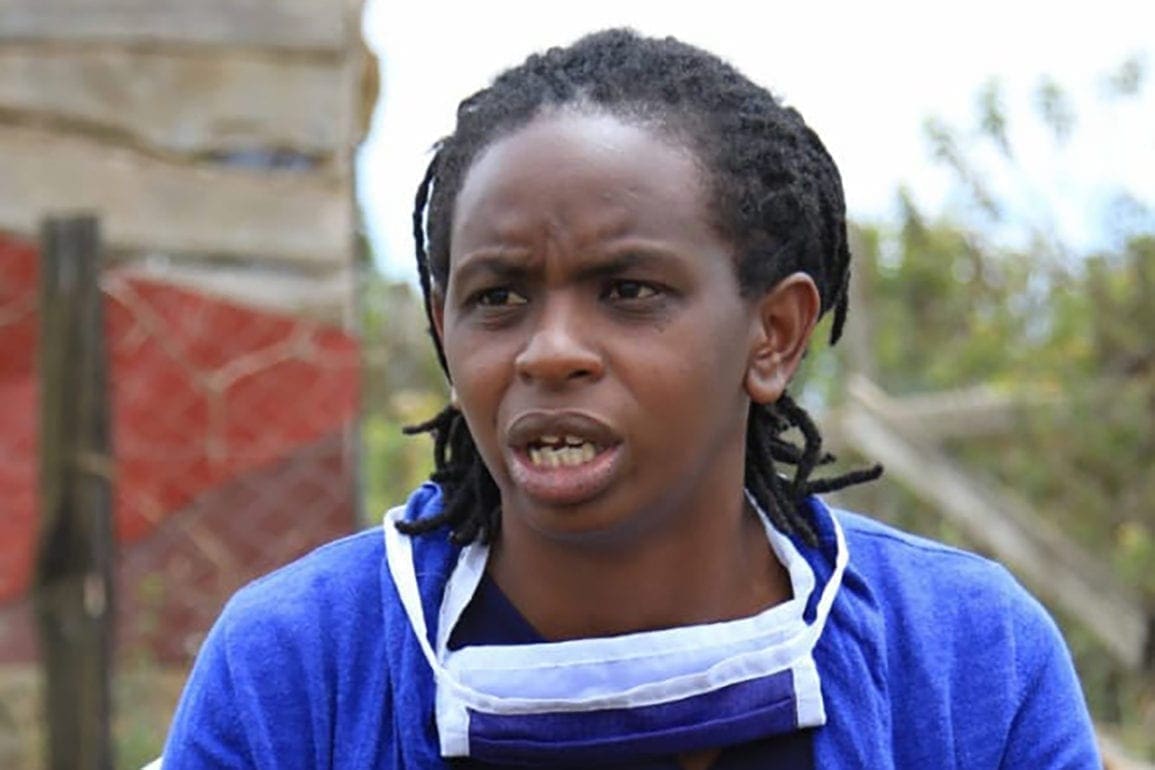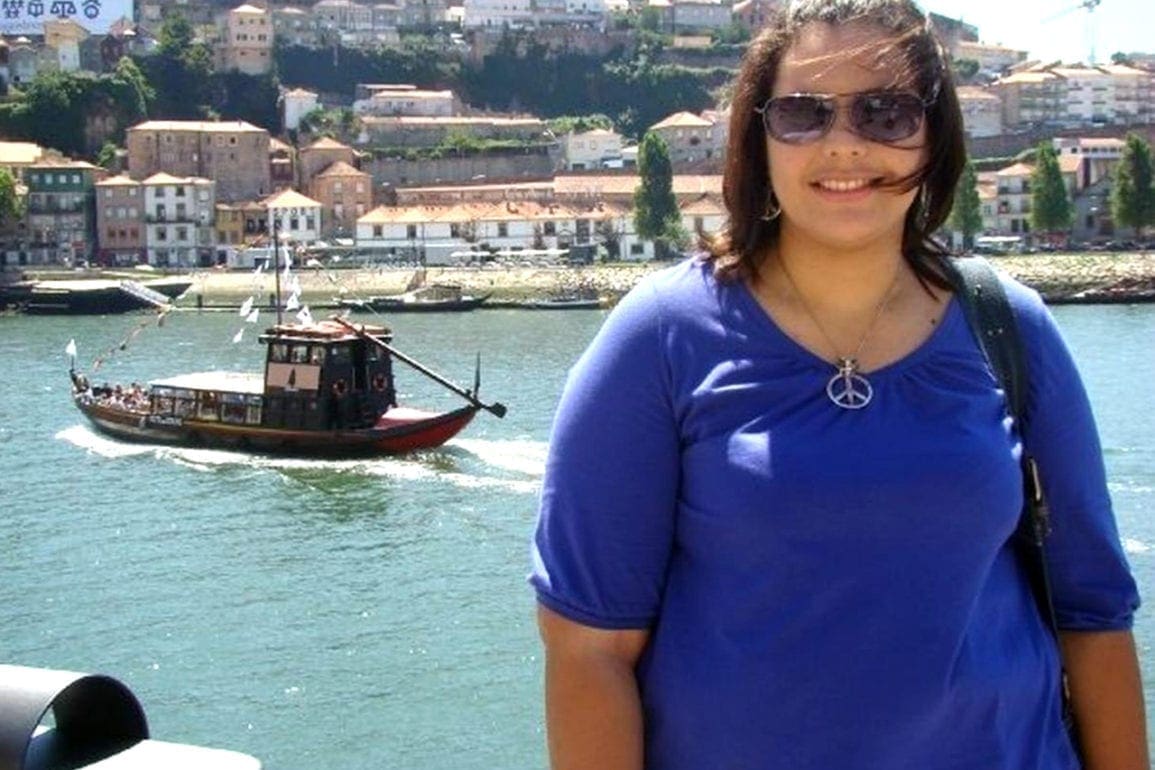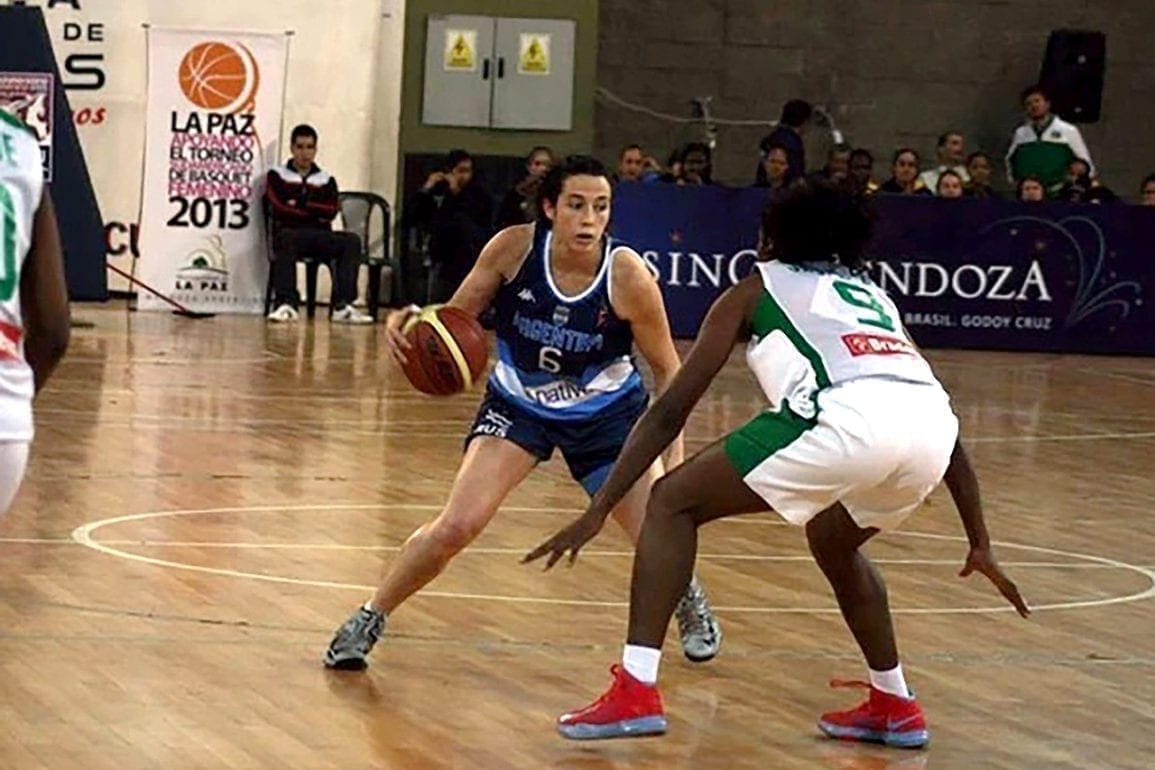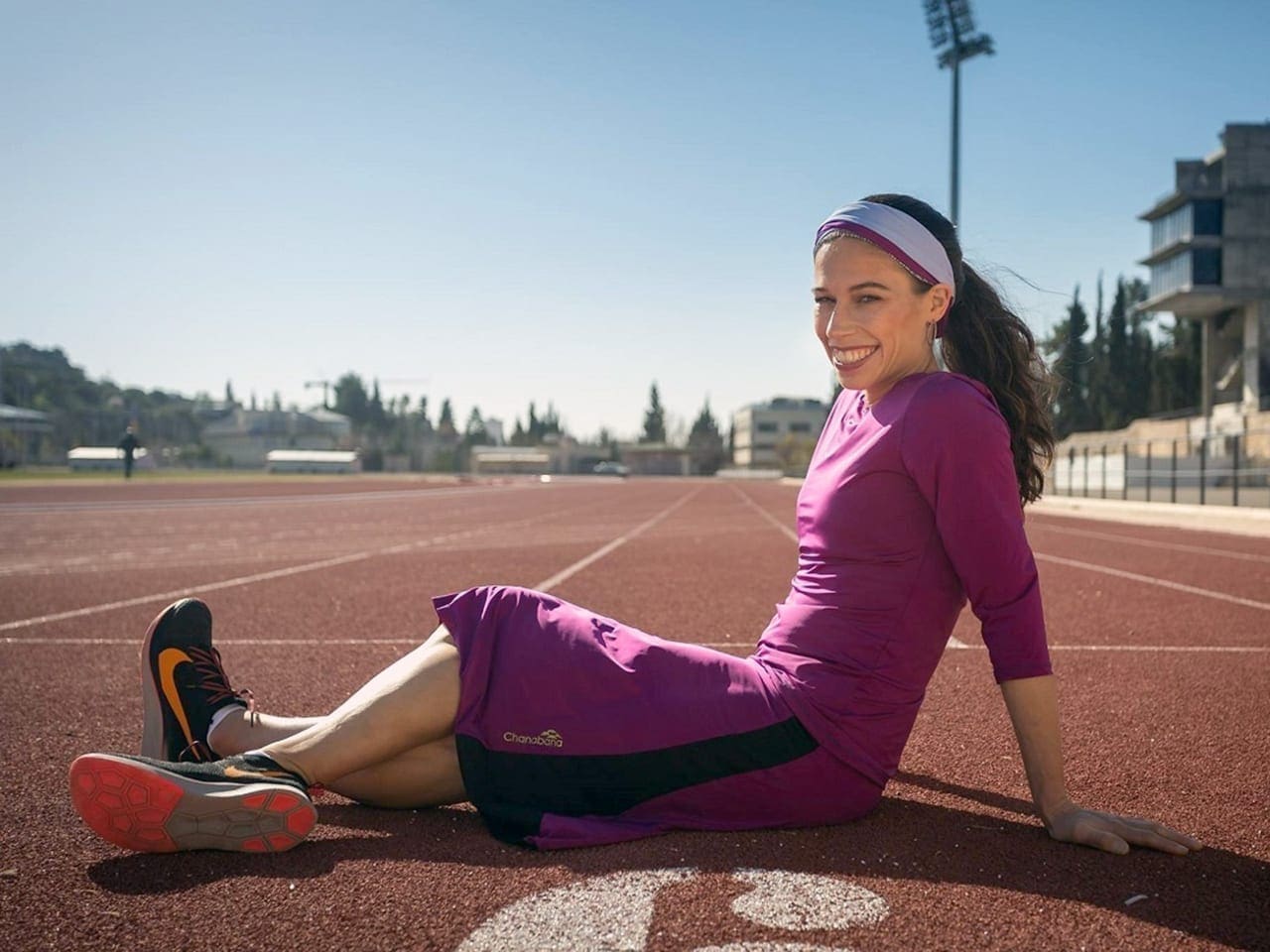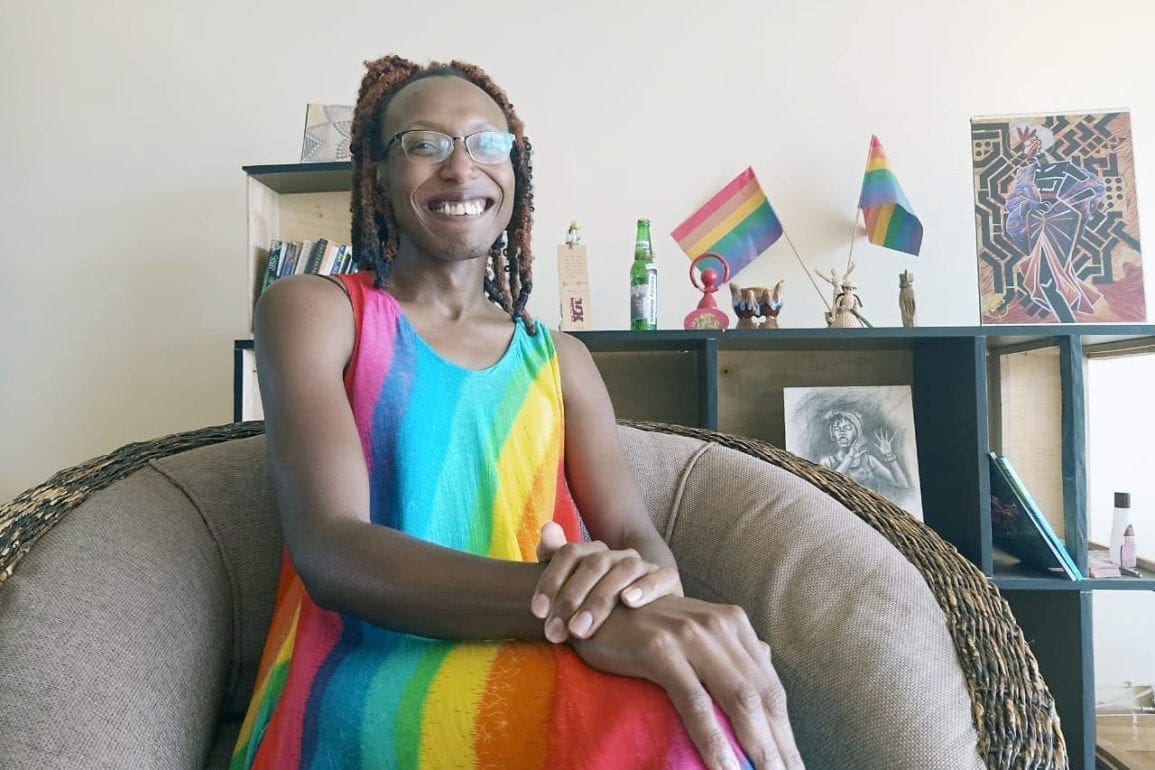Making My Peace With Being Gay: The Journey To Self-Acceptance
I stared into the eyes of that damaged little boy, and apologized to him as I cried. It broke my heart to see the pain I carried in these photos. I thought of all the boys who might be going through something similar, struggling to accept their sexuality. Some of my tears were for them, too, and their hopes and dreams.
- 3 years ago
May 12, 2023
SAN SALVADOR, El Salvador — For years, I struggled with my sexuality, asking myself the same question over and over: how can I make peace with my damaged inner child, and his way of loving?
The homophobia and macho system that plagues our country has made so many of us feel we need to hide behind closed doors. It affects the way we behave, the way we speak, and the way we love. It makes us feel repressed in so many ways, as though we are unworthy of displays of affection. Despite the world’s attempt at moving forward, so little is done to change things.
Related: I was traumatized, but I came out with pride in Mumbai
Carrying fears from childhood into adulthood
Growing up in a religious, traditional, and pragmatic Latin American family, I felt the need to bottle things up a lot. I felt things more deeply, and yearned for answers constantly. Since I was a boy, I always knew I was gay, but struggled to face reality. As early as childhood, boys and girls begin to witness or experience a series of firsts. First kisses, even first loves. It sets the path for what we think is normal. We believe we should be living these things, too, and that something must be wrong with us to feel otherwise. What we fail to consider then is that all of these things are taught in a cis-hetero normativity. We might actually experience these things in complete disorder, or not at all, or all at once later in life.
In my case, I never experienced that teenage love that arises from innocence and personal discovery. As I approach my thirties with a couple of failed romances in my past, it seems inevitable that I question whether my way of loving is what it “should” be. At the same time, I am grateful that my family allowed me to be who I am in creativity, thought, and personality. I knew that the mere idea of me being gay would cause chaos in our family. I did not want to be responsible for it. This fear led me to live a very repressed life for years. From those years, I still harbor deep trauma from my time in an all-boys school.
For years, I was bullied for who I was, and I tried to disappear
I experienced a lot of bullying, and remain, even now, anxious around groups of hetero men. This bullying caused me to spend several sleepless nights wondering why I was the way I was. Something that is as natural as breathing suddenly felt like a burden. I tried so hard to change, thinking that praying would somehow help, and the bullying might stop. I remember going to school every morning, hiding under a hoodie, trying to go unnoticed. I turned into the quiet kid, always staying away from crowds, never speaking out about anything. For a time, I truly believed I would never experience happiness.
The first time I allowed myself to be emotionally vulnerable with another man, it quickly turned into a toxic relationship. I lived in a constant cycle of insecurity, wondering if I was enough for him to love me. Despite knowing the relationship was unhealthy and bordering on abuse, I felt trapped. I couldn’t talk to anyone else about it. I had no other examples set for me. While I eventually learned to forgive myself and the other person, I still wished there had been somewhere to turn to.
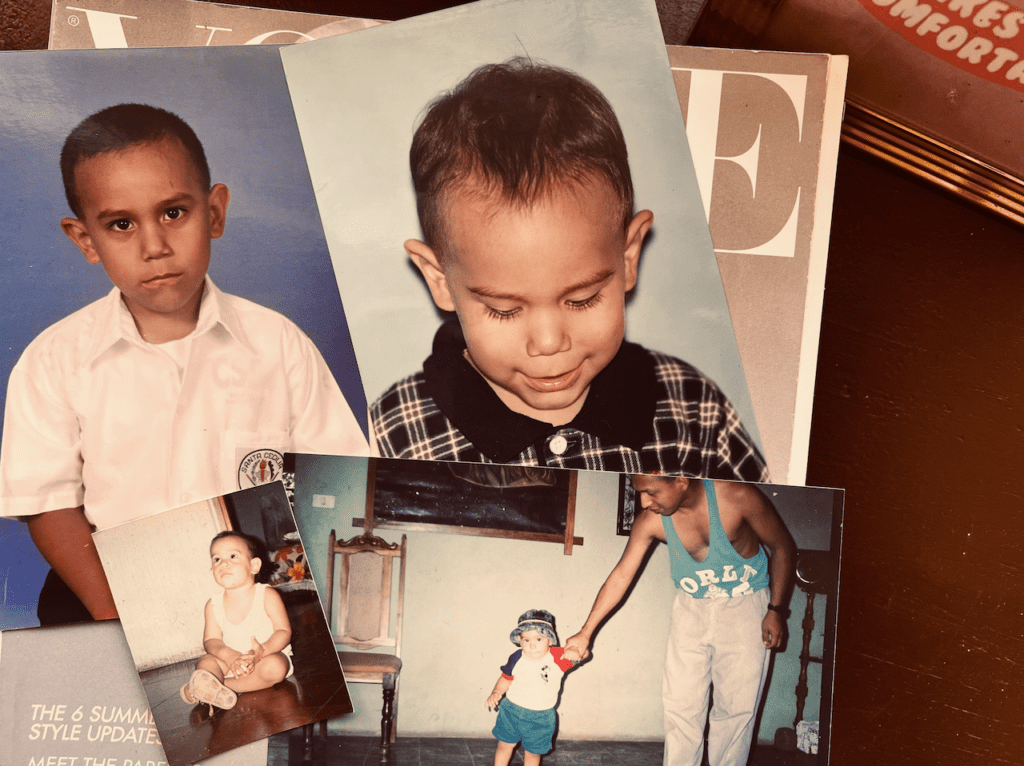
Until a couple of years ago, I grew up without a single reference to homosexual love, and the idea of being able to love and be loved in a healthy, peaceful, and voluntary way never crossed many of our minds. So many of us feel alienated from the world growing up, and turn into damaged adults, unable to comprehend healthy love. We were all walking around with flawed perceptions of what we needed. After that experience, I locked myself away from getting involved with any man for three or four years.
Years later, I was still uncertain of my place in the world
One day, I found myself in a position where I had the possibility to build something real with someone. It felt strange to experience this as two openly-gay individuals, no longer hiding any parts of themselves. I wanted it to work so badly, but the thing with healing is that it never comes easily. One night, as we were enjoying an evening together, I started to think about all the insecurities and self-doubts I carried. I fought hard not to let them come to the surface, but part of me still struggled to accept someone else’s love. This feeling terrified me, and stayed with me for the next seven days. I began to doubt myself a lot, and felt overwhelmed by negative thoughts. This time, this negativity did not come from classmates, but my own mind. I internalized all of these things, and was now using them against myself.
I ended up opening my old photo album, selecting four or five pictures, and sticking them on my mirror while I looked at my reflection. These photos represented different versions of myself, at different times. I stared into the eyes of that damaged little boy, and apologized to him as I cried. It broke my heart to see the pain I carried in these photos. I thought of all the boys who might be going through something similar, struggling to accept their sexuality. Some of my tears were for them, too, and their hopes and dreams.
The importance of creating spaces for LGBTQ+ children
Since that night, I still keep one of those photos on my bedside table. It is the first and last thing I see every day. As silly as it may sound, it has helped me accept the person I am today. I felt like I owed it to that little boy to break out of a cycle, out of a toxic pattern, and learn to love myself. Even though I’m no longer that child, there are parts of him that live in me. That is why I am still here, living, loving, dancing, eating, and writing. It feels vital that we help the people in our community as they navigate through life; to embrace them, take care of them, and just be there.
We need to let these young kids know that they have a place in this world, regardless of who they love. Now, I live openly with my community, family, and friends everywhere. It feels like a huge weight has been lifted, and I can breathe again. I had the chance to meet so many others in the LGBTQIA+ community, with experiences not unlike my own. In many of them, there is that fear that was born from hearing and seeing that people like us didn’t deserve a beautiful love story. It has hurt us as individuals and as a community, because sometimes it’s that fear that dominates us and makes us not know how to love and, above all, love ourselves to the fullest.
We must continue to create healthy and functional role models for LGBTQIA+ children and adolescents. We can create them through art in any form, sharing our stories, and using our experience to shape the future. We owe it to ourselves to live a life full of color and not be afraid.

